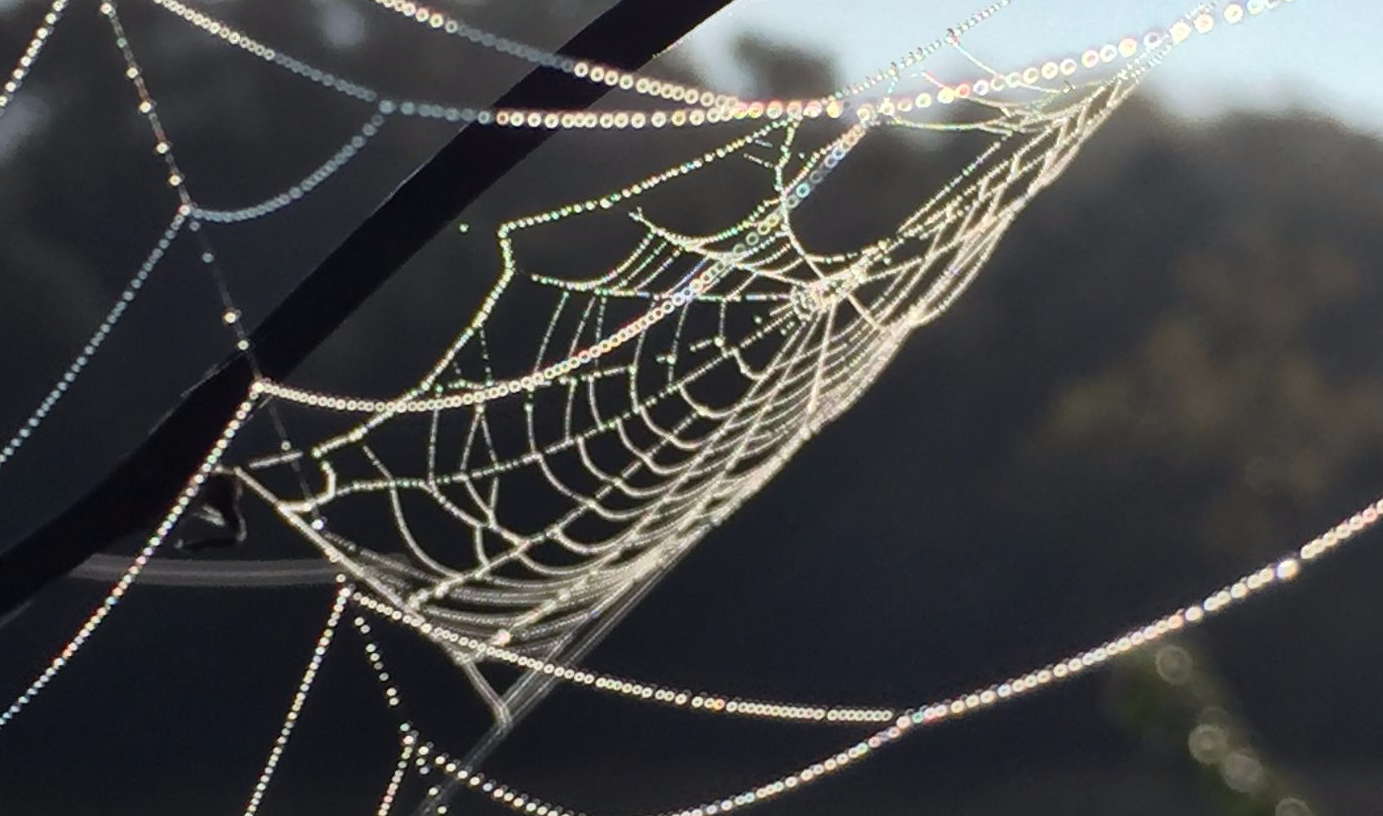
We love our Wild Women conversations so much that we have decided to make a space here for all those wonderful ideas, passions, inspirations and insights to be shared. Together, we want to create a Wild Woman Web -- and we want to bring you into the circle!
Think of it as a conversation around the cauldron, a gathering space for women to share stories, songs, howls, and hopes -- with each blog being another thread in the world wild web.
To start this off, we will be aiming to posting one blog a month from a member of Wild Women or a Wild Guest. There isn't a set theme.
If there is someone you would love to see invited to join us as a Spinner in the Wild Woman Web, please give us a howl to tell us who and why. Contact form below.
Meanwhile, welcome to the Wild Woman Web -- we look forward to spinning magic with you...
Wild Wishes,
Victoria (Founder, Wild Women)
Celebrate the Wild Life with our monthly free newsletter
(2018 - 2020)
Thread 28 - #1000 Postcards - Liza Adamczewski
Thread 27 - Personal Myth and the Journey to the High Priestess - Zena Edwards
Thread 26 - A Roll of the Dice -- Louise Kenward
Thread 25 - Wanderings on the Isle of Lewis -- Jini Reddy
Thread 24 - Flights of Fancy -- Alice & Jade Starmore
Thread 23 -- An American in England -- Kathryn Aalto
Thread 22 -- Self-Islanding (Carver's Notes) -- Jo Sweeting
Thread 21 - Still, but Travelling -- Fiona Black
Thread 20 -- Witches, Warriors, Workers -- Jane Burn
Thread 19 -- My Bloody Amazing Life! -- Gill Lambert
Thread 18 -- Growing in the Cracks - a reflection on places that heal -- Elspeth Wilson
Thread 17 -- An Account of My Hut -- Tanya Shadrick
Thread 16 -- A Place of Peace -- Jackie Morris
Thread 15 -- Higher -- Rebecca Smith
Thread 14 -- On Finding My Daughter in the Shape of a Hare -- Wendy Pratt
Thread 13 -- Common Little Woodruff -- Ruth Snowden
Thread 12 -- The Way of the Heart -- Aim Me Smiley & Renee Ananda (Troubadours of Divine Bliss)
Thread 11 -- The Human Emergency? -- Liv Torc
Thread 10 -- The Poetry Pharmacy -- Medicine For These Troubled Times -- Deborah Alma
Thread 9 -- In Celebration of The Wild -- Victoria Bennett & Gill Hands
Thread 8 -- Eating Myself Back to Health -- Rosie Doyle
Thread 7 -- Meandering -- Jessica Sneddon
Thread 6 -- Reclaiming The Breath -- Jhilmil Breckenridge
Thread 5 -- My Mother Wore A Wide Brimmed Hat -- Victoria Bennett
Thread 4 -- Life On The Road -- Music, Motherhood & Meaning -- Beth Porter
Thread 3 -- Walking the Territory -- The End of the Growing Season -- Elizabeth Rimmer
Thread 2 -- When the She-Wolf Howls -- Dal Kular
Thread 1 -- The Field -- Ruth Snowden
By Liza Adamczewski
Pembrokeshire
December 2020
A few years ago things just got too much for me. I was living in a goldfish bowl, or maybe it was a gilded cage. So, I took my perfect life and dropped it on the floor, then I moved to a rundown 60 acre farm in Wales that had not been conventionally managed for over three decades. It was December, I knew no one; it rained.
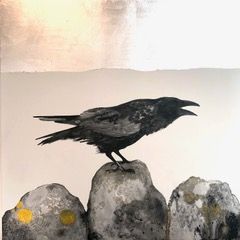
Buying the farm really was the easy part, it was uninhabited and had been so for quite some time. About half the farm is ancient woodland the sort of Welsh woods where ferns grow from the branches of moss covered trees. The bulk of the rest is pasture which continues to be re-wilding naturally as the hedges of blackthorn, bramble and oak march steadily towards each other across the abandoned fields. Then, like a summer land, on the other side of the valley, are 14 acres of meadows that are grazed & cut for hay in a traditional way: Stock field, Lower stock field, Long meadow. There is a lost pond that was forgotten about again for the first three years we lived here, and a few other marvels, like the wood anemones and the kissing tree -- but that’s another story.
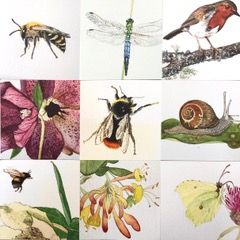
I took my life in boxes to a new country. Some of the boxes got damaged on the way, and some will never be unpacked, but I had to go. I needed the space back in my life to concentrate on my work. It was a going back to an old life, a child with a jar of sticklebacks, a woman with a tired heart — that’s how it began.
The first room completed was my studio My work? What’s that all about?
#1000postcards is an attempt to collate, and understand visually, what the state the biodiversity of my farmland was in. There were so many reasons I chose postcards. They are a brief message, a communiqué from the front line, an I wish you were or weren’t here, from a lover, or a friend.
With small daily painted postcards on Twitter, I wanted to send these messages from nature, out into the world. I hoped I would connect with an audience that might be missing these things being present in their day to day lives.
By chronicling the fluctuations of its species & recording it visually, I am attempting to communicate with you what the single little word 'biodiversity' really means. I am expecting this to be a life project that can weave between my other art practices in so many ways. It is my way of keeping an eye on our little corner, like taking its pulse at regular intervals.
And 1000 postcards can take up a lot of wall space or be packed into a very small box.
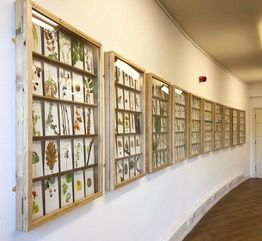
Then Covid came and right now it’s knocking on our door, right at the heel of the year. The first cases are announced in our village school, we hear the children playing on their lunch break, as their voices echo along our valley.
2020 not an easy year to let go, so many people have died, so many people have been traumatised, so many people will be walking into 2021 alone for the first time.
...A ring a ring a roses a pocket full of posies we all fall down…
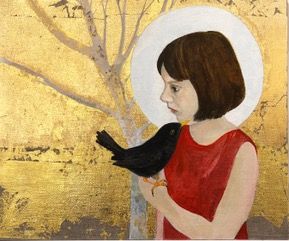
I stopped making sourdough in lockdown, always one to be contrary. Then the land truly became my friend, my mother, my book, my film, my play, my work, my rest —almost my everything. I was in this tiny cottage, surrounded by its safety barrier of land, and the birds that came and went so freely took me with them.
I was one of the lucky ones. My children were not so lucky. They were far away in foreign cities, without acres of land and saying I missed them does not do justice to how I felt when it became clear we would not be getting together any time soon.
So I painted my Lockdown. I painted my “Lockdown Set Free” icons. The exploding golden starlings & my garden icons, painted for all those people who suddenly realised that a sky without planes and roads without cars, gave us our world back. It made us see the goldfinch in the garden, to hear the song of the wren, so clearly that they were part of our pulse again.
But it gave us our world back behind a sheet of plexiglass, with our hands dipped in latex and our smiles kept hidden behind a mask . No touching, no communal singing, no hand laid on the arm of a stranger.
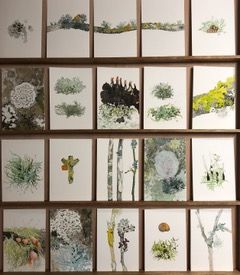
There is always hope, there is a light at the end of the tunnel, there is a vaccine, there are three vaccines. There is Christmas coming. We will kiss ourselves goodbye under the mistletoe alone, we will start again.
Spring will bring us flowers, snowdrops, and snow falls, and in April we will still be standing but there will be no normal. It will all be new. We will have packed our lives in boxes, and some of them will have got lost on the way.
Those of us above ground and still breathing, the lucky ones, should take what we have learnt from all of this, as an opportunity to re-evaluate our lives and redesign our futures. To make a shrine to hope and the natural world, and by doing so, maybe we will help make it a happy New Year.
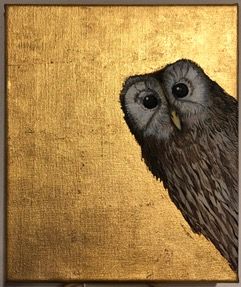
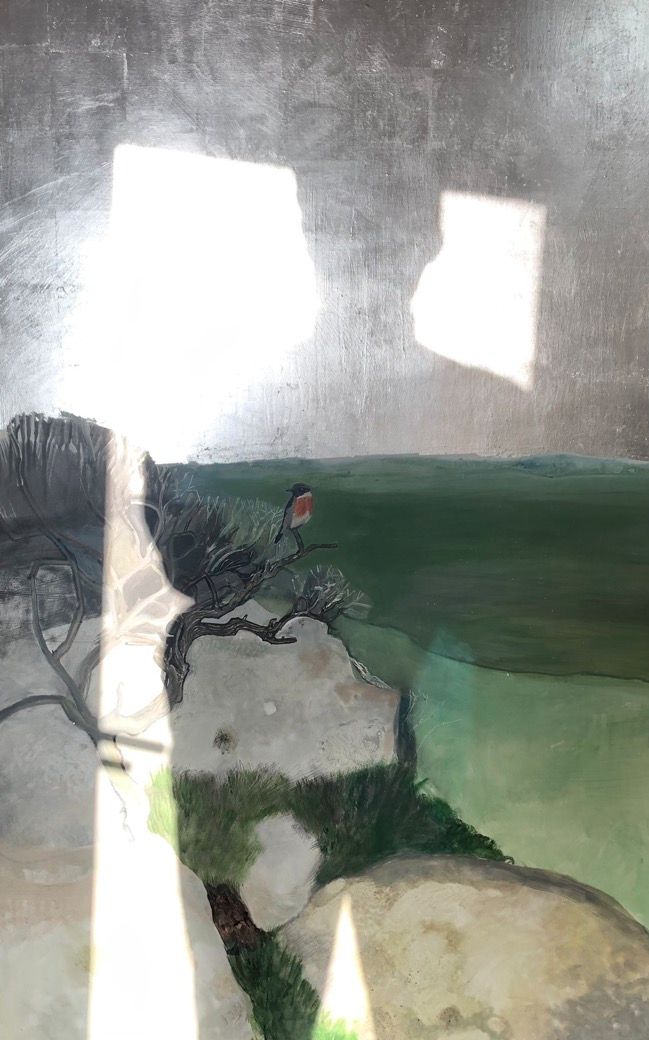
Liza Adamczewski trained at Camberwell School of Art and The Royal College of Art. She is a contemporary fine artist & illustrator living on a re-wilding farm in Pembrokeshire.
Her work has been exhibited in galleries across the UK and is private collections worldwide including the USA, Ireland, Germany, France, Italy and Sweden
#1000postcards and is inspired by the environment of her 58 acres of meadows and ancient woodlands.
(All images are reproduced with kind permission by the artist)
By Zena Edwards
London, UK
November 2020
I was 9 years old when my personal myth making began: as the journey to the hem of the High Priestesses gown.
At her feet, a crescent moon. Some days, that moon is a waxing moon. On others, it is obviously waning. It all depends where in a life lesson I am, spinning myself from her rays.
Aged 8 we moved house. I’d never had my own bedroom before and for a few weeks it didn’t have curtains. It was a cool north facing room with a view to the back of warehouse car parks - nothing to obstruct the night sky.
A night when I could not sleep. One of many. I was first called out of bed by pearly light fingers that ran themselves over the boxes in the corners, casting shadows with faces. Bundles seemed to creak with the previous life of the old house.
My small feet hit carpet. In my favourite nylon nightie with pretty green, pink rosebuds on the shoulder trimming, I walked tentatively to the stiff sash window.
Mum’s light sleeping in the room next door. I quietly ease the window open, feel the chill instantly curl around my child body and the instant exhilaration.
This was not just the chill of the Autumn night’s sleepy embrace. Without the sliver of glass between me and the Moon’s clutch, I immediately sense what is unseen but deeply known.
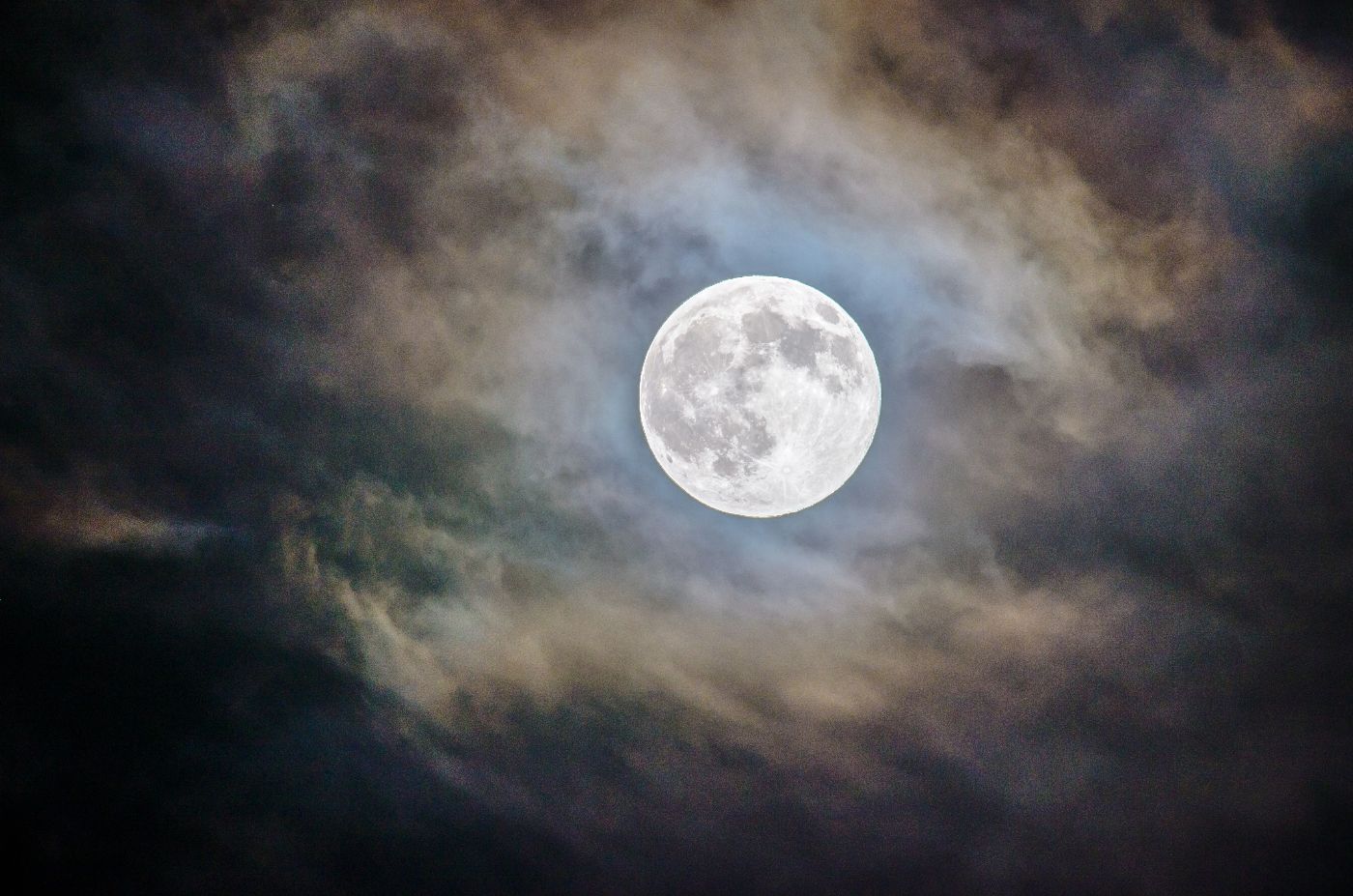
Aged 9, I began to be bullied at school. It broke my heart and matured me, gave me insight in to the frailty of humans: their need to be in control and the futility of it. Also aged 9, I got my first visit on the fullest moon. Realer than the nails on my fingers, is all I can say. A presence that only my child-self can explain. No adult words to convey the feeling; big, electric, vibrating, kind.
Wanting to be close. It stood by the side of my bed. Other nights, it sat on the end of the bed.
Moonlight identified this presence as Ancestor and combined I felt a second home emerged inside me. My Self. My heartbeat. My breath.
I began to write poetry to somehow make visible in words the love I felt under their protection. Falling asleep at the windowsill, I was introduced to the beginnings of a personal relationship to the sacred.
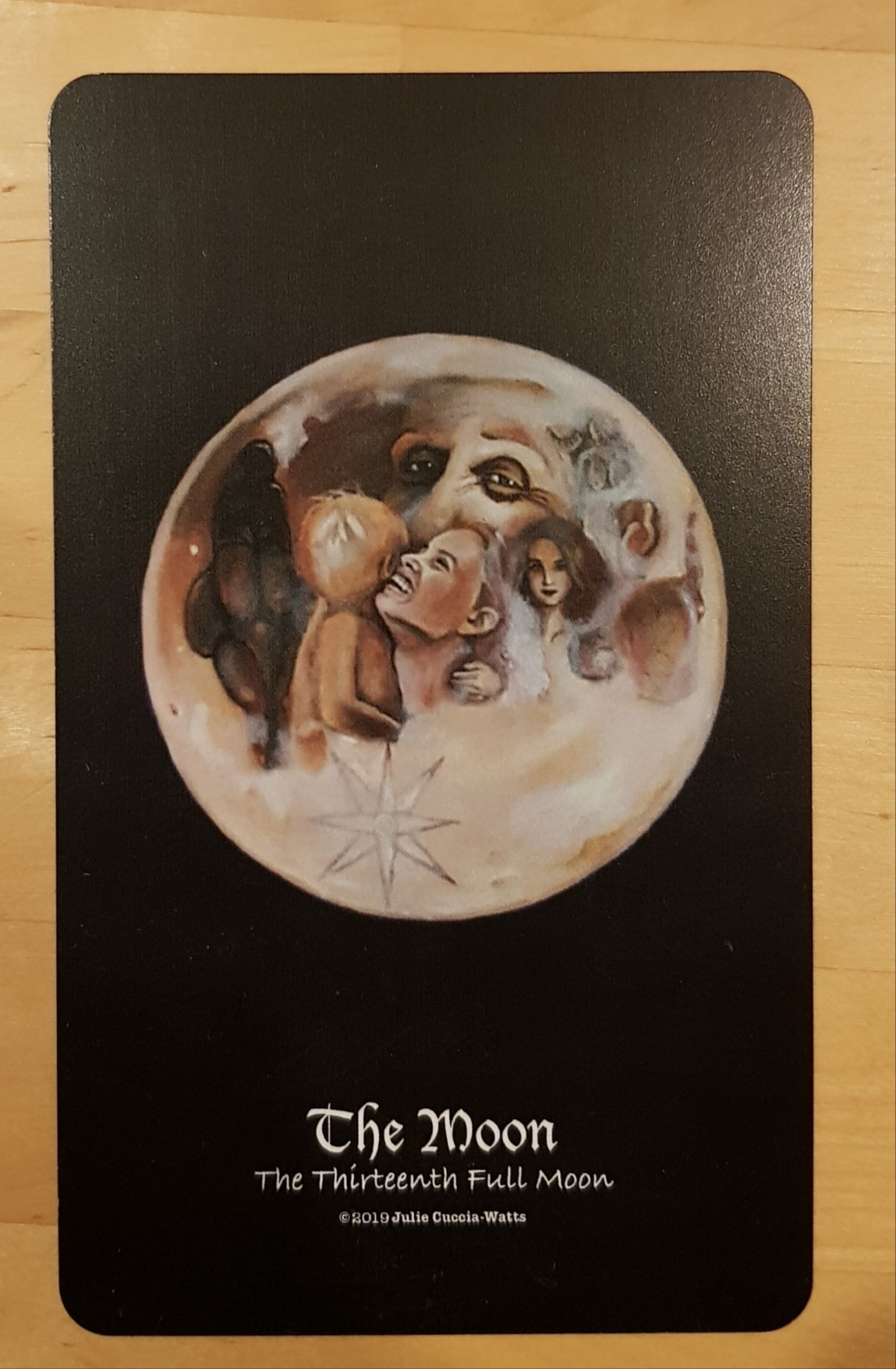
As we unconsciously create new myth from memory, from an imagination held to ransom by the tradition modes of education and socialising, we secretly envy children we give fairy tales to and dismiss the magic of the Fae World all around us. How often does adulting equate to nipping ‘childish things’ at the umbilici of our souls, to leave school, enter higher education, go to work and supplant imagination with logic, ideas of a controlled and constructed identity?
The 9 year old in me, who could sense spirit, recite limericks to the moon feels the void, the missing part that Theia laments, our mythological consciousness dormant, dozing and forgetting itself.
As we create new myth of human connectedness during Lockdown 2020, fractured into incalculable pathways along optic fibres, delivered in pixels on screens, Nature is adored and ignored in equal measure.
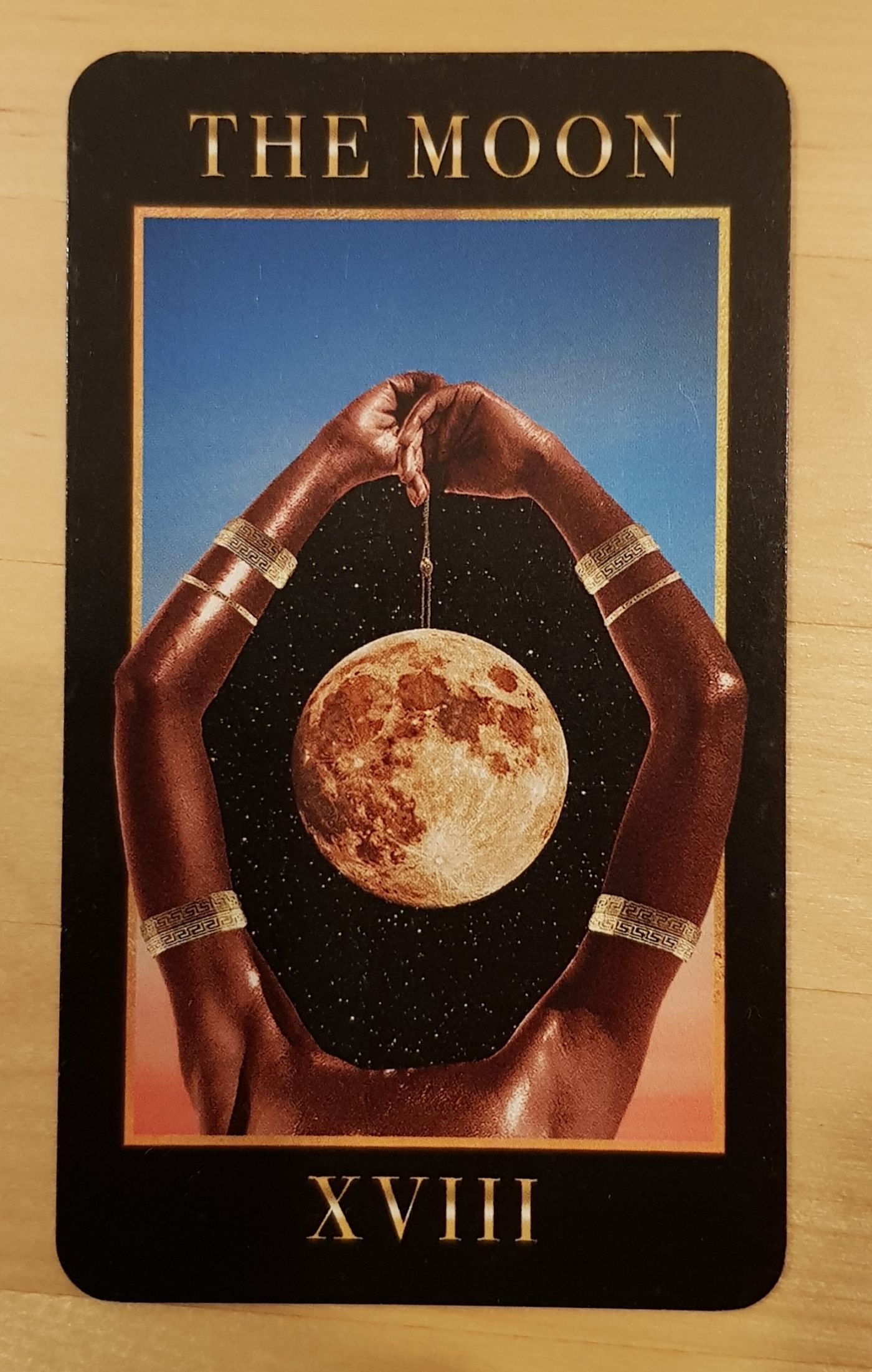
2020 is a cloaked potent stranger returned. It leaves parcels at the door labelled with the address of burning Brazilian rain forests.
Tides of human emotions swirl in the turbulence of misinformation, the undercurrent of watery rage that rises as waves of protests onto streets paved with fear and hope.
Myth begins to stir the elements.
Storms thunder in the minds of governments and corporates conjuring a tornado of tyranny to level the voices of dissent and noncooperation. Warm winds of humanity meet them in deadlock to block this chilling attempt to poison our breathing space, our breath for life.
And seeds we plant in the hearts of the next generation, into soil so fertile with imagination and possibility, that an equitable world wholeheartedly and soulfully envisioned, replenishes the nutrients of morality, brutally stripped from the Earth.
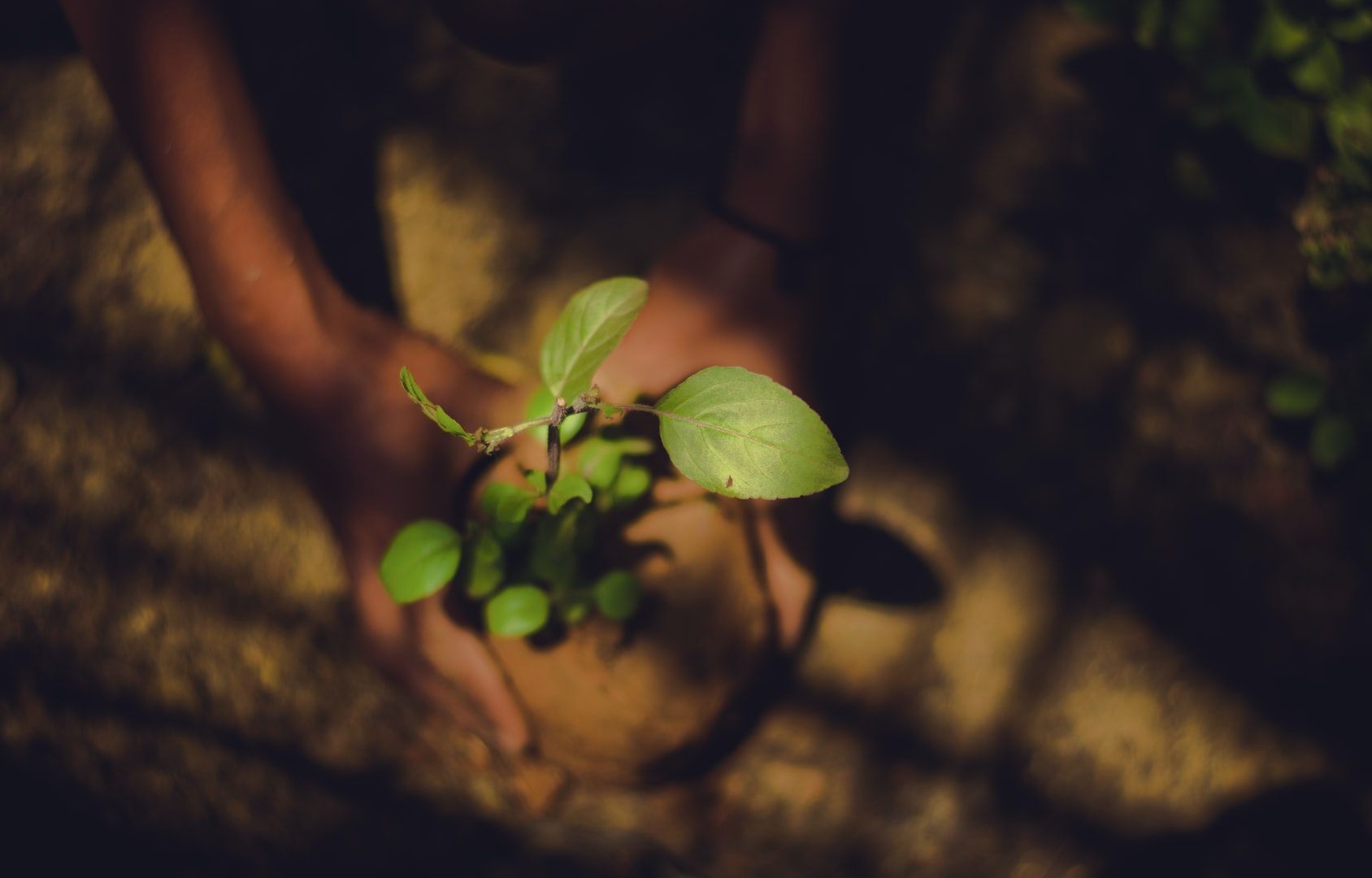
I have spent lockdown alone, mentally expanding my energy field to receive nourishment from my neighbour’s cooking pots to the left of me, the hum of computer games playing above me, and the firm but gentle voice of placation of squabbling grandchildren below me.
Now the postman is a friend. Yet another package, another tarot deck. The High Priestess pulls herself from every pack to remind me of the truths I sought when I was 9, all sense and sensation receptive.
The High Priestess, the interface between the watery unconscious and the vessel of truths only the feminine has capacity to hold, the gatekeeper to the portal of secrets bound in the book of all knowing.
Her feet are bare, the lightest of touch of her toe tip in the stillest lake indicates how quietude can awash us with insight for our next moves into a new consciousness and not a new normal rehashed from the masters tools, but by calm receptivity and acceptance of our own ability to conjure.
222 days and 4 Super Moons later, we are close enough to each other to feel grief but also our magic.
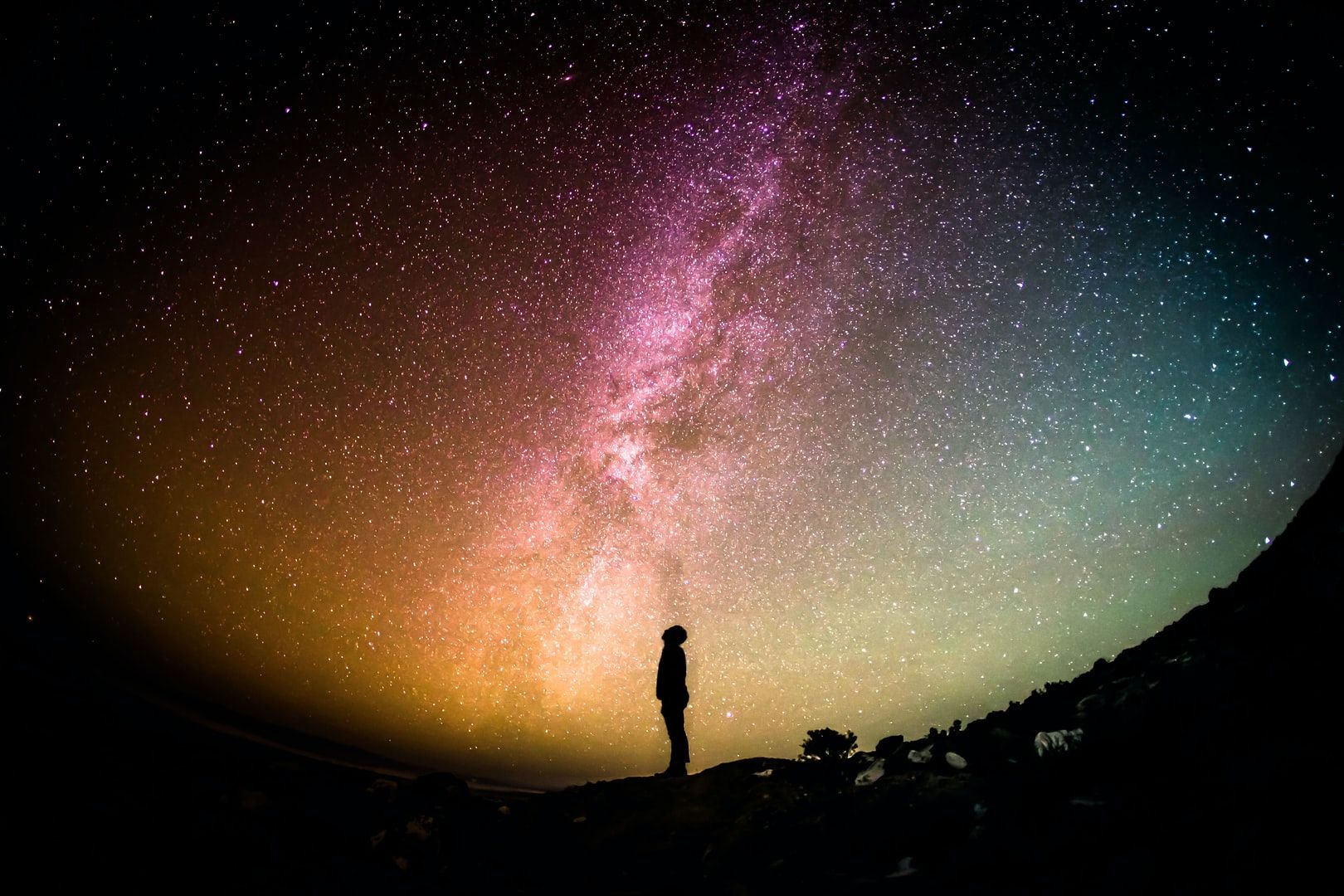
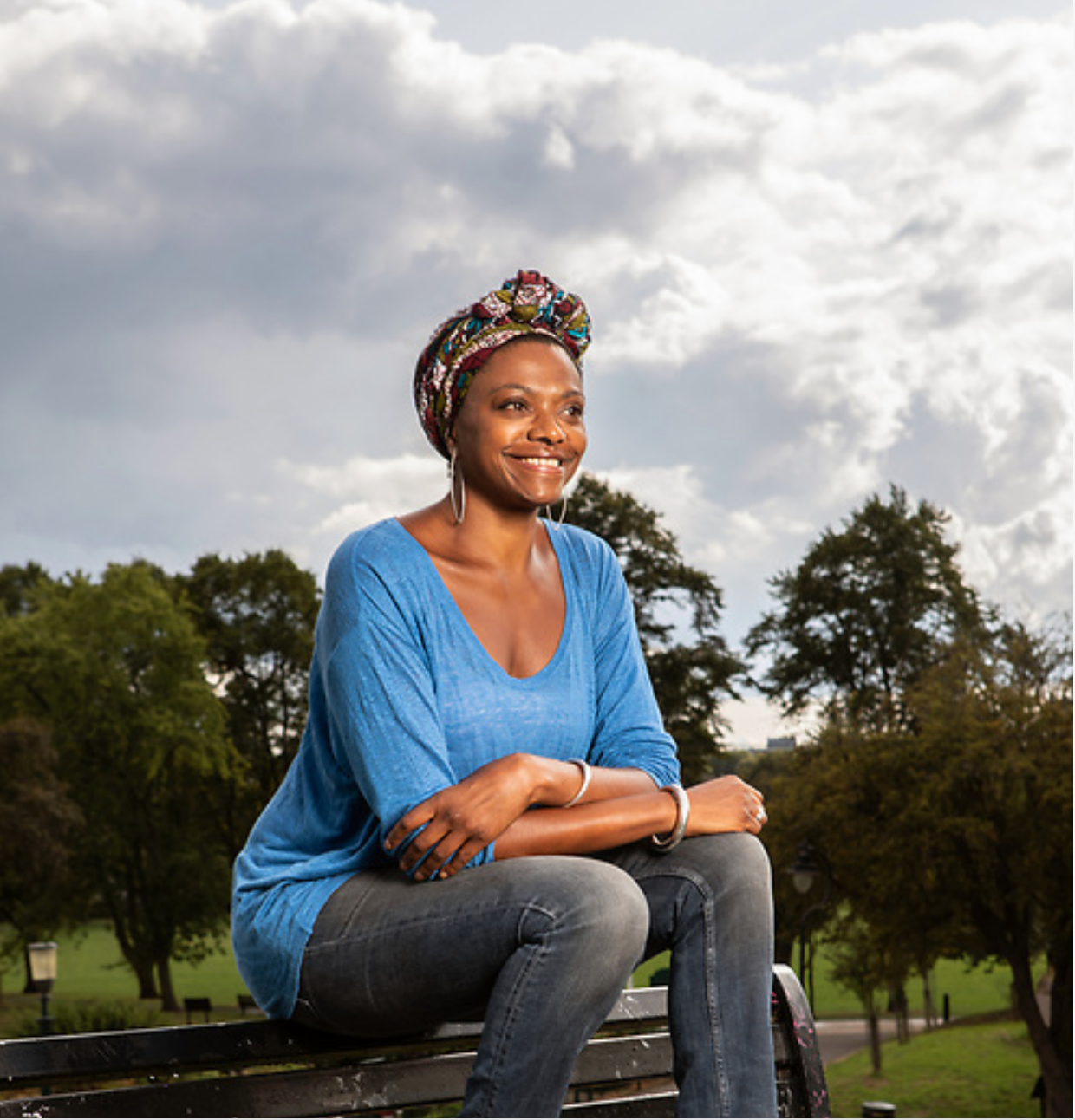
Zena is a writer, performance poet, singer, radical arts educator and creative director of Verse in Dialog – an arts, culture and public engagement production house dedicated to championing the arts for positive change.
Raised in Tottenham, North London, Zena Edwards graduated from Middlesex University With a degree in drama, media and communication studies and studied at Lispa the London School of performing arts, storytelling and theatre.
As a poet Zena's writing Explores 'creativity as the immune system for the mind'. Themes of her work courageously explore the personal revolution for collective transformation – “staying human” - in the midst of social injustice and all its intersections, and re-membering that which has been dismembered in communities and our humanity. Environmental justice and tarot are a focus for her work at present and a collection of her poetry, yet untitled is set to be released in September 2021
(image credit - Antonio Olmos)
By Louise Kenward
South Coast, UK
October 2020
The weather is turning. Autumn is in touching distance and it reminds me of previous changing seasons. In this transitional space, memory of time and place returns: the chill in the air fending off the last of the warmth, the retreating light casting longer shadows. It is time to withdraw and dwell.
Seven years ago, almost to the day, I did not retreat as Autumn arrived. After a prolonged period of withdrawal and dwelling, I left the UK and headed east. My plans were to circle the globe, travelling overland by train. I would crochet pebbles on my route, a Hansel and Gretel ‘trail of breadcrumbs’ left along the path in case I got lost. These were some of the threads I spun.
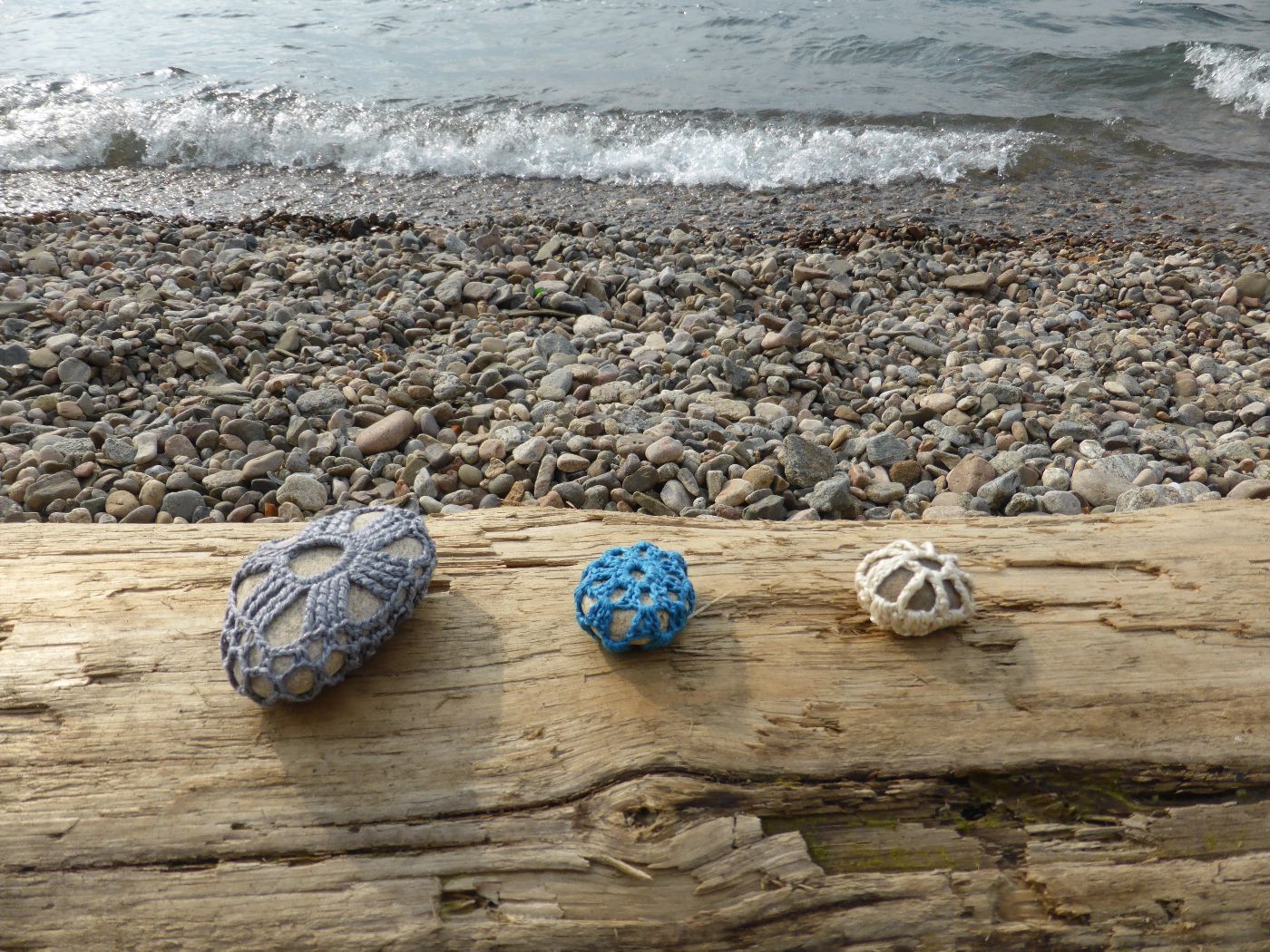
My creative practice follows lines of chance and coincidence. In 2013, I left a career, a home, a life, to follow instructions from a weather app installed on a new phone: are you in Bexhill, East Sussex or Bexhill, New South Wales? it had asked me. I had never imagined such a parallel place could exist. It seemed the most unlikely thing, another place called Bexhill. “Flighty” my mum would call me. There was nothing flighty about this. I was seriously ill at the time and it’s those moments, when all ties have been cut and you have little left to lose, that wild possibilities knock at your door and you let them in. I travelled for a year with a train timetable and a Victorian guidebook, to other places called Bexhill. I met other women along the way, several who had also travelled before me - Kate Marsden and Annie Brassey, both with connections to Bexhill. Indeed, if you look closely enough, there are few things that cannot be traced back to Bexhill in one way or another.
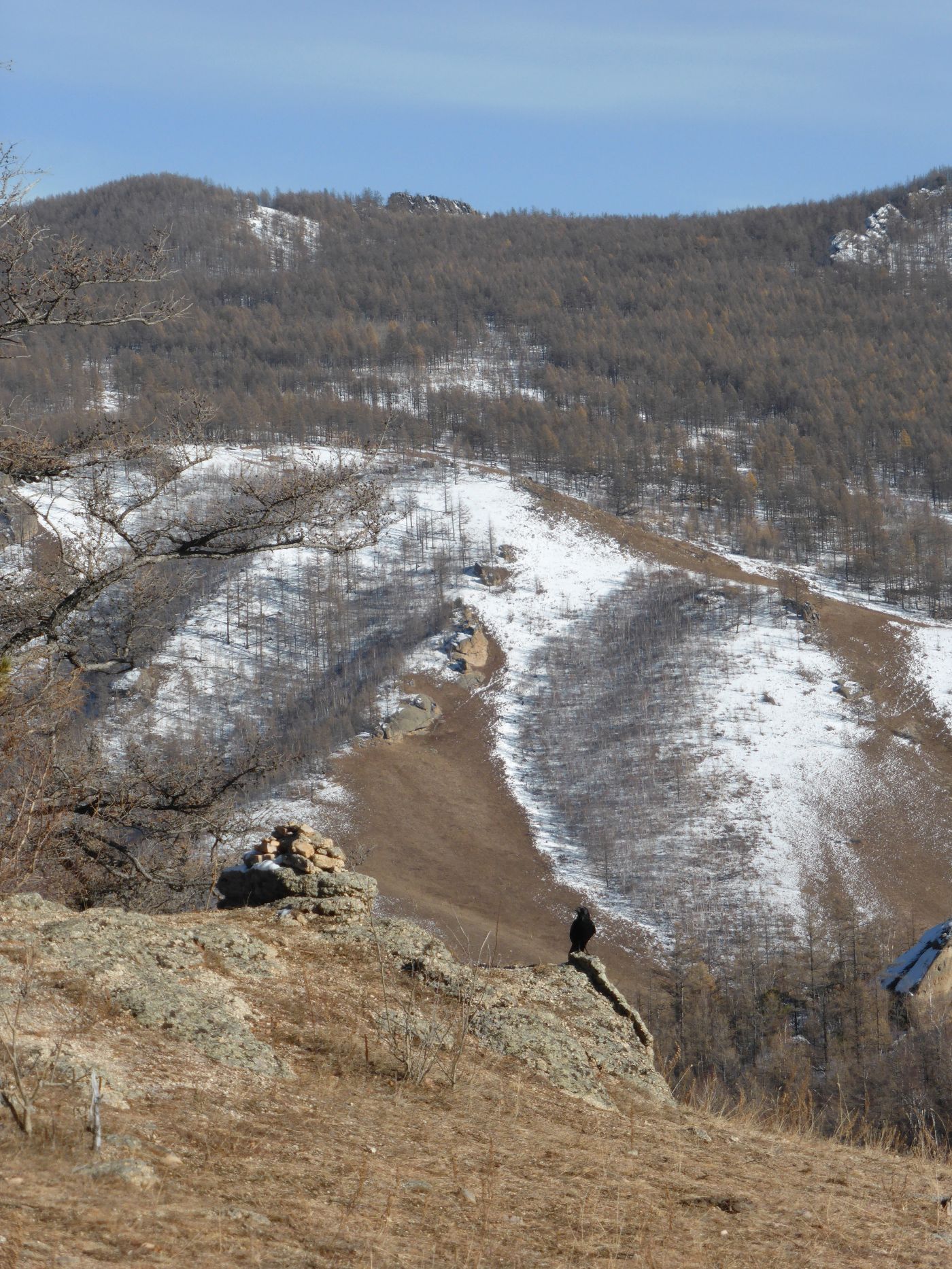
For a year I travelled with Annie Brassey, who had voyaged the world, circumnavigating the globe several times in the 1800’s. Gathering objects as she travelled, her collections filled her steam yacht, Sunbeam, and created a floating museum.
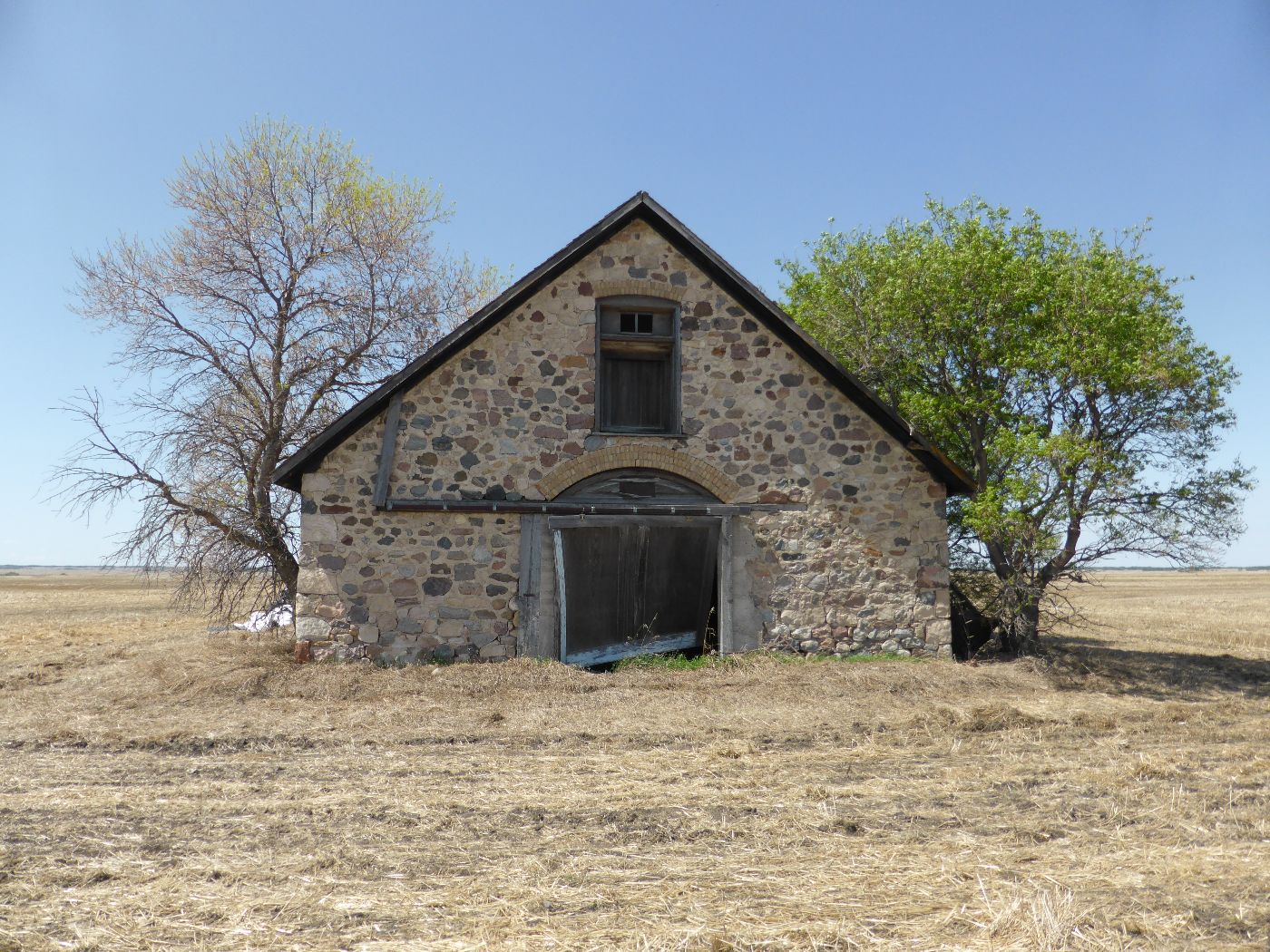
Returning to the UK I spent time with the objects Annie collected, from the places we had both visited. In Conversation With Annie was the title of an Artist Residency at Bexhill Museum - Heritage Lottery Fund and Arts Council England grants meant I could extend my journey - I returned to the UK and retraced my steps through museum artefacts and archives, exhibitions of photographs, installations and conversations, connections and writing.
I saw this small seaside town in a new light, a three dimensional view of a place, its past and its present, its context with the rest of the world, as I recalled and retold stories of other places called Bexhill. As James Joyce said - the longest way round is the shortest way home.
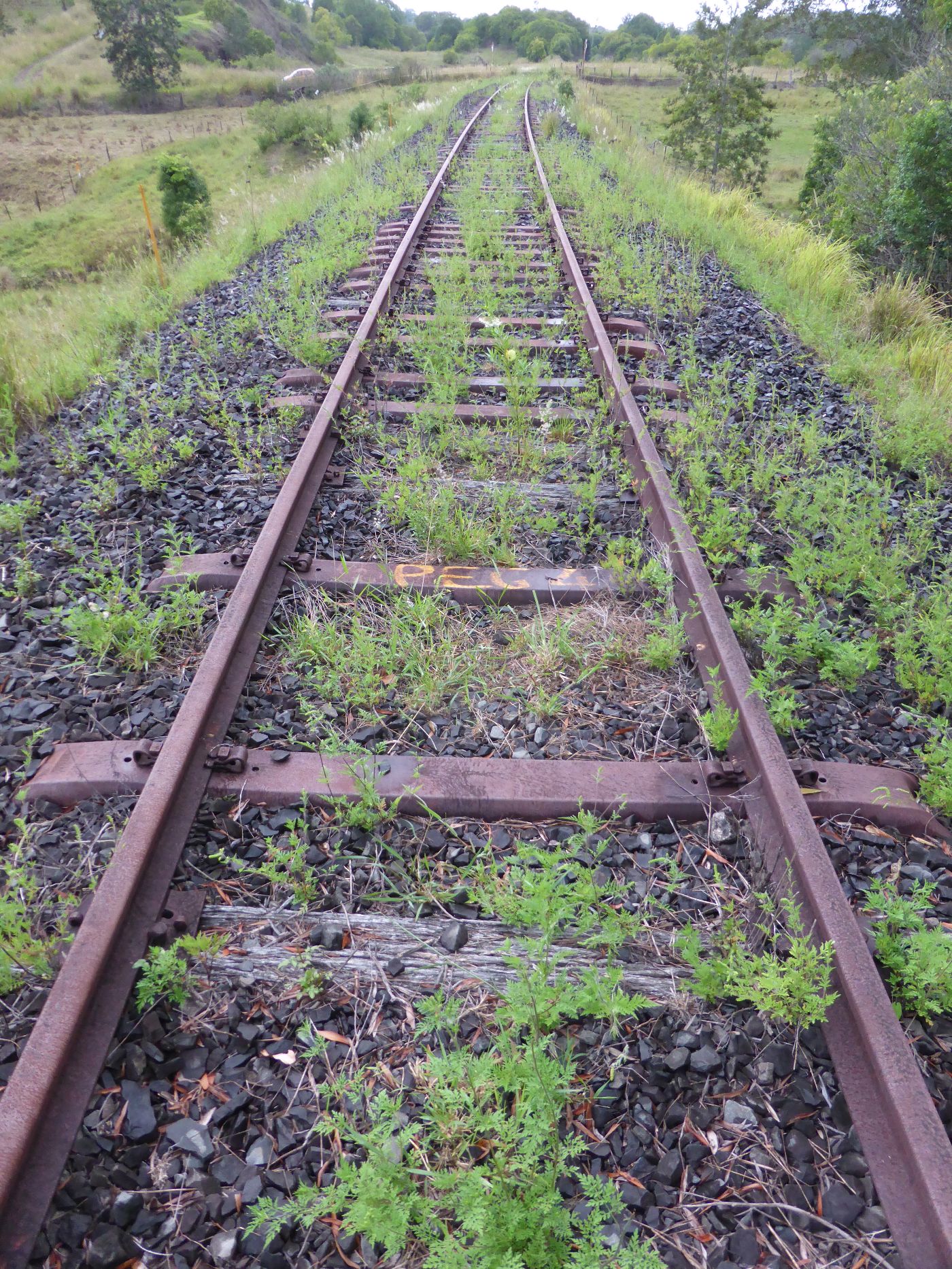
Immersion is probably another word to describe my practice, inhabiting spaces and immersion in worlds. Chance and coincidence guide me. I am drawn to the cracks and the bits in between, the empty spaces and the forgotten.
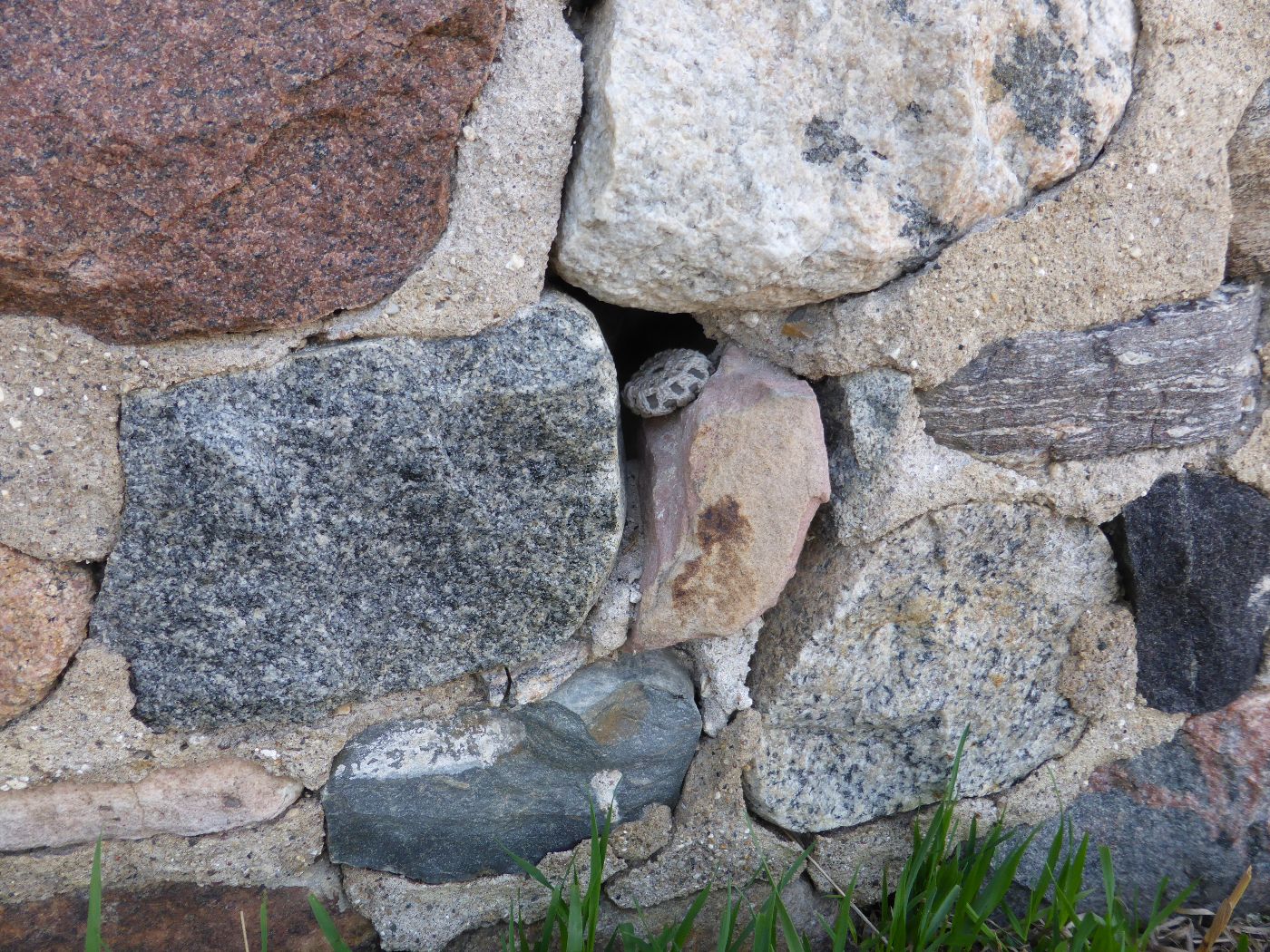
What had enabled me to travel was serious illness, something that brings with it empty spaces and the forgotten aplenty. Illness returned a few years ago and this time, I was not able to travel. A trip to Peru was an attempt to recreate my recovery, but mountain sickness and another virus exacerbated problems with my health. This time, I have confronted the thing I tried to run from. I have also reconnected with the career I left and found a way to integrate my experience as a Psychologist into my life anew, as I recover and manage what I now know to be an inherited condition - one I know no one else in my family to have - faulty connective tissue causing chronic pain and chronic fatigue. It has taken time to recognise, to adjust, to learn.
I have brought my words and my knowledge of the importance of language with me. I set up a new project, Zebra Psych, to bridge the gaps: to amplify the voices of patients and connect with healthcare professionals. I am returning to a world I fell out of but now, with a new sense of who I am and what I can do, it has evolved a new project. Zebra Book Club is a bringing together of patient and professional voices, literature and creative practice, reframing them into clinical spaces: the hope, to bring humanity into medicine.
Another flight of fancy and an idle Sunday afternoon, I connected with writer Verity Holloway, a by chance Twitter conversation. It led to a new writing project. Over the last two years our Twitter chat evolved and this year an anthology of women’s writing is the outcome. A speculative non-fiction collection of when bodies go wrong, Disturbing The Body, is due for publication in 2021.
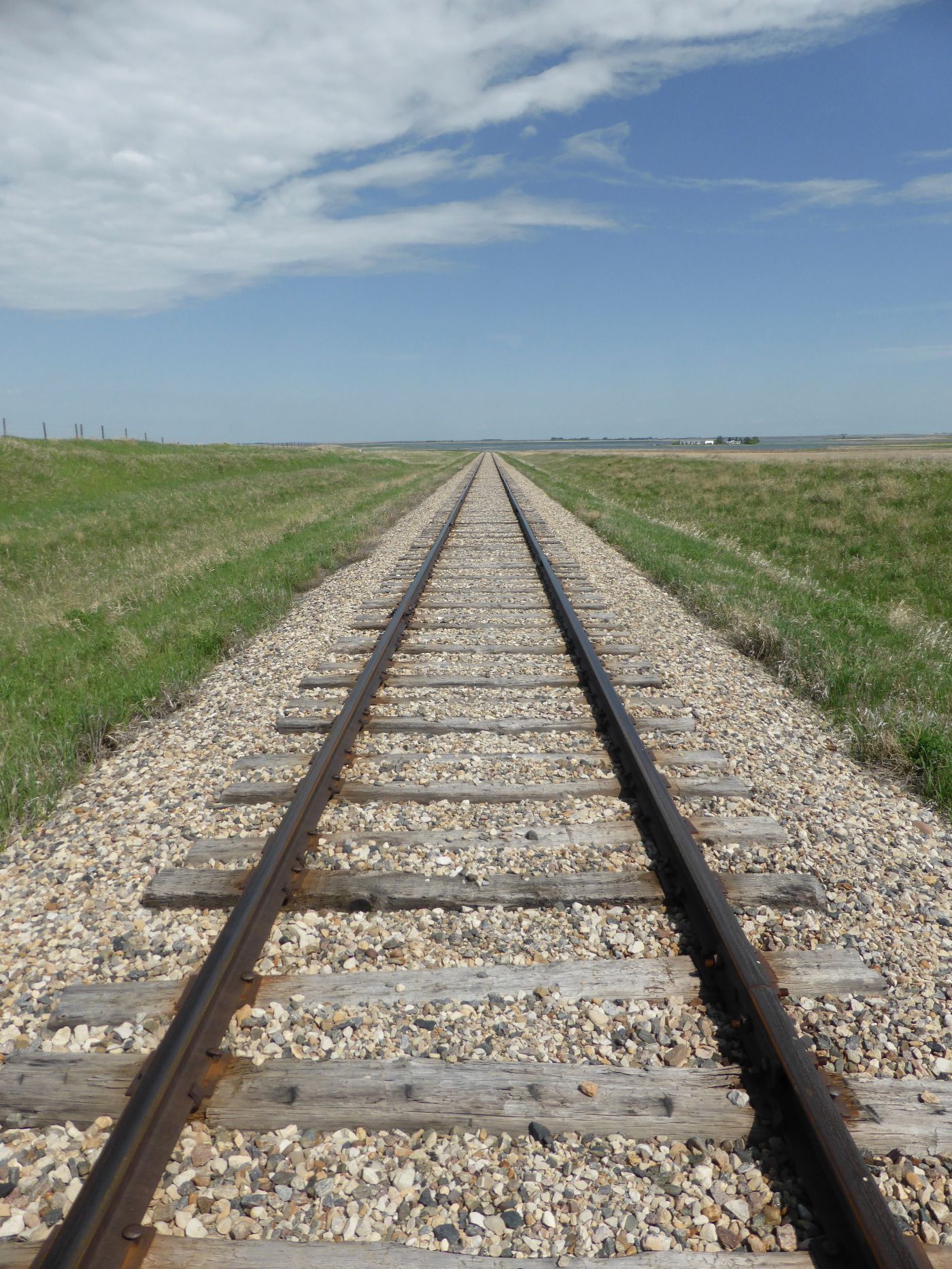
It is satisfying to see the circularity of my work, like the seasons, Autumn will return again, and perhaps illness too. The linking back of themes and of following threads all the way to the end is necessary, so that what feels messy and unorganised has absolute clarity and makes total sense, if only it is given enough time and space to reveal itself. As a Psychologist, I know, there is no such thing as coincidence.
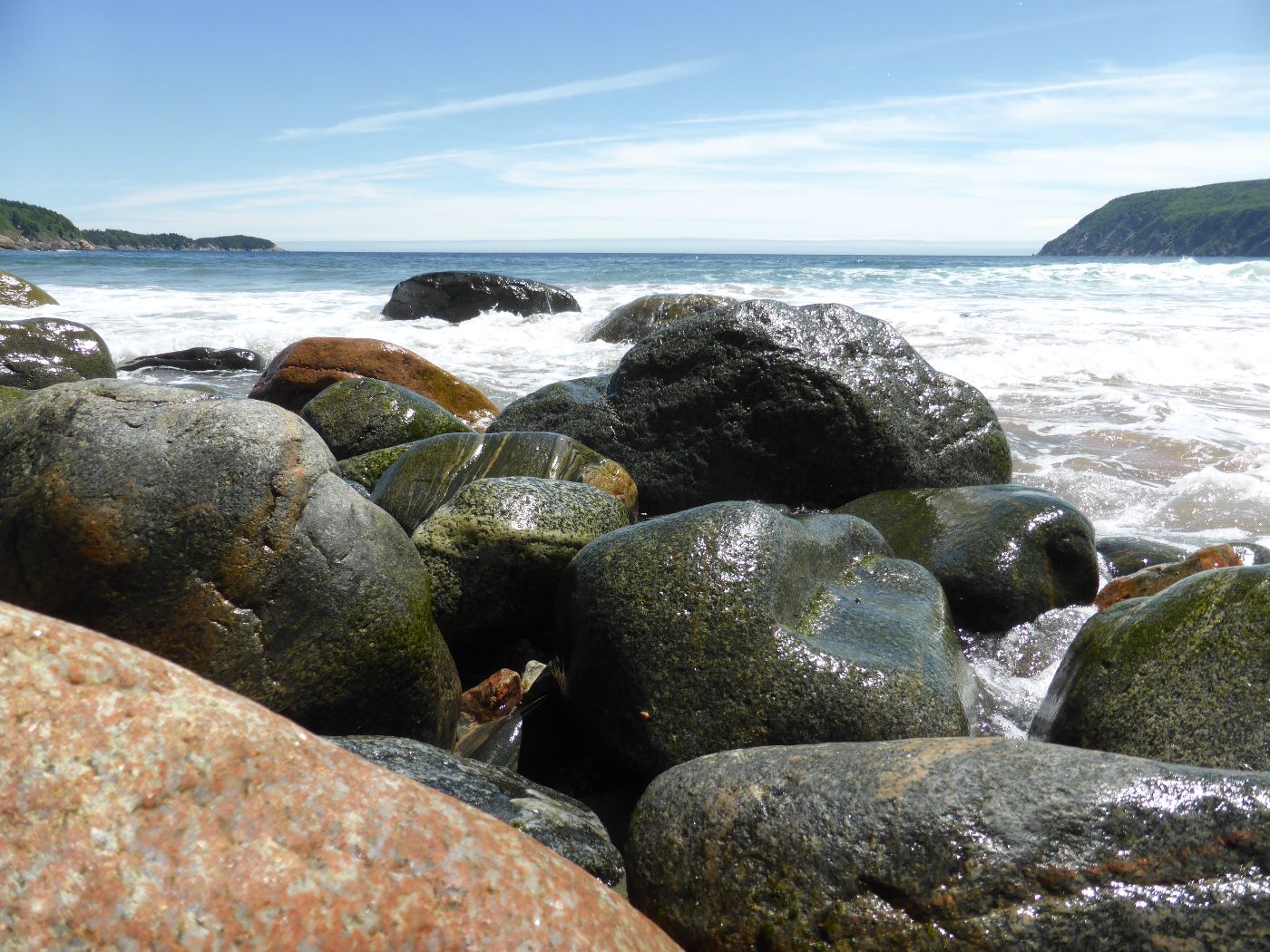
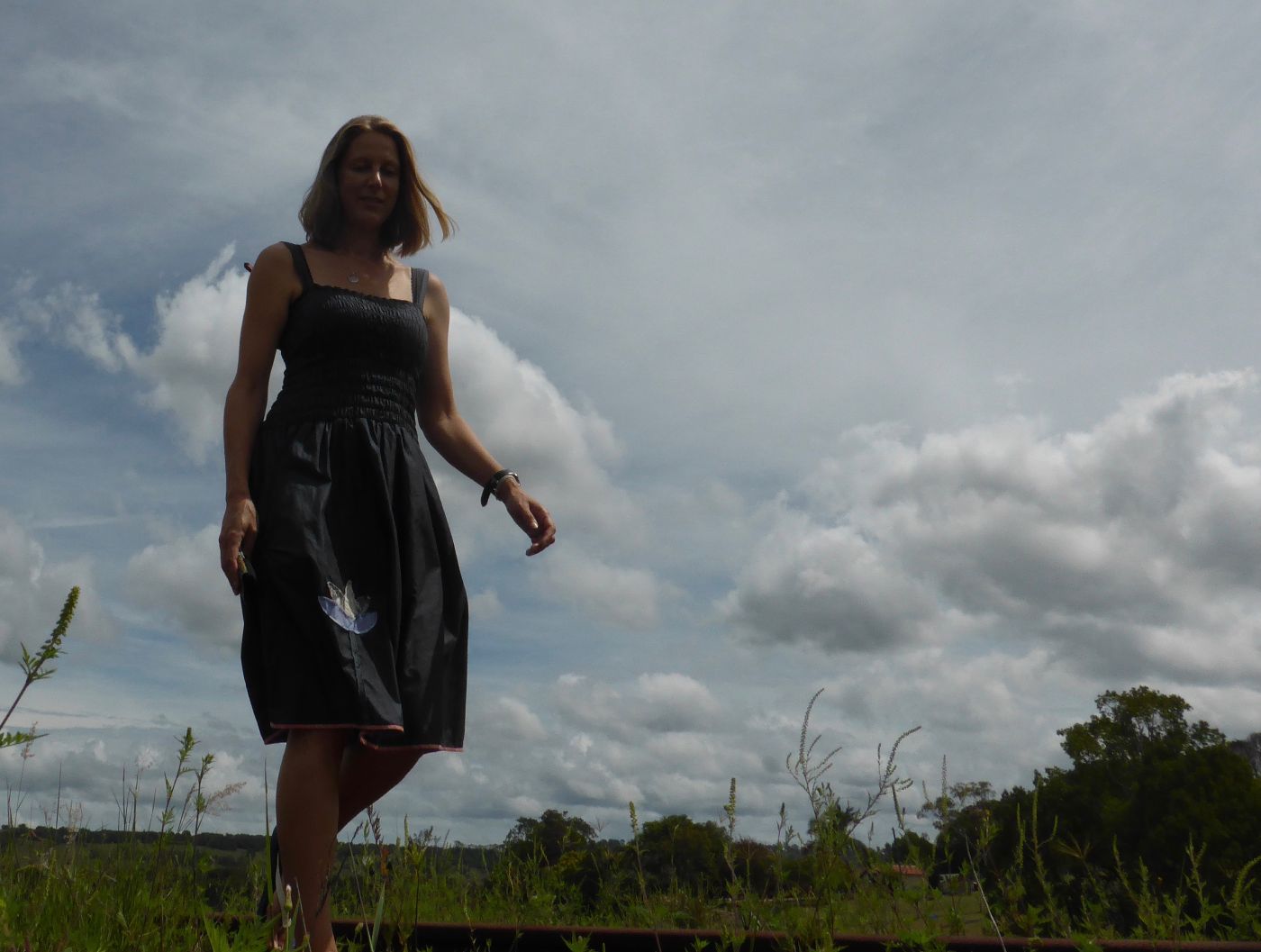
Louise Kenward is currently completing her book, A Trail of Breadcrumbs, a train journey around the world with Victorian traveller Annie Brassey, supported by grants from Arts Council England and the Heritage Lottery Fund.
Louise completed an MSc in Criminological Psychology at the University of Birmingham in 1997, Cognitive Analytic Therapy Practitioner and Supervisor training with the Association of Cognitive Analytic Therapy, and an MA in Fine Art in 2011 at London Metropolitan University. Spending twenty years working as a Psychologist and Psychotherapist, she now weaves all these threads into new projects as she navigates the world, and tries to makes sense of it, through writing and making art.
An Artist, Writer and Psychologist who regularly collaborates with others, Louise is involved with numerous projects, including Residency365, an ongoing site-responsive temporal residency inhabiting borrowed spaces, run with Nicole Zaaroura and exhibited across Europe.
Louise has also recently established Zebra Psych and the Zebra Book Club, aimed at raising awareness of energy-limiting chronic illness, connecting with patients and professionals. She writes and speaks for patient and healthcare professional forums in sharing her own experience with the hope of informing change.
Twitter: @LouiseKenward & @ZebraPsych
Instagram: @Louise_Kenward & @ZebraPsych
By Jini Reddy
Wimbledon, South West London
September 2020
After an intense period doing all the things authors do to promote a new book (in lockdown) I was desperate for a break and a chance to create some space to let a new idea percolate. But where to go? B&Bs and cottages across the land were booked solid.
And then it occurred to me: in the way of the indigenous people I’d met on my earlier travels, I’d ask the land for counsel. And why not? It was how I’d researched ‘Wanderland’. Interesting things had happened when I’d journeyed in this way. Creativity is a listening and a receiving as much as anything else, after all. Why not give it a go now? I knew what to do – a gentle request, surrender, an eye peeled for signs and… trust.
And so that is how I found myself heading to the Isle of Lewis, in Scotland’s Outer Hebrides. I’d been that way before, to Iona and Shuna, but I’d not visited the Western Isles.
It seemed unlikely that I would encounter the sunshine, the beaches, the exhilaration, the dazzling summer-iness that I’d hoped for in the South West of England – this was Scotland, after all – but then amazingly, it was all there. One minute I was a tired traveller arriving off the ferry after a marathon 24-hour journey, the next a delirious convert to the island’s charms .
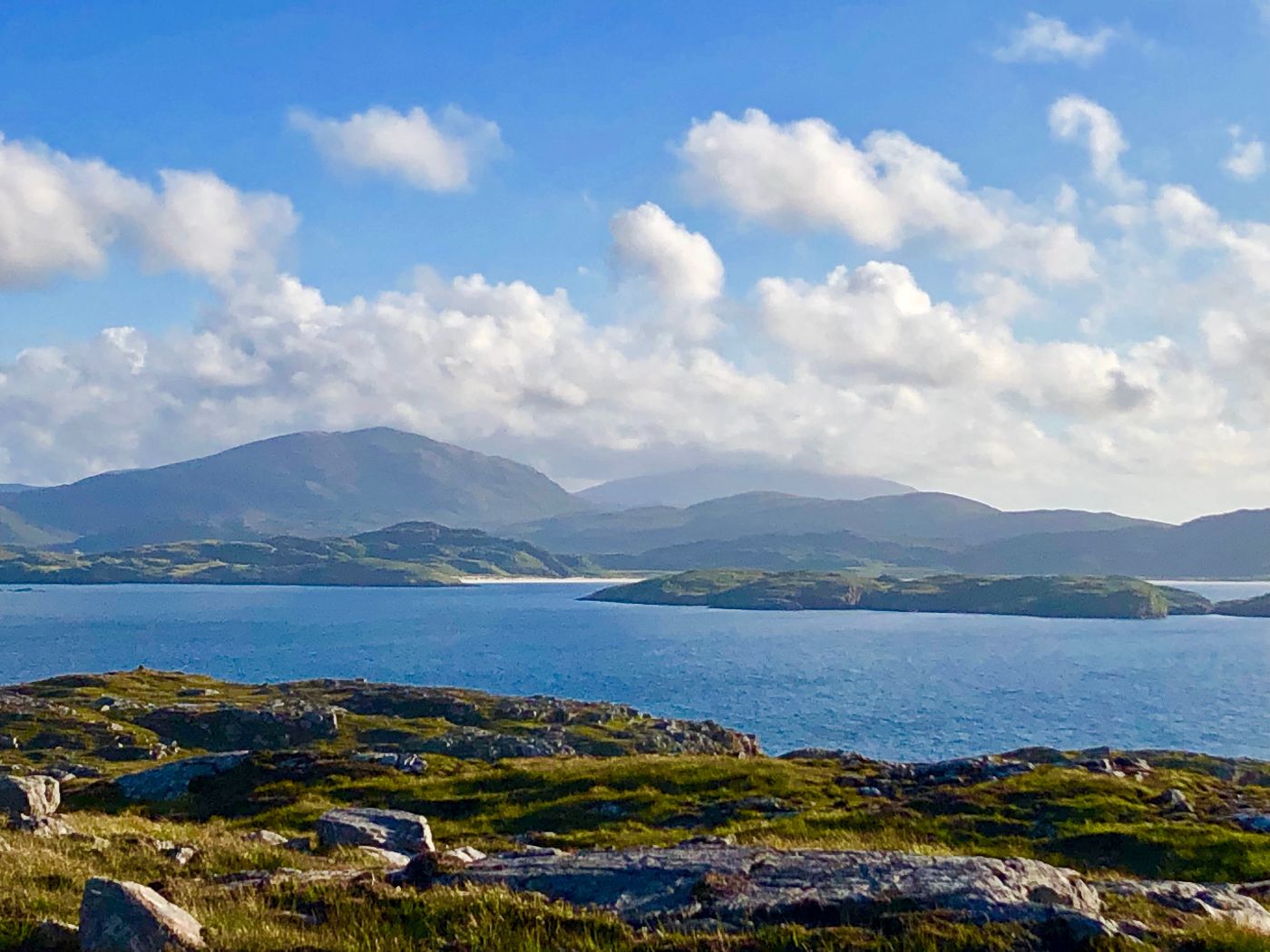
A walk, sandwiched between loch and sea scenery, on the hottest day of the year had me gasping with pleasure. This was on remote Great Bernera island, connected to Lewis by a bridge. Here, the islanders formed a close-knit community and were welcoming. Bernera segued into a stay on Breanish, a remote crofting village on Lewis’ Wild West. Lord, but that slice of Atlantic coast is surreally beautiful. The welcome here, if anything, was even warmer.
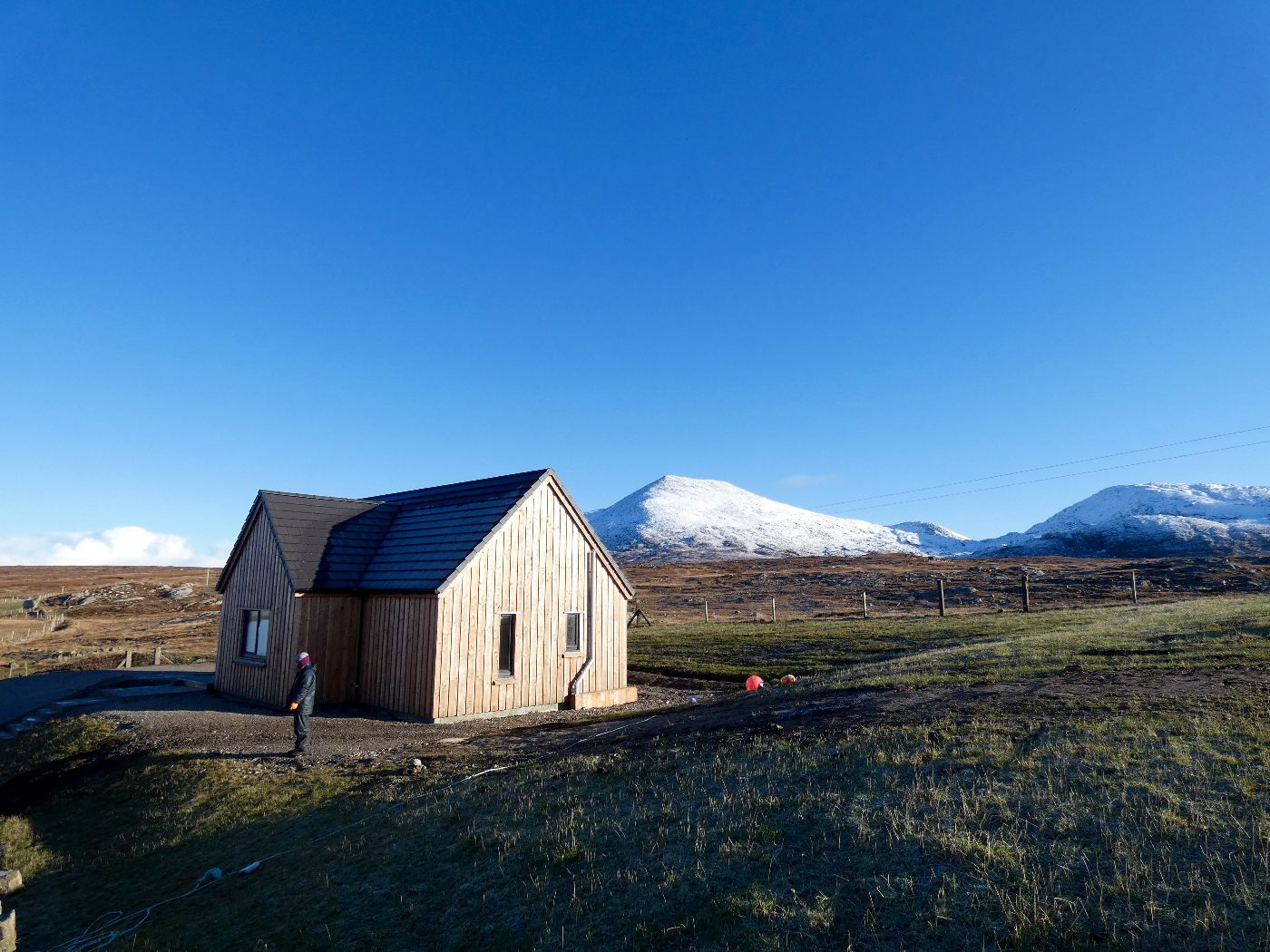
I’d come with a writer friend and we walked and talked and sprawled on empty white sands, lulled by the sound of the waves – each beach more breathtaking than the last, and each with its own character. We encountered flocks of spirited sheep, and shaggily gorgeous Highland cows, and the coastal paths were to die for.
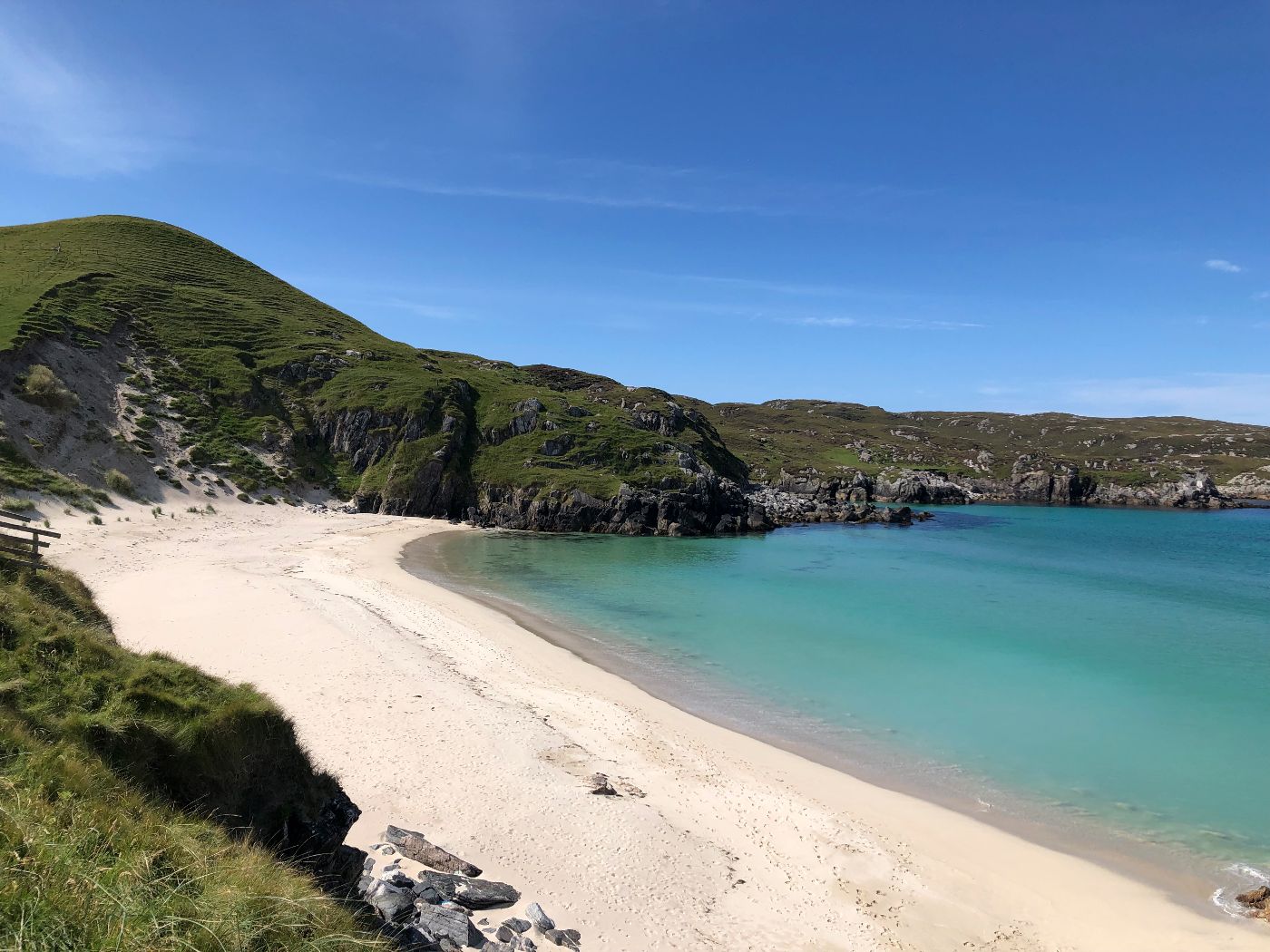
We met islanders – all kind, courteous and helpful. It wasn’t always sunny like this, they said, often the wind was howling, often you’d taste midges on your tongue, sometimes in winter it’d feel like the roof was about to blow off, but it’s home, it’s remote, we could live nowhere else.
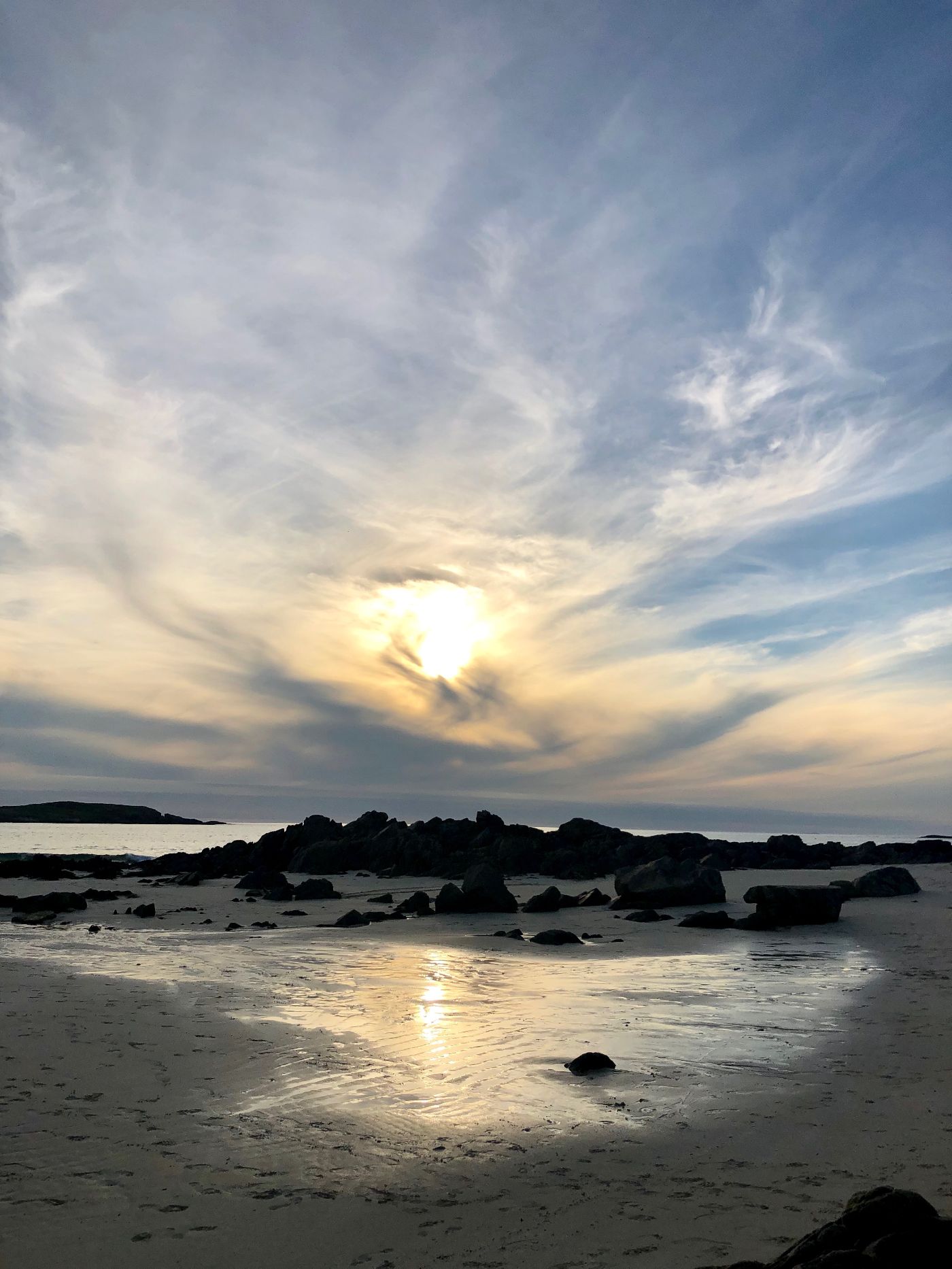
Ah, the pleasures of rootedness. What, I wondered – and not for the first time – must it be like to come from one place and to know it in your bones, as family? The friend I was with is British-Finnish-American. She yearns to lay down roots – but where? I was born in Britain and raised in Canada to Indian parents who grew up in a troubled South Africa. When anyone asks me where I am from, I pause for a moment. Lately, I’ve wanted to delve deeper into my cultural and geographical identities, separating the strands and bringing them into the light of day.
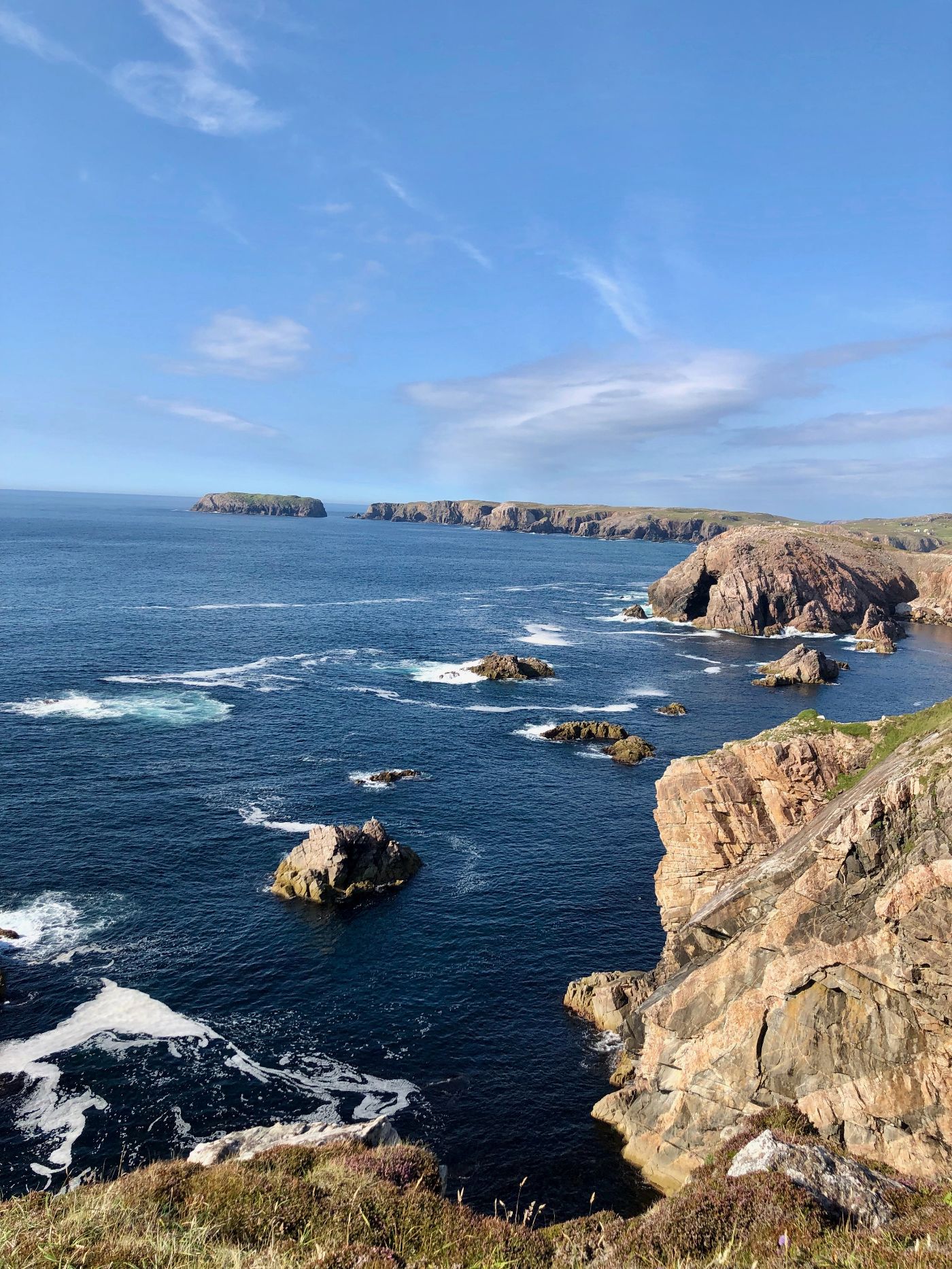
Sitting high up on the cliffs, with my back to a remote bothy, I considered anew the impact a place, be it a wild landscape or a built one, has on one’s identity and one’s outlook on the world. I scribbled notes – something was brewing, I felt it. I did no writing on that trip, but I uttered a prayer of gratitude as I went along: thank you island, thank you loch, thank you sun, thank you sea, thank you white sands and cliffs, thank you, thank you, thank you. Now I’m back, pen poised, wondering what this alchemy of wind and sun and land and human will produce.
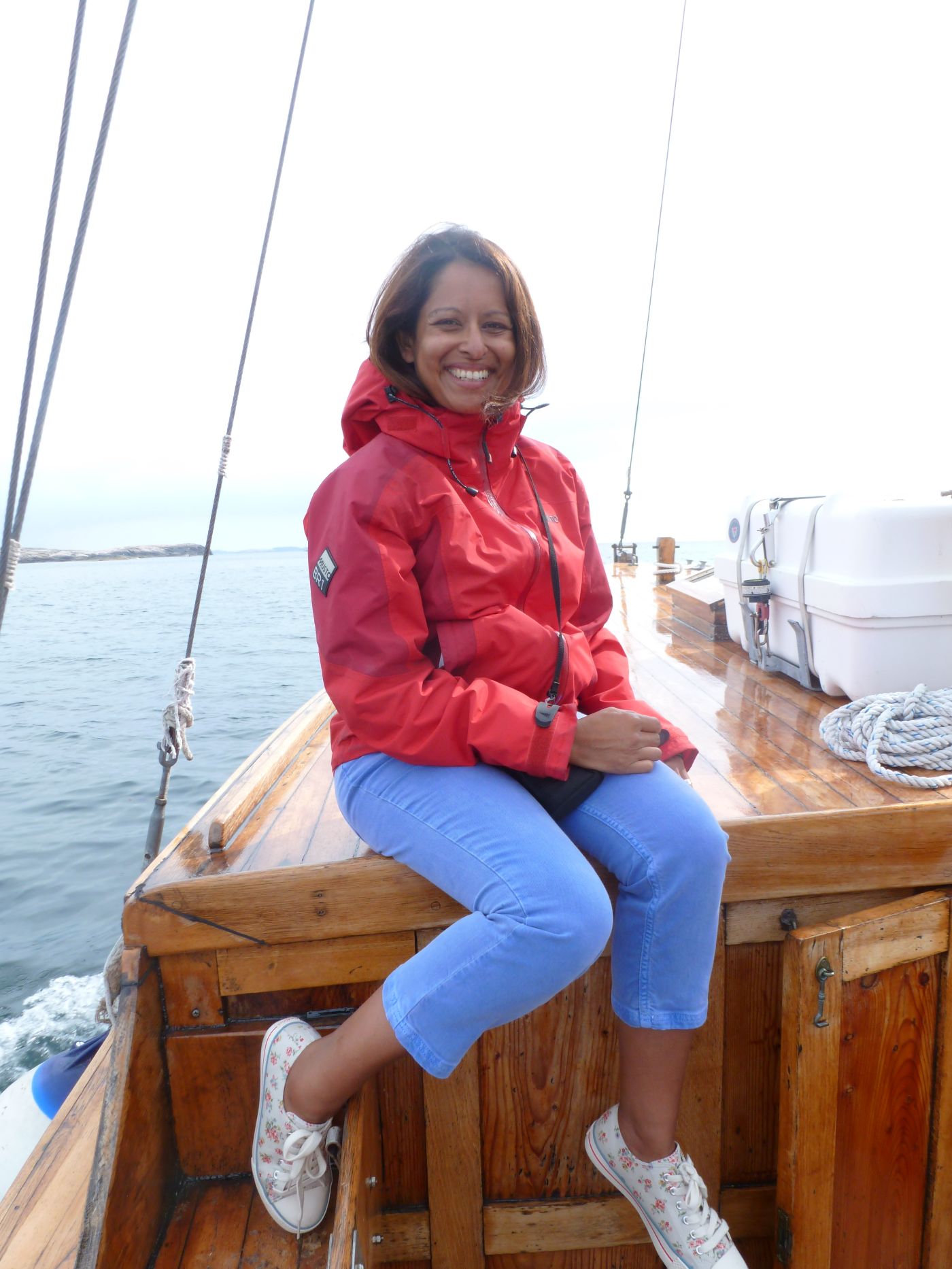
Jini Reddy is an author and freelance journalist. Her new book Wanderland (Bloomsbury) was published at the end of April. Her first, Wild Times (Bradt), came out in 2016. She was also a contributor to Winter (Elliot & Thompson). Wimbledon- based, Jini was born in London to Indian parents who grew up in South Africa, and was raised in Montreal, Canada. She has a passion for writing on travel, (and more eco-spiritual) nature and spirituality– and her byline has appeared variously in The Guardian, The Independent and the ipaper, The Times, Sunday and Daily Telegraph, Sunday Times Style, The Financial Times, TIME, National Geographic Traveller, BBC Wildlife, Resurgence & The Ecologist and other publications.
Twitter: @Jini_Reddy Instagram: @jinireddy20
By Alice Starmore, with photography by Jade Starmore
Isle of Lewis
August 2020
There is wonder to behold on my Hebridean doorstep and I am constantly drawn to nature, from macro to microscopic. I select a subject, focus on it, and then let my imagination and my knowledge and understanding of the medium work it into a complete design.
The Celtic culture in which I was born and brought up has influenced and shaped me profoundly. Being bilingual has given me two windows on the world, each one rich in art, music, poetry and story, and these always affect me and shape my work both consciously and unconsciously.
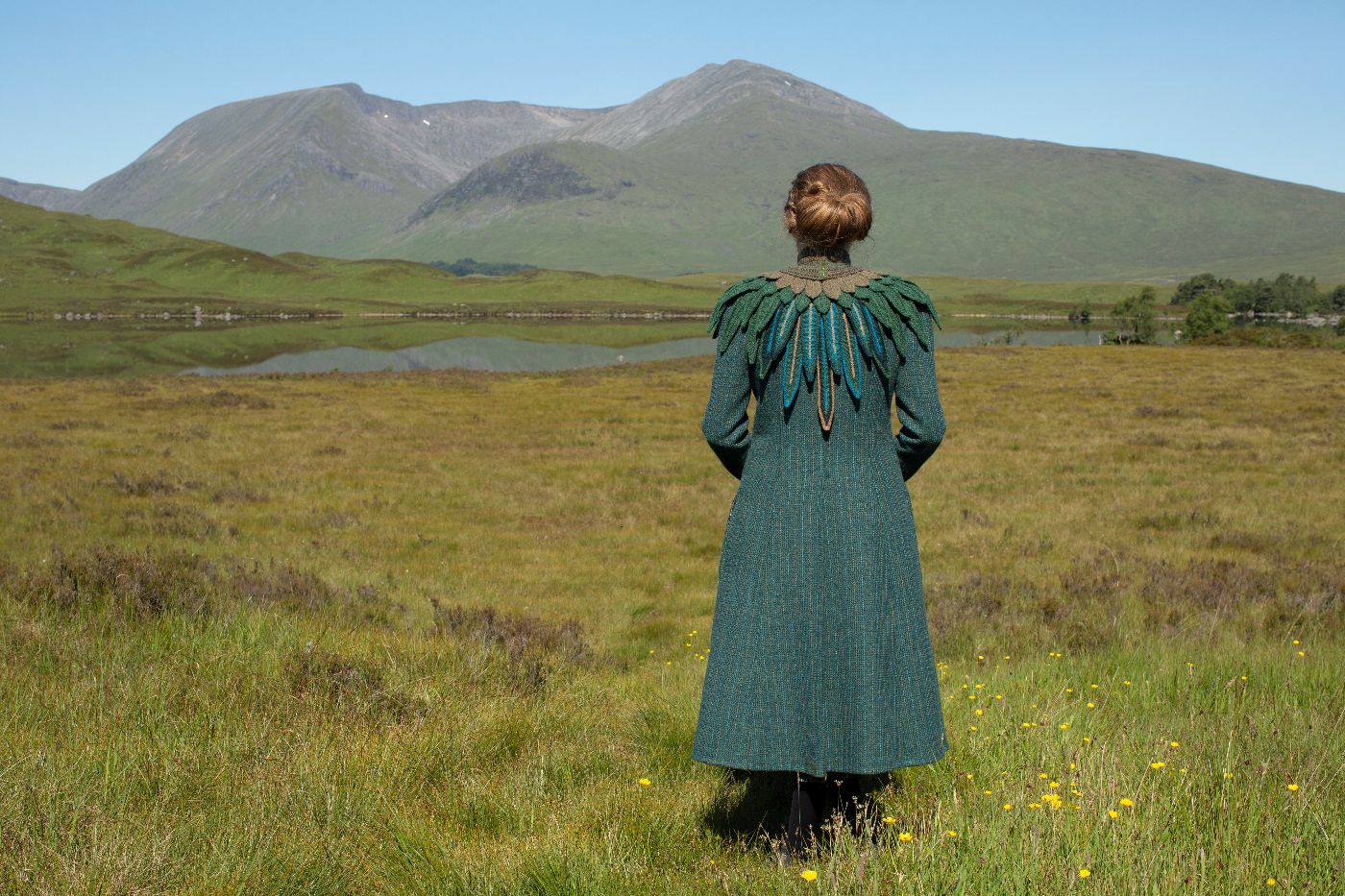
GLAMOURIE (Calla Editions, 2018) is a recent example of work physically and culturally rooted in the Hebrides. This book was the result of an exciting collaboration with my daughter Jade who is a photographer, textile designer, stylist, writer and illustrator.
Though we generally work on our textile designs separately, we work together to create the content of our books and collaborate on every aspect of their appearance, from photography to artwork and graphic design.
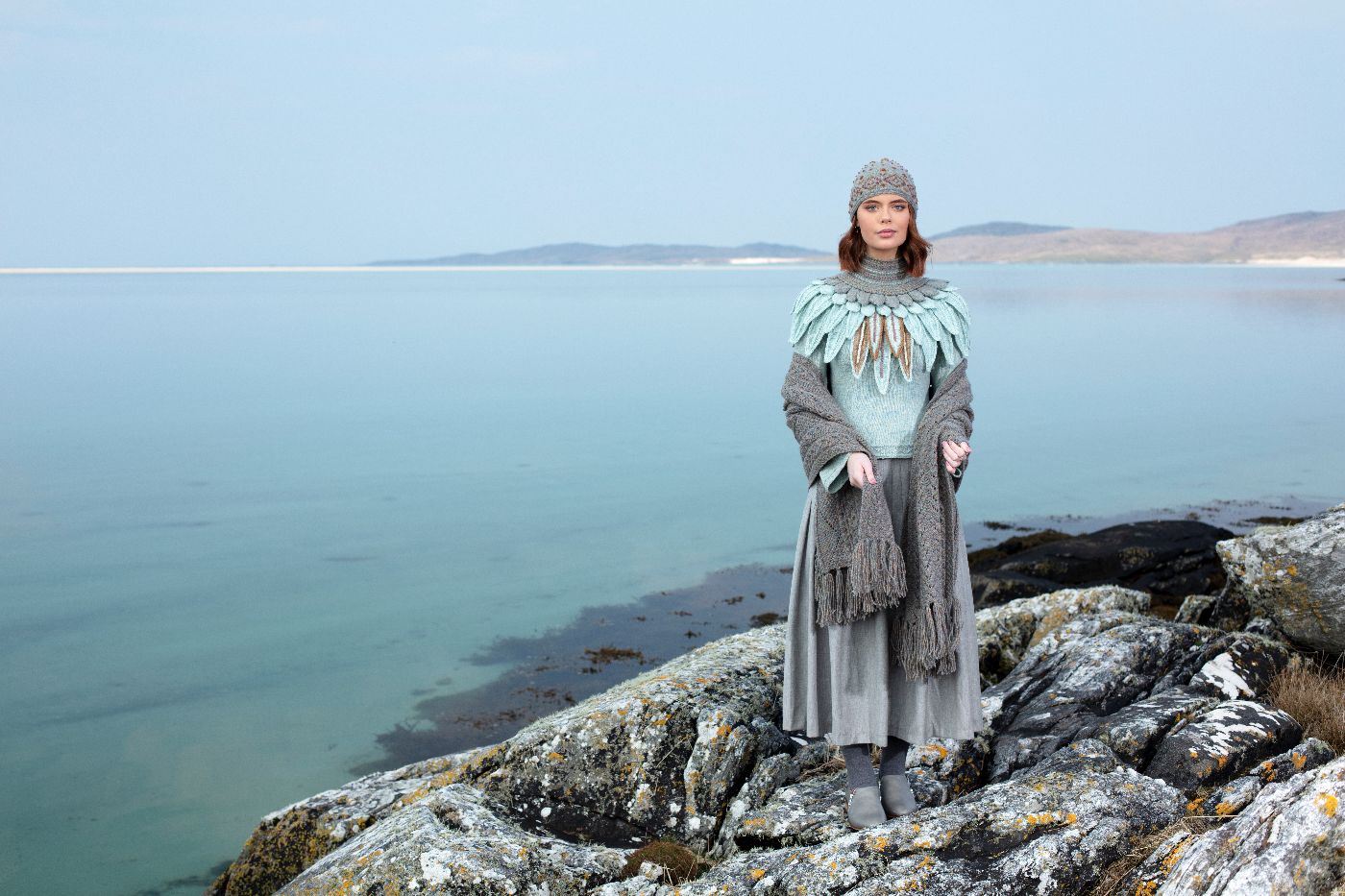
Storytelling is a rich tradition in the Outer Hebrides – often the teller takes the grain of a legend and spins it into an entirely new and surprising tale – and so Jade took this approach when she wrote fairy stories for Glamourie. My brief was to illustrate them with elaborate hand-knitted costumes. The characters in Jade’s shape-shifting stories were based on the wildlife which surrounds us and so both story and observation of the creatures themselves were my inspiration. These were powerful sources and so I made only the lightest of sketches before invoking the glamourie of knitting – shifting a single thread into clear space to create any shape my source suggested.
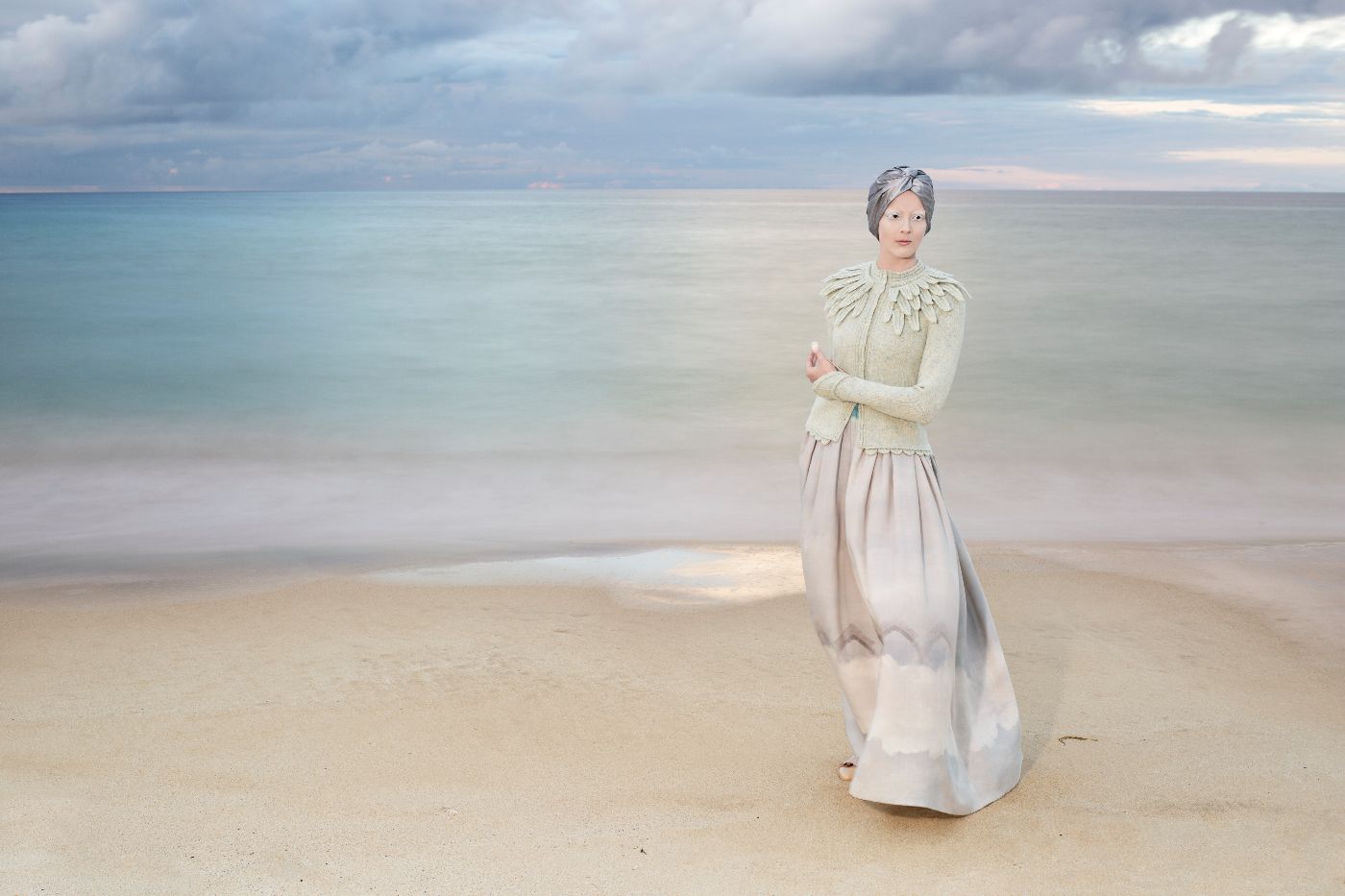
Jade’s story The Raven was the perfect starting point for me. It seemed right to begin with the wild creatures I share my croft with, and so I found myself devising methods to convey a raven’s blue-black, bristling throat feathers in knitting. Perhaps, subconsciously, I wanted to begin with something that was connected to some form of communication. From there I went on to build the upper body, beginning from the centre back vertical panel and working shapes to form the back. Once I had constructed the core, I set to thinking how I would convey the plumage.
"...Throughout the night the Raven shed tears which turned into black stones and covered the body of her friend until nothing more of her could be seen. By the time the pale morning sun had crept into the sky the Raven had shed her last stoney tear, and her feathers — and those of all her descendants — had taken on the colours of midnight.
And from that day to this she has lived on the edges of the lands of men, watchfully keeping her distance while diligently collecting their stories and lore. My kinfolk talk of fios a fiteach — the wisdom of the Raven — and there is truth in this, for she keeps the knowledge of men alive in her boundless memory long after their spirits have taken the dark and mysterious pathways beyond the realm of day..."
Watching ravens diligently preening is a lesson in identifying all the different components of their plumage. I created shapes that would convey their complexity and along with this I wanted the construction to allow a sense of motion so that both the air and the movement of the dancer who was to model it, would echo the shapes cast by the bird both when flying and in repose. So it became all about knitting individual feather shapes and then knitting them together into the silhouette. This was a major task that took five months and after I completed the costume I calculated that I had cast on a total of 17,963 stitches. I felt satisfied that I had honoured the ravens by working as hard and diligently as they do themselves.
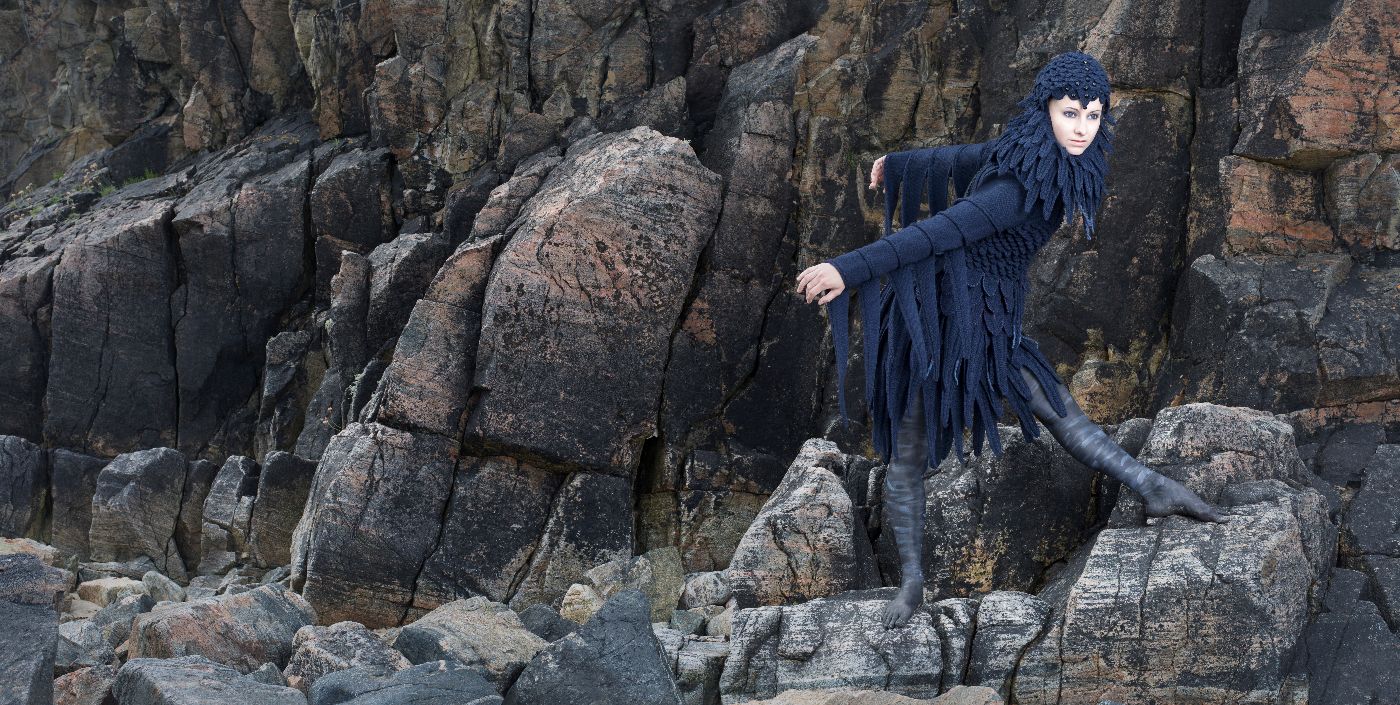
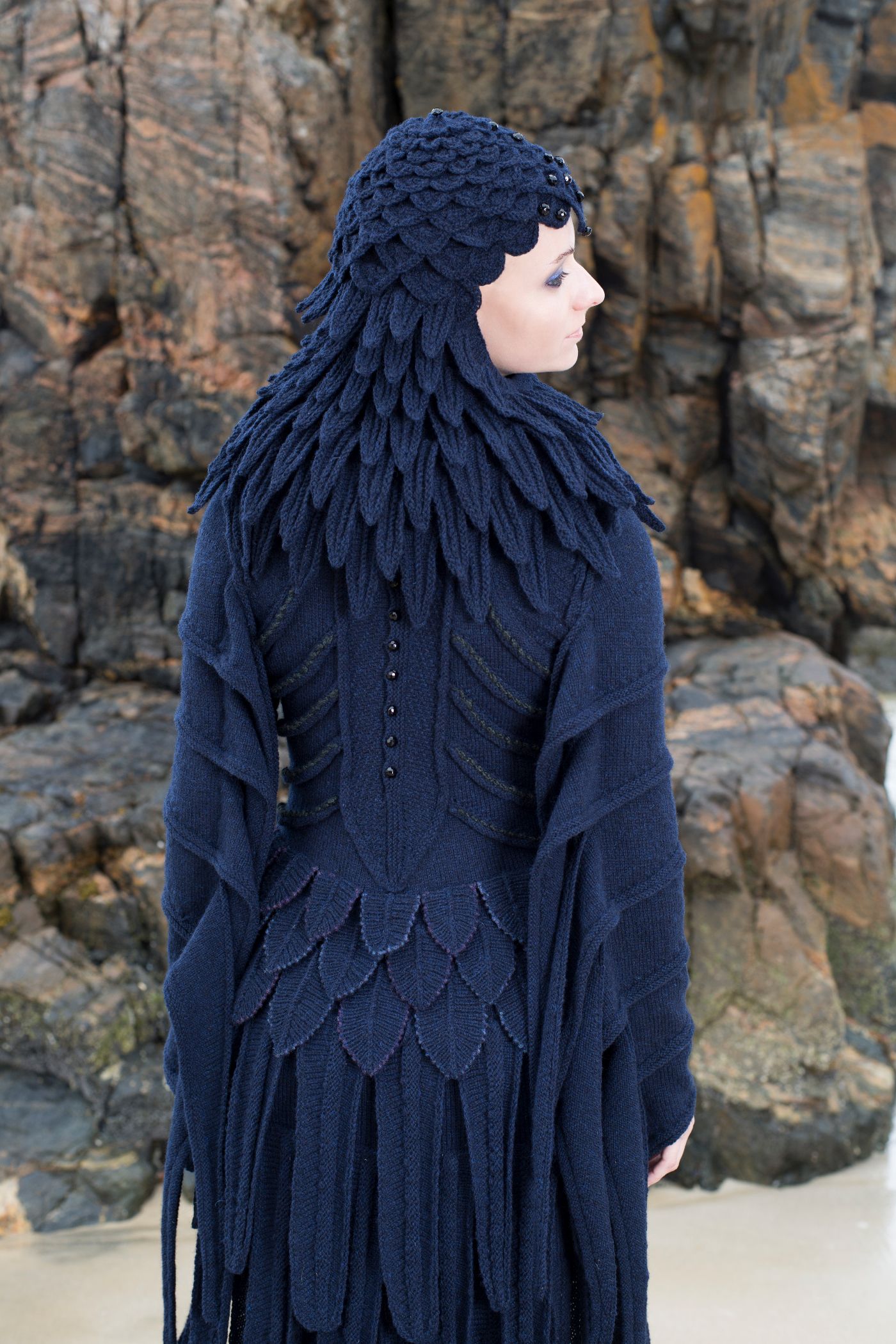
The plan for the book was to use elements of each costume to create a commercial design so that knitters would not only have the instructions to make the designs exactly as shown, but would also have these essential elements to play with, shape-shifting them as little or as much as they pleased.
The hardest part for me proved to be only having space in the book to create one design from each costume, for the possibilities kept spiraling off in fractal fashion. The various collars that Jade and I created after the book was published illustrate how the design instructions can be used to create further feathery works.
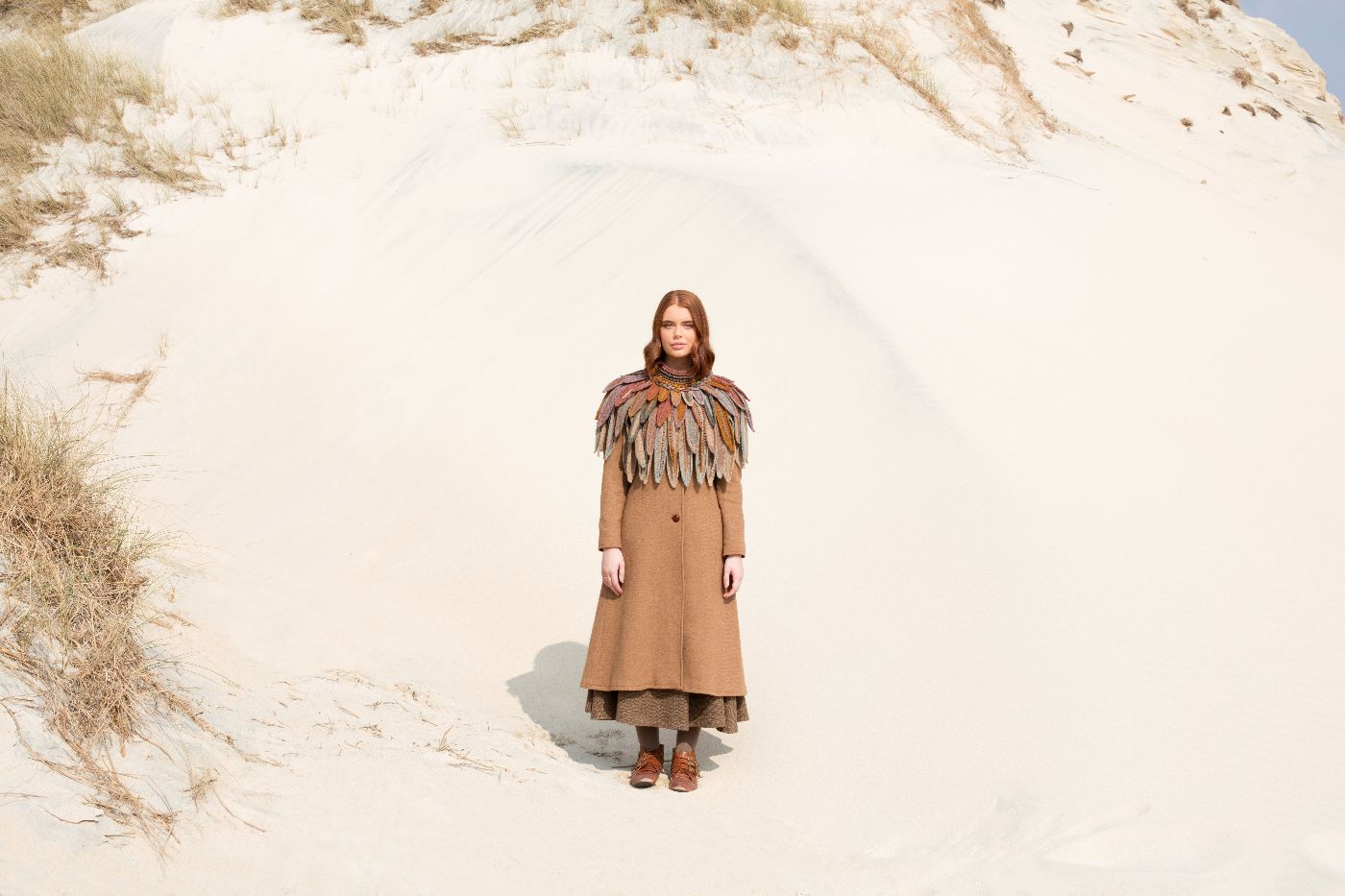
The collars proved to be of huge interest to many people around the world who had never tried knitting and so I provided full instructions for making the Lapwing collar. Jade filmed me making one from start to finish.
In this way my ultimate aim was achieved – to inspire people the world over to learn and enjoy the wonderful glamourie of knitting.
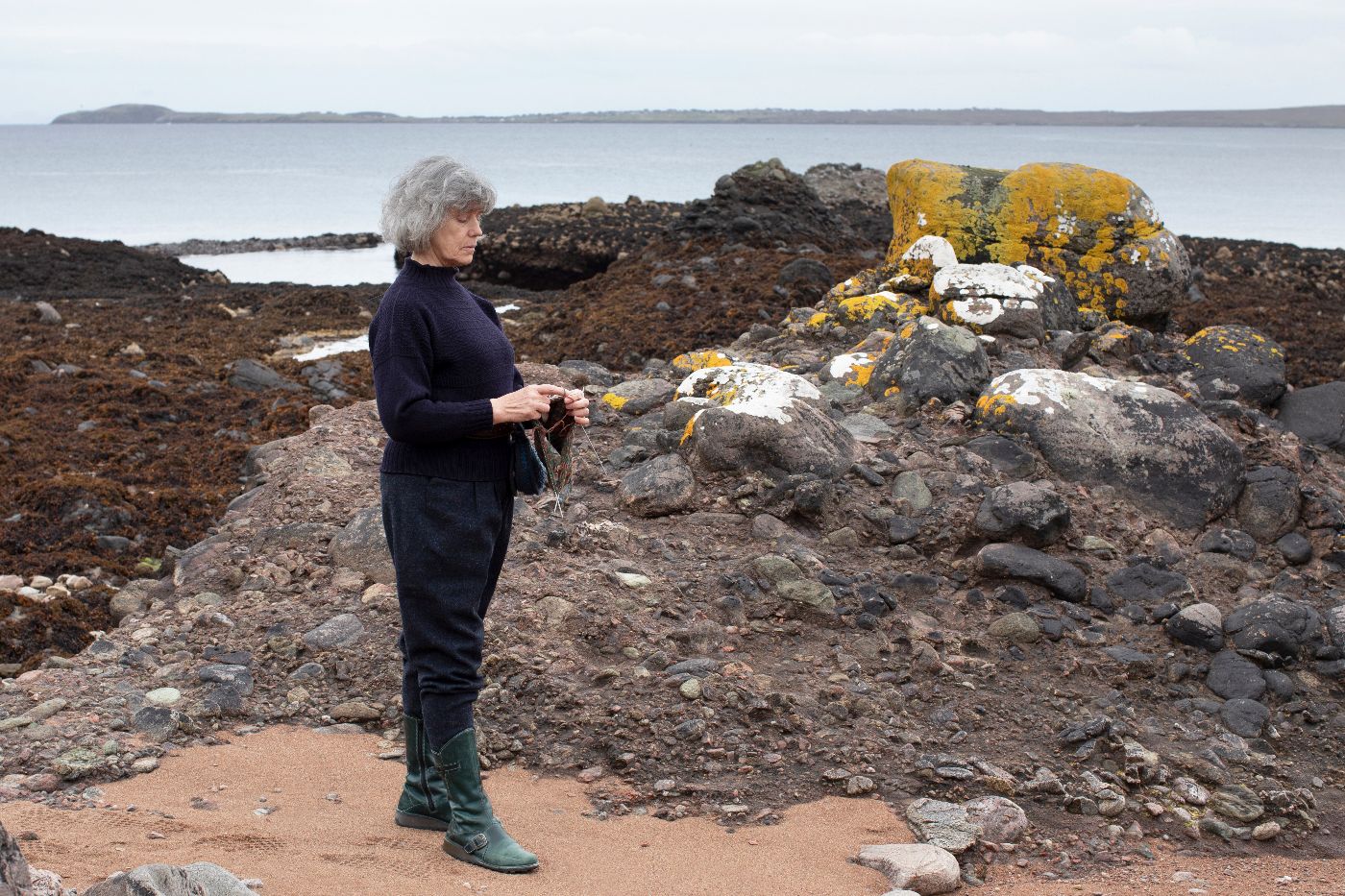
Pattern, colour, texture and words – these are the elements I have worked with for forty years as a professional designer, author, artist and lecturer. A large part of my work is in the commercial field, producing designs in knitting for the enjoyment of knitters throughout the world. My work in this sphere is mostly thematic, drawn from eclectic subjects with strong story lines, so I am essentially a narrator using design and words. I have travelled extensively and established a worldwide reputation, but I have always remained based on the Hebridean Isle of Lewis where I was born and brought up: where the land, sea, skyscapes and wildlife are often the foundation of my ideas.
By Kathryn Aalto
Devon
July 2020
Not long ago I stood like a candle in the window of a white New England church-meetinghouse. Below me was the town common. I watched people saunter across paths in the dappled light of a September evening, collecting my thoughts before giving a talk on my last book, The Natural World of Winnie-the-Pooh.
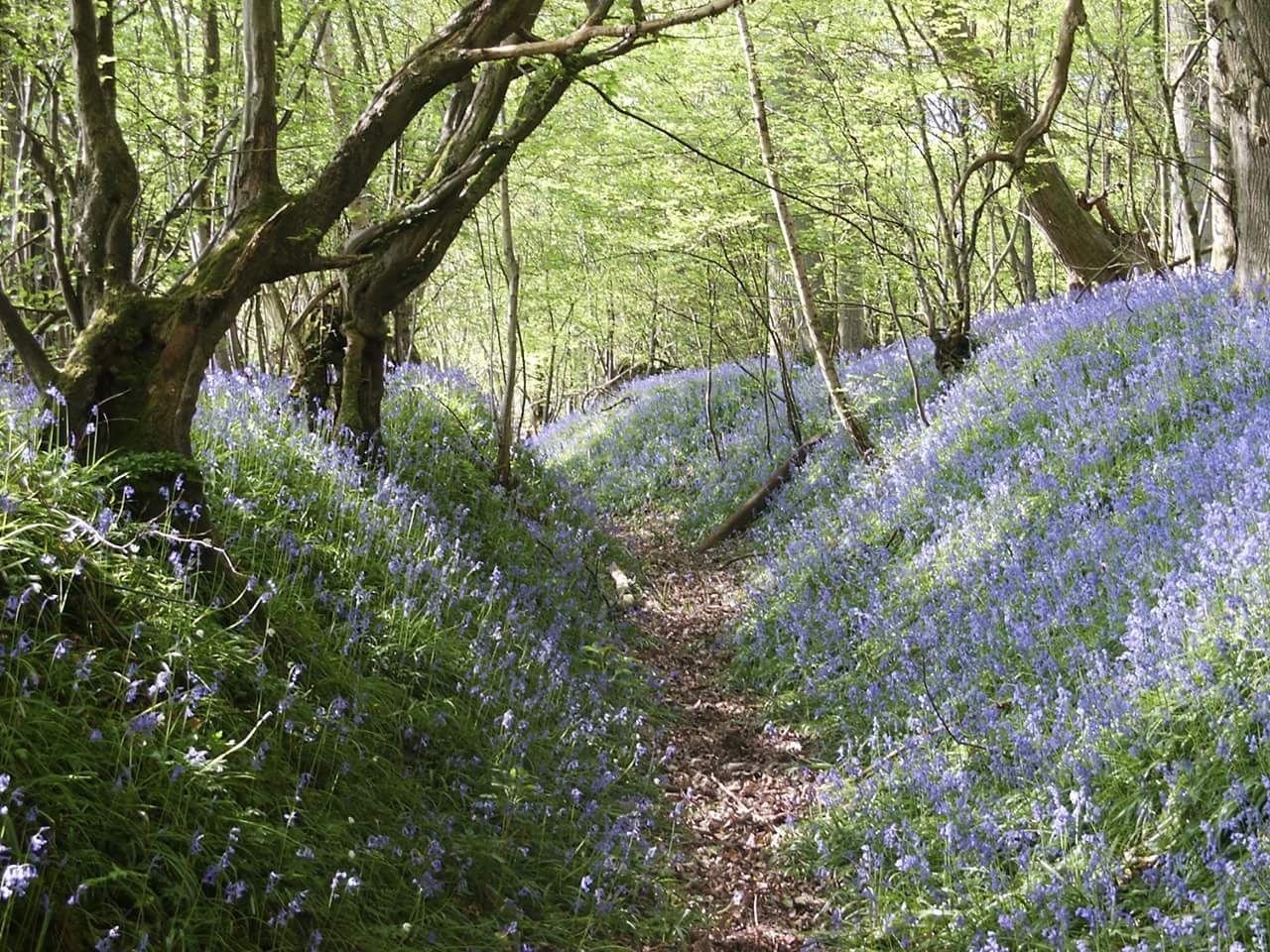
That evening, I talked about the flora and fauna of Ashdown Forest, the makings of a classic, and the changing nature of childhood. People laughed. People cried. People asked a lot of questions during the Q&A. But what has stayed with me a very long time was the last question of the evening. I had seen a man walking with languor in an elegant three-piece suit across the common.
Raising his hand, he asked in a ponderous Carl Sagan voice while spacing his words apart like white shirts on a clothesline, “When you walk in England,” he asked in a ponderous Carl Sagan voice, spacing his words apart like white shirts on a clothesline, “What happens to you?”
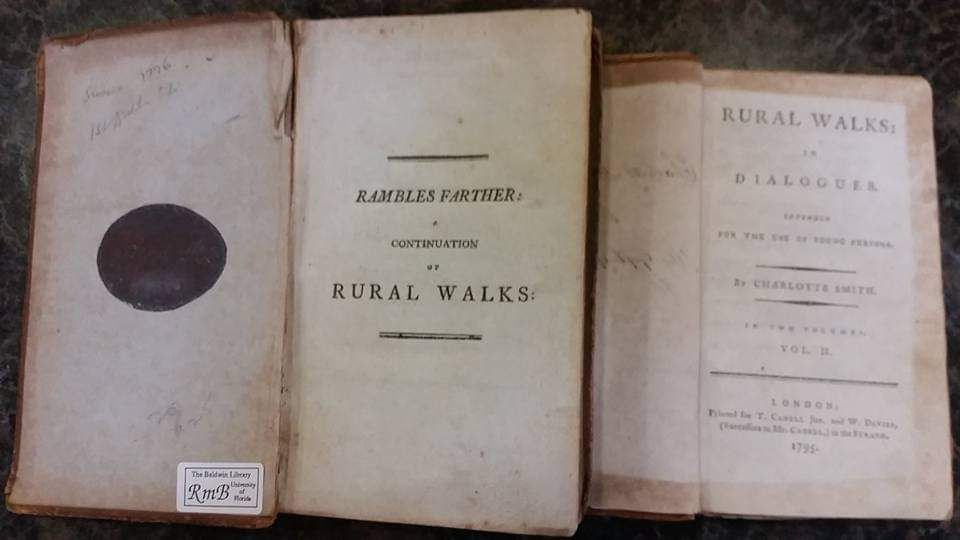
What happens when I walk?
Wait. Pardon? What?
His question was so simple yet so audacious that I free-fall from the podium back onto one foot. A photographer sends me an image a week later of the moment: I am glistening and quivering like an aspen try to regain my composure.
“Well, I, I … What happens to me is … I …”
Words escaped me and this is unusual as I am a professional writer and public speaker accustomed to impromptu answers, but the question was so intimate and so profound—better suited, I would come to understand, as pillow talk or a quiet conversation in the corner of a wine bar. I felt stripped bare in front of a hundred people as I struggled and failed to find the words.
Growing up saturated in the romance and myth of American West—a landscape of barbed wire fences and concrete highways for cars—the freedom of a walk felt illusory. But moving to Great Britain has felt different.
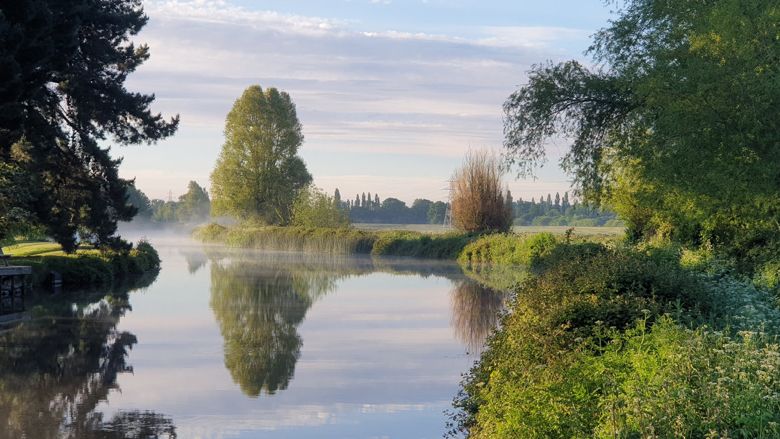
The ancient network of public footpaths allows me to move unencumbered and free of worry. In England, where I have lived for thirteen years, the ramble, the through-hike, and the literary pilgrimage are delicious pastime protected by “Right to Roam” laws. My strong desire to stride is quenched. A rucksack on my back, one foot in front of the other with—I stride and run.
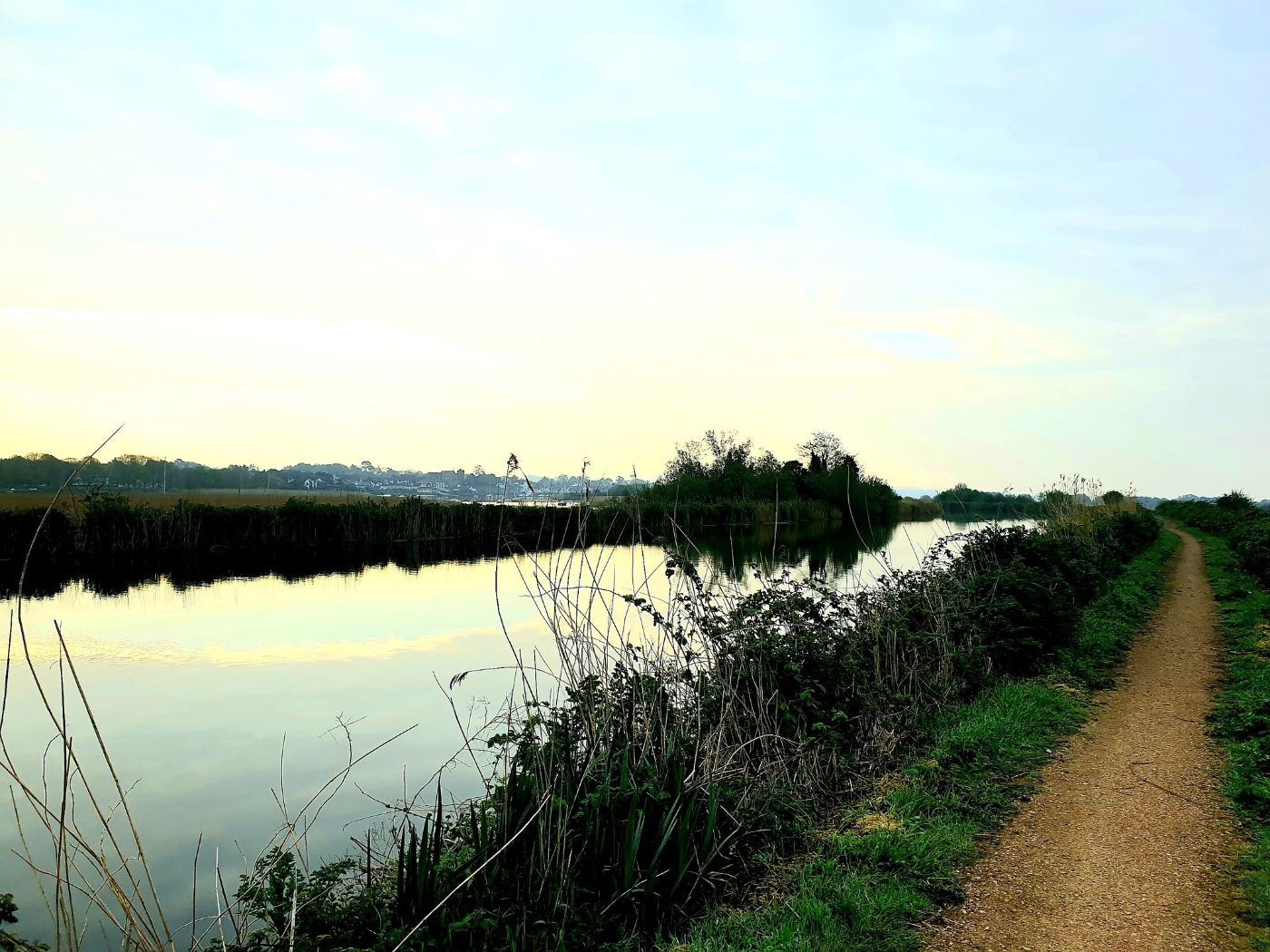
It would take and year and a book to answer him. Writing Wild: Women Poets, Ramblers, and Mavericks Who Shape How We See the Natural World is my response.
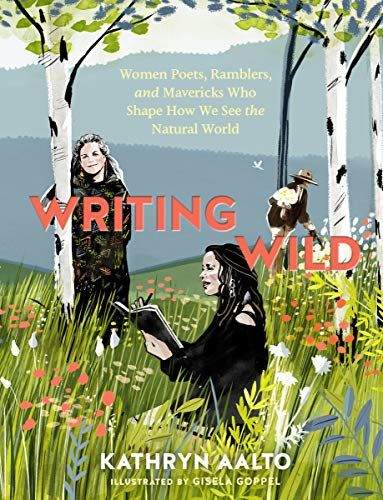
The book celebrates 25 women whose influential nature writing helps deepen our connection to and understanding of the natural world. They are all walkers. Walking begins a complex interaction with ourselves, the natural world around us, and great questions of life such as how best ot live in this world. The women in Writing Wild are inspiring wordsmiths, scholars, spiritual seekers, conservationists, scientists, novelists and explorers. They defy easy categorization yet share a bold authenticity that makes their work both distinct and universal.
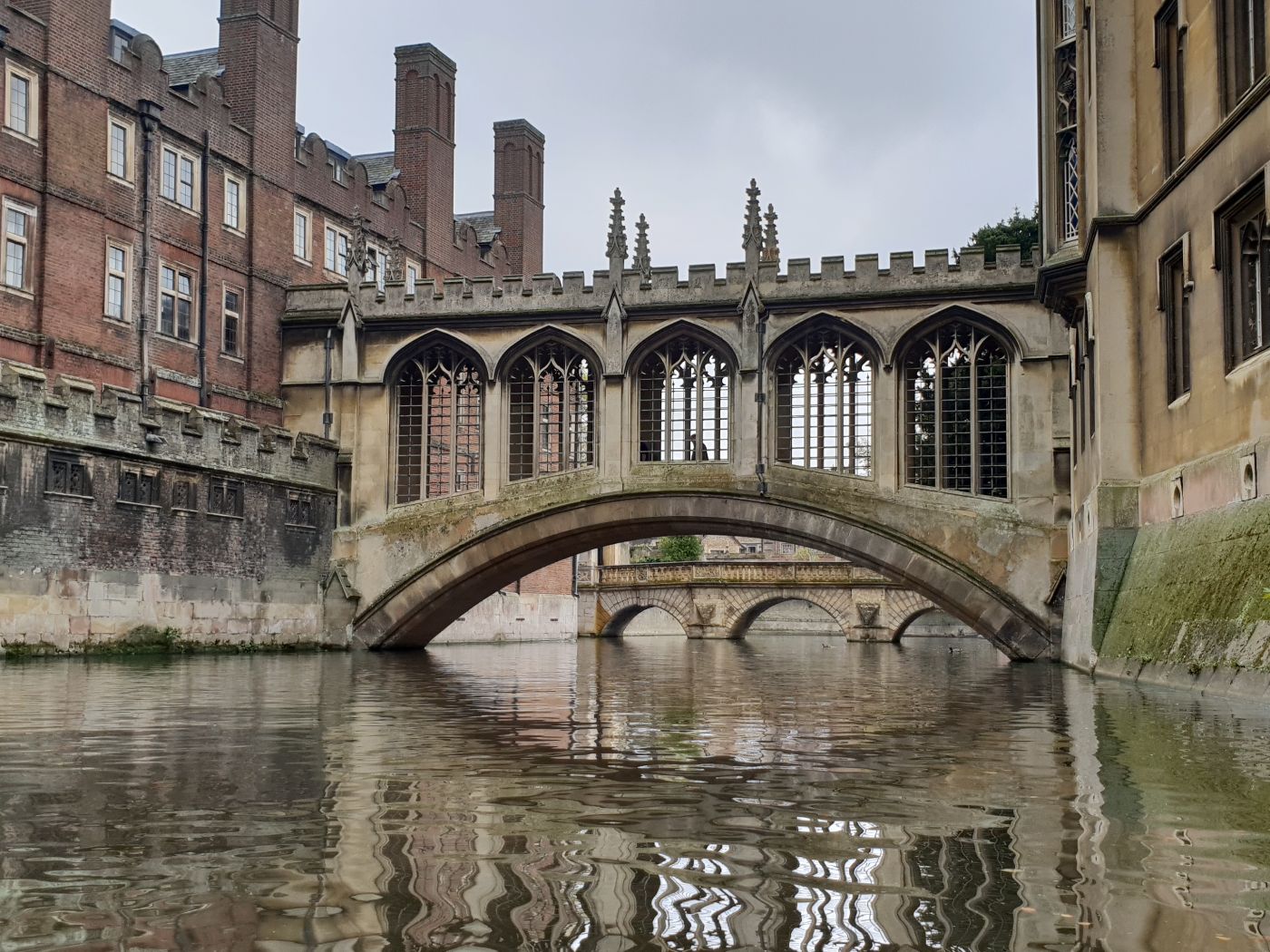
Part travel essay, literary biography, and cultural history, Writing Wild is a first-person ramble into the lives, literature, landscapes, and legacies of extraordinary writers who shape how we read our world. It hopefully will encourage a new generation of women to pick up their pens, head outdoors, and start writing wild. I walk in their footsteps and bring the reader to the places that inspired their thinking and writing.
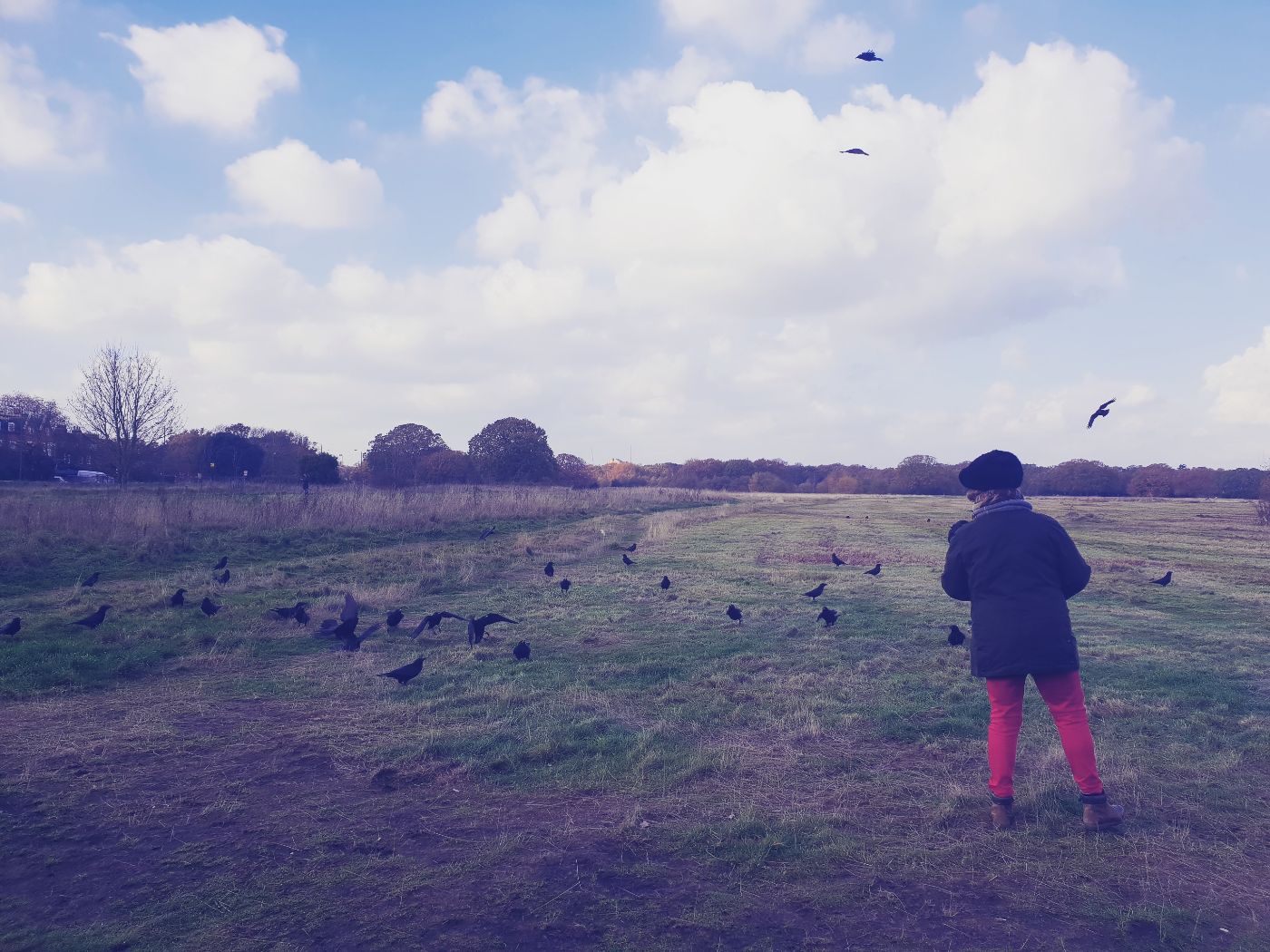
I feature a range of writers that bookend the Industrial Revolution—from diarist, poet, and fantastic walker Dorothy Wordsworth who inspired her brother, the Romantic poet William Wordsworth to Elizabeth Rush whose 2017 Pulitzer Prize-nominated book, Rising: Dispatches from the New American Shore, shows a woman in full possession of herself and her the effects of economic systems on climate systems.
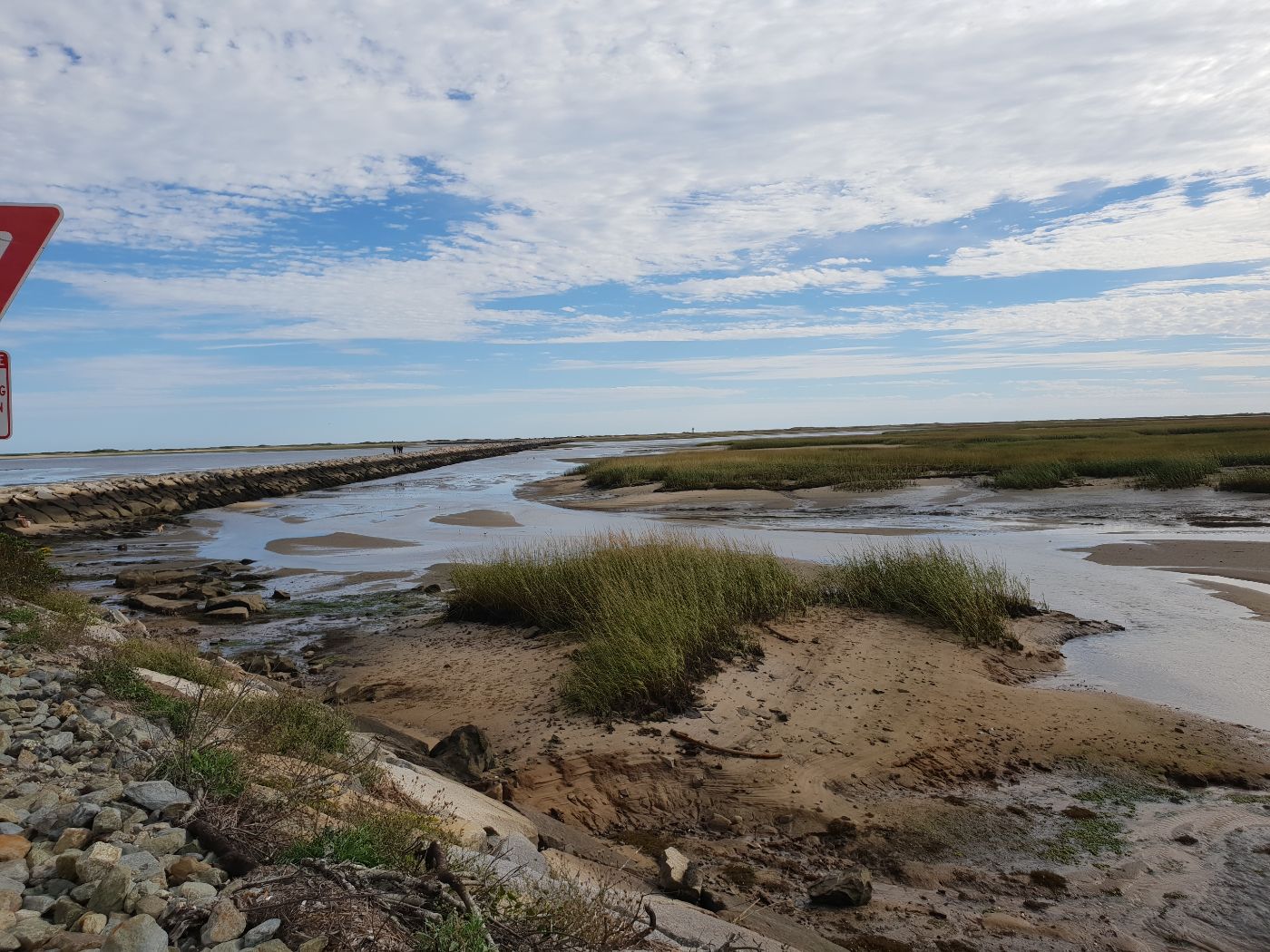
In between these writers are diverse inspiring women whose writing has long deepened my understanding—and hopefully yours—of race, space, gender, spirit, science, nature, and history and so much more. These include Susan Fenimore Cooper, author of the 1850 book Rural Hours, America’s first book of nature writing and by a woman. Vita Sackville-West was a gender-bending sapphic rebel whose award-winning poetry should be revived. Carolyn Merchant’s revolutionary 1986 book The Death of Nature will change you. Carolyn Finney’s book, Black Faces, White Spaces will shape your understanding of the intersection of race and space.
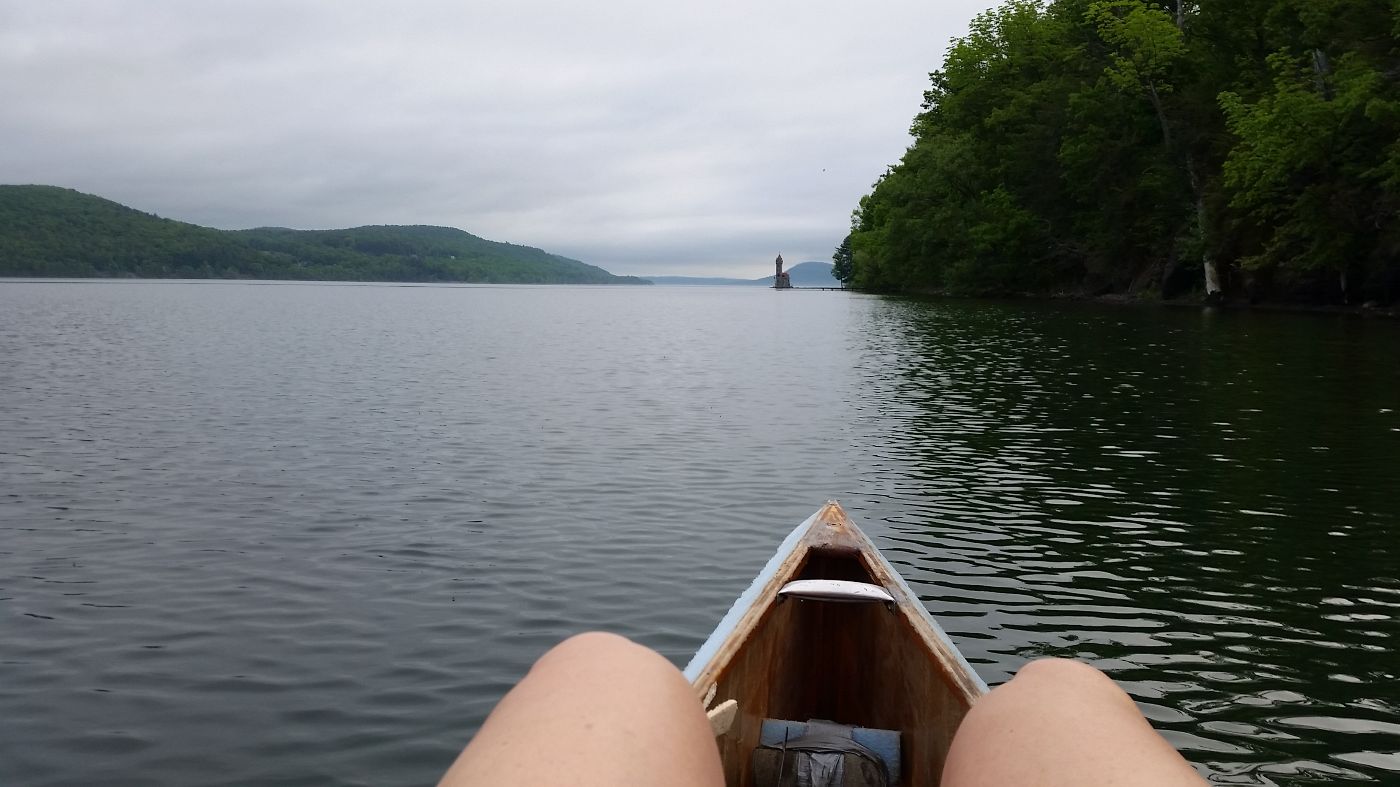
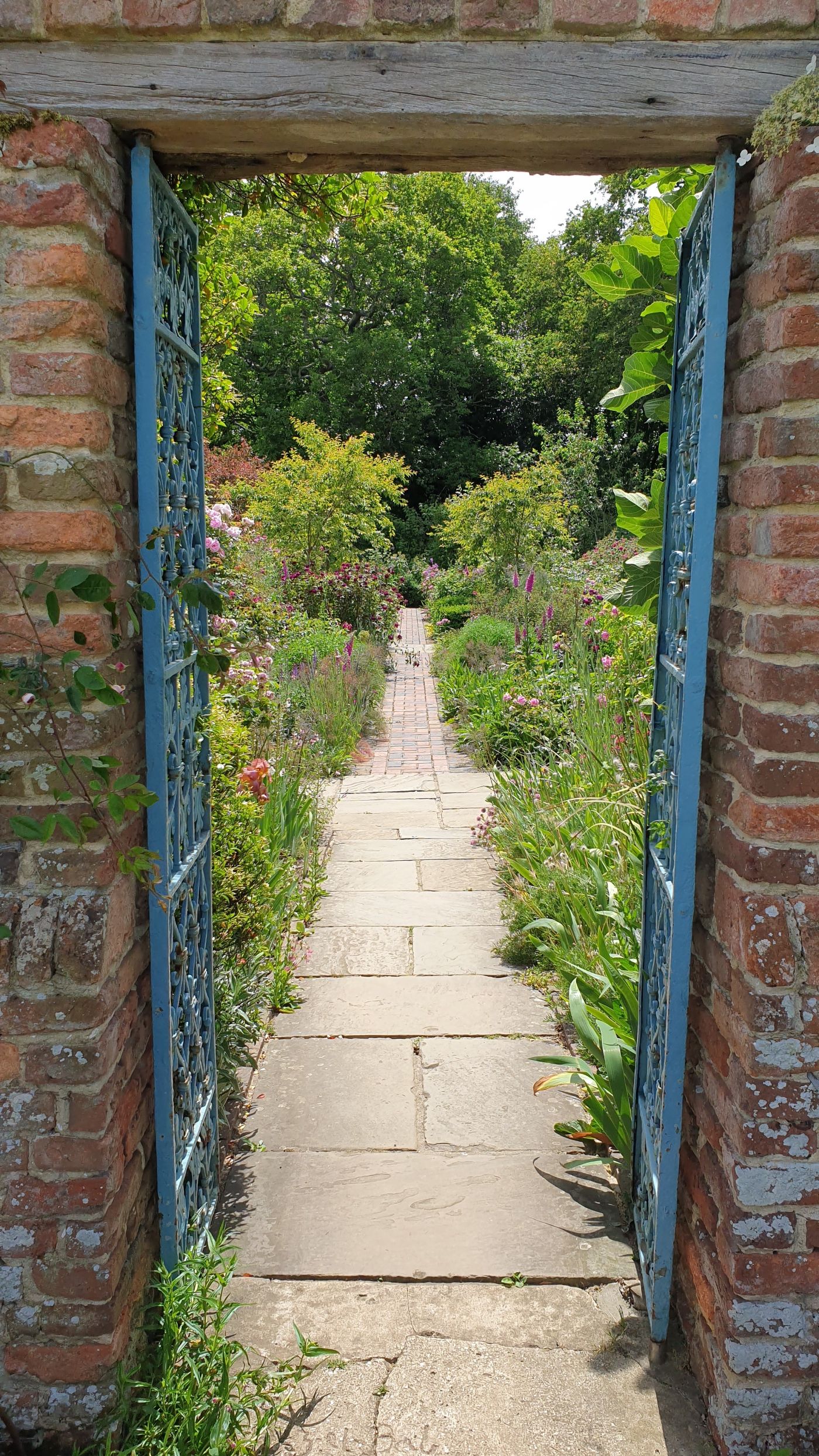
But back to that question...
....How does walking in England make me feel?
With my mind, body, and spirit moving and combining with the landscape, history, people who have walked before me, it makes me feel more alive than anywhere I have lived.
In the words of Robyn Davidson,
“As we've lost this idea of pilgrimage, we've lost this idea of human beings walking for a very, very long time. It does change you.”
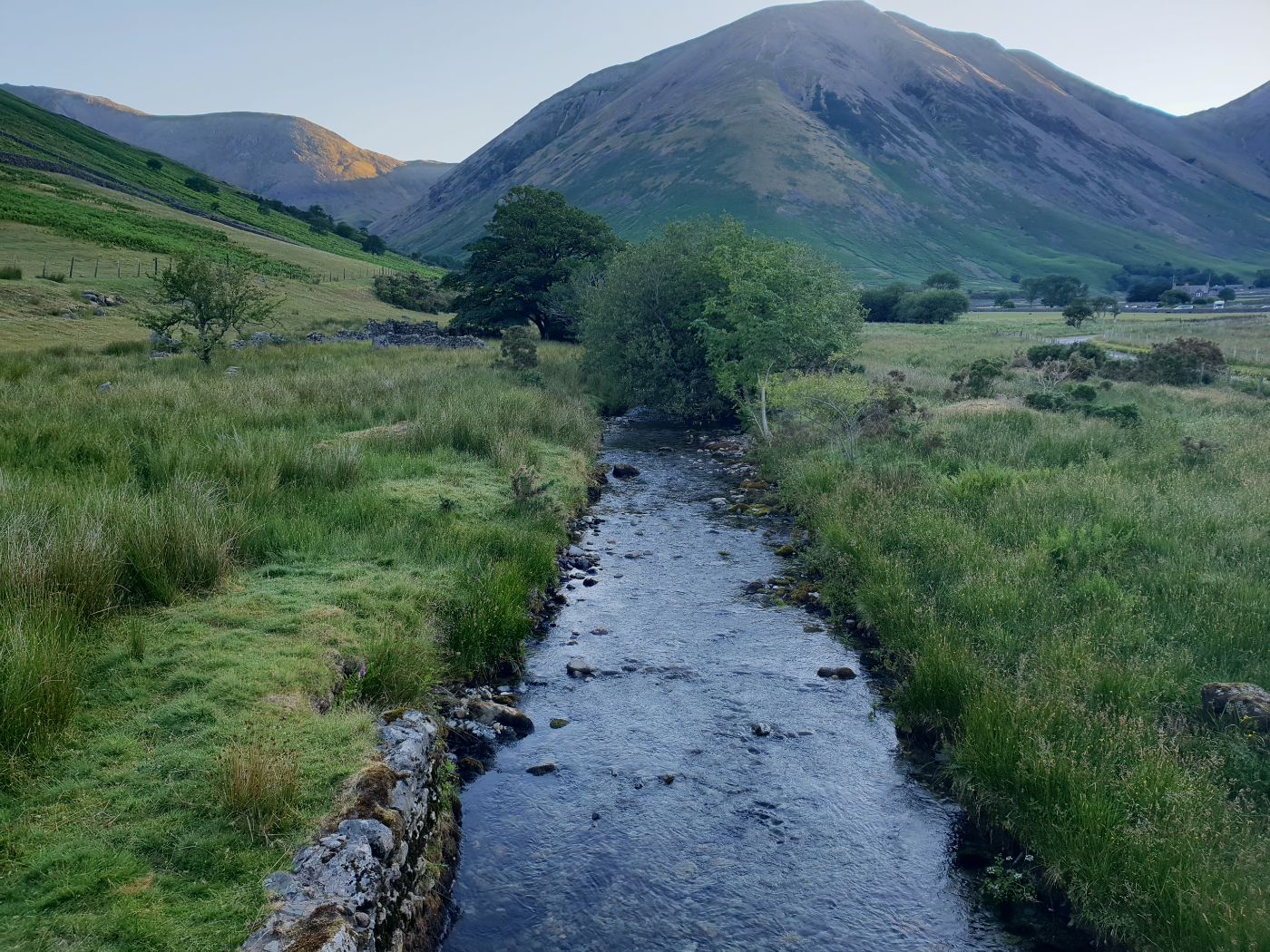
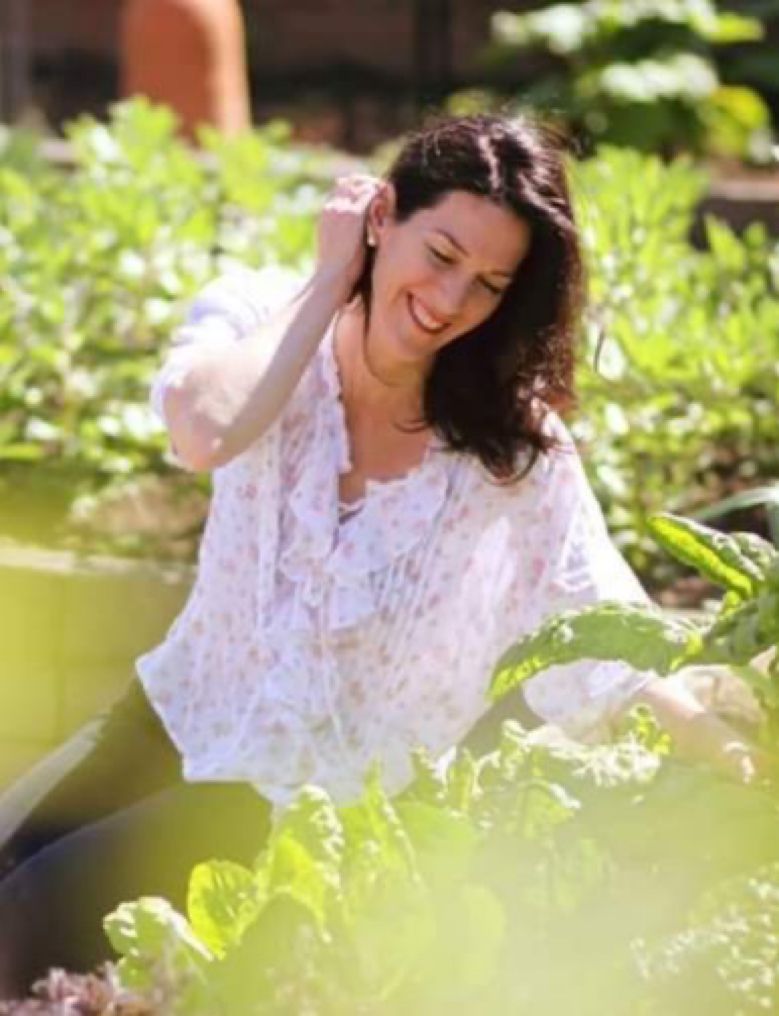
Kathryn Aalto is a Californian landscape historian, garden designer, and best-selling author living in England. For the past twenty-five years, her creative practice has fused nature and culture: teaching the literature of nature and place, designing artful and sustainable gardens, and writing about the natural world. She has a Masters degrees in both Garden History and Creative Nonfiction and a Bachelors in English from Berkeley. She is a graduate of the London College of Garden Design.
Kathryn travels widely as a keynote speaker throughout North America and Britain. She is the author of three books including The New York Times bestseller, The Natural World of Winnie-the-Pooh: A Walk Through the Forest that Inspired the Hundred Acre Wood (2015) and Nature and Human Intervention (2011). Her third book is Writing Wild: Women Poets, Ramblers, and Mavericks Women Who Shape How We See the Natural World (Timber Press, June 2020). Her essays have appeared in Smithsonian Magazine, Outside, Sierra, and more. She is currently working on her fourth book.
Kathryn is co-founder of The Rural Writing Institute with James Rebanks in the Lake District. She is a dedicated mentor to emerging writers of narrative nonfiction and lectures in garden media communications.
“"An exciting, expert, and invaluable group portrait of seminal women writers enriching a genre crucial to our future."
— Booklist, American Library Association
By Jo Sweeting
East Sussex
June 2020
I carve the land I walk on, sculpt the chalk and limestone that is the very bedrock of this island where I was born and haven’t left in twenty five years.The South Country and its chalk downscape is heart-ground and place of my belonging.
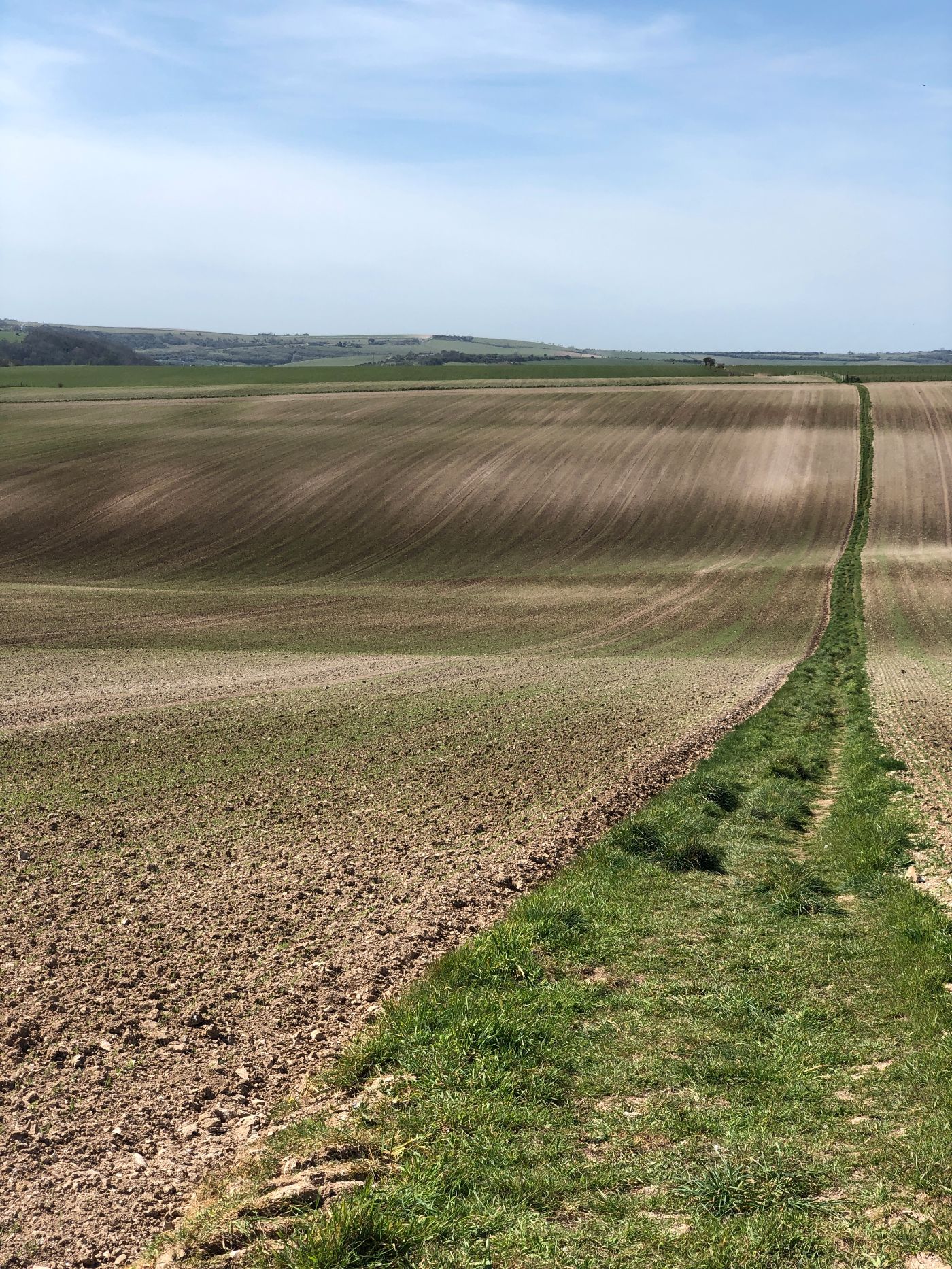
Early grief left me unable to travel and so I have walked and returned over and over to the same places. This is not something I mourn. Nor would I consider it confining. I refer to myself often as ‘three mile radius girl’, although that is an exaggeration of my limits. Apart from the southern downs I have also revisited North Devon for twenty five years and consider it my sanctuary, a nest forged with memory and time. I note the specifics, the essence of the places I inhabit. I know them to the core.
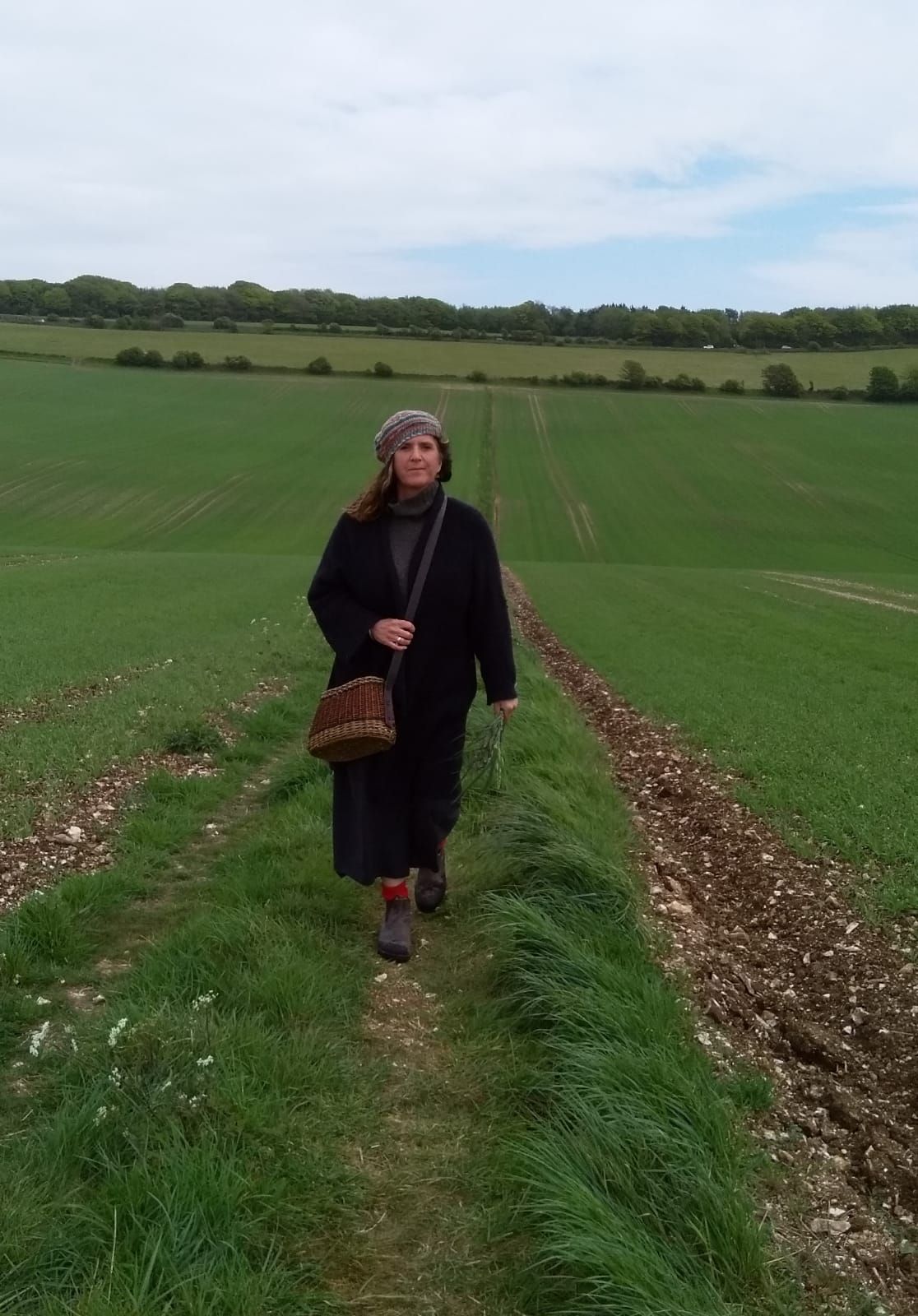
My daily rituals are walking and carving. Writing and printing. The making of responses to the familiar and often tiny non-human specimens that I find in the fields. Temporary and transient. Note them now or they are gone. The changing rhythm of the seasons are fluid. There is no ending or hiatus between the end and a beginning here.
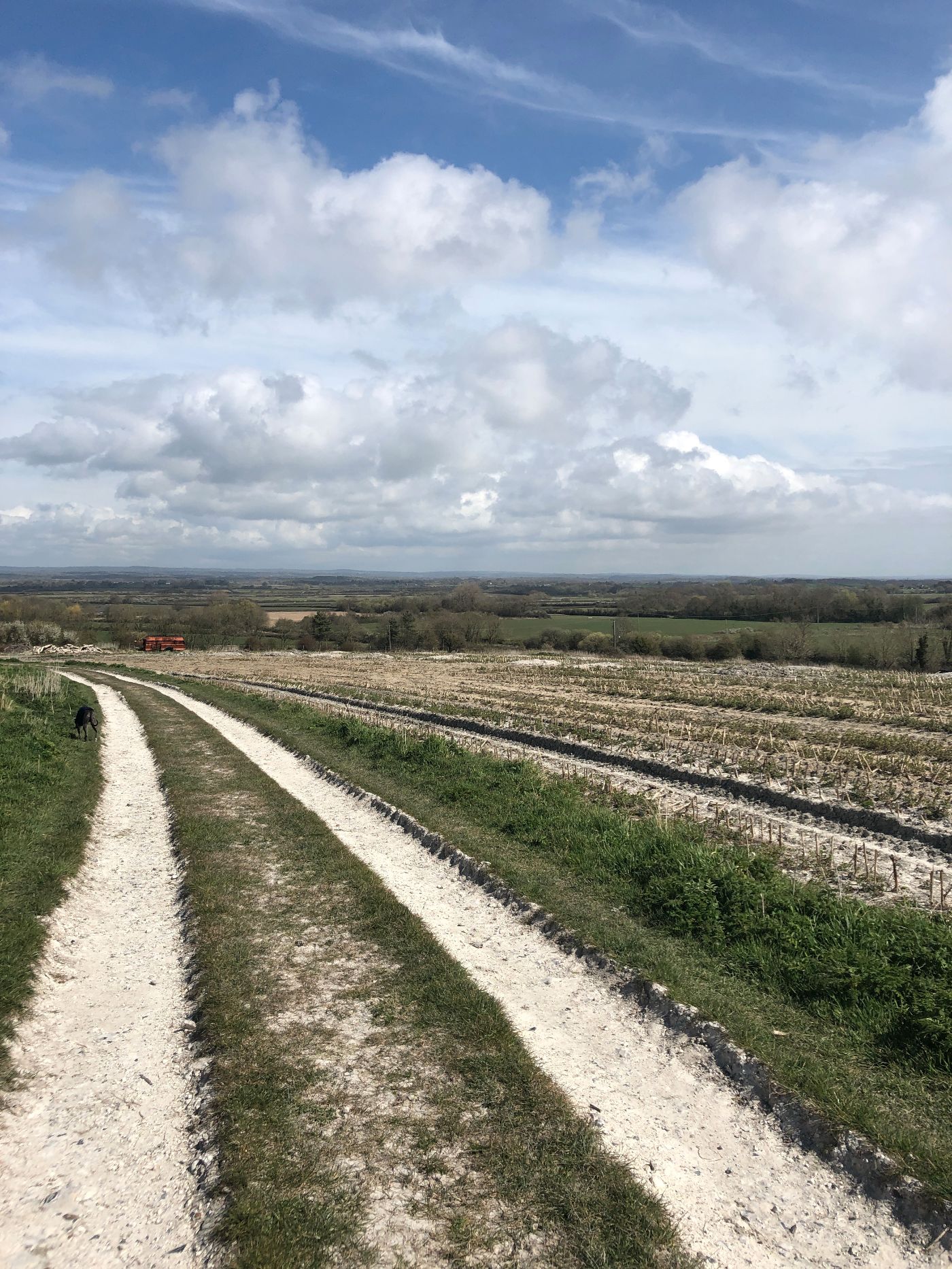
I am now an island. As truly we all know we are. Self-Islands. For many this experience in the time of Covid19 is a harrowing one , not only because of the fear of illness but because of the fear of being alone. In welsh ‘Hunan Ynysu’ or Italian ‘Insula’ are words that echo space and solitude. A quiet time. Slow-time.
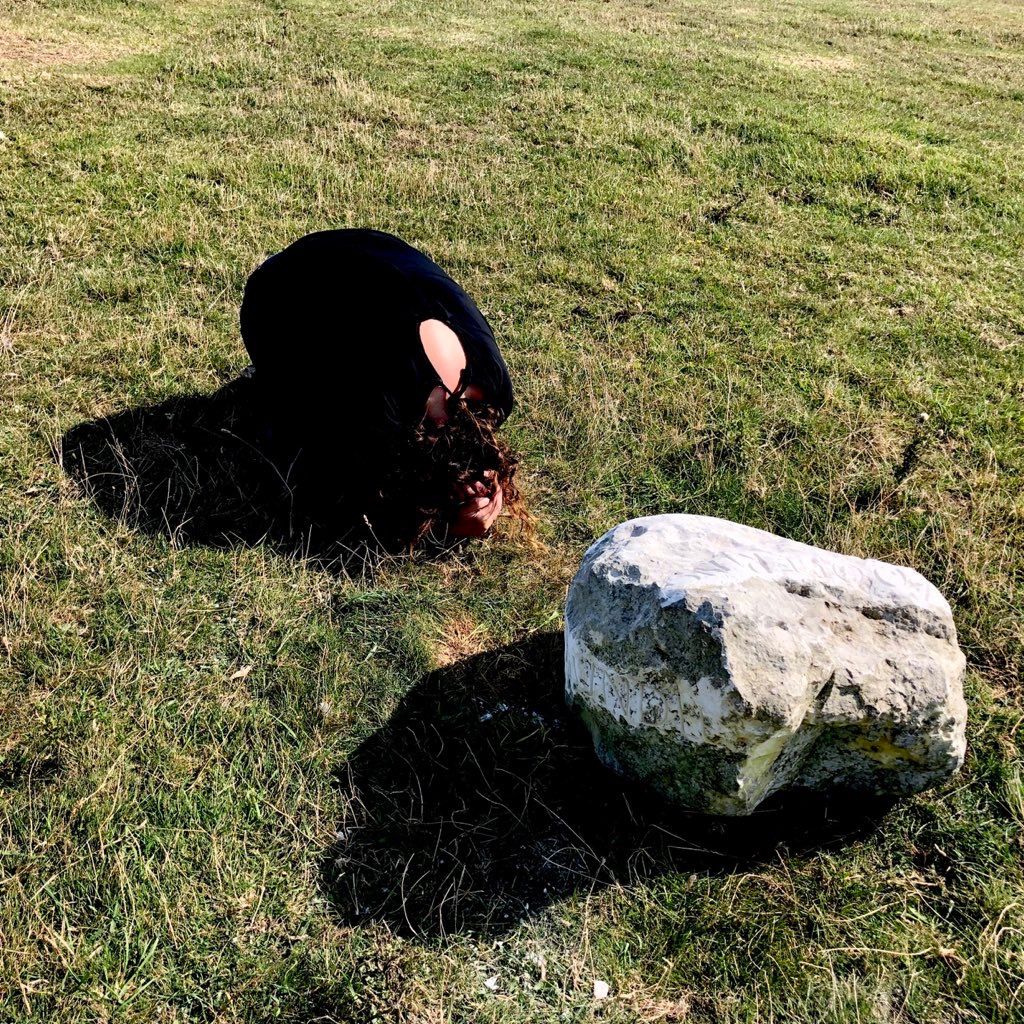
For many who live their lives amidst busy townscapes and crowded offices, theatres and stadia this is frightening. I fear being crowded and having to perform amongst others. We all now stand as islands, breathing in as we pass each other and contracting away from others physical mass. We remove our eye contact and gaze inwards, for a second.
But hold that inward gaze and note the potential.
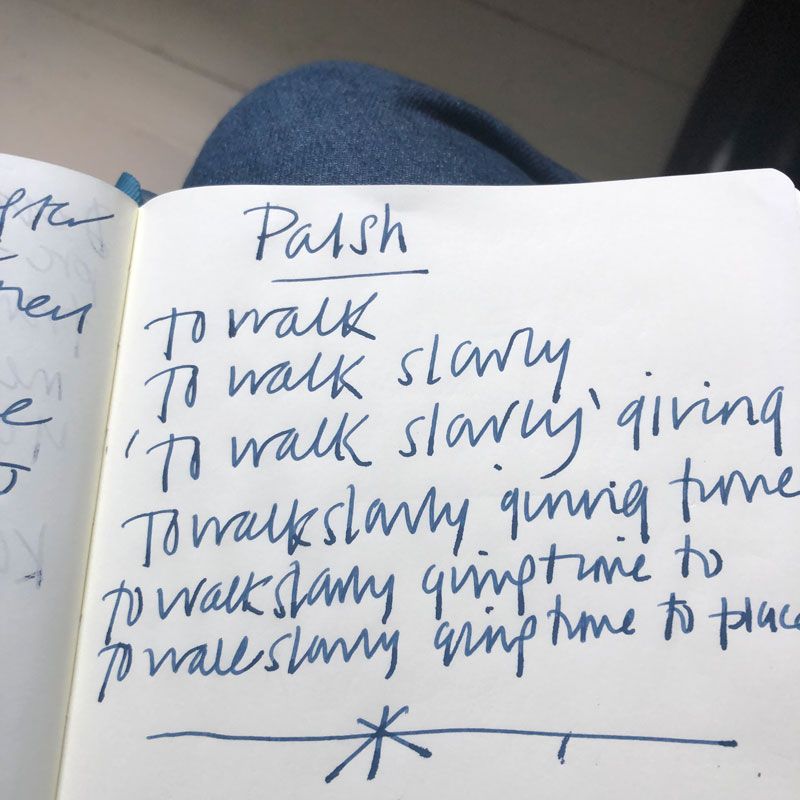
Walking as a lone human in the fields, usually attended by two whippets, there is much companionships the company of non- human beings. The soundscape of wind and the song of birds so much louder in these quiet-times. Up in the field, skylarks, rise and fall to their home ground. Huge flat-bottomed clouds banking in a dark blue sky. These tiny birds lift their song and my spirits.
In spite of the virus I breathe deeply for to breathe is to live. I pay full attendance to this place and in it my borders blur and I become less alone. The rhythm of my walking and breathing become tuned. A call and response. I notice. As I walk I note the horizon. The anticipated line of the chalk path passing through me as I walk it, then leave it behind.
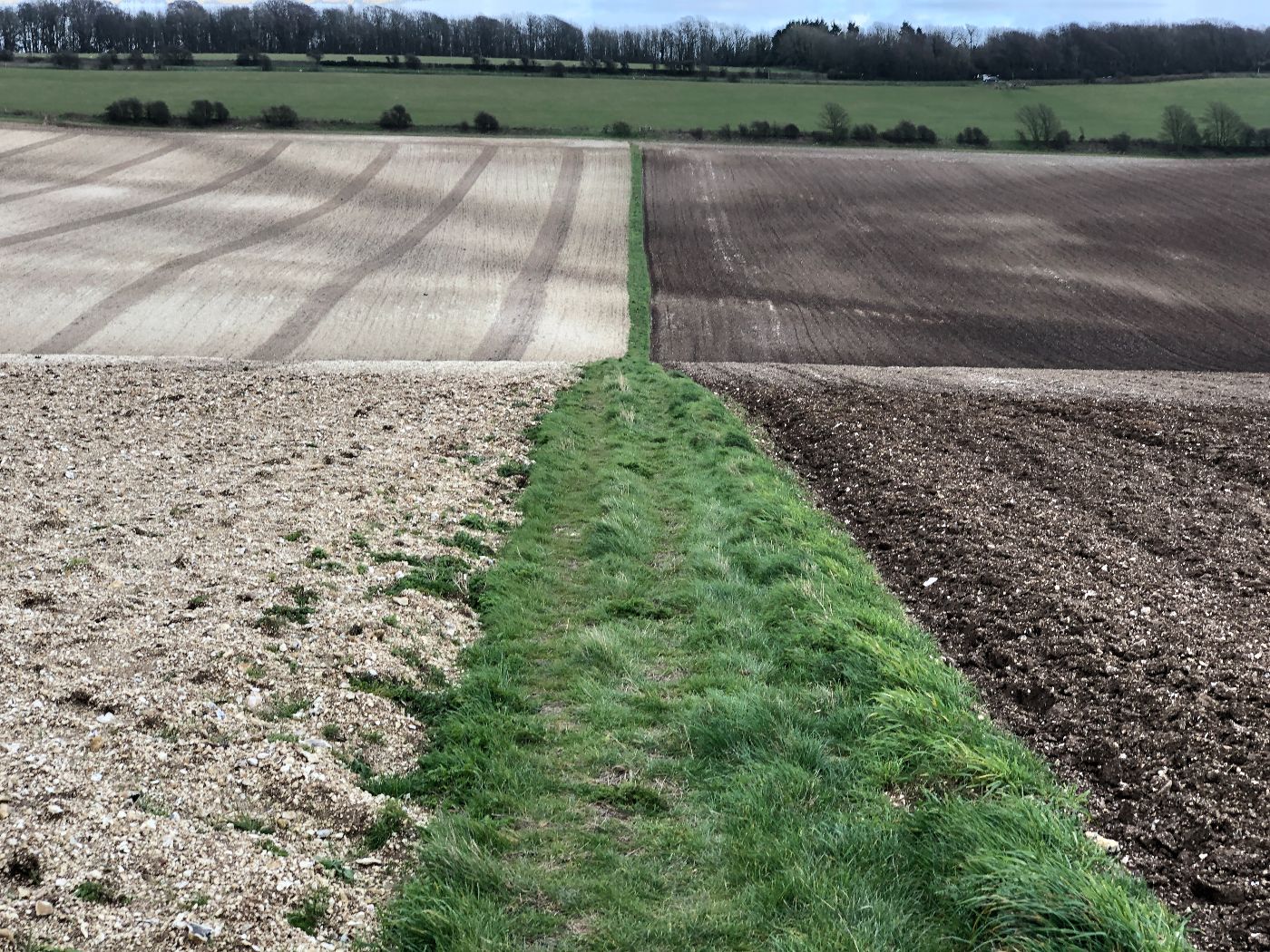
During this time of ‘apartness’ we remain in our homes, sometimes together and sometimes alone. The animal in us is grateful for the protection we find in our home. We retire to find privacy. We take cover. Hunker down. Lay snug. We are in a time which is full of retreat but which can also offer renewal whilst we are still. We have returned to our ‘hybernacuIum’ which offers us solace in these dark times. Perhaps we can find nourishment in the time we are free and exercising. A way to store up for our lonely, hungry times.
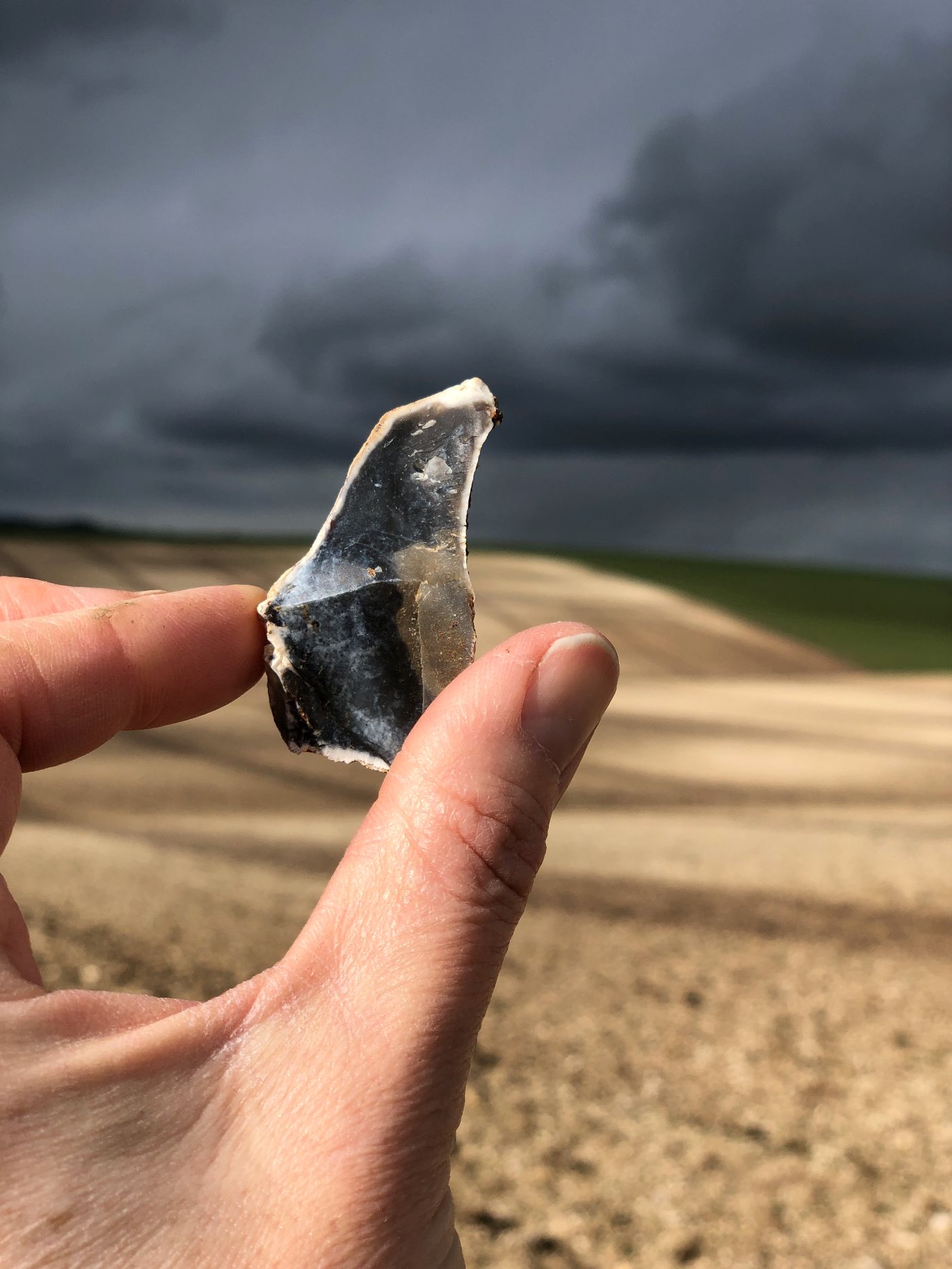
Whilst talk of reducing the ‘curve’ and progress of the virus continues to consume and confine us the land and nature stride forward. Out on the hills the air is clear, the road noise barely audible. Birdsong is loud and large bumblebees work the fields and dandelions. Buzzards are mobbed by crows. Hawks stoop and gulls tilt. Skylarks flit, as teleprinter across to the field. The sky is pewter and the mood somber. I walk a line in isolation.
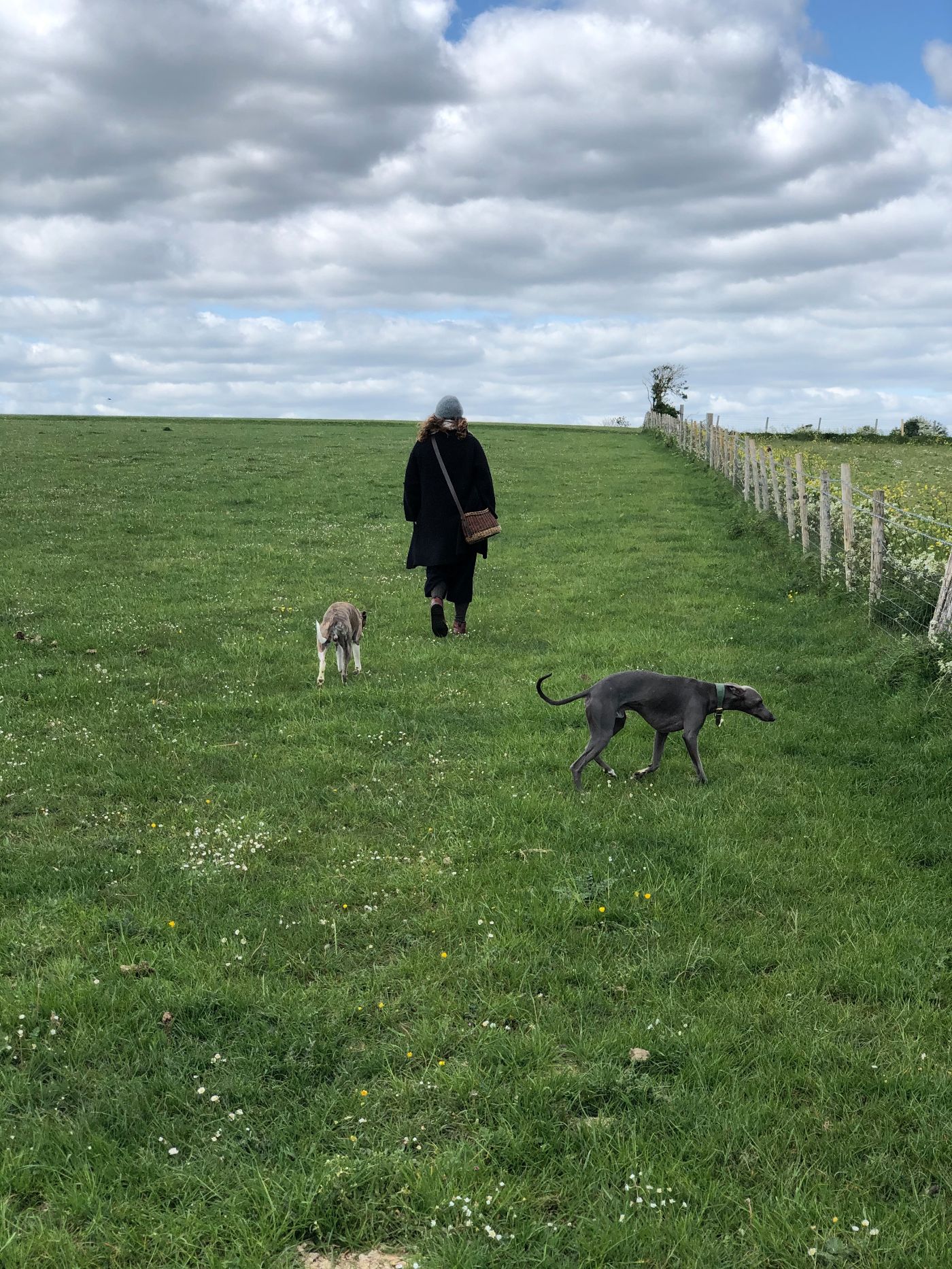
What I find on the downs feeds my work but in this extraordinary time, I realised very quickly that I miss the physical presence of friends. I decided that I would use the experience of my thoughts and images collected from the fields to send out in letters.
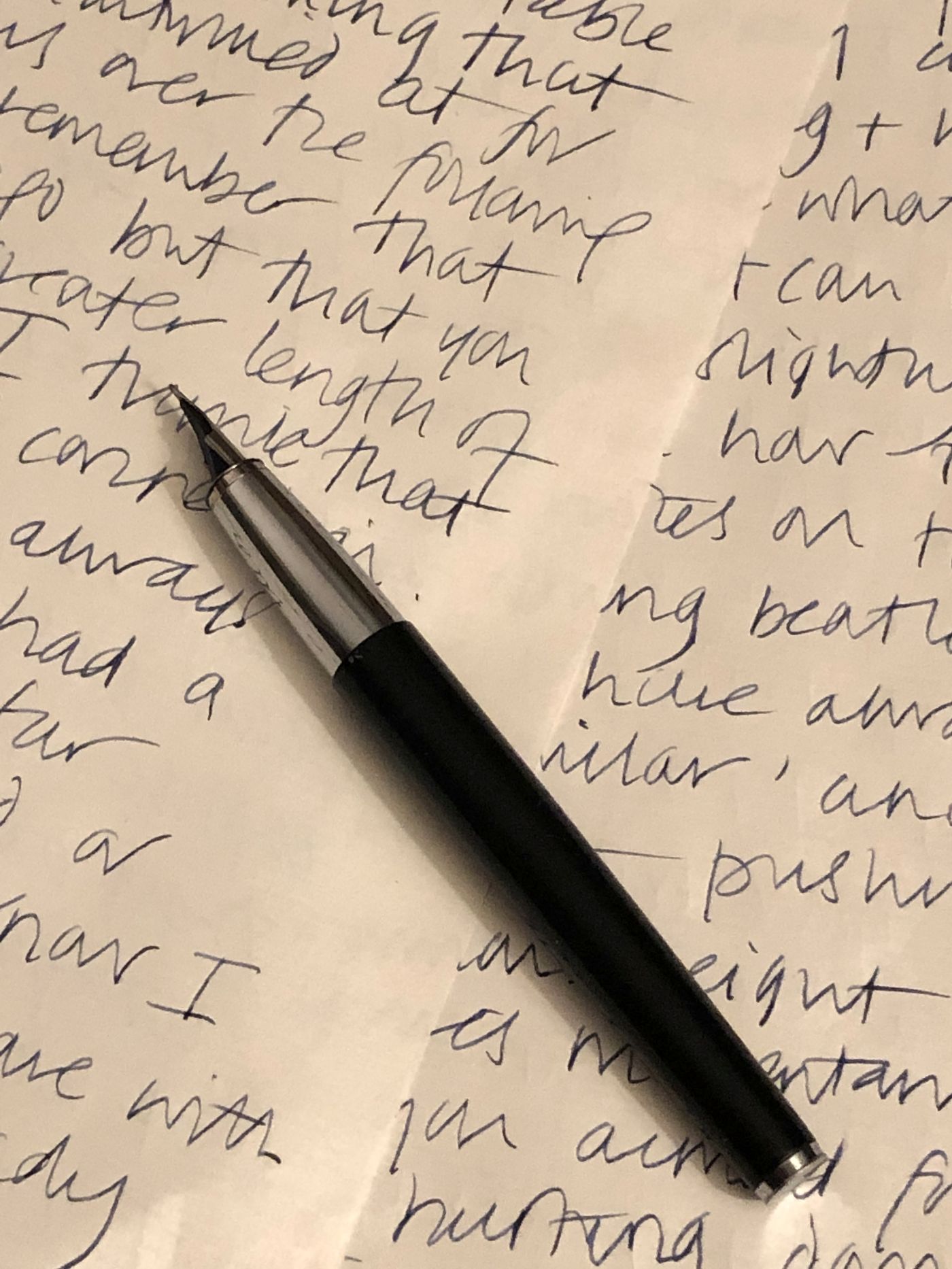
The joy of writing on paper with a pen and spending time with full attention has been illuminating.- thoughts held in the mind and then written on the page and sent outwards, as a beam from a lighthouse.The call and response is magnified, letters came back and they brought news from other self- islanders. They became distant companions.
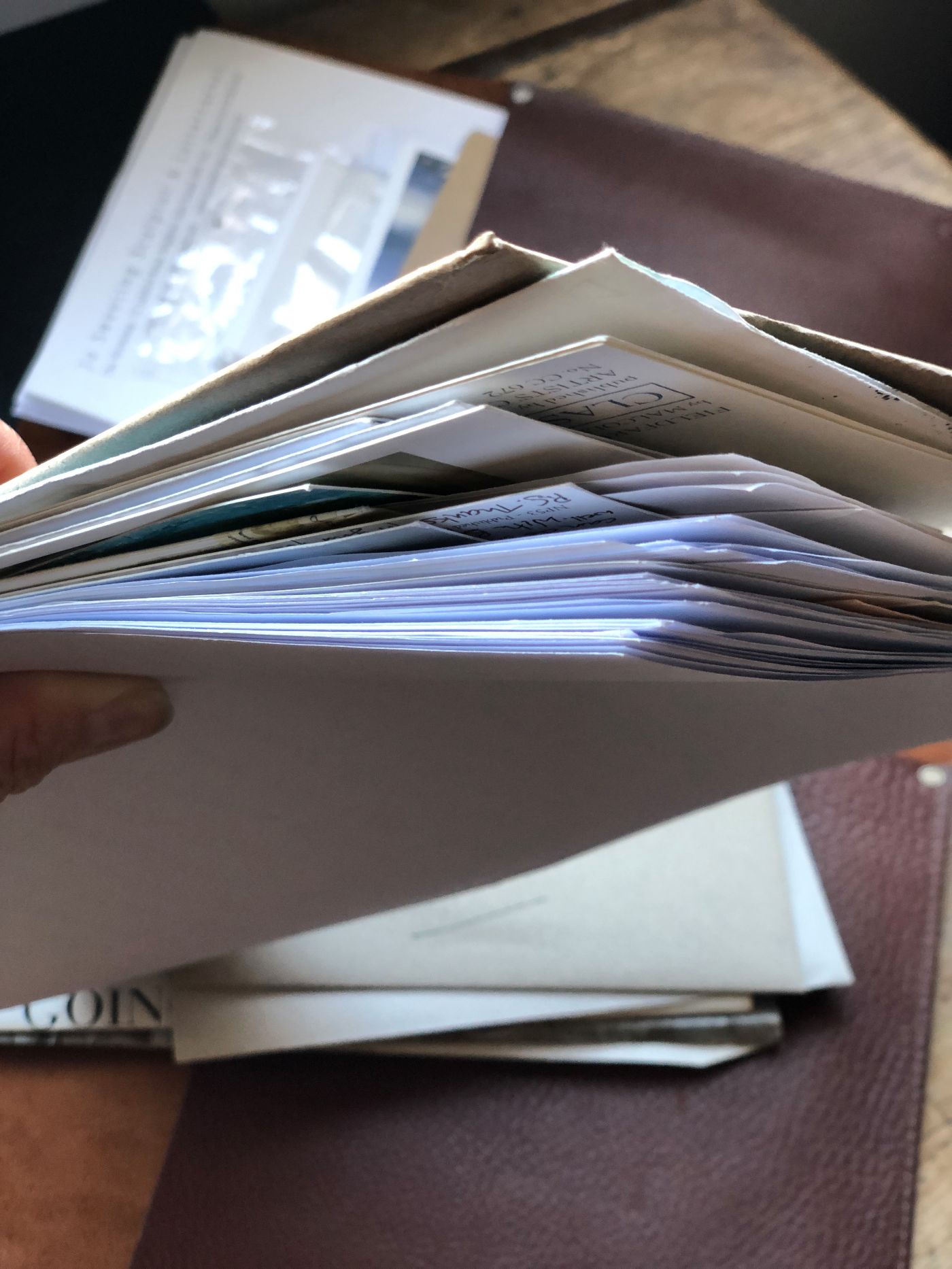
In its original Latin form, ‘companio’ companion means, he with whom one shares one’s bread. In these times this cannot be done. Companionship is limited. The physical weight and contact of a letter held in the hand offers solace and reward. An affirmation of others.
We have become distant but fellow travellers. There is connection and rich comfort and a physicality felt which we are all missing at this time. Writing acts as anchor.
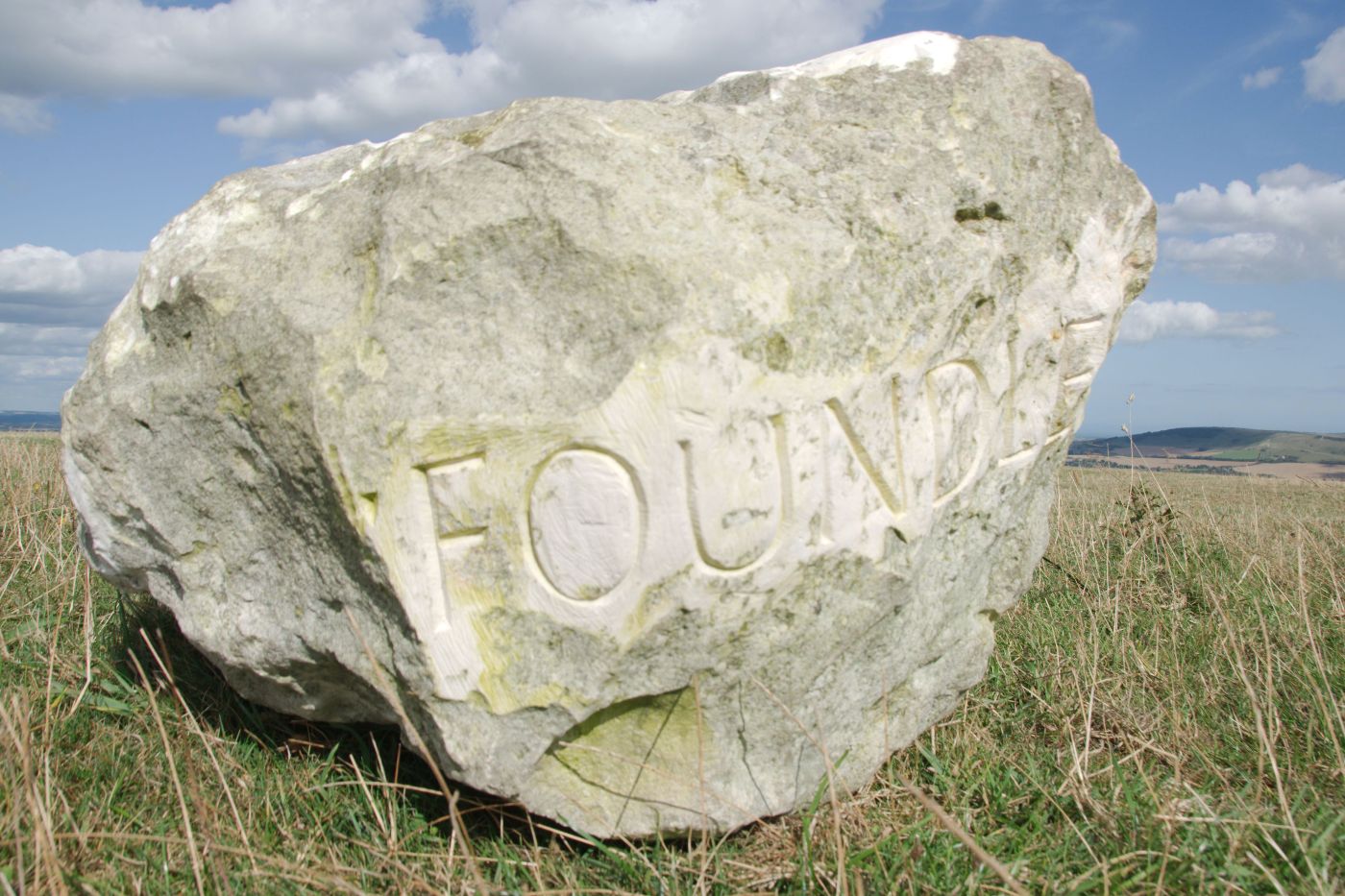
We will become a wide and extraordinary, vast and diverse continent again. We will meet again as great herds, flocks and shoals. We will talk of this time and perhaps we will be grateful and more celebrating of the beautiful world we belong to. In awe and more respecting of the responsibility that our wide strides have on the landscape. Perhaps the time after the virus will be full of reciprocity and individual islands finding new ways of offering safe harbour.
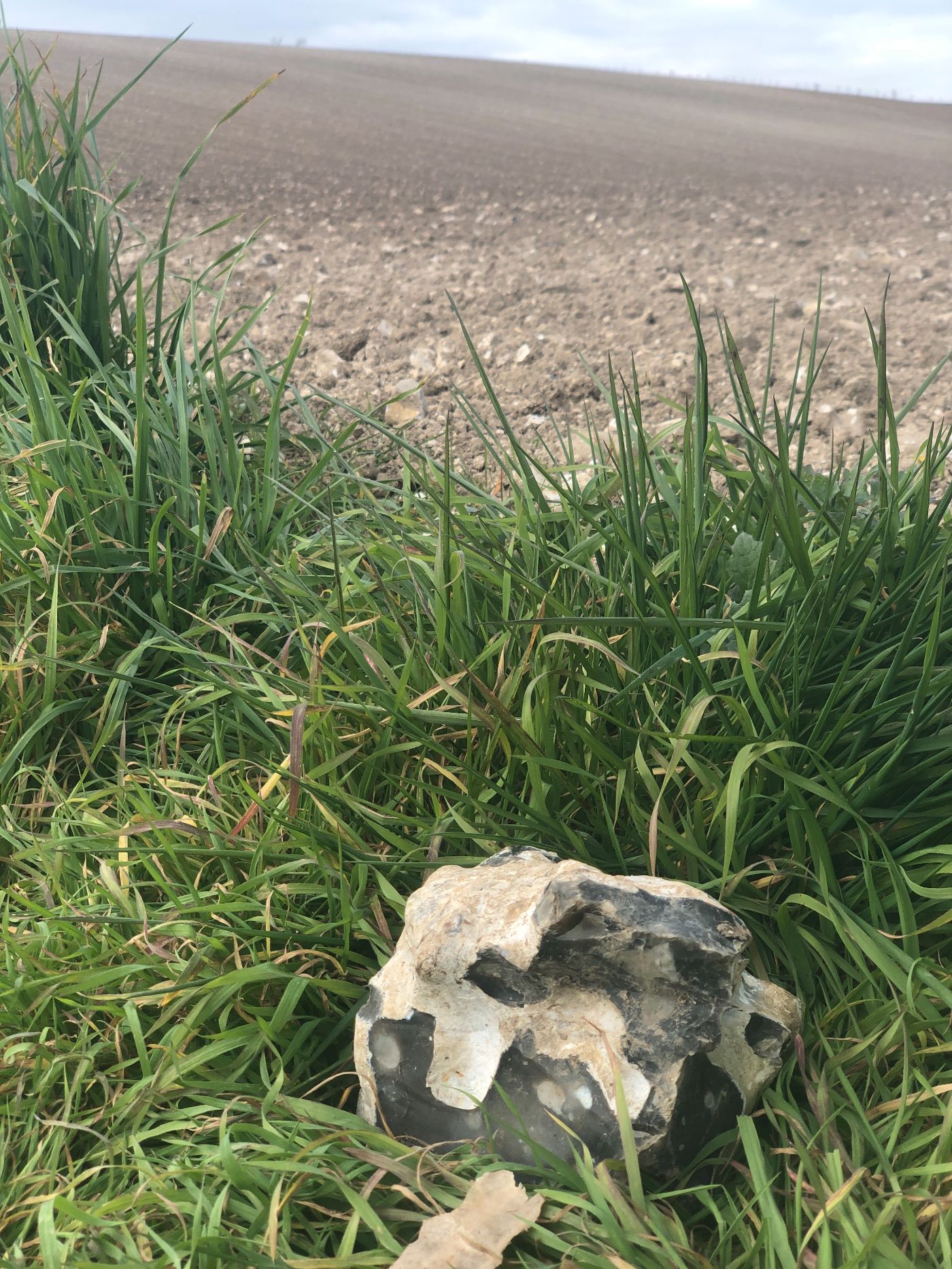
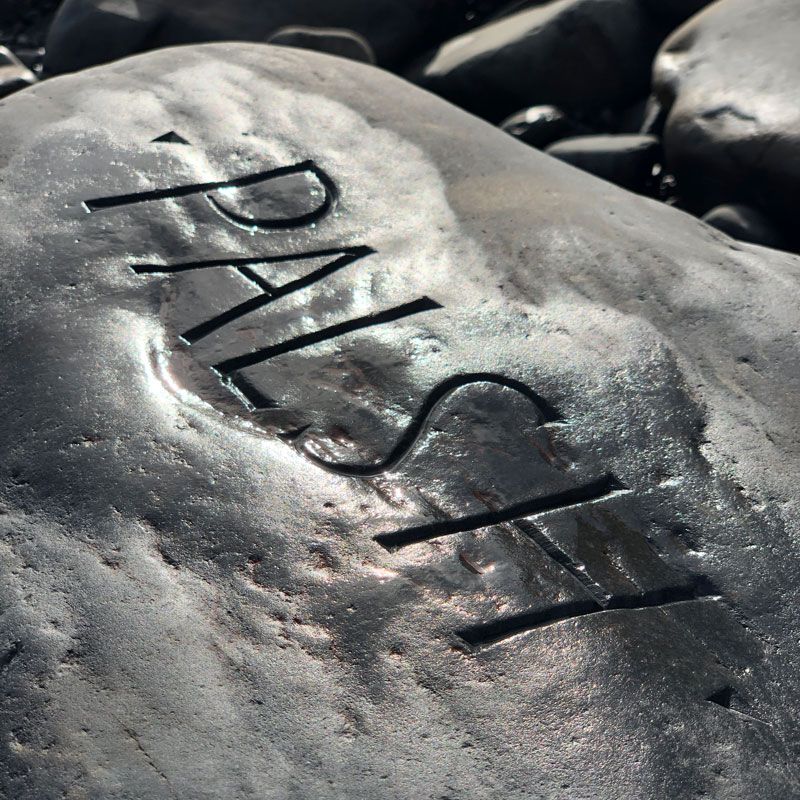
Jo Sweeting is a sculptor and lettercarver, whose work is informed by the concept of ‘shul’, a marking which remains after the thing that has made it has passed. She works chiefly in British Limestone. She designed the frontispiece for Hetty Saunders’ biography of J. A. Baker, My House of Sky, published by Little Toller in 2017. Jo is at present carving a large erratic boulder called Foundle. She is also working towards a large project in Devon in collaboration with Common Ground and the National Trust, supported by Robert Macfarlane, Chalk Cliff Trust and partnered by the Ditchling Museum of Art and Craft. This project will work on an even larger boulder, taking on themes of language, time and place.
By Fiona Black
Highlands, Scotland
May 2020
I have been somewhat nomadic for most of my adult life.
At sixteen, I headed west to music school in Plockton, weekly travelling one of the most stunning train journeys in the world. I studied music in the west of Ireland for several years and in Cape Breton through a snowy and music-filled semester. To my utter amazement and privilege, I have toured the world for over a decade now, mostly playing folk music, and mostly with The Outside Track (a band of which I was a founding member back in University days in Limerick). Somehow, I have travelled and toured and experienced the world more than I could have imagined as a shy, awkward child. I never lived anywhere for more than a couple of years from the time that I left home, and now I find myself back home, far more stationary than I have ever been.
Living at my parents’ house, with its cosy book-filled spaces, overflowing spice cupboard and vibrant garden, is splendid. It is in a wee village nestled between the coast of the Cromarty Firth - where herons gracefully stand on one leg and seals sun themselves along the shore - and the trees and hills - where buzzards soar and deer bound from woodland to hill.
For someone who has done a lot of travelling, (touring, gigging, visiting, different beds every night for months, running for trains, careering through airports between short, almost missed, connections), I love home and taking my time. I do not enjoy and am not good at, rushing, or making decisions fast. In fact, I rarely act with much sense of urgency at all. These days, that seems to be ok. A mixture of circumstances means that I have the chance to meander through days and thoughts.
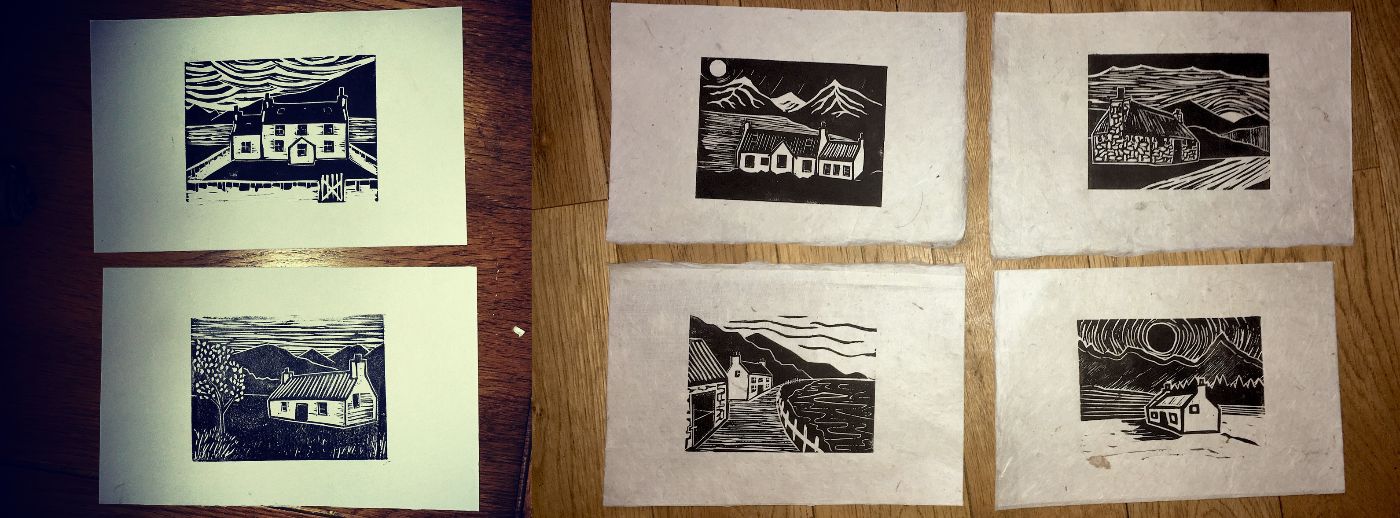
In literature, I have the pleasure of accompanying a host of magnificent writers on their journeys: Mary Beard has shown me around ancient Greece; I have navigated coastlines with David Gange; I took a pilgrimage through the Cairngorms with Nan Shepherd; Mary Wollstonecraft introduced me to eighteenth-century Scandinavia; I scoured the shores of the Thames with Lara Maiklem, and with Robert MacFarlane, I took elusive peaty paths in Lewis.
My most enduring literary companion is one whom I have not been able to shake for over a year. Sarah Murray was an English Lady who, with her maid and manservant, travelled through Scotland to write a travel guide in 1796. She says ‘I think I have seen Scotland, and its natural beauties, more completely than any other individual. I took great pains to see every thing worth seeing’. I am utterly fascinated by her, and by her text. She describes the landscapes, people, stories, towns and everything a traveller to Scotland needs to know at the turn of the eighteenth century, including when to pin up your underskirts when walking the wilds. I have begun to retrace her journey and write my own version of this expedition through Scotland, with Sarah Murray and her text as my travel companion.
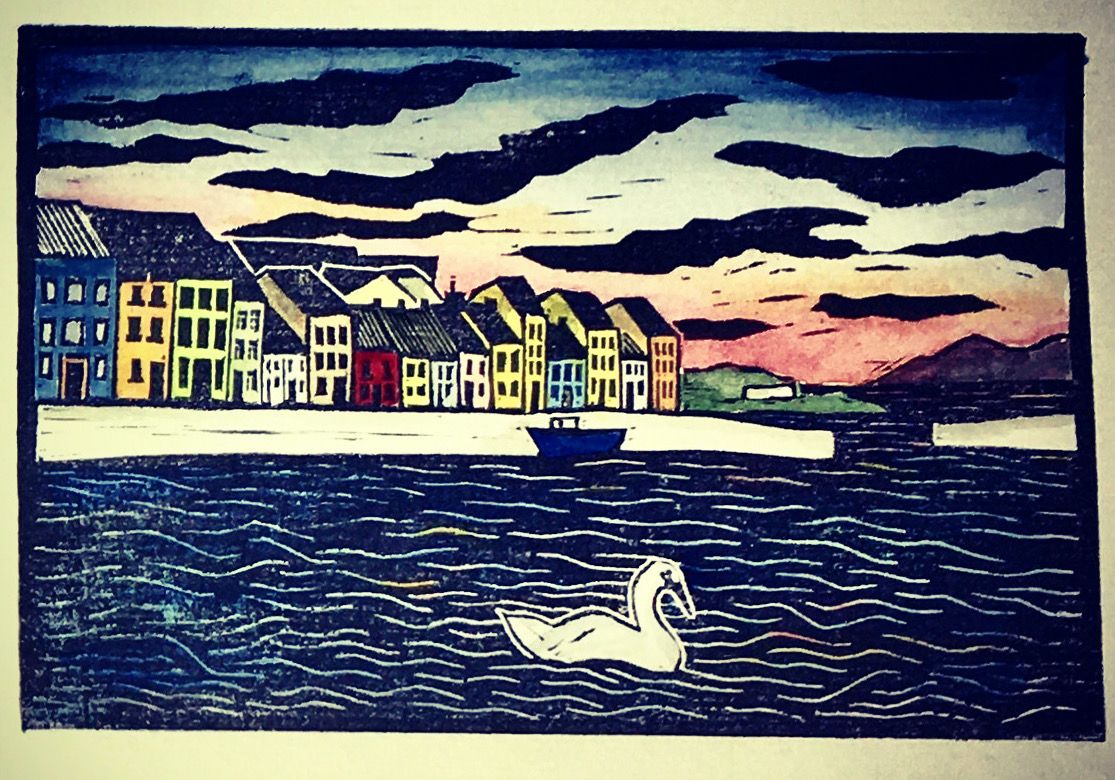
I should have been starting this journey in May but instead, I am drinking strong coffee, wearing in my walking boots and plotting. I never really needed an excuse to buy books and maps. Still, I have succeeded in creating precarious piles of literature, plans and maps all over my desk (desk avalanches are a daily occurrence). I have started drawing Sarah’s routes over the modern web of roads on my current Ordnance Survey map tacked to my bedroom wall.
I have also been taking myself on expeditions to the sea, and hills and remote bothies with my ever-expanding addiction to Lino printing. I have been dreaming of the sea, smelling salty water and the sound of waves, so creating for a few hours a tiny image of this takes my mind there.
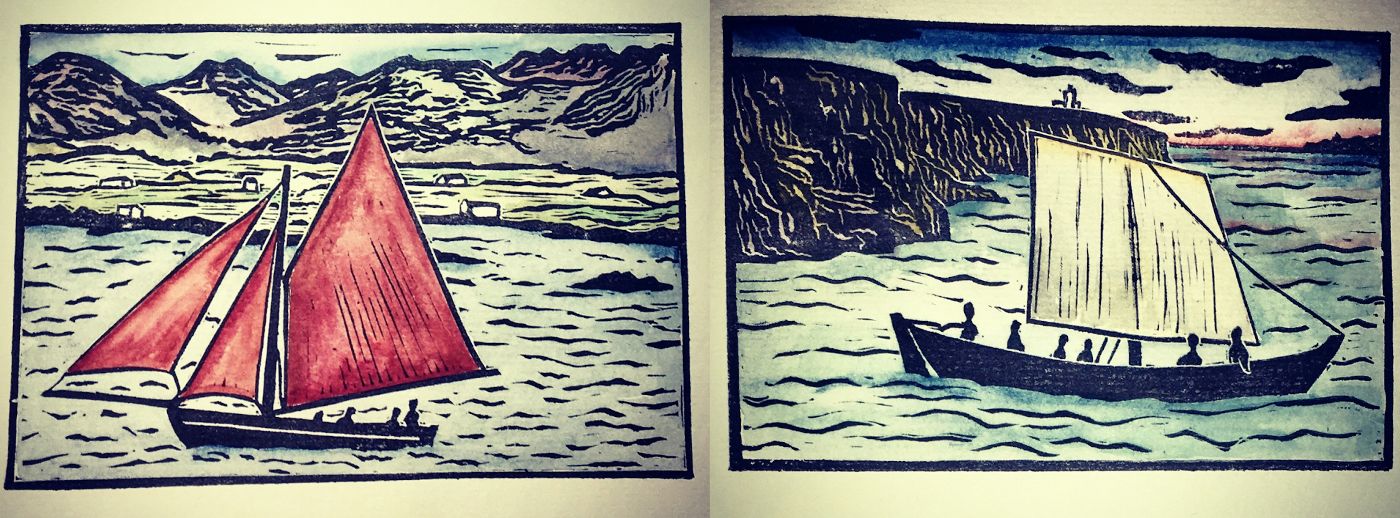
I’m not sure where any of my current creations are going, much like I don’t where I am going these days. I have been going to walks with no destination and no route and have found it a meditation of sorts. I have been walking the shore with its halcyon waves. Walking along the wild garlic-lined rivers. Walking through the psithurism of the trees and cacophonies of birds blethering. Walking up the old drover roads towards the hills where the broom and gorse are turning beautiful shades of yellow.
My journey, for now, is drifting -- through the confusion and unfocused days -- by creating, reading and roving in nature. I am still, but I am travelling. And, maybe more than usual, I am allowing myself time in my journeys. Time is something I have in abundance.
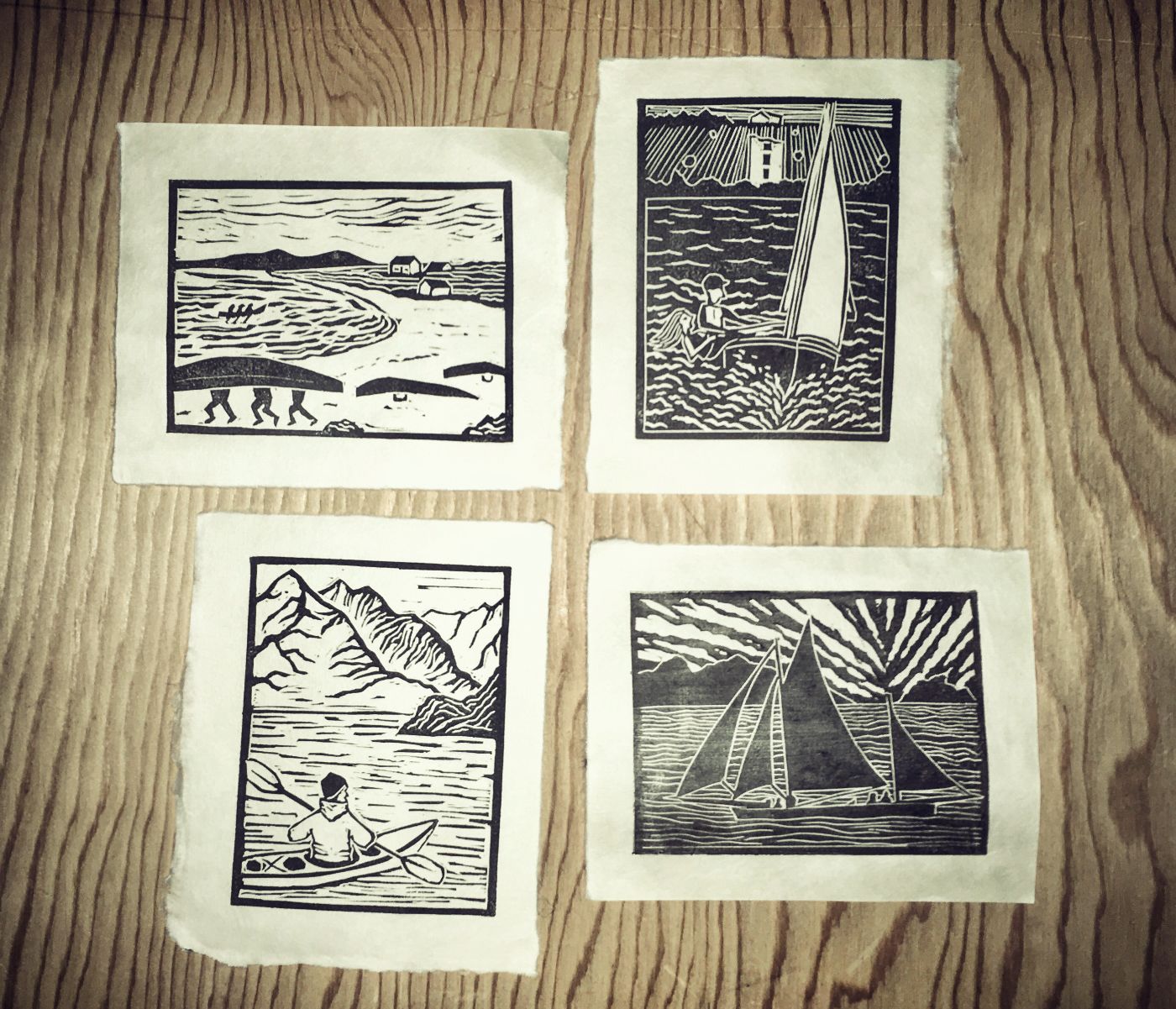
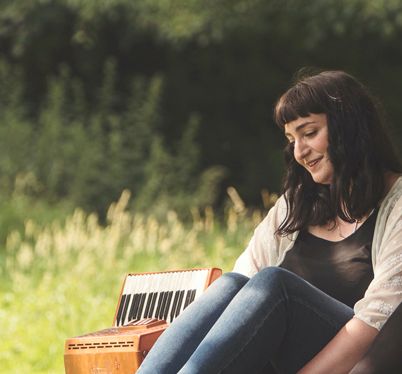
Fiona is from the Highlands of Scotland. A musician, artist, writer, researcher, history geek and lover of stories, she has lots of projects on the go, including her current addiction, Linocut printing. She is a founding member of award-winning folk band, The Outside Track and has toured around the world performing music. Fiona is also currently writing “Everything Worth Seeing”, a narrative non-fiction work retracing Sarah Murray’s 1796 journey through Scotland (recently long-listed for the Nan Shepherd Prize).
By Jane Burn
North East England
April, 2020
Recently, I was Poet in Residence in a women’s health centre just outside of Newcastle Upon Tyne. I was there to engage in one-to-one and small group situations with women though poetry, using work from the anthology, Witches, Warriors, Workers. One of the women asked me, ‘how did you make this book?’ I admit, for a moment that I was stumped for an immediate answer. Where do you begin on a project like this? It took a year to complete this anthology, from initial discussions to finished, tangible page. In being asked to contribute as a Thread Spinner, I find myself with a little more time to work through this question.
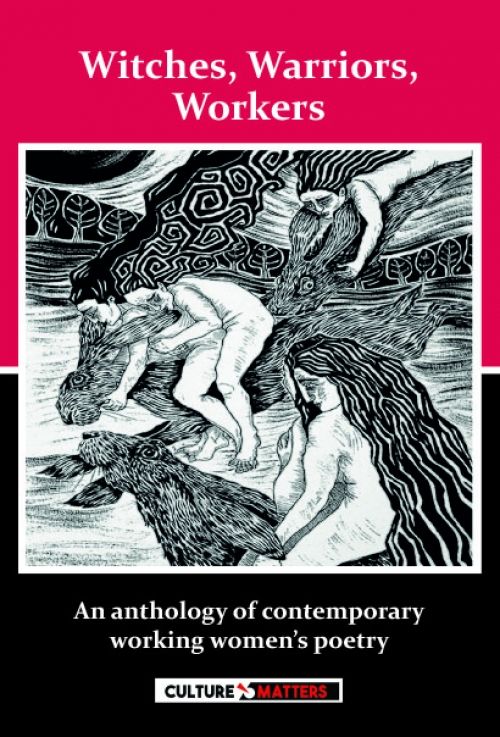
My comrade and much valued poetry sister Fran Lock and I have known, admired and loved each other for some years now and have both had collections published by Culture Matters Press. In 2019, we were asked by Mike Quille (who runs the press) to put together an online pamphlet of women’s poetry for International Women’s Day. It was called Eighteen (as there were eighteen women in it) and was a great success, having been downloaded more than 600 times. It was an exciting project to have worked on and both Fran and I learned much. Our appetite for getting women’s words out there was well and truly whetted, so when we were asked if we would like to work on a print version we didn’t hesitate in saying yes.
In our minds at all times was the importance of representing the voices of a diverse selection of contemporary women poets. We both knew, of course, that there are an infinite number of voices out there and it would have been a dream come true to be able to represent them all. In the end, due to the realities of producing the book, we had to limit ourselves to 65 living poets. It also felt important to represent women poets that have gone before, so quotes from 10 working class women poets from the Victorian era are also included. They help to show how far we have come and how far we still have to go, and how that fight still continues today. While there is still a patriarchy to smash, while there is bullying, abuse, sexism, racism, transphobia, homophobia and discrimination against disability, age, class etc, there is the need for books like this. Sometimes the fight seems too overwhelming but we hope with publication like this, we can draw strength from one another and keep on carrying each other onward.
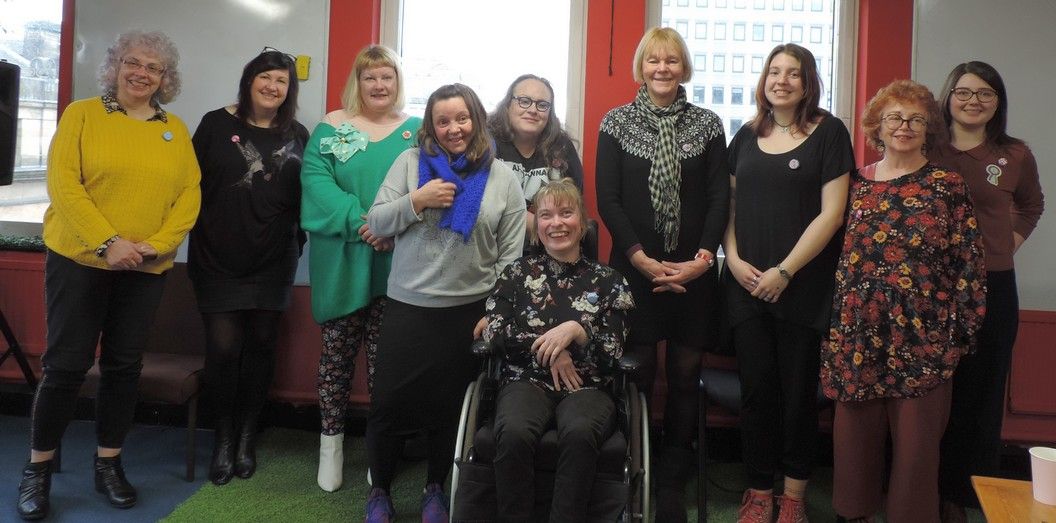
What comprises a woman’s life? This is such a broad question that you would have to write book after book and still never have the answer in entirety. In order to have some sort of structure, we did come up with ‘chapters’ concerning some of these aspects (touching on subjects from Nuclear Family to The Body Politic, for example) and asked poets and artists if they would like to respond. We were overjoyed when they did. Fran and I used our essays and poems to introduce each section and ‘set the scene’, so to speak. What follows from our contributors is so honest, raw, open and unflinching it takes the reader’s breath away. At each of the launches we held, the emotions and atmosphere were incredible. To hear the poems come to life added yet another dimension to these powerful works. The responses to the anthology so far have been amazingly supportive.
A wonderful woman I recently met told me that she woke every day and thought to herself, ‘what can I do for other women today?’ I thought this was a brilliant way to think. This anthology was something that Fran and I could do. We could offer a platform, a safe space and our encouragement to other women. This is just the beginning of a journey Fran and I hope to make. We have already begun to tentatively discuss the shape our next volume of contemporary women’s poetry will take, though we will be having a small break first to catch up with our work, our families and our own poetry and art! One thing we must never forget though – together we are stronger.
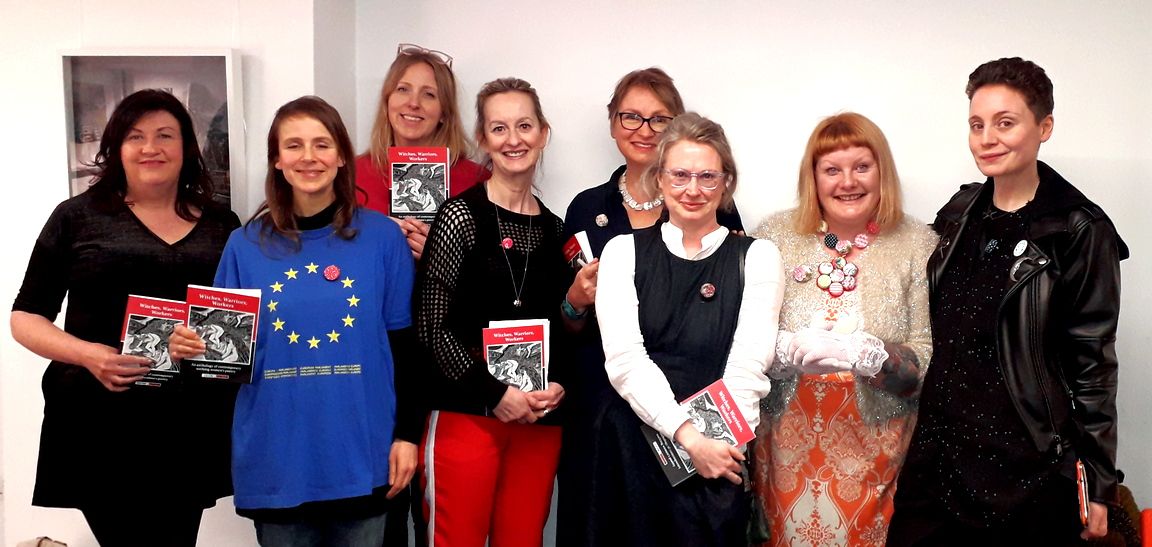
Our wonderful contributors include: Maya Alberta-Horton, Amy Acre, Deborah Alma, Catherine Ayres , Julia Bell, Becky Bone, Alison Brackenbury, Jane Burn, Carole Bromley, Kimberly Campanello, Geraldine Clarkson, Jo Clement, Rachael Clyne, Jane Commane, Michelle Diaz, Imtiaz Dharker, Sarah Doyle, Nadia Drews, Cathy Dreyer, Carrie Etter, Sally Flint, Rosie Garland, Raine Geoghegan, Jackie Hagan, Nicki Heinen, Julie Hogg, Helen Ivory, Carolyn Jess-Cooke, Lisa Kelly, Joanne Key, Laura Lawson, Melissa Lee-Houghton, Pippa Little, Fran Lock, Hannah Lowe, Kirsten Luckins, Char March, Lisa Matthews, Beth McDonough, AJ McKenna, Rosemary McLeish, Jessica Mookherjee, Kim Moore, Katrina Naomi, Golnoosh Nour, Hibaq Osman, Abigail Parry, Kathy Pimlott, Wendy Pratt, Lesley Quayle, Legna Rodríguez Iglesias, Clare Saponia, Jacqueline Saphra, Pauline Sewards, Clare Shaw, Natalie Shaw, Hannah Shelmerdine, Joelle Taylor, Angela Topping, Denni Turp, Serafina Vick, Julia Webb, and Sarah Wedderburn. Artworks inside the book are by Jane Burn, Fran Lock, Natalie Sirett, and Mary Lou Springstead.
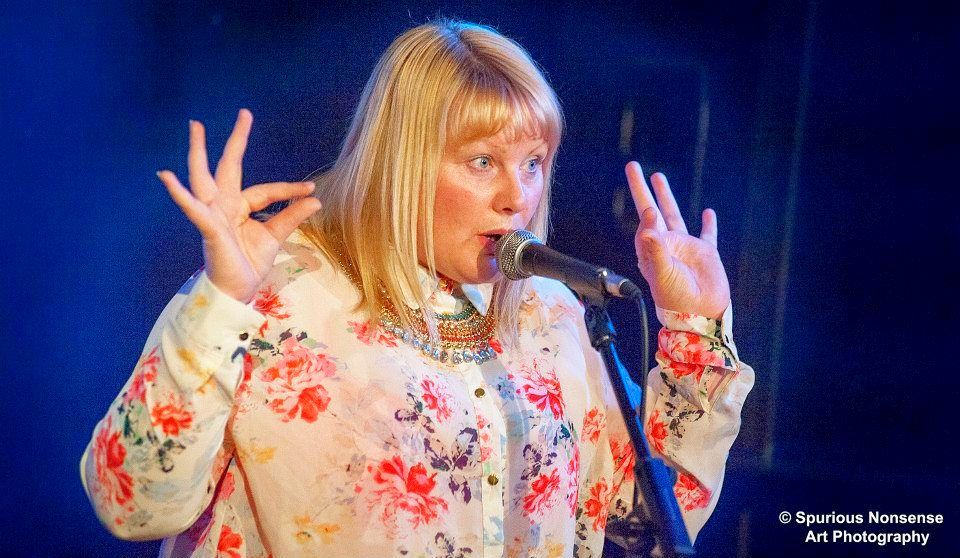
Jane Burn is an award-winning poet and artist. Her poems have been published widely published in many magazines and anthologies. She has had two pamphlets and six collections published and her work has been nominated for the Forward and Pushcart Prize. In September 2019, Jane was a the poet/artist in residence (together with Clare Shaw), at the Brontë Festival of Women’s Writing, the Parsonage, Haworth. In March 2020, Jane was commissioned to write a poem for the Poets & Players on the theme of Altered Nature and was Poet in Residence at the Riverside/Angelou Centre in Newcastle as part of their International Women’s Day celebrations. She is an associate editor at Culture Matters Press. Her latest book, Yan, Tan, Tether is available from Indigo Dreams.
By Gill Lambert
Yorkshire
March 2020
I am in the middle of the menopause. Because of a hysterectomy ten years ago and a lack of periods there have been no specific physical pointers to tell me that it’s here. Well, I say no physical pointers, apart from hot sweats and joint pain, weight gain (although that might just be me) and the most horrific heart palpitations. But no ceasing of periods usually associated with the menopause. The mental symptoms have been far worse though; mood swings that turn me into a different person and a level of anxiety that I have never known. I don’t like myself very much, physically or mentally.
So, in my menopausal state it came about that I shared an article on Facebook which went into the reasons the menopause is swept under the carpet, remaining an 'unknown' that society doesn’t talk about, much less help those in the throes of. The Facebook thread produced by this article showed just how many of my friends were menopausal and that they wanted to talk about it.
Because of the circles I move in, many of my friends on Facebook are poets. My friend and fellow poet-publisher, Rebecca Bilkau, saw the thread and suggested that we publish a poetry anthology on the subject. At first, we discussed keeping it just to the subject of menopause but soon realised that by default, we would have to include poems on the experience of menstruation as a whole.
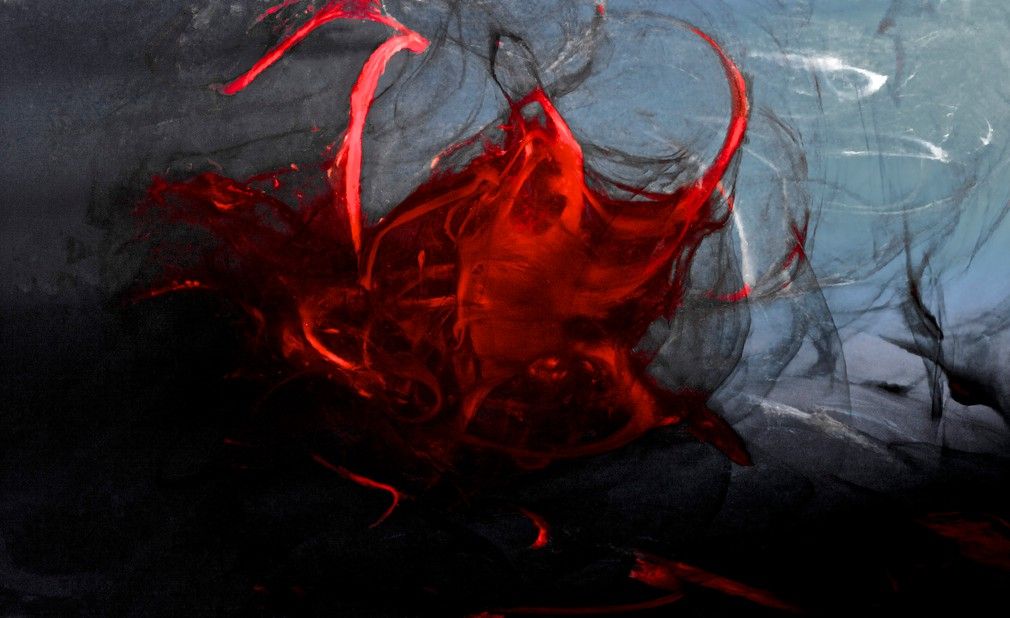
Periods, and everything that is associated with them, is an unspoken subject that every generation has their own particular experience of. When we opened our Facebook group for the project, ‘Bloody Amazing!’, the stories from women of various ages and from different backgrounds came pouring in, and we realised just how many experiences there were.
The Facebook group invited most of our women friends who then invited friends of their own. The members in the group aren’t just poets, and not everyone wanted to submit to the anthology. For some, the subject was just too difficult to write about but it also inspired some women who have never written poetry or who haven’t written for a long time, to write something.
We opened a planned short submissions window as the year came to a close, so that poets could write their poems in preparation and then send when we were ready to accept them. We also added a very small fee of £2.50 per submission for up to three poems, which will help towards the cost of publication and hopefully will start an ongoing fund to support work to tackle period poverty.
We have the idea of 120 poems because that is roughly how many months the average woman menstruates. Of course, there is no such thing as average and as we watched the poems flood (!) in, we realised this project will be much harder to put together than we first anticipated. The poems were all so powerful that I found that I could only read around 10 to 15 at one sitting, which made the judging process slower. I have laughed and cried. Oh, how I have cried!
We originally hoped to publish in time for International Women’s Day in March but we’ve postponed until June, and the Solstice. This precious project, with its personal and moving stories of pain, ridicule and embarrassment as well as hilarious and uplifting ones, is not one to be rushed. So we are giving it our absolute attention in order to craft a book that is testament to women everywhere.
The Bloody Amazing anthology will be edited and published by Rebecca Bilkau and me, Gill Lambert, and will be a collaboration between our small publishing companies, Beautiful Dragons and Yaffle. We hope to launch sometime in June, but as we all know, blood arrives when it wants to.
(For more information on Beautiful Dragons, Yaffle, the Bloody Amazing Facebook Group, and the Bloody Amazing Anthology, see below links)
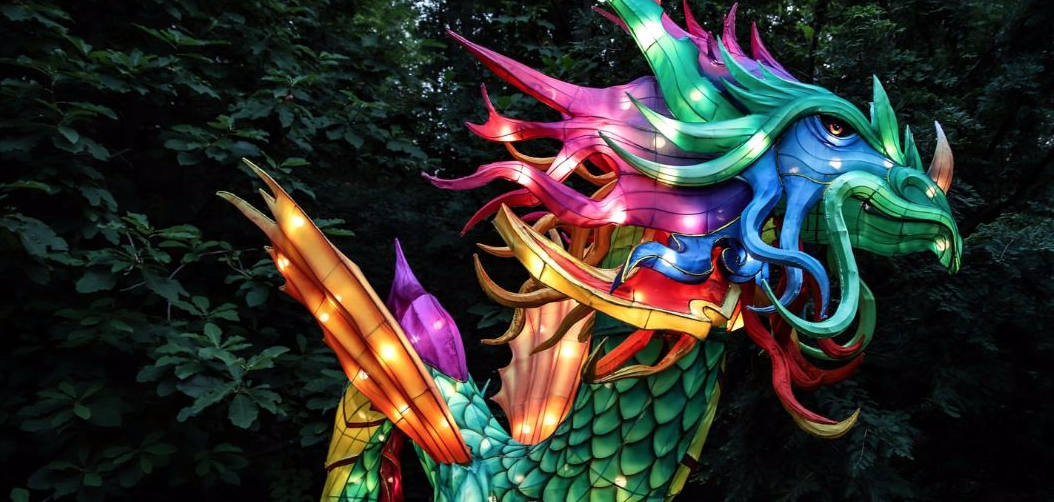
Beautiful Dragons...are collaborators in poetry.
Over 100 poets throwing their lightness around. Radically. Prepare for sparks.
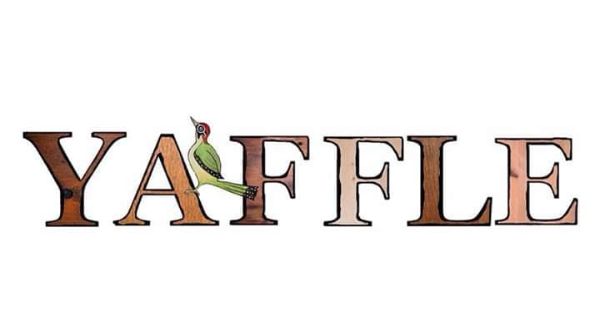
Yaffle is a brand new independent publisher of poetry. We aim to produce pamphlets and poetry collections of a high standard, introduce new voices and release work by established poets.
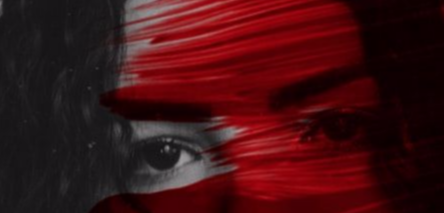
A Facebook closed group for anyone needing support with menopause and menstruation related problems and a space for conversation and sharing of experiences, knowledge, and resources.
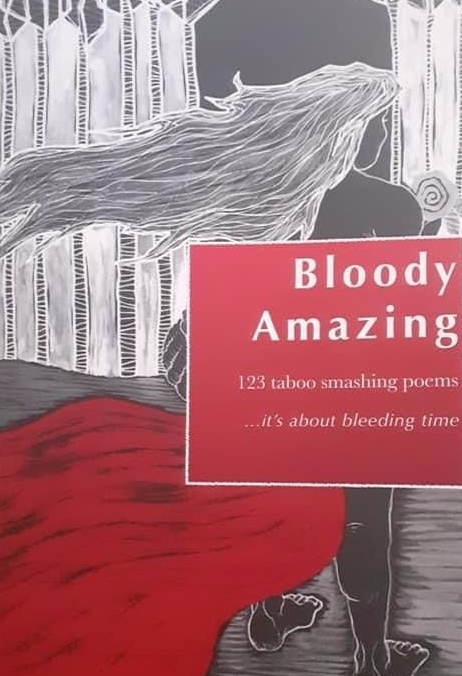
123 taboo smashing poems about bleeding, from menstruation to menopause, and everything inbetween (cover art by Jane Burn)
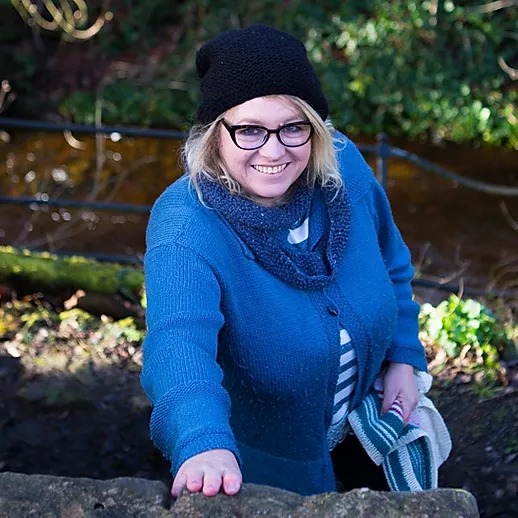
Gill Lambert is a poet and teacher from Yorkshire. She's been published online and in print. Her pamphlet 'Uninvited Guests' is published with Indigo Dreams and her full collection 'Tadaima' is published with Yaffle .
(photo credit -- Joanna Sedgwick)
By Elspeth Wilson
Scotland/London
February 2020
"...The ground of north Dublin city is as hard as the last couple of months have been. I am in the grips of a bad PTSD episode and there is too much concrete all around, so solid that my roots can't take hold. I know barely anyone here, not even the seaweeds that cloak the beaches or the names of the flowers that fill the woods when I manage to get out of the scramble that is the inner city. I never bothered to learn the knowledge of the trees and plants that my parents tried to impart and now I am the lonelier for it.
I live in the heart of the city but it is one with an irregular rhythm. There aren't even any dandelions in the cracks of the pavements and the heat rises oppressively on Moore Street, with nowhere to escape as the tenements lean like the men who shout at me from doorways. The impressive voices of the market-sellers form a white noise. I come from a place of fields, seas and skies so big that they can fit many parts of a person under them. Here, it feels like the only part of me that fits it stressed and struggling to breathe. I do not see any nature around me and my body folds in on itself like a comma because of it.
The warmth of summer comes too early and it scares me. Everyone told me that May is usually the best month in Ireland and when it arrives it is blazing and confident, coaxing me out the apartment. But then the heat continues day after day, month after month, turning the grasses at Trinity College from that particularly Irish green to a burnt-out yellow. I enjoy the sun guiltily as I recognise that it is partly a mess of my own making. Getting the flights back and forth every month or so to my oasis of Scottish beaches and warm arms is unsustainable in more ways than one. I need to find something to be able to survive here..." (extract, Places That Heal)
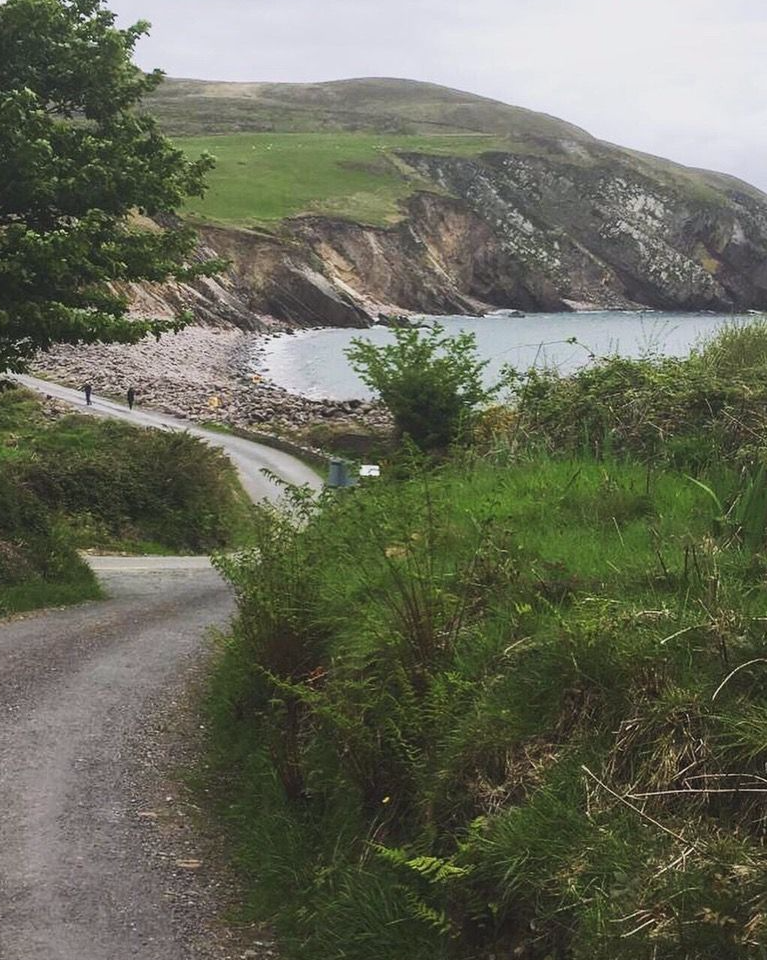
Re-reading those words now, in a different – but equally hectic – city, what strikes me is that the answer to survival was already apparent in the words themselves. I wrote this at a time which was lonely and stressful, my own body in constant battle with itself. And yet amongst the isolation there was an answer to a question I didn’t even know I was asking; how do we make a body a home? How do we live in it?
Over the months since I have left Ireland, the answer has come to me through writing and spending time in places that heal – both in ways that challenge and ways that soothe. But one of the places that started the journey was the Blessington Street Basin, a tiny inner city park that came into my life as a salve just when I needed it most.
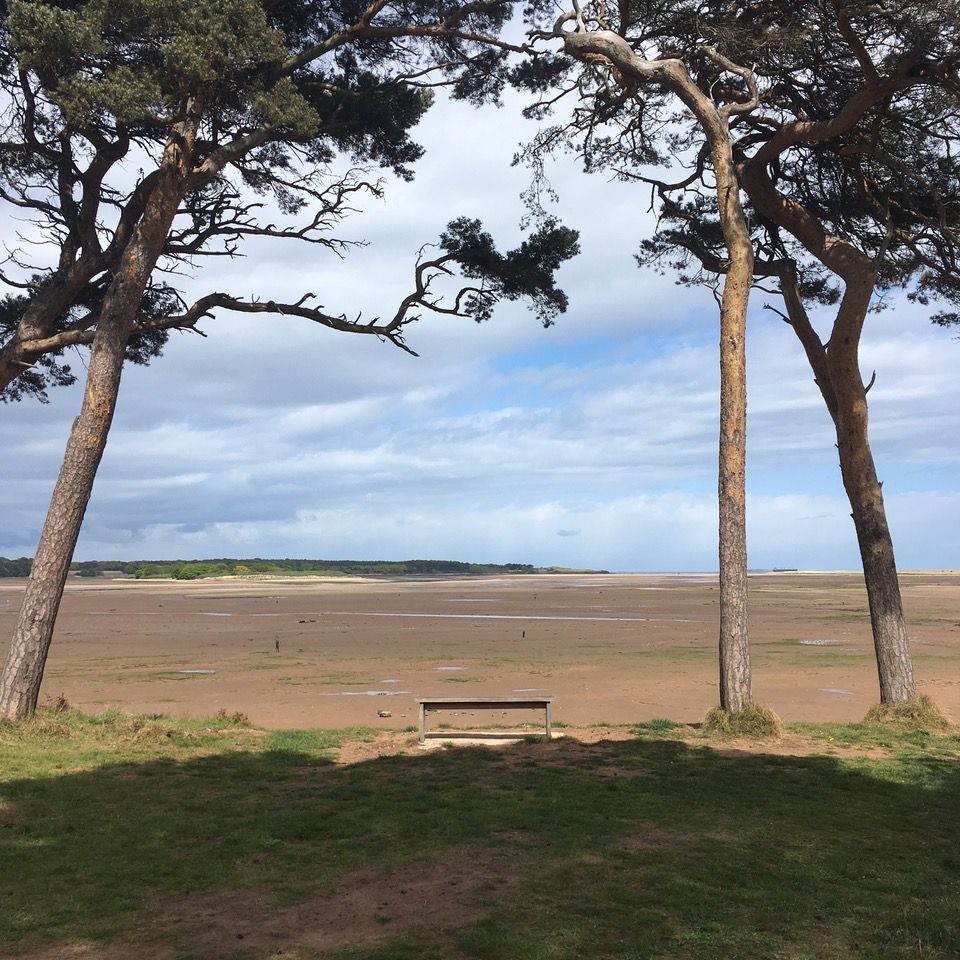
The Basin, as it is known locally, was less than fifteen minutes away by foot from my glouring apartment block. Right out the frequently broken door, then left, right, left, right again, until you can spy the water through a door cut into the wall that encircles the entire oasis. The first time walking there I was unsure what to expect, other than a certain amount of water and hopefully a bench or two. The hole in the wall gives some indication of the calmness of the water but doesn’t convey the shift in energy when you walk into what is an old reservoir, turned expansive pond, surrounded by beautifully kept beds of bright, joyous flowers. These are planted and maintained by volunteers from the community; on one visit I found a man painting an entire cottage scene onto a section of the wall, complete with fire and cooking utensils. The whole environment exudes what I was constantly looking for, and thought that I had to travel to places far more wild than this to find; love.
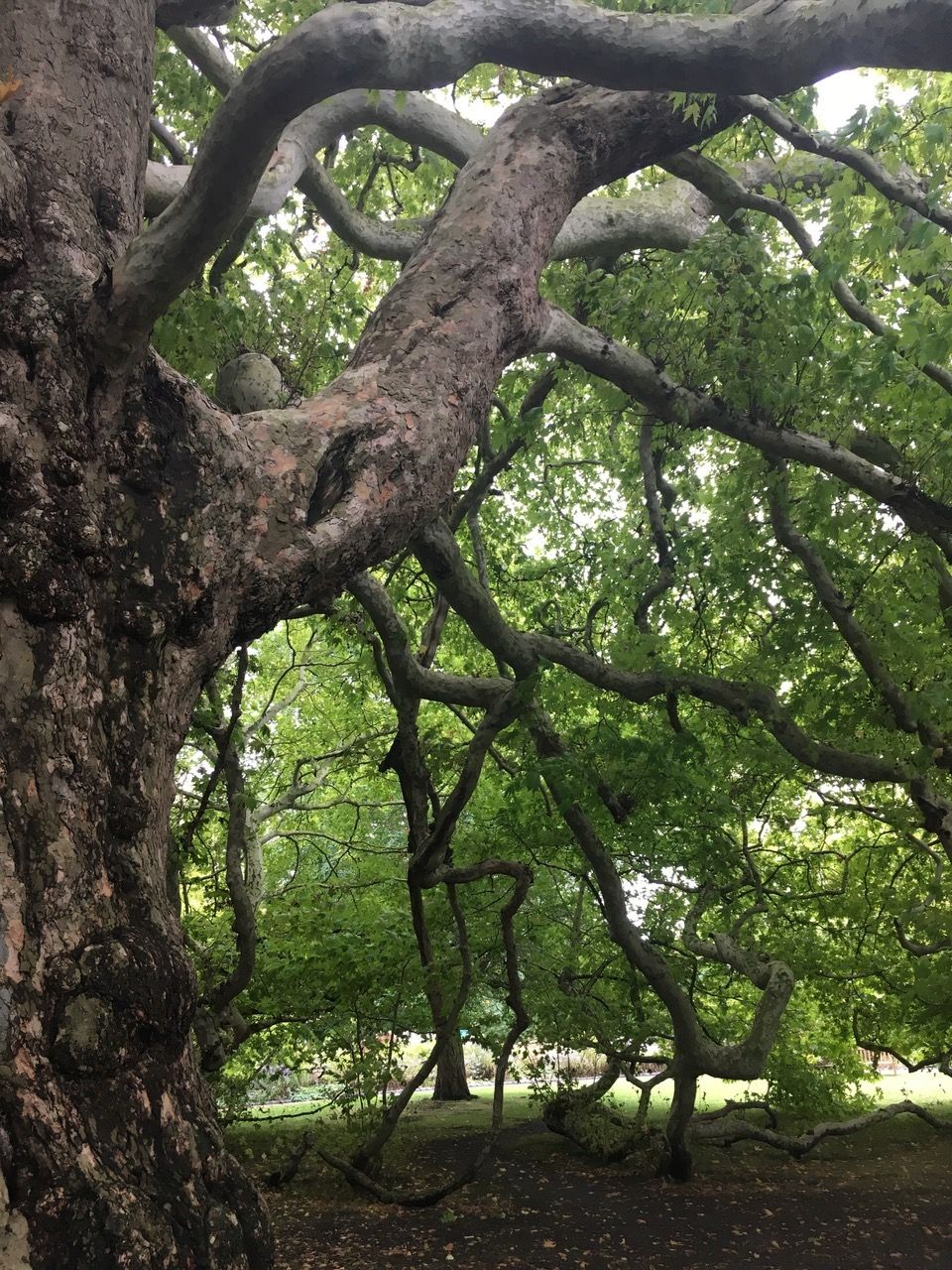
Finding this tiny gem of a park did not make things right straight away – my trauma symptoms persisted and still do – but it provided a chink of light in the chainmail I had wrapped around my body. It showed me that a sleight of hand can reveal beauty and life when it feels the world has been choked of them.
Writing in nature and about nature has opened me up to ways of existing in the world that I didn’t think were possible. Although the journey is long and by no means linear, I feel so much more in touch with my own body. I have made it a home and a cosy one at that. The Basin taught me that you never know what you might find growing in the cracks.
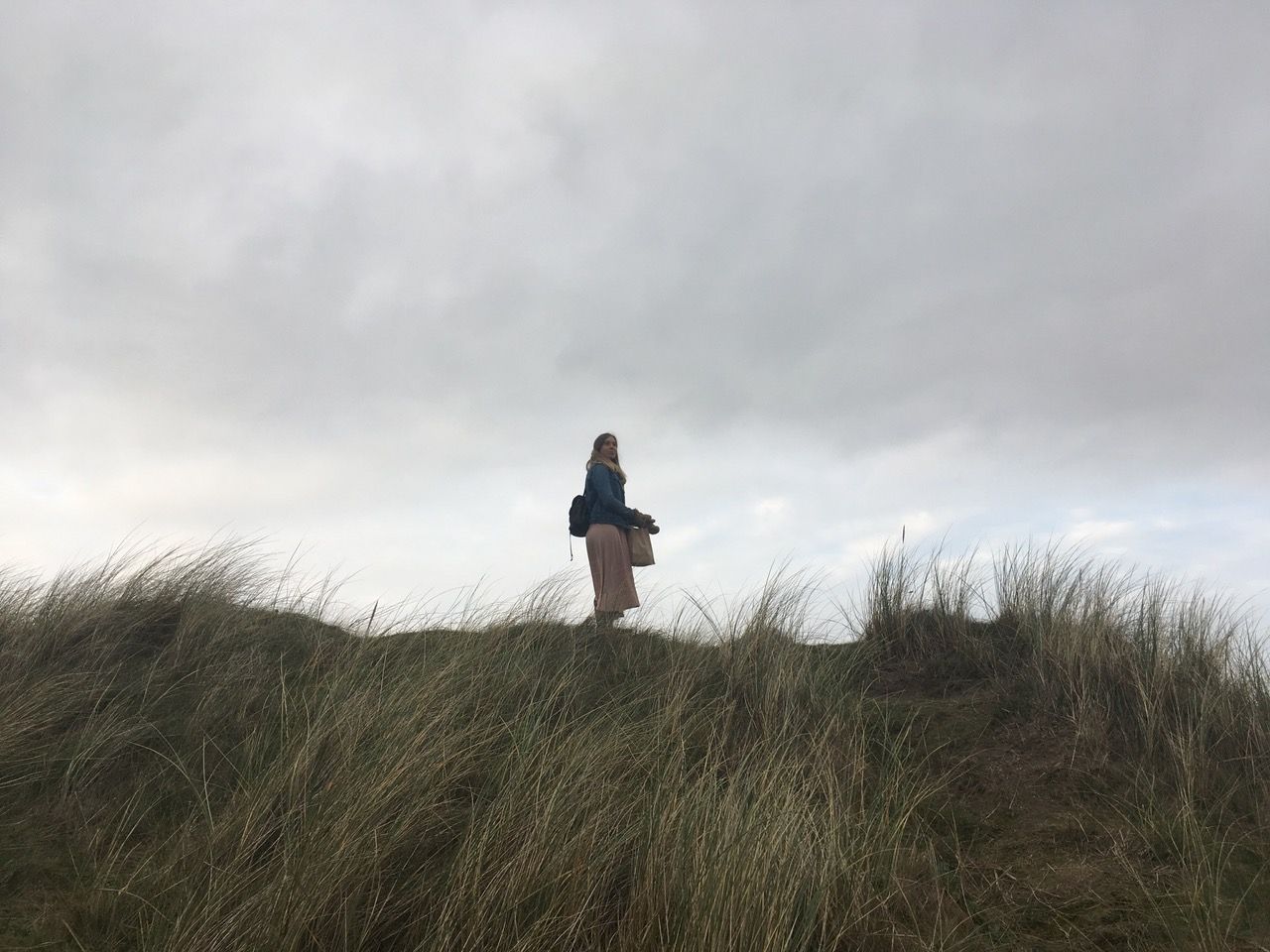
(NOTE ON IMAGES -- the images in this thread are of locations in Scotland and Ireland, featured Places that Heal. Reproduced with kind permission from Elspeth Wilson)
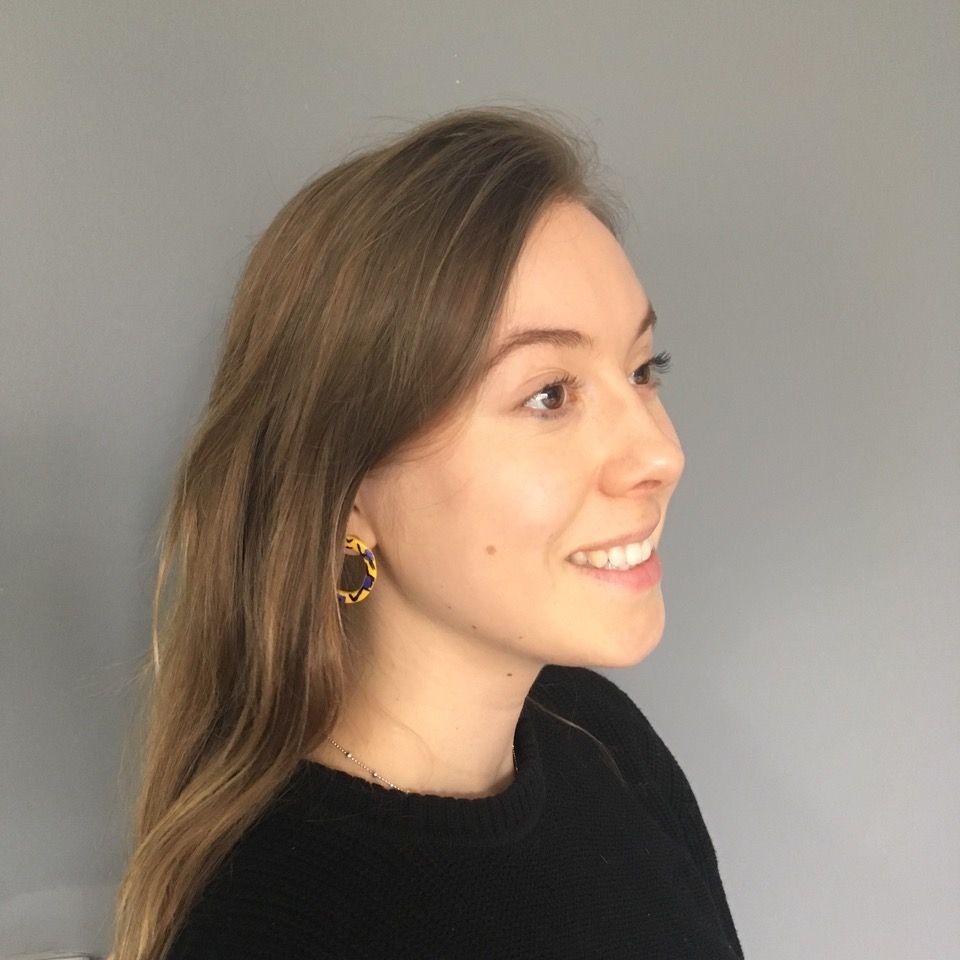
Elspeth Wilson is a writer and researcher who is passionate about blurring the boundaries between ‘art’ and ‘academia’. Her non-fiction work, Places that Heal, which is currently on submission, examines the places that have been crucial for her recovery from PTSD, taking the reader on a journey through the UK and Ireland. It was recently shortlisted for the Nan Shepherd prize for underrepresented writers in nature writing. Elspeth also writes poetry and has been nominated for Best of the Net and commended in a Young Poets Network Challenge, as well taking part in the selective Apples and Snakes’ Writing Room scheme for young writers. She is a two-time winner of a Write to End Violence Against Women award and was recently longlisted in the Feminist and Women’s Studies Association student essay prize. She longs for the sea whenever she is not in or near it, but is trying to make the most of city life and find nature where she can.
By Tanya Shadrick
Sussex Downs
January 2020
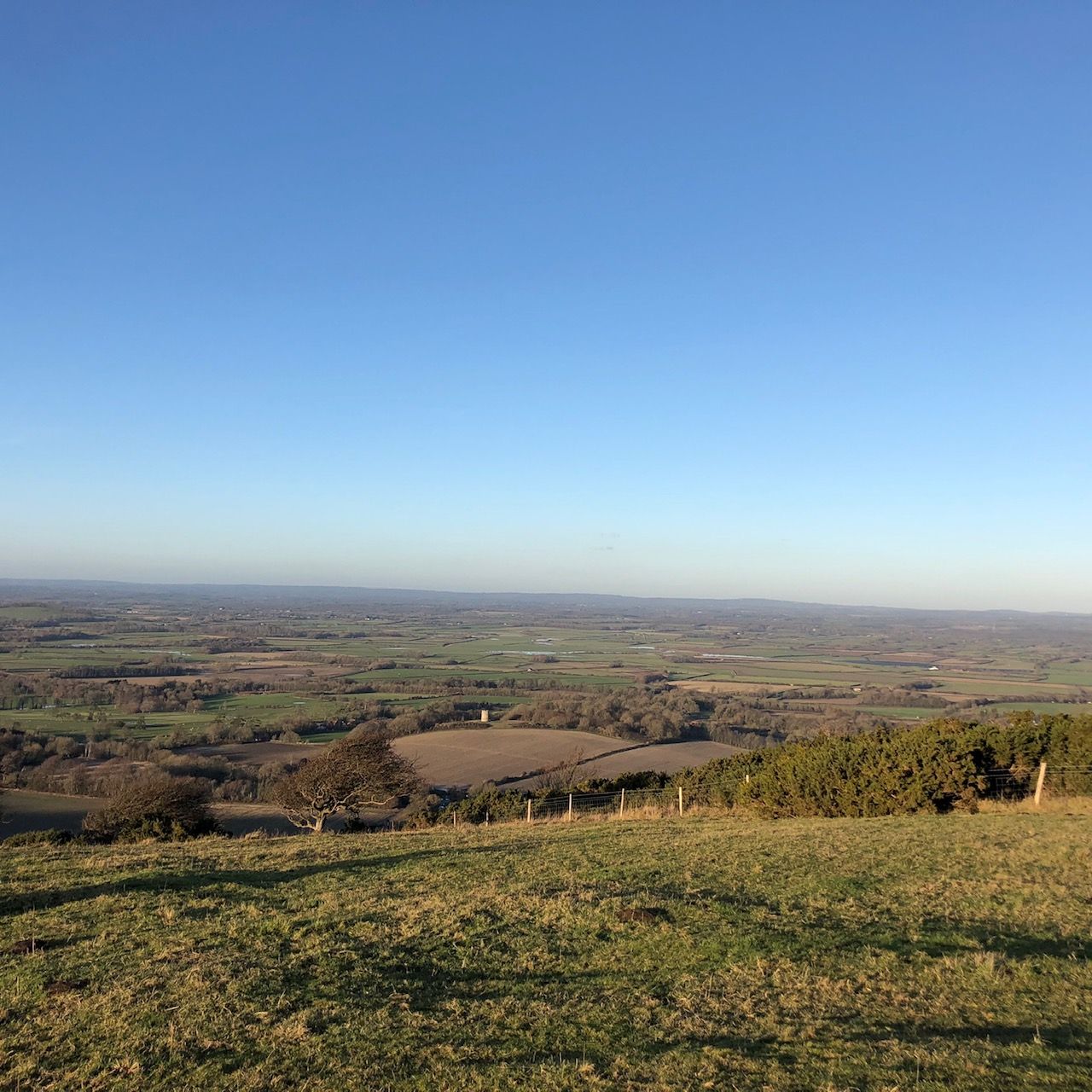
I am writing this in midwinter on Firle Beacon, one of the high points of the Sussex Downs. From here I can fit between my fingers the town I have lived in for a quarter century, since leaving a remote west country village for university. I do it sometimes – pinch it a little – but not from ill will; for perspective. There’s a poster in the print-maker’s window down there which says: Lewes – Centre of the Cosmos. Absurd, and yet also true-feeling for me – and I suppose for anyone, anywhere, who has lived in a small place long enough. Up here, in the family car I have made into a writing hut for the cold months when I can’t work in the open air, I’ve found a way to be free of these attachments that root but also bind.
Through my twenties and thirties, I worked gratefully at a secure office job on the campus (just over the horizon line) where I earned my degree. Scurrying between desk, the library and my little terrace house, I loved welcoming home each evening the husband I’d met at just nineteen.
In those years – after a solitary childhood spent exploring fields and beaches – I was almost always indoors and hardly ever alone. My freedom frightened me: gone from where my extended family lived warren-close, I went to earth. Burrowed in too deep, too young.
*
That life of willed conformity ended in minutes, just over a decade ago. An arterial haemorrhage – sudden, painless – after the birth of my first child. I saw the light, believed my life was ending. I survived just, mended almost. What I did not recover from was an urgent wish to be alone, live more wildly. At first, I felt I must leave my husband and new child, having been brought up – as so many of us are – on versions of the hero’s journey: where real freedom is reached by abandoning all that came before. But having been left by my father when I was a small, I held fast for my family’s sake, knowing too well the pain of losing a parent.
From that pressure and constraint my art came.
I began to study other traditions, other stories, and arrived in the east of five hundred years ago, a thousand. Kenko, Bashō, Po Chü-i — Fishing in the Wei River; Records of a Travel-Worn Satchel; Essays in Idleness. Gentle works about place and people: small observations from occasional wanderings, instead of epic quests.
At first, I wrote privately at park benches and café tables, losing myself in overheard conversation. Then, for an extraordinary few seasons, I declared my gaze, kneeling at the town’s historic lido to write a mile on scrolls of paper as long as the pool, and asking those who came close when they felt most wild and free.
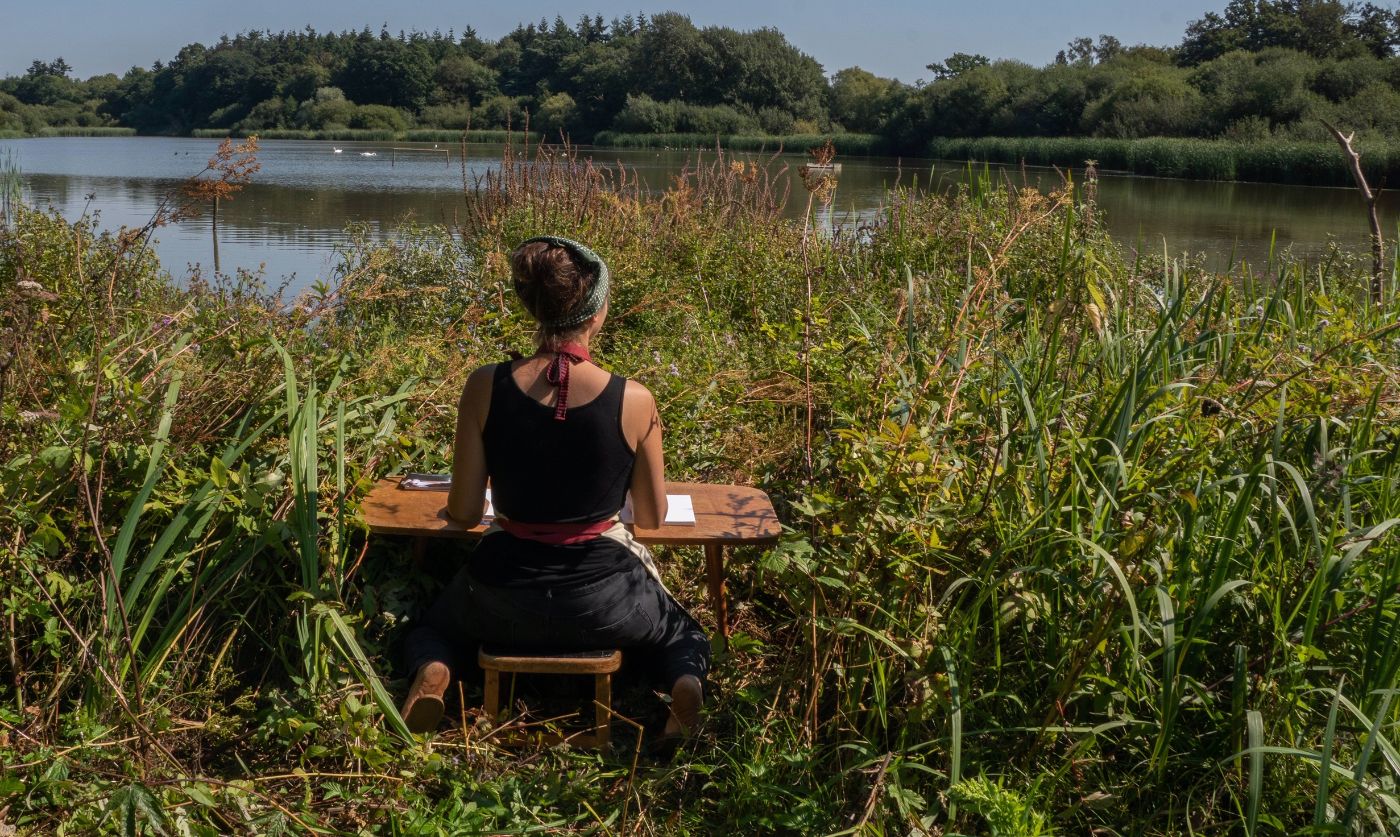
And so I arrived at my life’s work, my vocation: to go where invited – a cliffside National Trust cabin on a coast path, Virginia Woolf’s garden, nature reserves, festivals, hospices – to gather stories and share them.
Yet even in this second, outsider life of vivid connections, the call of the wild was still unsettling me. Having me yearn for time truly apart.
* * *
In 1212, the Buddhist monk Kamo no Chōmei wrote an essay known as Hōjōki – translated often as An Account of My Hut. He built his small dwelling on a distant mountain overlooking the town in which he had lived his former life; apart, alone, but just in reach of old friends wanting to make a seasonal visit.
I wanted this. To be alone in nature long hours, but as a quiet invitation, not a turned back. This car on the top of Firle Beacon is that: retreat and way station, both.
Once the children are at school, I dress in many strange layers – old sweater arms for leg warmers, blankets pinned as capes to leave my writing arm free – then fill a coffee flask and hotwater bottle. Each of these everyday preparations delights me.
As does driving up the high, winding Beacon, where my spirits rise with the gulls, rooks and ravens that play on the currents. I know each nest, every bent hawthorn; how the cattle gather in anticipation of the farmer, while starlings hop into the empty hoof steps to beak for food of their own. My rations are apples, cheese, oatcakes – which I share with the corvids that come close, just as people do to my writing table in summer. Like Kamo no Chōmei, I keep a spare mug for visitors from the human world, while being glad of every uninterrupted hour in my part-time, improvised hermitage.
The wild calls me, and I am here to answer.
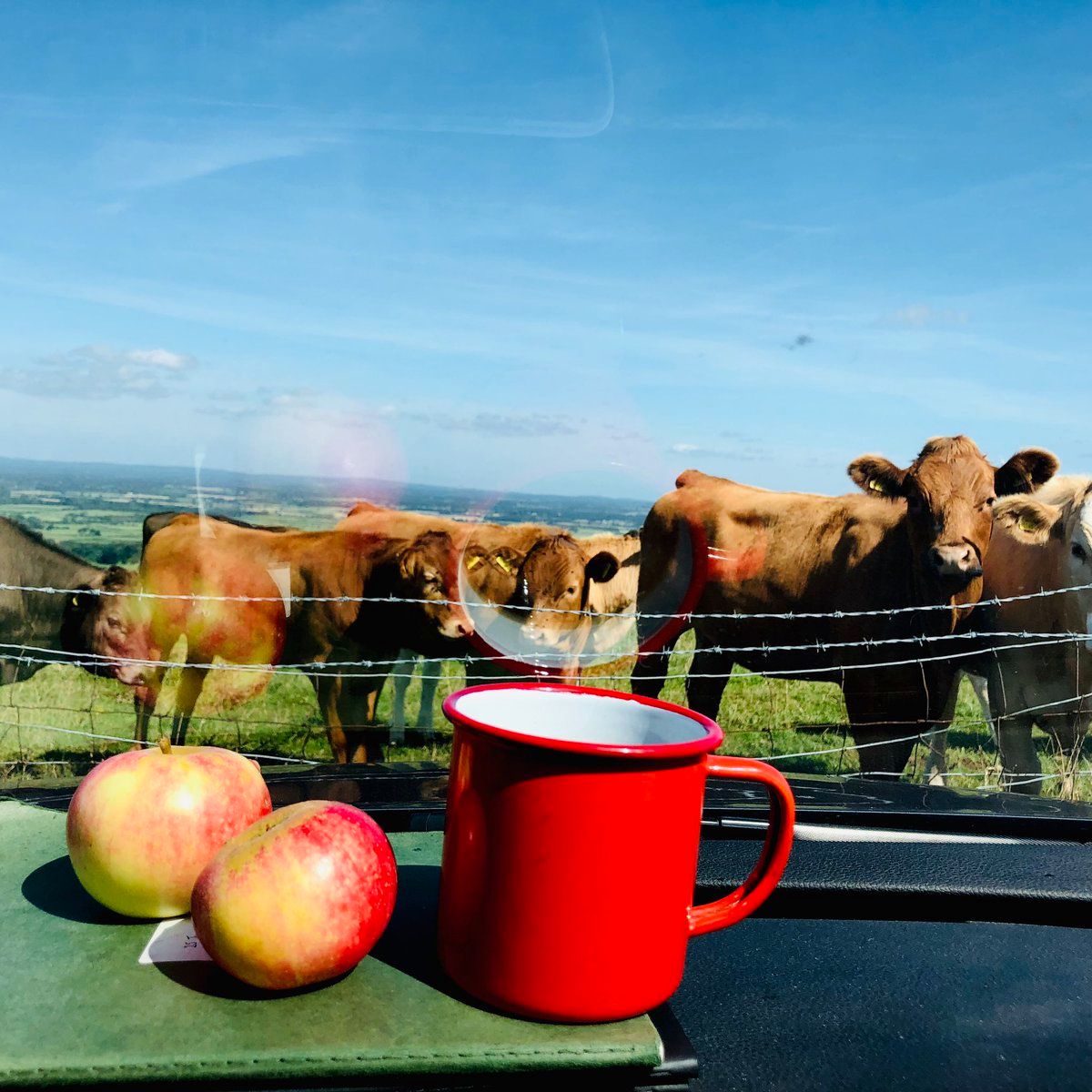
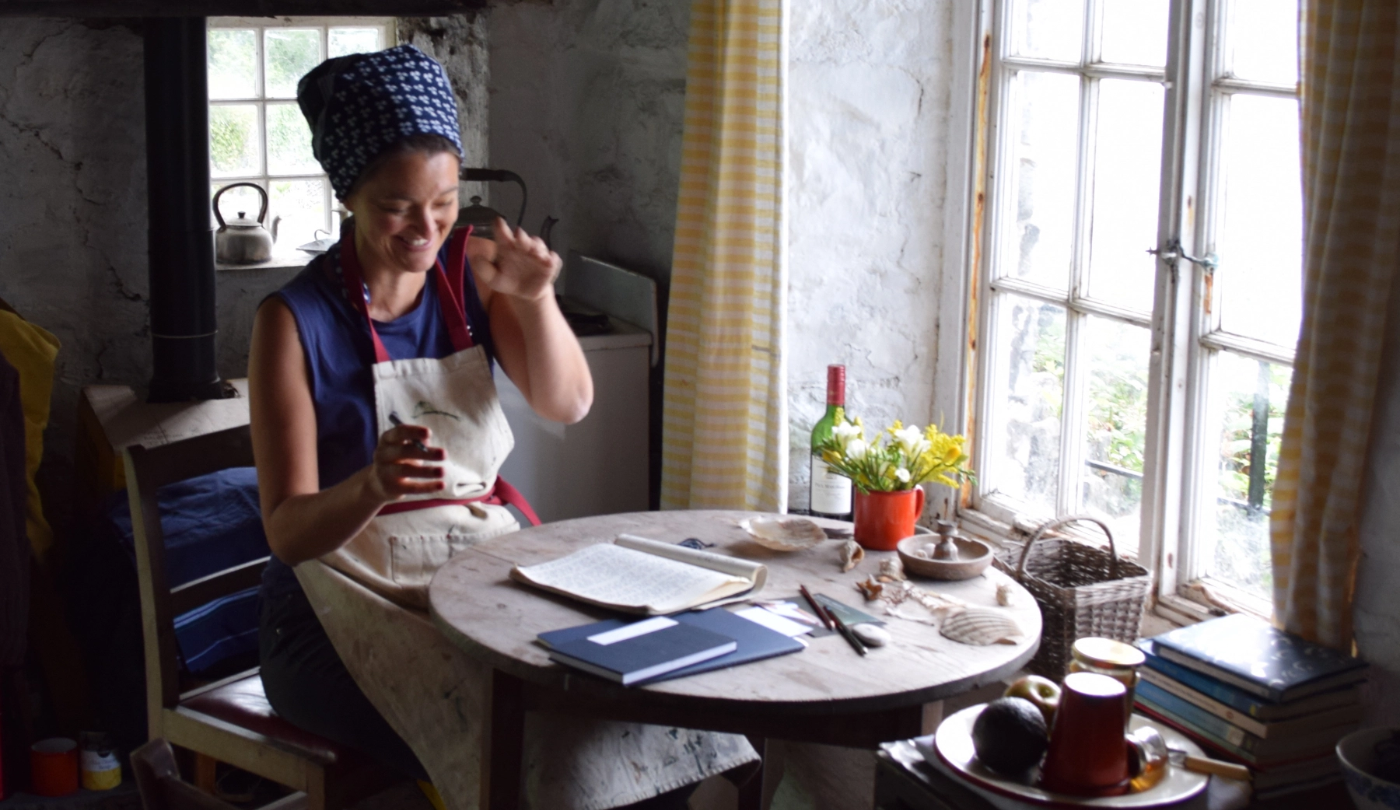
Tanya Shadrick is founder of The Selkie Press and editor of Wild Woman Swimming by the late Lynne Roper – a journal of west country waters longlisted for the 2019 Wainwright Prize. A Fellow of the Royal Society of Arts, Tanya is also a sought-after artist in residence who encourages connection and creativity in those who encounter her. In 2016 she embarked on her Wild Patience Scrolls – a mile of writing composed, pen on paper, beside the country’s oldest lido. She has since worked with the public in other extraordinary locations, including Virginia Woolf’s garden on the Sussex Downs, a listed National Trust cabin on a cliffside by the wild west country sea, and the Jan Michalski Foundation for Writing and Literature in Switzerland. Her first book The Cure for Sleep – a fable-like story of a life transformed slowly after sudden near death – will be published in the spring of 2022 by Weidenfeld & Nicolson.
(Image credit: Tanya Shadrick in residence at the National Trust Artists’ Cabin at Bucks Mills by Bob Walters)
By Jackie Morris
Wales
December 2019
(All images reproduced with kind permission by Jackie Morris)
As a child I was domesticated, always with a nose in a book, usually a sketch book, looking to escape. When I left home I began to grow more feral. On leaving college ( Bath Academy of Art) lived for the shortest time in London. Behind the house there was a small common frequented by foxes and all manner of wild thing, but it wasn’t enough. I shifted away from the city streets of noise and fumes so fast, to find myself in a small, cold cottage on the edge of Bath.
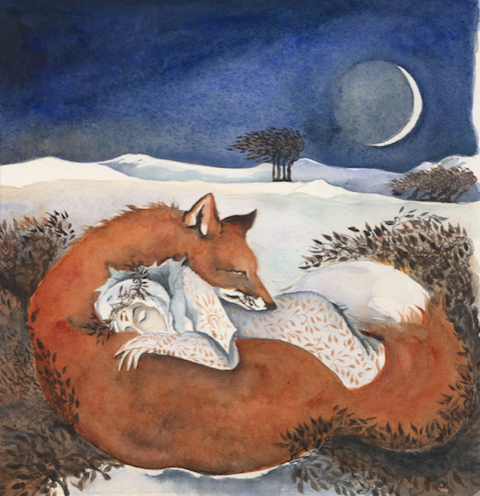
The cottage belonged to a farm, and we had permission to wander, no money above that of subsistence. We learned to forage. Hazelnuts and berries in the autumn, and beautiful puffball mushrooms- these are what I remember most. And taking the time to walk the fields, up to the high hill that looked out across the land so far you could almost see the sea.
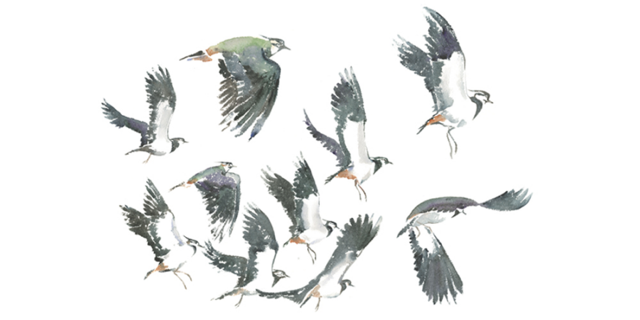
The sea. How I loved the space and the light of it. Ten years in Bath and I was growing restless for more space. By now I lived near the canal, always good for walking and finding birds. There are kingfishers in Bath, otters too, always foxes. I went to St Davids for the weekend. 28 years later I still live there.
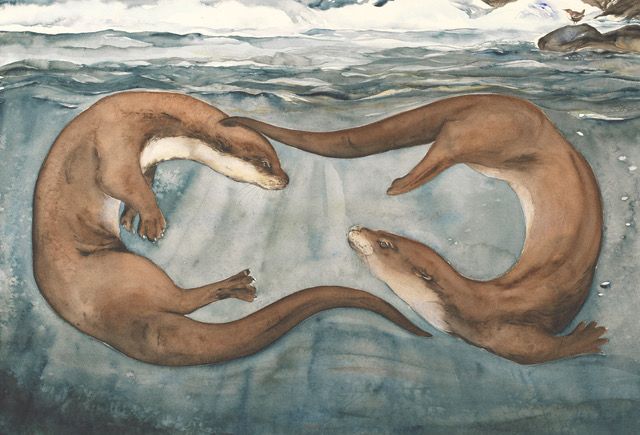
What does this have to do with art? Everything. All the work I do is informed by my environment, more now than ever. It’s hard to explain, but I wrote The Ice Bear, which many think is a retelling of a traditional tale, while watching ravens fly. I love listening to them, their talk, but also the sound the air makes on still, calm days as it holds the birds aloft, running its fingers through their feathers.
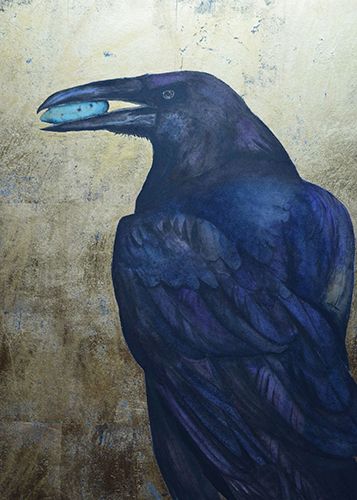
Here, in St Davids, beside the sea, this is where I live. With the birds and the seals, the fish in the sea, and they thread through my head and heart and now my work. The shapes of the trees in my paintings are mere echoes of the trees sculpted by the sea winds.
A friend, translator and poet, Mererid Hopwood said, ‘if you listen, Jackie, really listen, the stones will tell you stories’. This is what I feel here in this place where the wild meets the tame and the land meets the sea. But not just the stones, rocks, so softened with lichens that look like maps. The birds and the animals also. There’s a family of black foxes nearby. There’s a huge fox with a dark pelt, in dusk so like a small wolf.
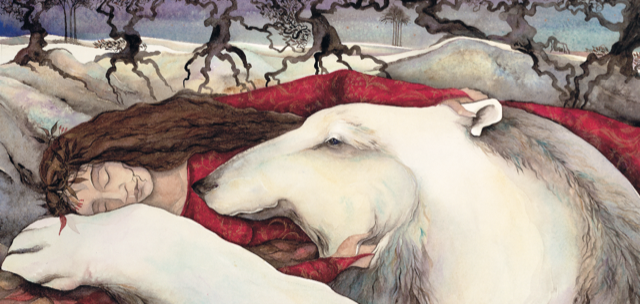
I need space around me in order to work. And silence. Not absolute silence, but not the endless chatter of humans, and radio, tv, noise. Writing, painting, illustrating, all of these come out of that space of quiet. The sound of the wind, waves, tide rushing roar, birds, fox bark, seal song, these are all different.
I write on the hillside above my house, where a strip of land carves its place through the sea. Sea on three sides and the stars above. It is a place of peace where you can watch the weather, light on land and water, flocks, and hear the wind move over the land. Home.
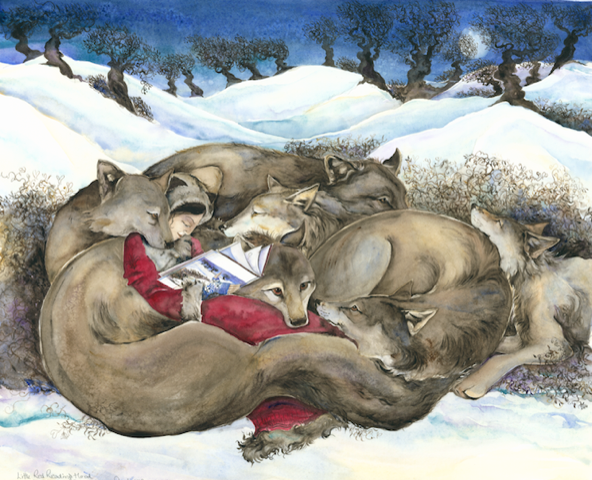
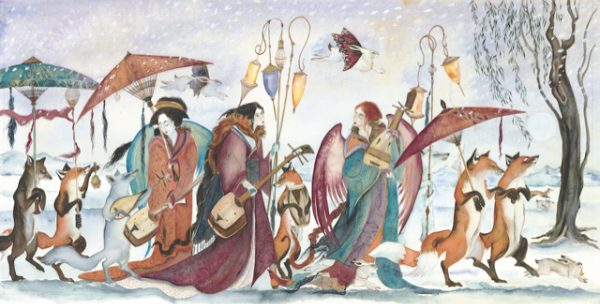
The Unwinding is a pillow book, in the ancient tradition of Sei Shonagan, a book to tuck up the sleeve, in a pocket, under a pillow, containing fragments of dreams. Designed to be a portal, a talisman, it invites readers to enter its world, through word and image.
Created over time, drawn first into the pages of sketchbooks, then emerging as large paintings in colour, each image carries many stories, and some of these are told in words to be read aloud or whispered in the head. Fragments of stories, part prose, part poem, catalysts for dreaming.
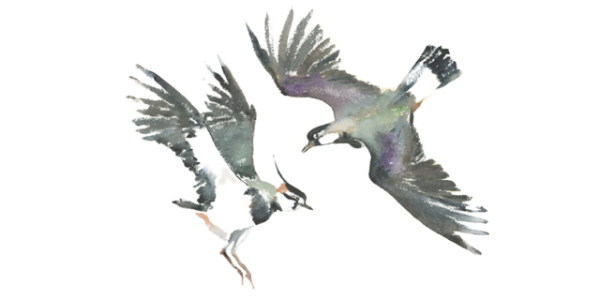
Robert Macfarlane and Jackie Morris, authors of the phenomenally successful 'spellbook' for all ages, The Lost Words, have embarked on an even more ambitious project to be published spring 2022 published by Hamish Hamilton, entitled The Book of Birds: A Field Guide to Wonder and Loss.
The Book of Birds will be a new kind of field guide, combining images and words to celebrate the nearly 70 species of birds currently in severe decline in the UK, as defined by the ‘Red List’ put out by the Royal Society for the Protection of Birds and the British Trust for Ornithology.
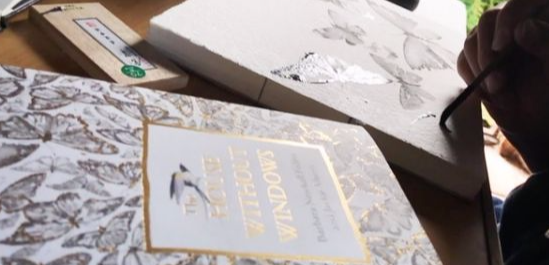
Jackie's latest book is a collaboration with a ghost, Barbara Newhall Follett. The House Without Windows was published in 1927 when Barbara was just 12 years old.
It’s a story about a child who felt utterly trapped in a house, so one day just walks away, taking a small box with some crackers. She wants to live a wild life and does, first in the meadow, then by the sea and finally in the mountains.
The House Without Windows is richly lyrical in its language. Out of print for years it has been brought back with illustrations and an introduction by Morris.
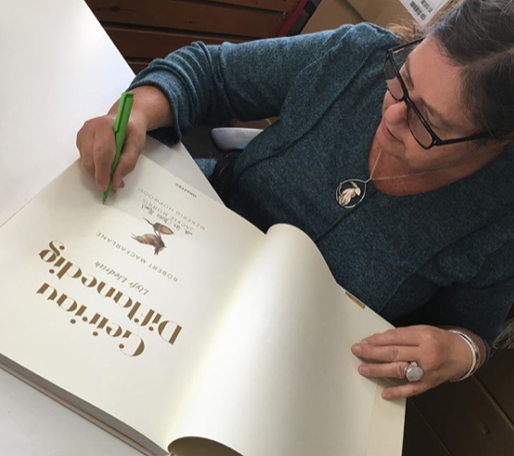
Jackie Morris is a writer, illustrator and artist. She has written and illustrated books published in many languages. In 2017 she and Robert Macfarlane published The Lost Words, a book of spells. The book won the Greenaway prize for illustration in the UK, and went on to be hailed a ‘cultural phenomenon’ by The Guardian.
Other titles include The Ice Bear and The Snow Leopard, and Tell Me a Dragon and Can You See a Little Bear ( written by James Mayhew) for younger children.
She trained as an artist at Bath Academy of Art. On leaving college Morris mostly worked in editorial, illustrating for New Statesman, New Internationalist, Radio Times, Country Living, The Independent. She began working in children’s books in 1992 when her first child, Tom was born.
She lives in a small cottage by the sea where her two children (Hannah and Tom) grew up and over time has shared this space with a curious pack of dogs and a strange pride of cats.
By Rebecca Smith
Cumbria/Glasgow
November 2019
I have not walked up a mountain for quite some time. My life is made up of compartments, pieces of time that are sectioned off for certain things: work, school, football practise, football matches, food shopping, seeing family; the list, inevitably, goes on. With two young children, a freelance career and a degree to study for, I have not yet created a solid slice of time for exploring the higher wilder places. This, I must do.
I explore the lower wilderness, the woods and the lochs nearby, the beaches and the iron-stained rivers. It is easier. To paddle in the sea, watching the toddler taste sand for the first time, or to take the bike to the woods where the tracks are worn and wide enough for a buggy. It is much more difficult to carry a wriggly baby up a Munro, or persuade the older child that, ‘it takes more energy to sit down and get back up again, than it does to keep going,’ – my Dad's astute words and ones I now use often.
But I miss the height of a mountain. I miss the shock of the wind as you round the edge of a rock formation and the view takes your breath away. Gaining height and sitting for a moment helps my thoughts slot into place. It helps me see things clearly.
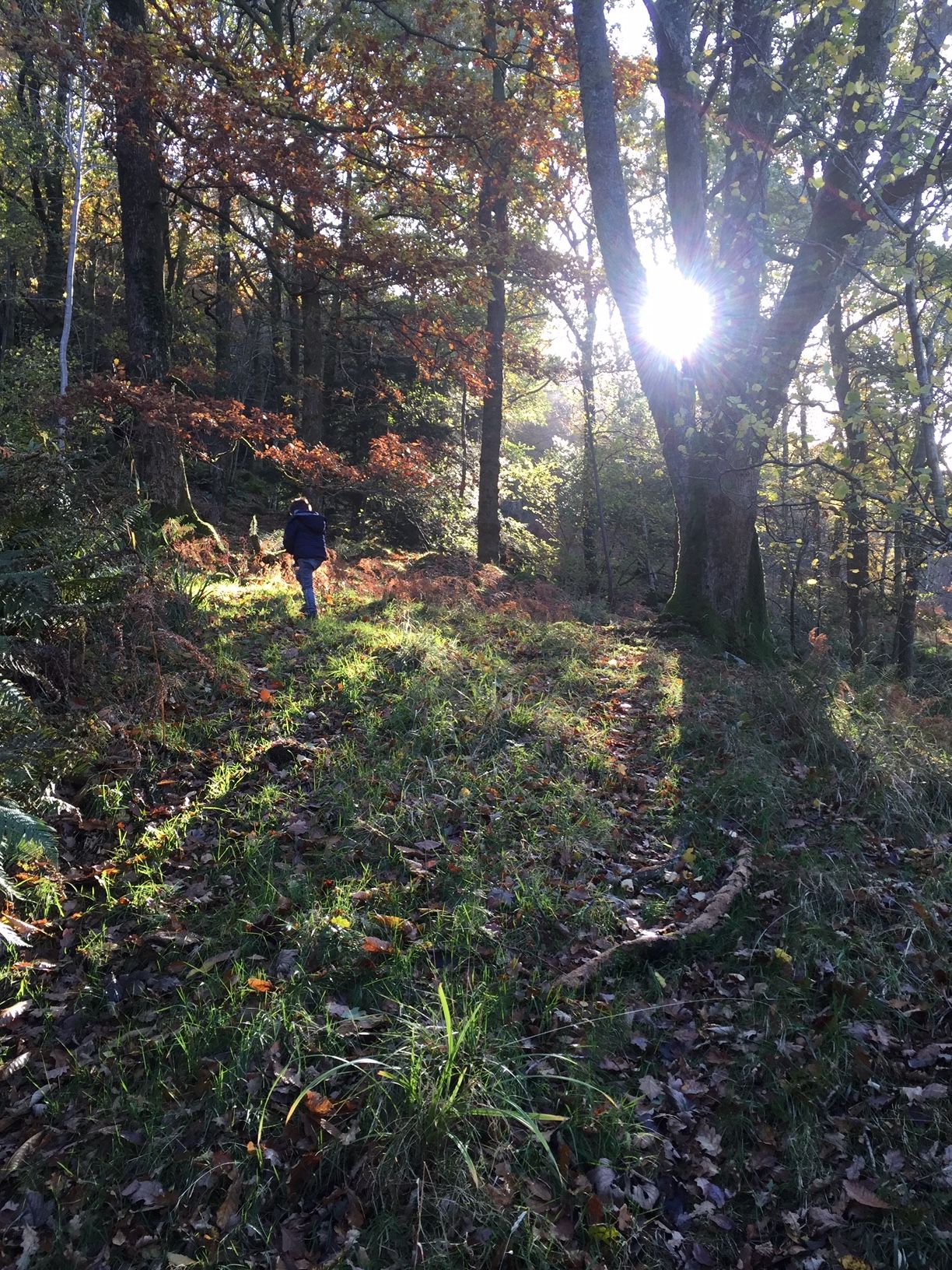
As a child I explored my back garden. I was lucky enough to have a garden that stretched for hundreds of acres through thick forests of pine, with old stone ruins and a lake shore. We lived on a Country Estate - my father was the forester, part of a small community that helped run the estate. This working-class rural lifestyle is disappearing. Now, there is no need for a joiner, a forester, a plumber, a blacksmith to live on the Estate. Instead, there are playparks, visitor centres and holiday homes. I have only recently become aware how privileged I was growing up in the heart of this wild land. Childhood was steeped in nature and adventure, in exploring places that are hard to reach. And the benefits of going ‘up’ is one of the most important lessons I leant.
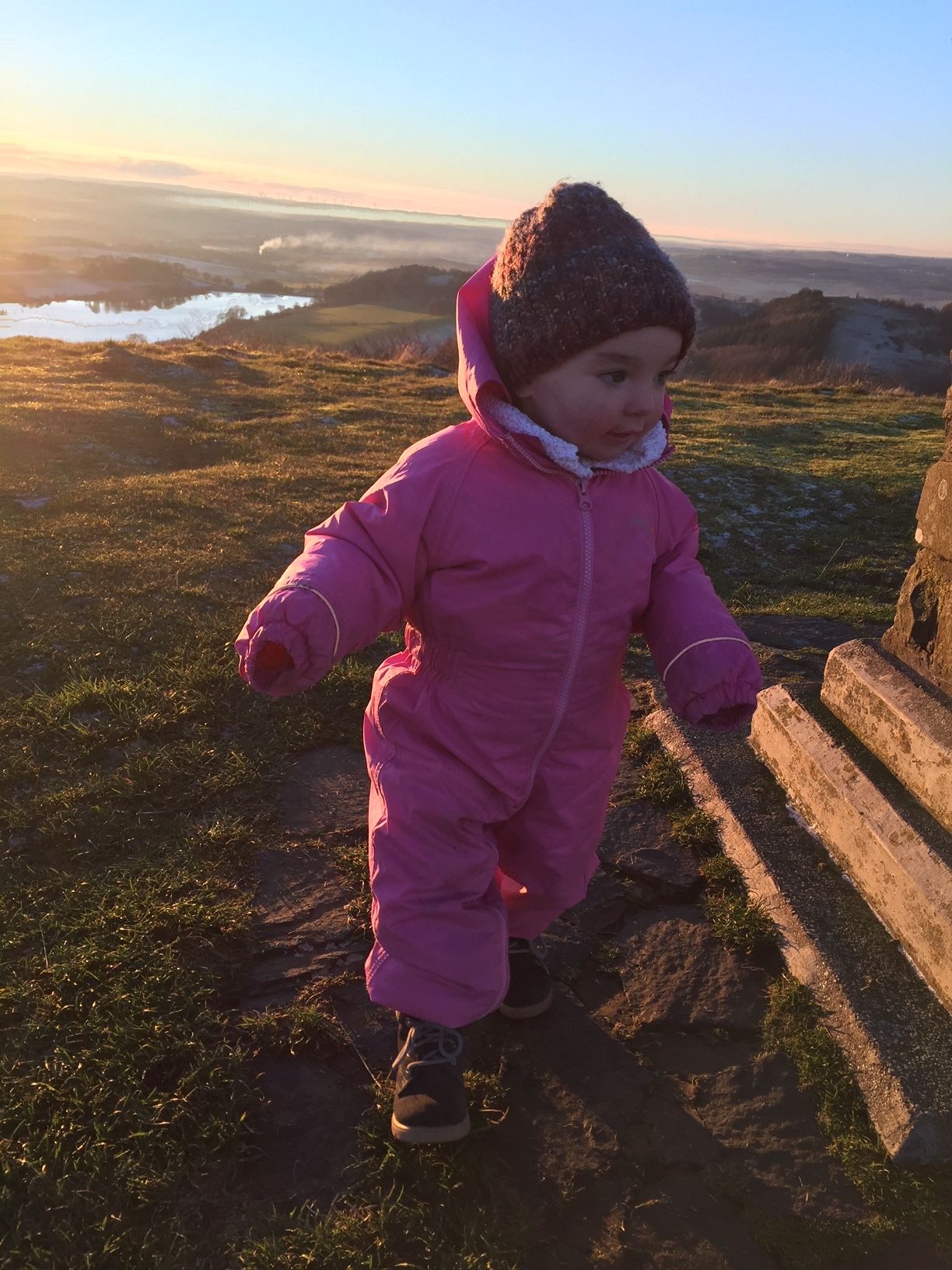
When I was thirteen, I started to explore the hillside above my house. There was a vertical slab of stone you could see from the other side of Lake Windermere somewhere amongst the trees. It stuck out like a sore thumb, like a marker - a sharp contrast from the tips of pines trees that looked like paintbrushes dipped in varying shades of green. I pushed my way underneath the prickly boughs of Sitka Spruce, jagging my arms as I went. I joined deer paths which led me to clearings where long grass flourished and white moths floated in the disturbed grass. I came across deep gorges in the rocks, ruins of old stone walls and startled deer. I never saw any other people.
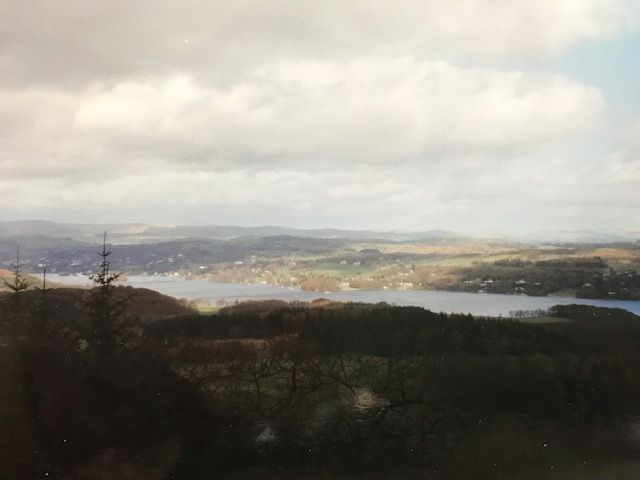
I felt euphoric when I finally found the rock (christened, predictably, ‘The Big Rock’). I sat on the tip of the wedge of slate, legs dangling over a twenty-foot drop and breathed in the view. I could see the range of mountains I saw every day from my bedroom window but now, from up high, I could see the water of Windermere. The Lake was normally hidden from view of our house but we often heard the bass of the music from the tourist party boats on a Saturday night. I could see the town of Bowness and the mansion houses on the road to Newby Bridge, with their moorings by the water. I watched clouds roll over the rounded mountains. I could breathe here.
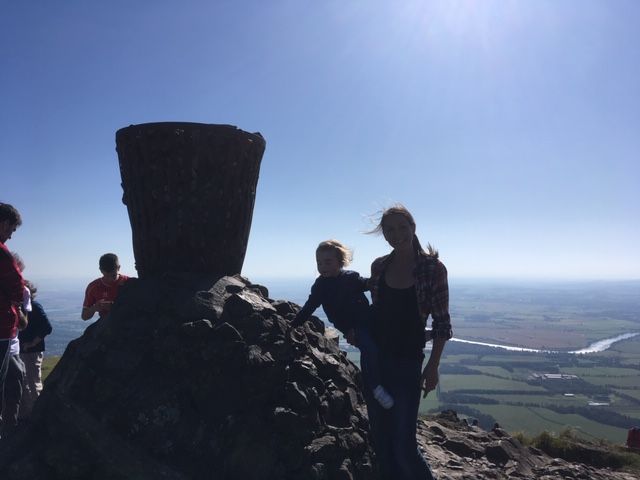
The necessity to ‘get a bit higher’ has never left me. As a young student, if I ever felt far from home, lost, or simply agitated about something, I would climb up the nearest hill and sit on small plateau looked down at the rest of the world. It wasn’t very high, it didn’t take long but, all of a sudden, I felt a weight lifted off my shoulders.
I have a collection of places I take my children that fill that need for altitude, cajoling the toddler with promises of chocolate at the top. If it only takes an hour out of the minutia of the day then it seems feasible. I want them to learn the trick of gaining perspective, of being able to slot your shattered thoughts back into place. Maybe when they are older, they will explore the highest places on their own. For now, a short walk to gain some height, to remind myself how to breathe again, that will have to do.
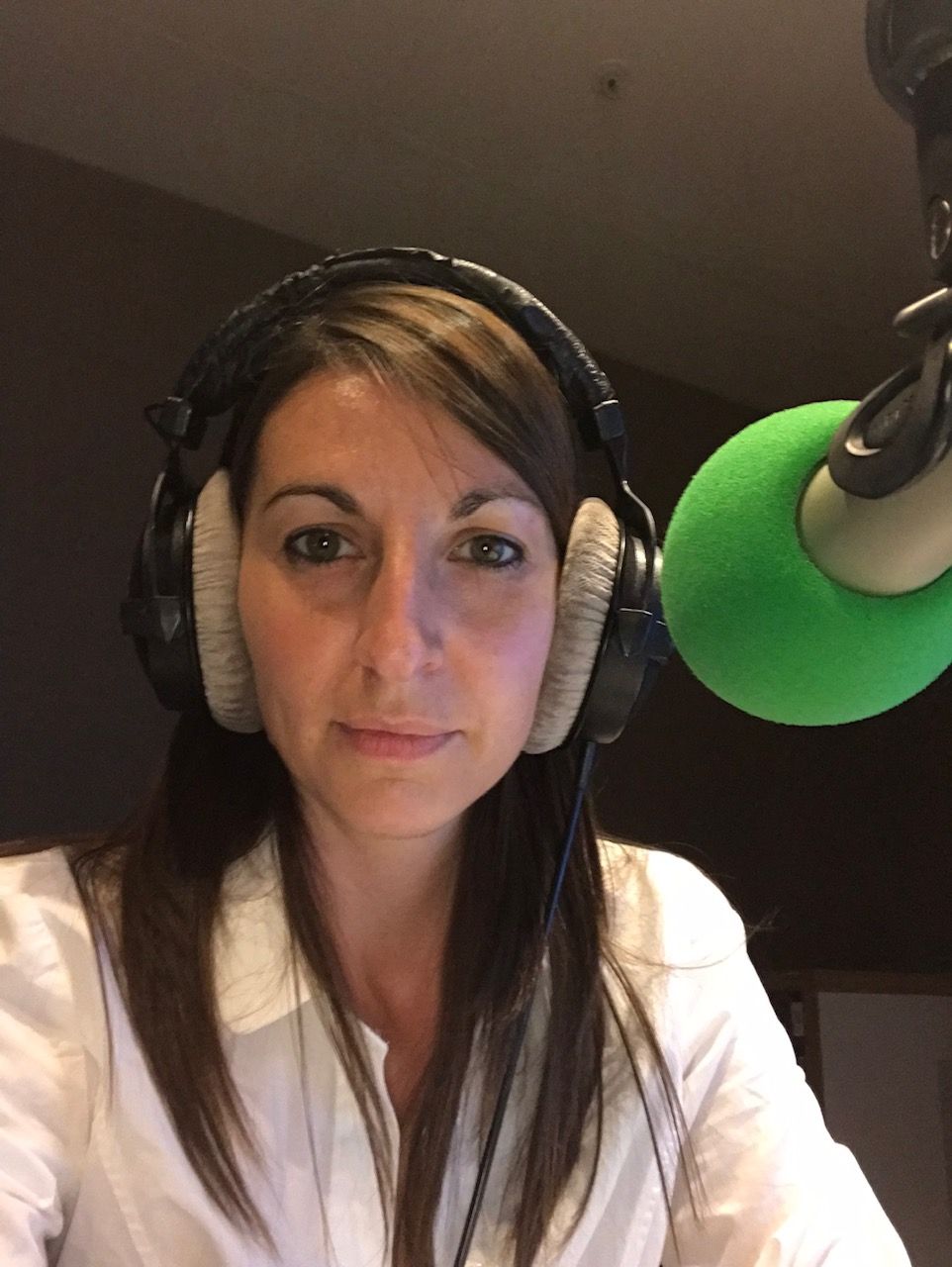
Rebecca Smith is a writer and audio producer from Cumbria. She is currently studying for a Masters in Creative Writing at Glasgow University.
Her work has been published in Northwords Now, Glasgow Review of Books and Dear Damsels.
She is currently working on a non-fiction novel about growing up on a Country Estate in a rural working-class environment.
She has two children and works freelance, mainly interviewing authors, which is a dream job.
You can find her on twitter as @beckorio
By Wendy Pratt
Yorkshire, UK
October 2019
My name is Wendy Pratt. I’m a poet living on the North Yorkshire coast. I’ve spent my whole life in rural North Yorkshire, I’ve never lived for than twenty miles away from where I was born. Before my dad chose to be a bus driver, for generations my family were farmers. Sometimes I feel like my ancestors are alive in me. I have always felt a deep connection to nature, I have always felt at home with animals, much more than I ever have with people. A great deal of my writing has a nature themed edge to it. I’ve just finished writing my third full collection, When I Think of My Body as a Horse.
The other big ‘theme’ in my writing to date has been the death of my daughter. In fact, if I think about my poetry writing career, I think about it as being completely entwined with the death of my daughter, and the grief that came with it. It is as if the two, for a very long time, couldn’t be differentiated. Matilda died in 2010 during an emergency delivery. She was an IVF baby. An investigation into her death later showed that it was at least partly due to clinical negligence. She was the miracle in our lives, something that was never repeated, despite thirteen years of trying and five rounds of IVF. We decided a year or two ago, when I reached forty, that we, my husband and I, would let go of the dream to have a family and embrace childlessness as our future.
Self Portrait with Maritime Museum Mermaid, Hull
The plaque reads Early 18th century mermaid.
Probably Fake. She is blackened with age.
There is an X-ray of her body, which shows
wires for a skeleton, whale ivory for teeth,
glass eyes. Her skin is monkey skin,
her tail is a fish tail. Chimera mermaid.
Her little breasts are flat, drooped. Old-lady
mermaid. She has no hair and her mouth
is open to its fullest extent, a constant,
soundless scream to the people whose eyes
she looks straight into.
When I take the photo of her, I don’t realise
that I am in it too. Overlaid, my hounds-tooth
coat and red hat, my mobile phone, my face,
have shadowed her. My face is laid over hers,
so perfectly, that I can’t see my own eyes.
We are a little freak show, all wire and fakery,
empty of biology and withering in a box. Only,
someone put this thing together with skill,
if not love, and someone painted those glass eyes
with care and filled the little head with tiny teeth
and fooled the world. And people still pour past
the little box and look, see? The plaque
cannot be sure that she is fake at all.
I move away, untethered. I leave the freak show
and swim up to the rafters to be with the skulls
of Right whales and Narwhales. We don’t
even think of the IVF clinic today. I am thirty-nine.
My husband cries, finally, over our lost babies.
We hold hands. I am swimming away.
Though it has been difficult I am happy to say that my life is good, although it is still difficult to carry around with me the knowledge that my daughter could have lived, that she will never do any of the things she might have, that her death could have been prevented, my life is still good. There are small things about being childless not by choice which have blind-sided me: the sudden realisation that we shall have no one to pass our memories onto, no one to pass our precious belongings to, that I am making photo albums and keepsake boxes for…who? Still make me sad. I worry about what will happen to my husband and I in the future, who will advocate for us when we are elderly, who will stop us being separated and moved into other care homes. There are other things – I have PTSD from the circumstances of my loss, and it occasionally interferes with me living my life, but my life is still more than good. My life is interesting, fascinating, I approach it without expectations, there is no plan or map for us. It’s exhausting but exciting
My husband and my writing are the two most important things in my life. I am compelled to write as if I have a disease or an unstoppable compulsion, I can’t not. Sometimes it feels like there must be some unbalanced aspect to the grey matter in my brain, that the liquid which holds my brain in place must have shifted somehow when my daughter died, because after that I was on fire, and couldn’t stop. My first pamphlet: Nan Hardwick Turns into a Hare came out in 2011, the year after her birth, her death. The title is also the title of a poem which came to me while I was still incapacitated by grief. I would wake up and feel her moving inside me, like a phantom baby, the ghost of a pregnancy and then the terrible truth would pour in and I’d be unable to get up or go anywhere. The poem came, then: the witch, the transformation, the old, old story of transmogrification; not unlike pregnancy, not unlike birth, not unlike taking cells and veins and muscle and making a person, and she was born to me again in the shape of a hare.
Nan Hardwicke Turns into a Hare
In memory of M
I will tell you how it was. I slipped
into the hare like a nude foot
into a glorious slipper, pushing her bones
to one side to make room for my shape
so I could settle myself like a child within her.
In the dark I groped for her freedom, gently teasing
it apart across my fingers to web across my palm.
Here is where our separation ends:
I tensed her legs with my arms, pushed my rhythm
down the stepping-stones of spine. An odd feeling this,
to hold another’s soul in the mouth like an egg;
the aching jaw around her delicate self. Her mind
was simple, full of open space and weather.
I warmed myself on her frantic pulse and felt the draw
of gorse and grass, the distant slate line
at the edge of the moor. The air span diamonds
out of sea fret to catch across my tawny coat
as I began to fold the earth beneath my feet
and fly across the heath, the heather.
The hare has been an emblem for my daughter; for some rooted, transformed instinct, ever since. I’d be walking my grief out in the village lanes around my home, walking the Dales, the Moors and I’d see a hare in a field staring straight at me. I’d feel, suddenly, like she wasn’t dead and in the ground rotting, but like her atoms had been suffused with the sea breeze and leaf mulch and she had been absorbed into tree and bird and yes, the hare, she was here now in the shape of the hare. Nan Hardwick Turns into a Hare was followed by Museum Pieces in 2012, my first full collection, then Lapstrake and then Gifts the Mole Gave Me, all of which to greater and lesser extents are about moving through grief. And then this one.
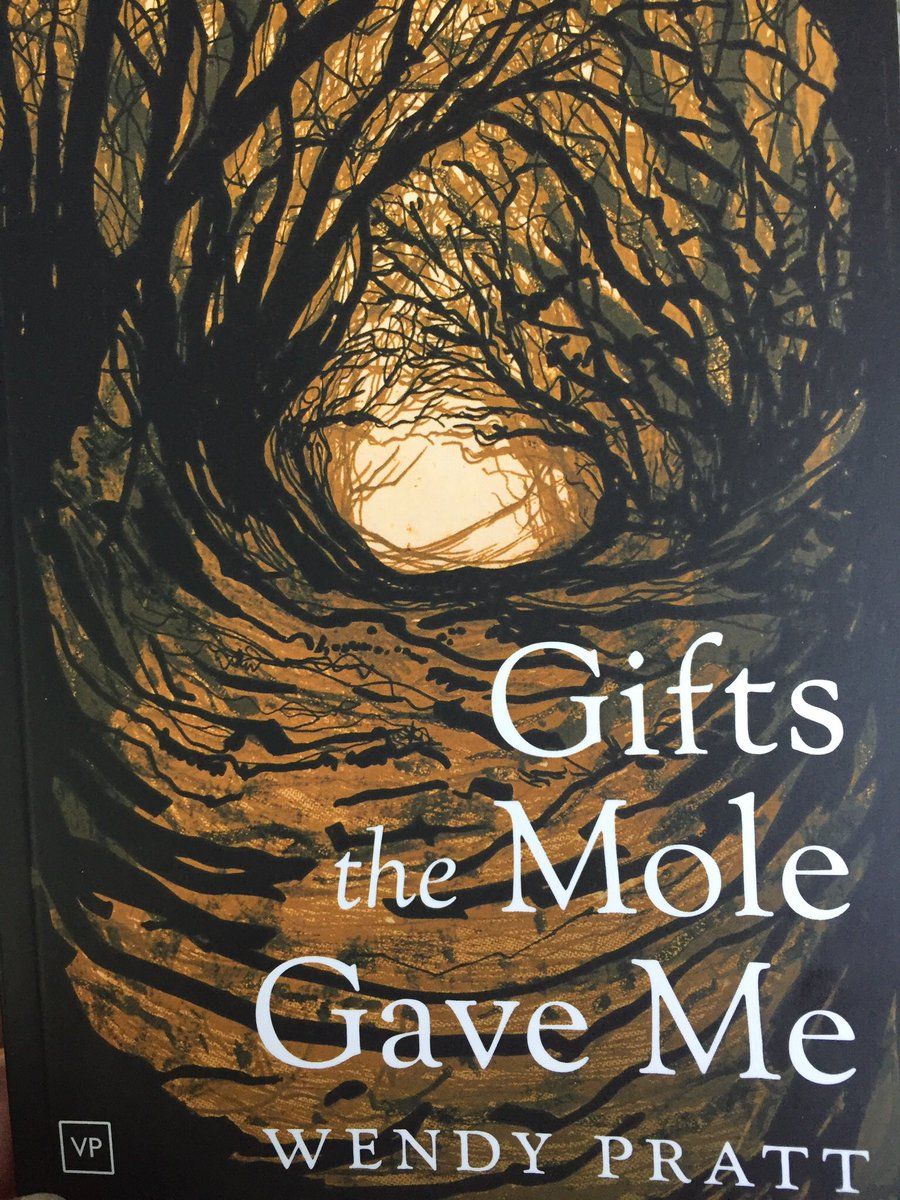
The new book is a purge of grief. I’ve worked on it for about five years. It has been re written and torn apart and put back together, never quite saying what it needed to, and then, like something instinctive, it was suddenly the right time; like everything I needed to say, the goodbye that I needed to say was poured into it with all its bones showing, it was almost ritualistic, almost witch craft. The book is totemic, it uses my experience of the wild, as a person who feels close to nature, close to animals and the animal instinct to explore the experience of not being a mother, but also being a mother, the experience of being a woman with a body that couldn’t do the thing it was made for. And yes, the hare is there, my hare daughter, she comes back and back in this book. I like to think, now that my grief is over, that I mourned her. I feel like the Victorians might well have had it right with their Whitby jet and black silk dresses.
Sixth Birthday
You would still be small enough
to pull onto my knee; a kindling
of hot, slim limbs, your shape
not quite removed from babyhood.
I would brush sand from the soles
of your feet, rub the salt
from your shins with a towel, try
to hold on to this seaside-smiles girl.
Maybe ice cream; a hot fudge sundae
at the Harbour Bar.Your heart shaped face,
and mine, reflected in the mirrors there,
your dad, distracted by the football
on his phone. He kisses you to grins,
we pack our ordinary life into
our ordinary car, drive home
to arguments about bedtime,
a hot bath, light sleeping,
a Beatrix Potter bedroom,
drawers full of clothes
that you still might wear.
I wish I’d been more defiant about it, I wish I’d been more steadfast and told people without shame, that I was mourning my daughter and yes, it would take nine years to say goodbye, but I needed nine years. I was saying goodbye to her, and the two miscarriages and my life that hadn’t happened and the future that wouldn’t happen and I was finding a peace with a knowledge that felt like carrying the weight of a nine year old child all the time. The purge of writing, the expulsion of grief, the gentle patting away of the past, it was freeing, but also painful. The book is by far the one that I am proudest of, it is a testament to my love for my daughter and for the power of instinct, the connection to the wild-self. I walk the same paths now, I see the hares still, and greet them with ‘hello darling, I miss you’. I will always walk the same wild paths, climbing over stiles and fences, feeling the burn of nettles, the sting of sun burn, but I’m not searching any more, that part is done.
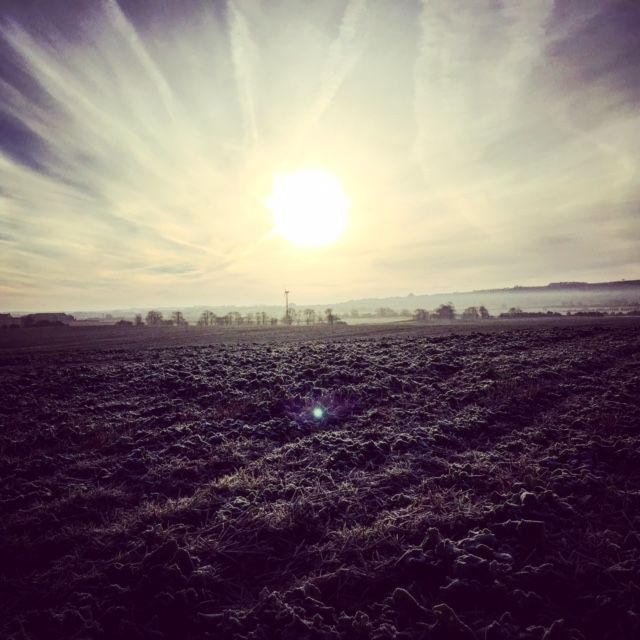
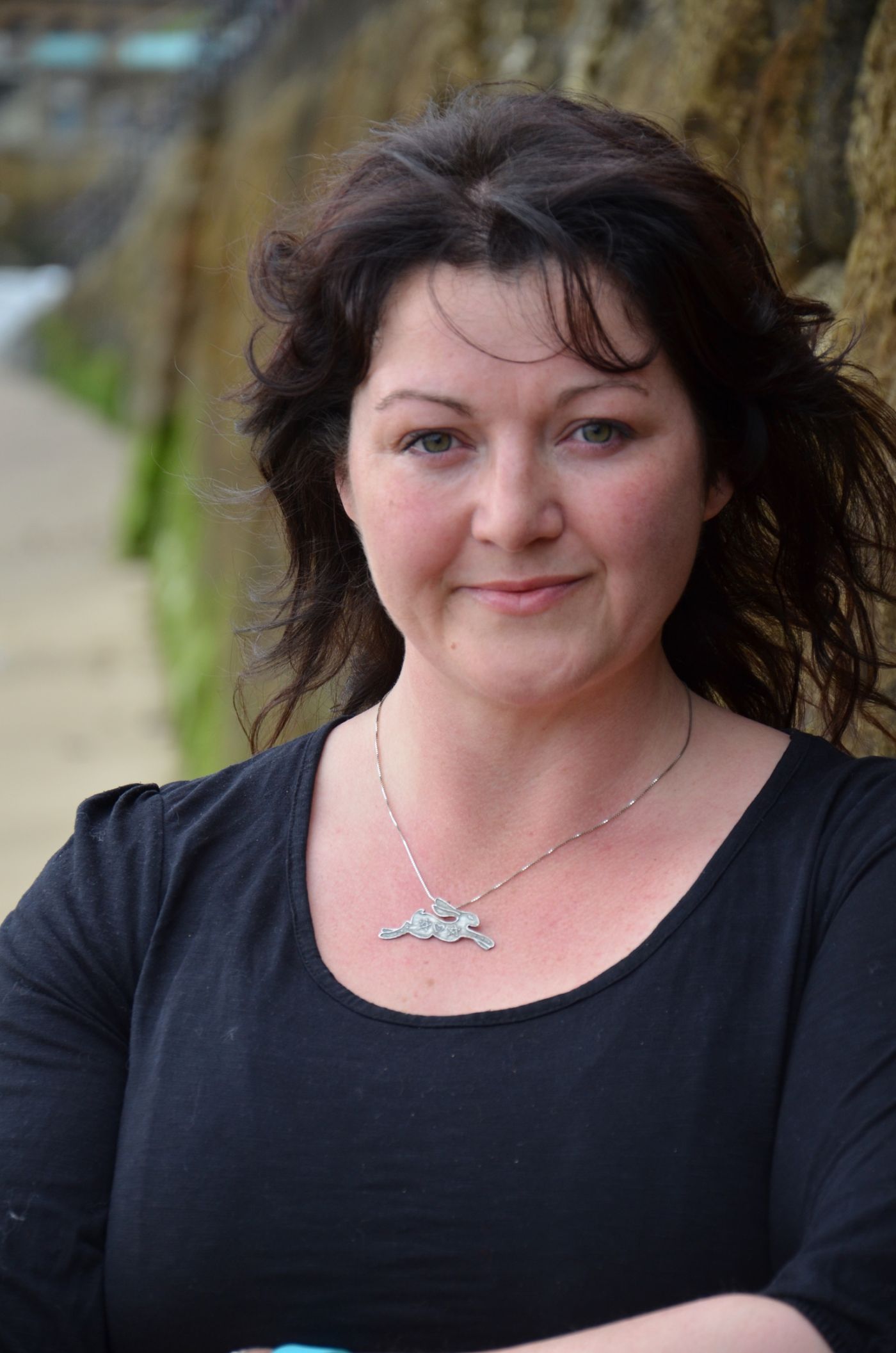
Wendy Pratt is an award winning poet living on the beautiful Yorkshire coast. She is the author of four collections of poetry and her fifth, When I Think of My Body as a Horse will be published by Valley Press in 2020. She has been highly commended in the Forward prize and has won both the Yorkmix and Prole laureate prizes, among others, and her work has appeared widely in print and online in journals and magazines. Wendy is the coastal columnist for Yorkshire Life magazine, editor of literary arts magazine Dream Catcher. She spends her time mentoring, facilitating workshops and running courses for aspiring and established writers. Her Twitter handle is @wondykitten
Acknowledgements:
Sixth Birthday first appeared in Gifts the Mole Gave Me, published by Valley Press and also in the anthology Writing Motherhood, edited by Carolyn Jess Cooke
Nan Hardwicke Turns into a Hare first appeared in the pamphlet of the same name published by Prolebooks
The God of Small Things won third place in the Manchester Cathedral prize
Self Portrait with Maritime Museum, Hull was commended in the YorkMix poetry competition 2019
By Ruth Snowden
Cumbria
August 2019
Woodruff suddenly appears in my life as a healing herb, chosen by another Wild Woman, who said it was most insistent. But why? I have never paid a huge amount of attention to it before - it grows rampantly on the banking in my garden, and I spend quite a lot of time in the spring pulling exploratory tendrils of it out, in order to prevent it overwhelming other inhabitants. It’s died back a lot now, in early autumn, and it’s not speaking to me.
The first time I recall noticing woodruff was around the millennium, when a friend gave me a cutting. It was growing on her patio and I felt strangely drawn to it as being somehow mysterious and linked to Elizabethan times, when it was widly used as a strewing herb on floors, to repel insects and also to stuff mattresses. It was commonly used in churches, to deter malign presences - and apparently it made a powerful love spell, to arouse male interest.
Not being particularly in need of any of those (undoubtedly useful) forms of input in my life, I am slightly baffled. So I dig up a small clump and plant it in a special pot, so that I can keep an eye on it and an open ear. Meanwhile I write some notes and draw a picture in my journal.
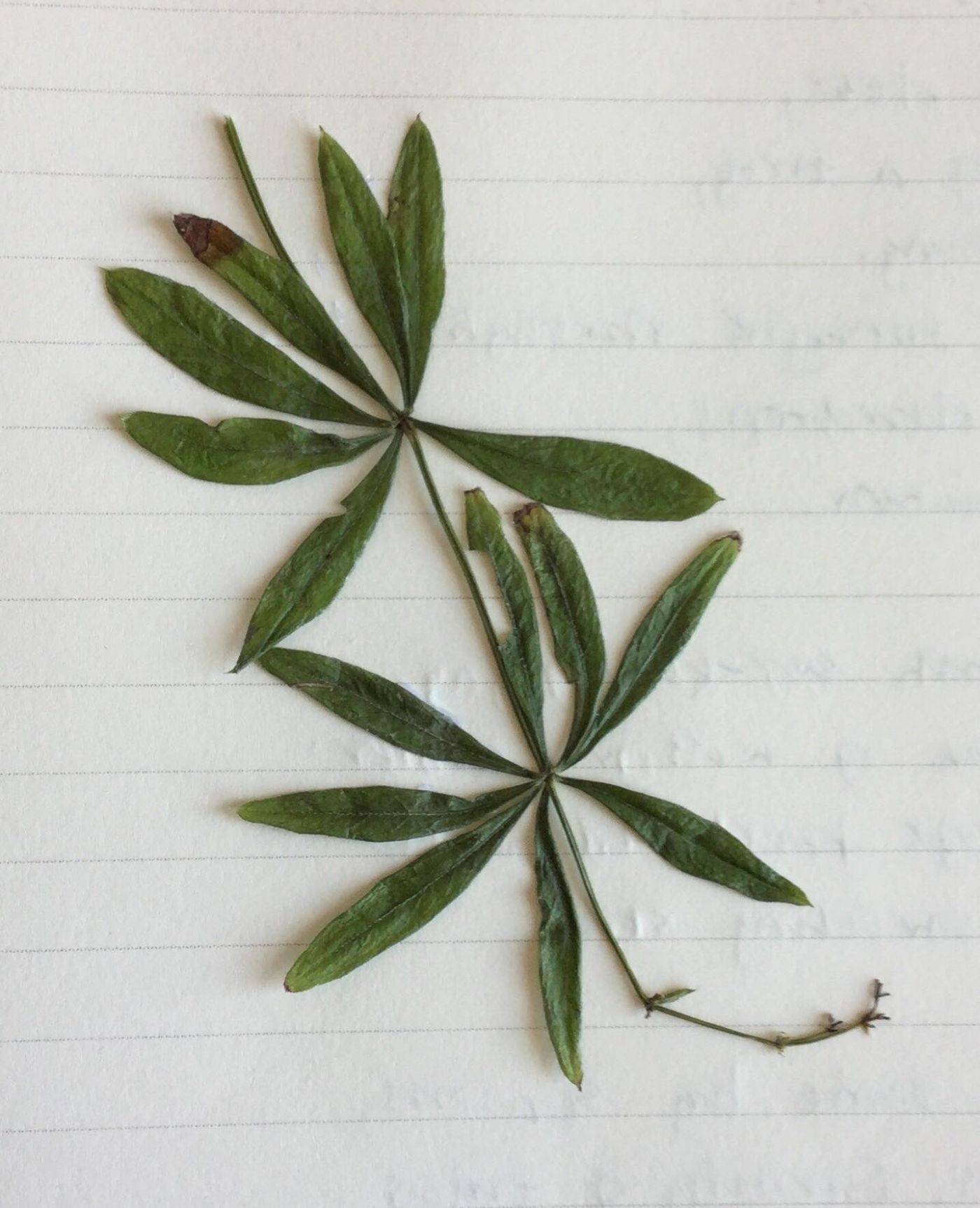
And I keep cogitating...maybe its other common names might hold a clue? Woodrove, Sweet Woodfuff, Master of the Woods? That last name is interesting - I am curious as to why such an unassuming little plant would be called that. A search on the internet and a perusal of various books yields very little more concrete information. Apparently its essential oil is used in the perfume industry as a base note to hold all the upper scents - common little woodruff, who knew!
Disappointingly it doesn’t smell of much to me - maybe my nose is getting old? Oh well, it’s supposed to have more scent when it’s dried. I pick a few sprigs and put them carefully in a tiny bag on the bedroom windowsill, to dry in the warm sunshine...
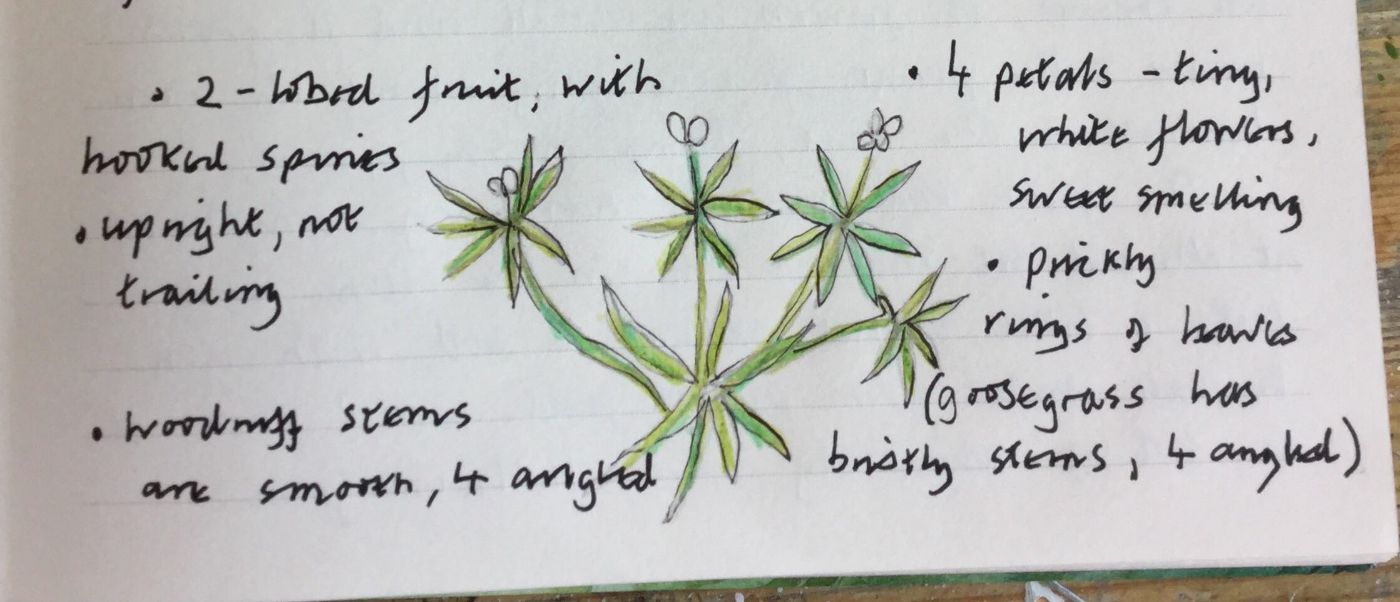
...and at bedtime....the secret is revealed. Wow! A powerful, compelling, mysterious, almondy, almost hallucinogenic scent has arisen, apparently from nowhere. I can’t believe it! Now I know why this subtle, unassuming little herb shows us the secrets of the woods, and the gateway to dreams and spirit communication.
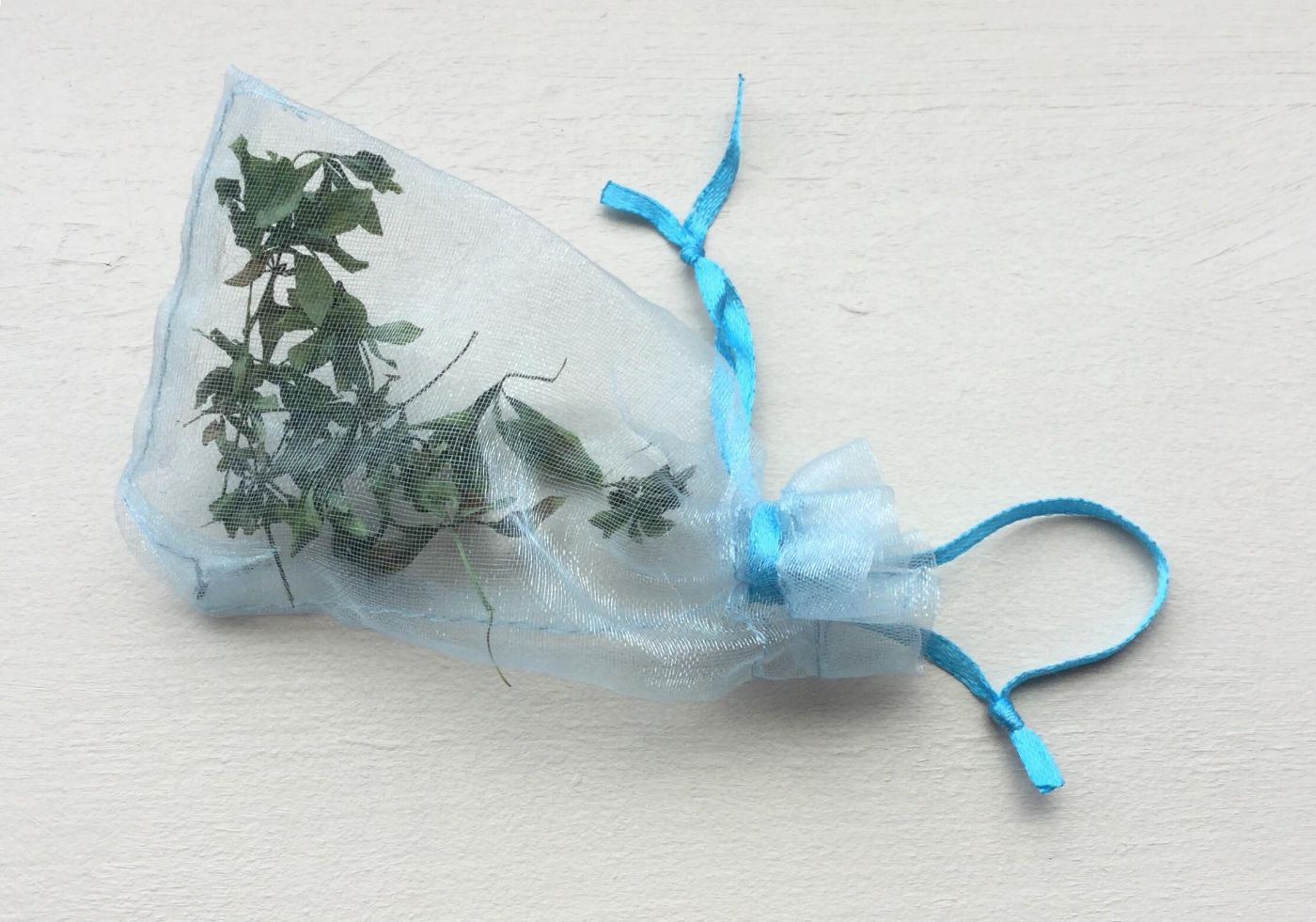
Woodruff
The secrets of the woods
are woven in silence and song;
the tiny white stars of woodruff,
cursing of wren, the Druid bird,
hidden in dense ivy thicket.
Footfall of deer,
the snap of a twig,
soft vanishing.
Patterns of sunlight through leaves;
gleaming dewdrops,
maps of lichen.
Sudden harsh screech of jay,
green cadence of willow warbler;
at night, soft feathered owls,
riding the swirling stars.
Measure of time by seasons,
moon cycles, turning of tides;
death and rebirth, lingering leaf fall
and silent unfurling.
Faint rustle of leaves,
stirring of breeze among rowan and birch;
ancient eyes, strange presences,
watchful and wise.
©️Ruth Snowden, August 2019
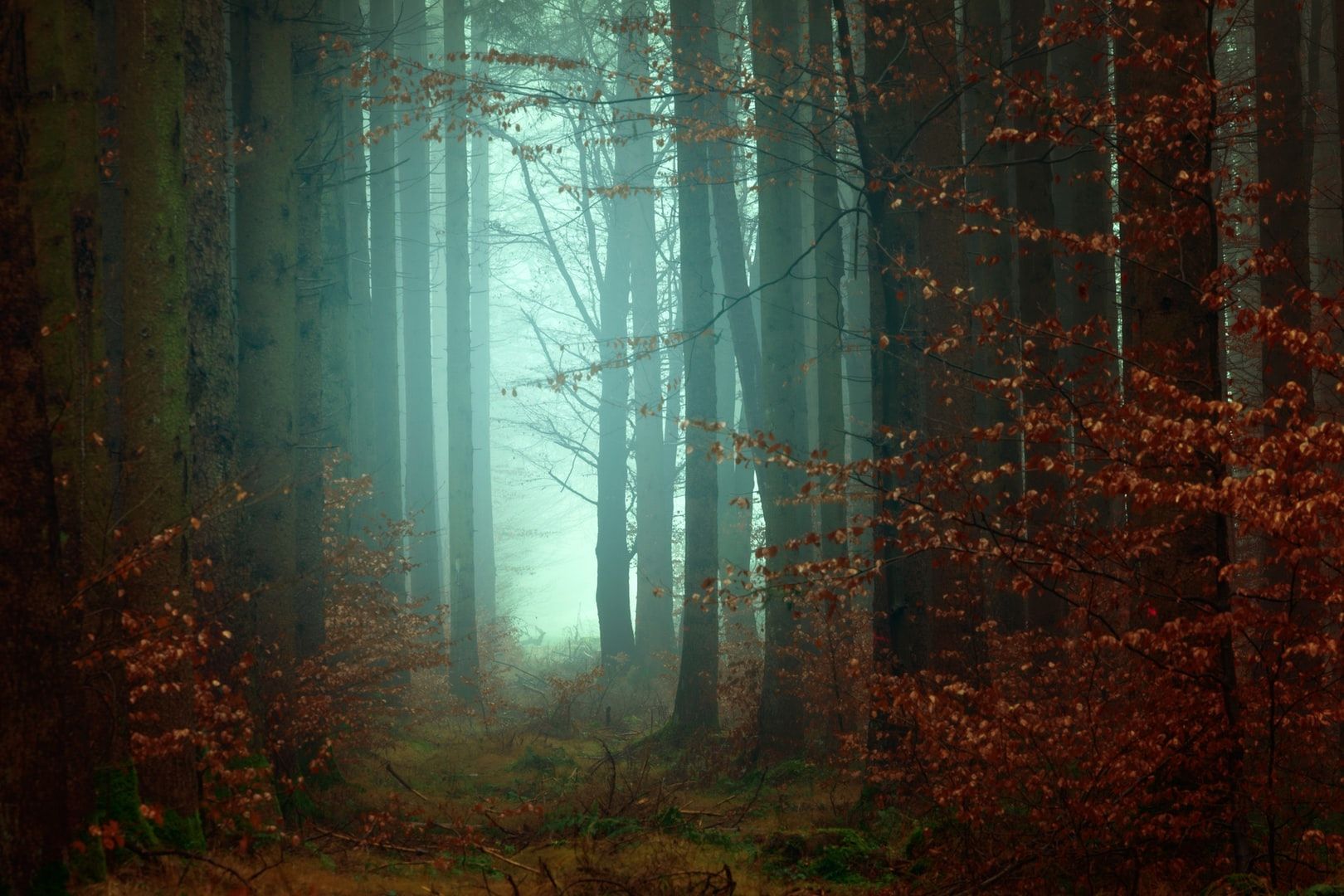
Ruth Snowden was was born in Cumbria, UK, at the edge of the Lake District, and has lived there most of her life. The long-inhabited, rural landscape has given her an interest in the folklore and culture of her British ancestors, which is reflected in her writing and art. She loves nature and walks often by the sea, in woods and by the shores of the lakes - which inspires both her art and writing. She has kept a journal and dream diary for many years and finds that this is one of the most important keys to personal growth and spiritual development, as well as a great source of creativity. She is an original member of Wild Women and creator of Granny's House, sharing wise and wild knowledge.
By Aim Me Smiley and Renee Ananda (The Troubadours of Divine Bliss)
Indiana/Kentucky, USA
July 2019
What happens when a dream becomes fervent vision rooted in heart-centered service and fanned by communal purpose? Introducing "Way of the Heart Woods Nature Preserve & Retreat Sanctuary"...
Way of the Heart Woods is a Forest Preserve, hosting retreats on Mystical Ecology, Spiritual Rejuvenation, Community Building, Education, Creativity and all that deepens the Heart. It came into being in 2018 through the mystic wishes of Troubadours of Divine Bliss - a folk duo that sings of the joy of sublime Love.
We are those Troubadours, Aim Me Smiley and Renee Ananda, and we have traveled internationally for 23 years as musicians, ministers, inspirational speakers, retreat leaders and soul guides, ready to serve countless people across the globe in multi-faceted ways. We are here to encourage soul fulfillment and the development of each person's sacred way.
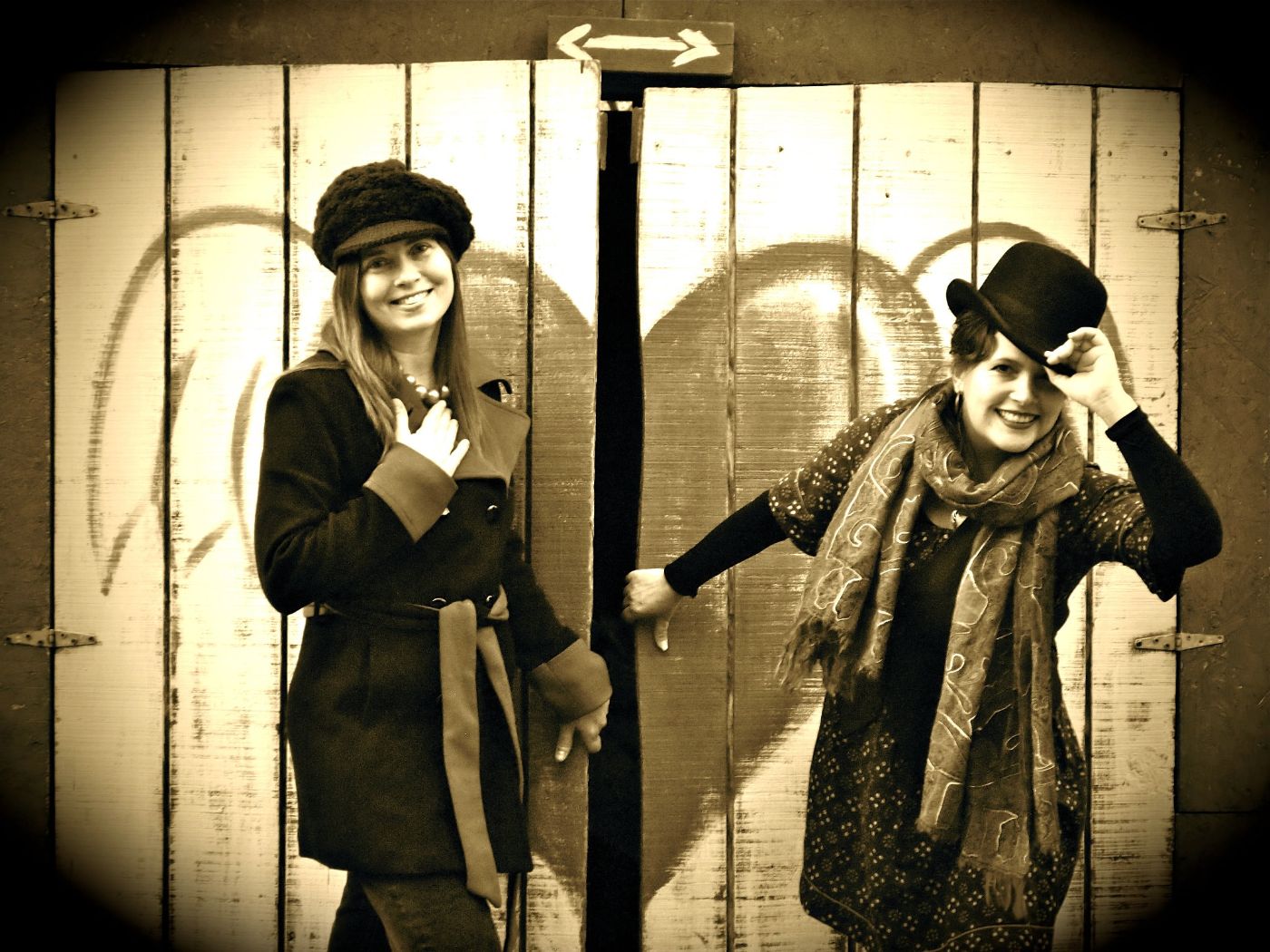
As Troubadours of Divine Bliss, we have practiced the philosophy of following your bliss -- starting on the corner of Royal & Toulouse in New Orleans -- when we first willingly fell off the cliff of knowing and into the trustworthy arms of our soul’s calling. With one strum of the strings and squeeze of the bellows, we sang our first songs of Spiritual revolution and courage of the heart. We have found that as we continued to take steps in faith to follow our bliss and pursue our purpose, the way was opened up to us and we were given the direction to continue traveling and making music for a living. Over and over again, our willingness to keep walking in the dream as servants of Love has been rewarded with opportunities, provision and fulfillment.
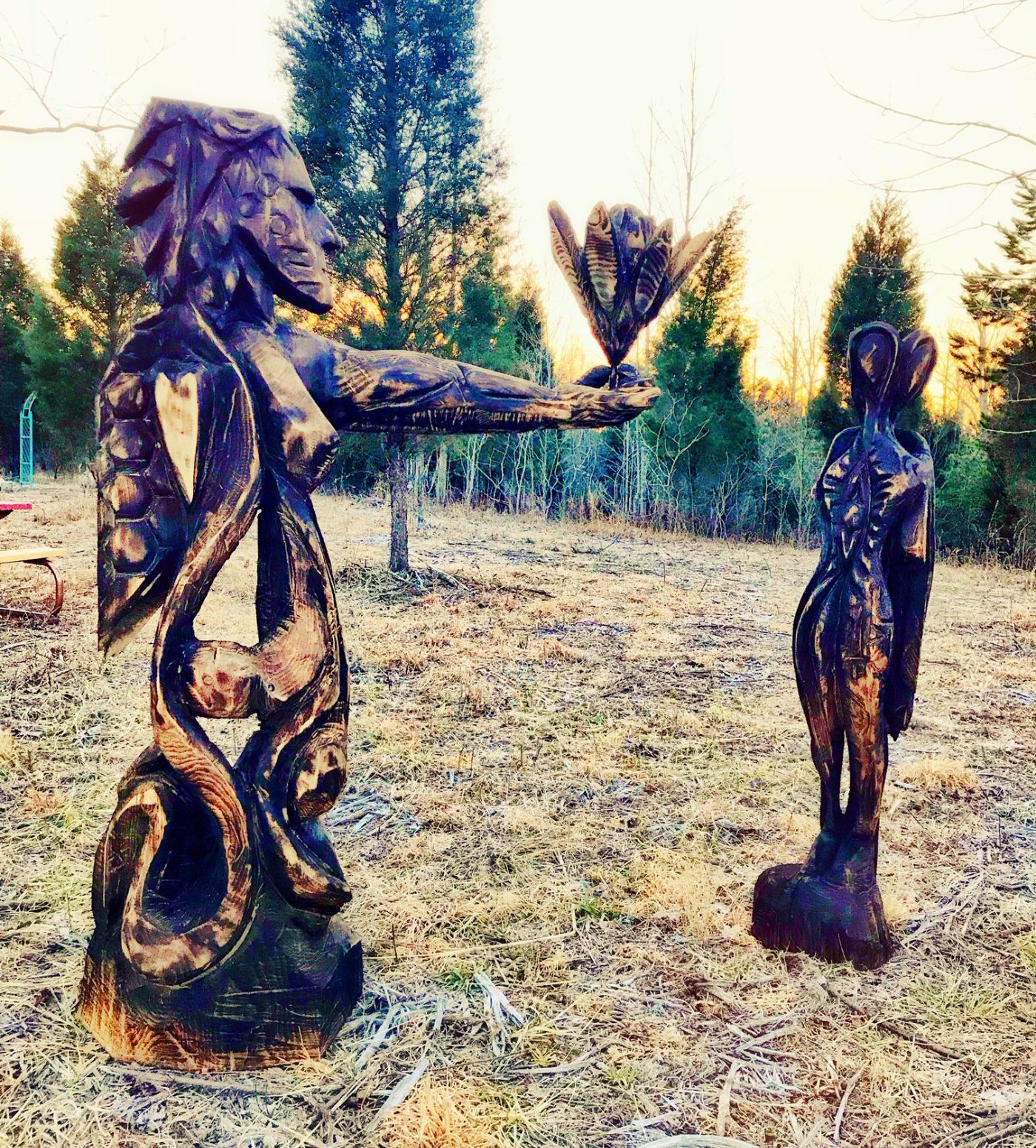
One of the things that we have been feeling strongly for years, and absolutely know is a part of our purpose is to develop a healing retreat center... a gathering place for Eco, Spiritual, Creative, Personal & Family communion with a heart for those with special needs in a safe, nurturing and natural environment for spiritual growth and communal fellowship. We have been envisioning this for many years while walking our land at As You Wish in the Hoosier National Forest. Nestled in the woods for 17 years, we whispered over this land to be offered a chance to aid in humanity and the Earth’s healing.
That land became available in January 2018 and we again stepped out in faith, took out loans to purchase the 34 acres and we are stepping into the vision now knowing the way will be shown. We believe that as we live in our destiny and can keep in step with the path of our hearts - a way will be made where there seems no way. Shortly after we acquired the land we introduced the retreat center as 'Way of the Heart Woods'.
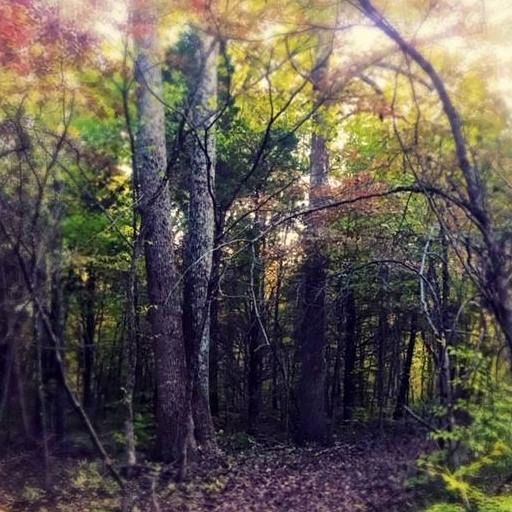
We shared our vision for the land and asked our friends and fans to envision with us for things like: a main retreat building, environmentally friendly shower houses and composting toilets, yurts for personal retreat space and healing work, Prayer grottos for meditation and contemplation, a sacred temple for ceremony and weddings, labyrinth, Sacred Fire Circle, large organic garden, an amphitheater stage and more. We believe in this vision and we see where 'Way of the Heart' can be a place for collective, creative healing and an arena for all of the ways of the heart to unfold.
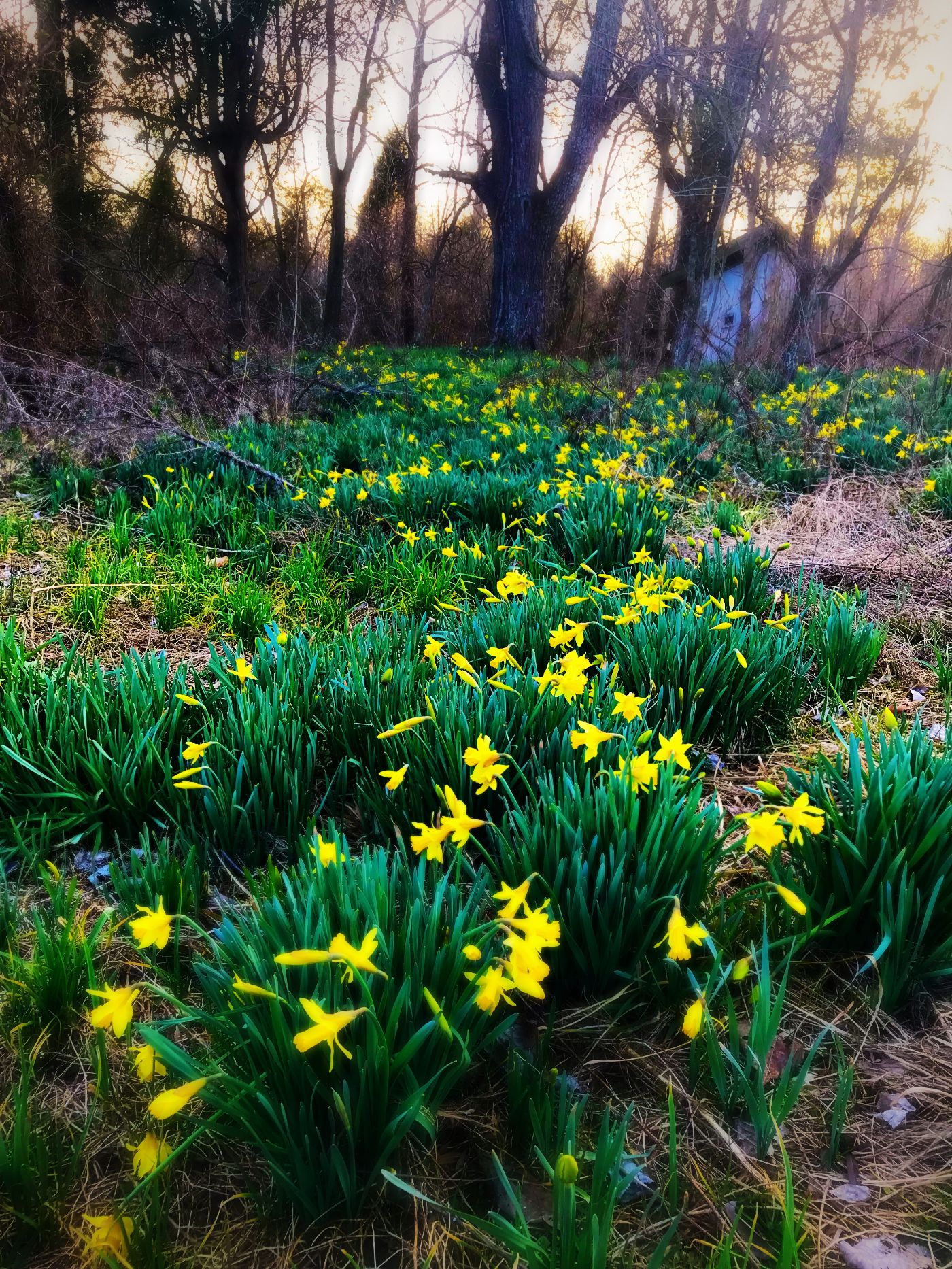
Just one year into the dream and we have been allowed to reclaim a pasture that had overgrown for many years, create paths and assist the forest, put in a gravel parking lot and road, create a Sacred Fire Circle, space for the Labyrinth, construct 2 composting toilet houses of locally-sourced, live-edge cedar and welcome the foundation and creation of the Love Lodge - an Amish built cabin that can host 20 person retreats and 6 overnight guests! We have borrowed and spent this money because we see it as an investment, as service and because we believe in this vision. Fed by Human’s and the Earth’s longing to be seen, heard and felt, several large donations have been made as well as dozens of monetary and time donations. We started a gofundme page and hosted work parties as well as a Benefit Ball. We have stepped out in faith knowing that every heart longs to "walk this way"...to be in more meaningful connection with themselves, community and the sacred. We have the space and have the heart to create this place for community.
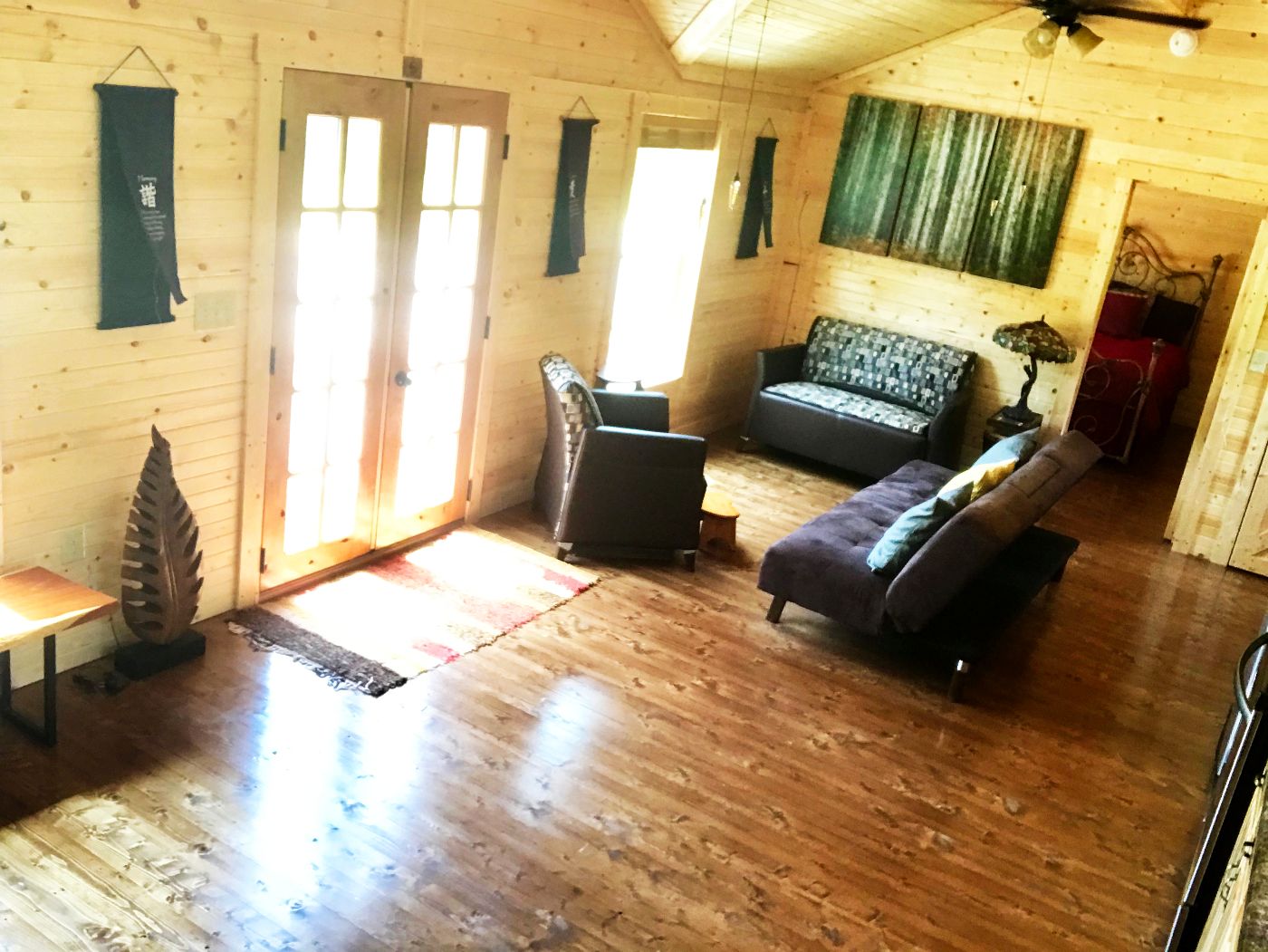
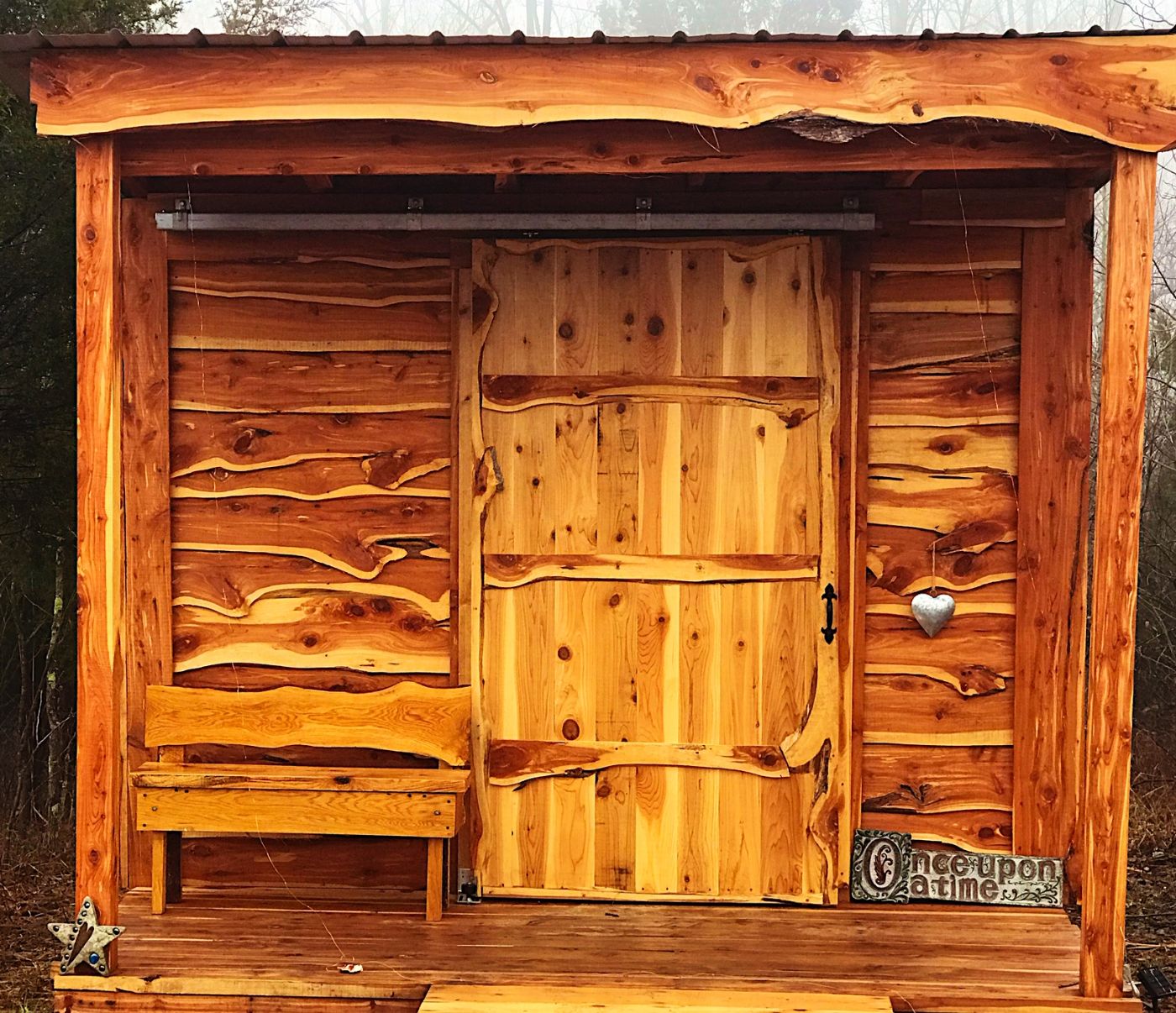
We are all familiar with the saying, “If you follow your Bliss, the Universe will open doors where there were only walls.” Joseph Campbell. We are living testaments to this universal truth and blissfully encourage you to test it out for your yourselves…make something beautiful of your extraordinary life in the service of Love.
Way of the Heart Woods is a retreat and reunion center for personal retreats, group retreats, weddings, and family gatherings, located in the Hoosier National Forest on 34 acres protected and preserved in a land trust. Way of the Heart Woods hosts and facilitates retreats on all that deepens the way of the heart. It is a Community Sacred Space for heart healing, opening, and renewal. It is a gathering place for Eco, Spiritual, Creative, Personal & Family communion.
Note from Wild Women: We first met the Troubadours back in 2005 when they travelled across to the UK and joined us for one of our Wild Women Salons. Since then, we have watched them continue to inspire, delight, and motivate people around the world. We are thrilled by the realisation of their dream. You can support the dream by donating through their fundraising page below, and by offering support in practical and other ways.
Renee Ananda and Aim Me Smiley, Troubadours of Divine Bliss, have been best friends since their early teens. They remained friends and 12 years later - on a different spiritual journey - they fell in love. They shared a mutual vision of being traveling musicians who inspire revolution of the spirit and courage of the heart. Following their bliss and freeing their dream, they picked up a guitar and an accordion and moved to New Orleans to become Troubadours of Divine Bliss . For 23 years they have been spiritual, environmental, and social justice activists. They are the founders of Mariposa HeartWork - healing retreats for survivors of abuse and Mighty Kindness Hoots - community unity festivals that celebrate all that is kind for the Earth, body, soul & mind in order to effect change locally and coalesce the visions of a greener, happier and more just society. The Troubadours of Divine Bliss are musicians, inspirational speakers, writers, celebrants, healing guides, retreat and workshop facilitators. When they are not touring, they are nestled in As You Wish Woods in their southern Indiana hOMestead creating, devoting & giving thanks.
By Liv Torc
South West UK
June 2019
Hi I’m Liv Torc and I’m a spoken word poet... and a mum of two full on amazing little people.
I wrote this poem, The Human Emergency? - the one on the film - because I was thinking about the climate change emotional need and how to support people with the grief, fear and despair... and that we need to keep talking, and talking and talking. That sharing those fears with other people really helps. Also if society really is to change and veer away from capitalism, we all need to start functioning on a more tribal community structure.
And although there is a good argument to get the arts to be better at reporting the science, there is an even better arguments to get the arts to help with the emotional conversation. How can we help people deal with this and stay emotionally healthy because there could also be a mental health crisis that comes from not dealing with what's happening.
That was my musing.
Also I am very scared about my kid’s future and I’m finding it hard not to cry into their hair. This is something most parents and grandparents can relate too right now. So I wrote this poem at 4am while up with a sick kid and posted the text on Facebook and people really liked it and someone offered to film me reading it, so we went to the woods the next morning and made this video. At the time of writing this it’s been seen by 8,000 people on Facebook and the response has been overwhelming. Totally incredible.
Please share it if you can and let’s all have each other’s backs and keep talking about how we feel.
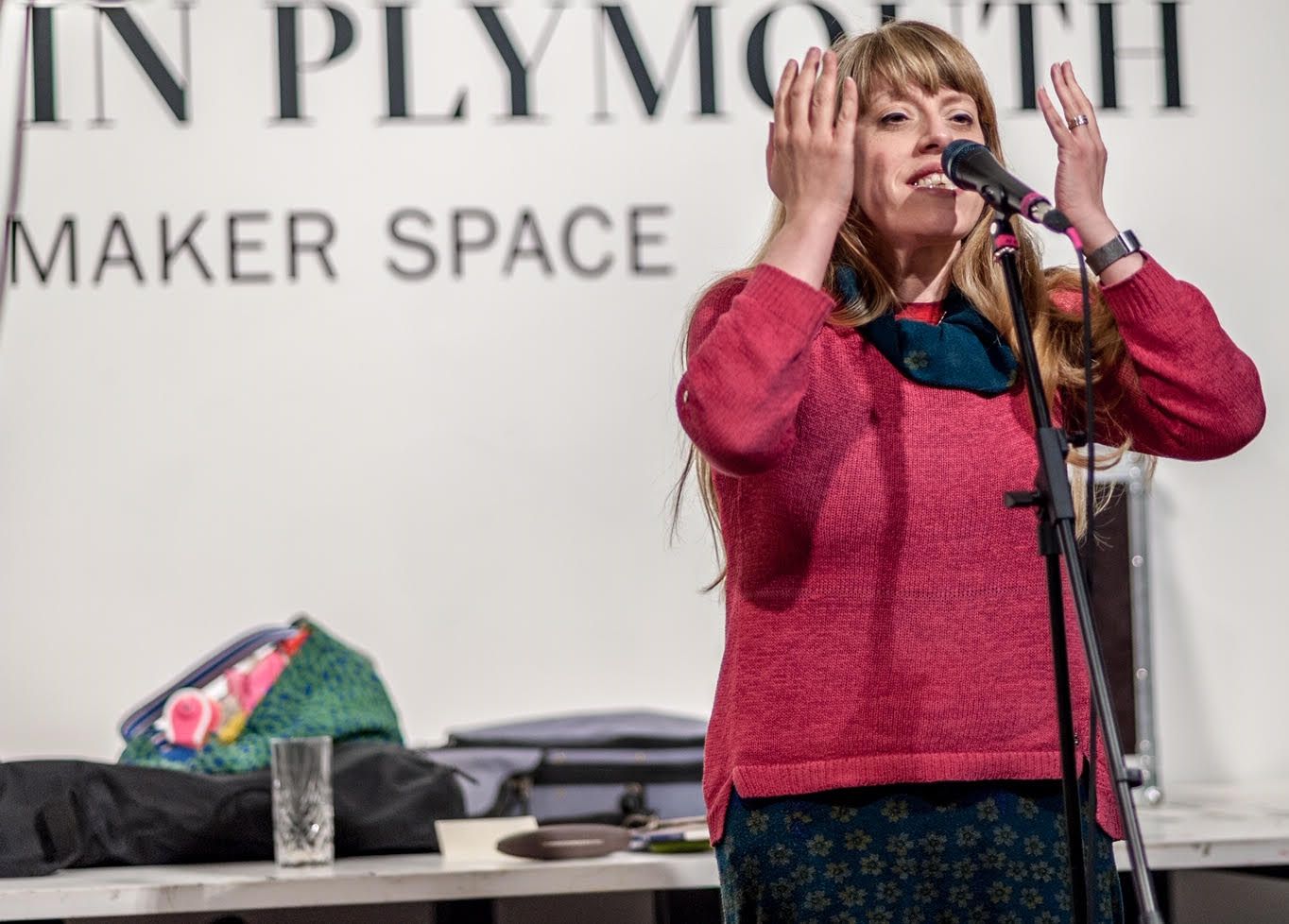
Liv Torc has been a South West based spoken word poet for over 12 years; a Radio 4 Slam Winner; a former Bard of Exeter and current co-host of The Hip Yak Poetry Shack. She runs the mental health and poetry night, The Rainbow Fish Speak Easy in Yeovil and produces the hugely successful Hip Yak Poetry Stage at WOMAD festival. She is also the brains and brawn behind the Hip Yak Poetry School, an ACE funded project aimed at supporting South West poets to achieve sustainable careers.
Over her career in spoken word Liv has appeared all over the UK and a bit in Europe, performing at the Roundhouse in London, Cheltenham Literary Festival, Glastonbury Festival and the Edinburgh Fringe. She has delivered workshops and long running poetry projects in schools, colleges, libraries, art centres, doctor’s surgeries and theatres, culminated in performances at, among others, the House of Commons and the 2012 Paralympics.
Her first published book Show Me Life was released by Burning Eye in 2015
by Deborah Alma
Shropshire
May 2019
As the Emergency Poet, I have been dispensing poetry for seven years from the back of my vintage ambulance at festivals, conferences, hospitals, care settings, libraries and schools, with an on-board poetry pharmacy of poems-in-pills under the attached awning. The whole impetus for that project was to be a vehicle (pun intended) for poetry to be delivered to people who don’t usually encounter it; to be inviting and not intimidating, to counter the widely held perception that poetry is “difficult, obscure and not for the likes of me”. It was this experience, and belief, that has inspired me to take on the biggest project so far -- developing a unique, and fully-functioning Poetry Pharmacy.
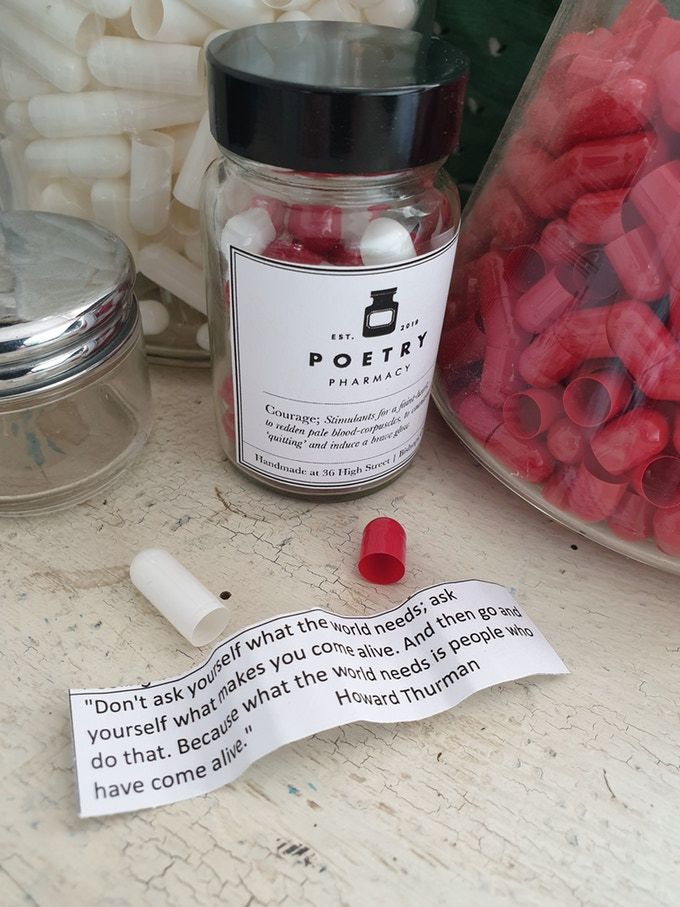
I have believed for a long time that poetry can do so much to match or alter a mood, to help in so many ways with good mental health. The theatre of the ambulance was the way in. The Poetry Pharmacy is a way for me to park up the ambulance and bring the therapeutic effects of poetry under one roof, with an emphasis on well-being and inclusivity. It will continue the same element of theatre, this light-hearted approach and there will be something in there for everyone; maybe Candlestick Press 'Poems Instead of a Card' and a cup of Tea (S Eliot) and a piece of Philip Parkin from the cafe? (Warning: there may be some terrible puns). At the heart of it, there has always been good quality, intelligent poetry.
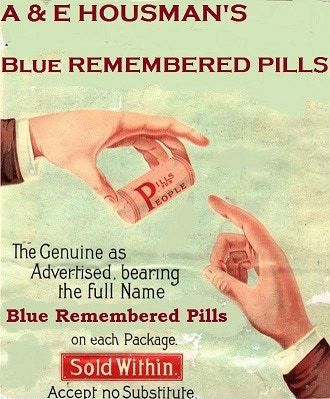
So, a little bit about where the Poetry Pharmacy began. About two and a half years ago, my partner (the poet James Sheard) and I were peering through the dusty shop-door windows on the High Street in pretty Bishop’s Castle and I had a vision of the Poetry Pharmacy set against the beautiful Edwardian shop fittings, the original drawers and shelves and mahogany counter in a shop that had been closed for over 10 years. Our grand plan is for a venue laid out as though it were a traditional pharmacy; instead of sections for skincare, and plasters and bandages, it will be a walk-in pharmacy dispensing poetry.
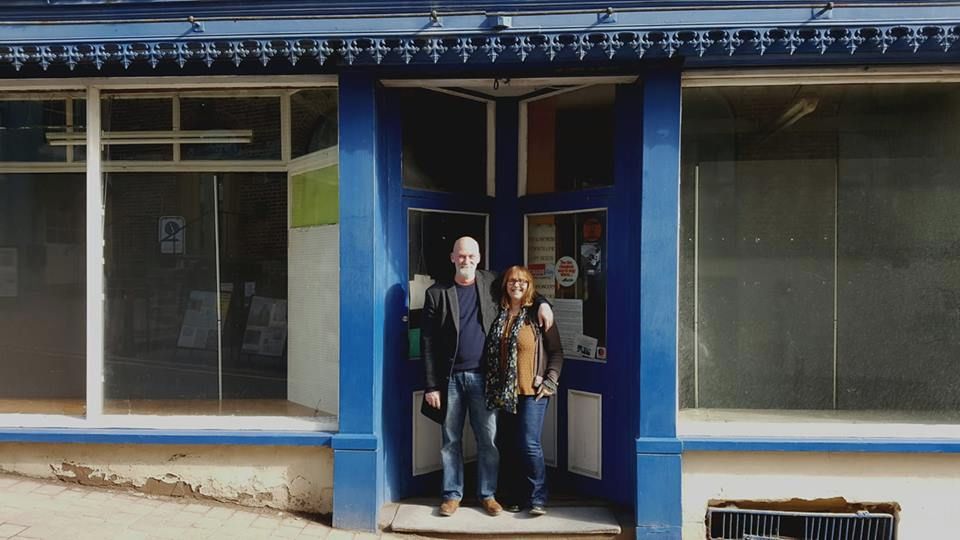
Visitors will be able to move through the building according to their mood — from ‘Matters of the Heart’ to ‘For days when the world is too much with us’ and find books, stationery, gifts and local art work chosen to address a particular mood. They will also be able to speak to the Dispensing Pharmacist, who might prescribe some poetic medicine for a complicated mix of emotions...or if it's more serious, be asked to lie down on the consulting couch and have a full length consultation with poems hand-picked for a particular emotional ailment.
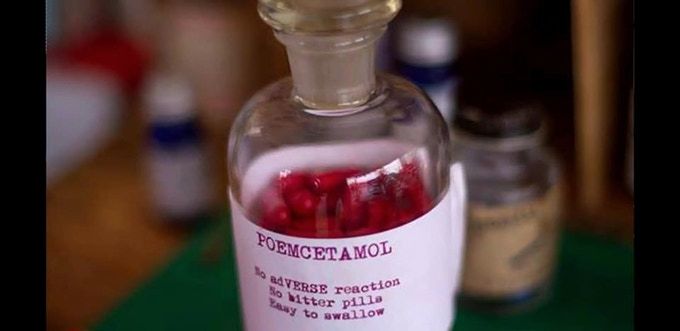
We will also be running writing and reading retreats, workshops, and reading and writing groups. All our work will encourage strong partnerships with the local community, the West Midlands, and the whole of the UK. In partnership with the Reader Agency, we will run monthly reading groups for people with mental health issues as well as a LGBT reading group. We will offer mini-conferences for groups around social prescribing, writing and good mental health and there may even be a poetry festival. More ambitiously, it will become a new centre for poetry and creative writing, with an emphasis on good mental health and well-being. In these troubled times, this seems even more relevant and urgent.
(All images supplied and used with kind permission by Deborah Alma)
(Editor's Note August 2020 -- They did it! The Poetry Pharmacy is now up and running and absolutely wonderful! Use the link below to find out more)
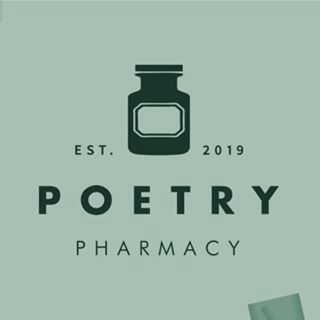
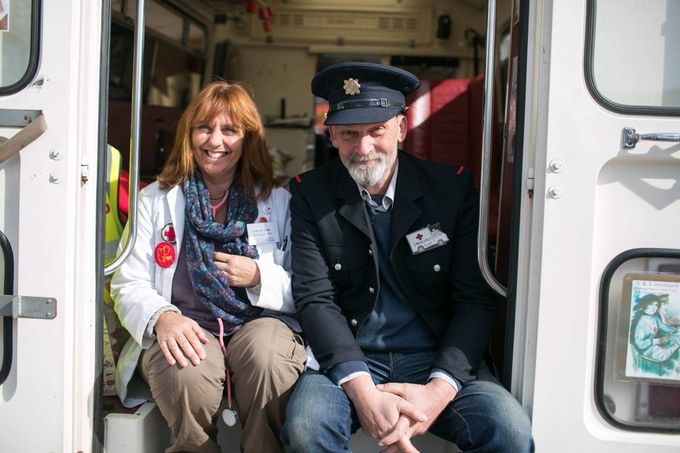
Deborah Alma is a UK poet, editor, lectures at Keele University and is the Emergency Poet prescribing poetry from her vintage ambulance. She has edited poetry anthologies Emergency Poet-an anti-stress poetry anthology, The Everyday Poet, #Me Too – rallying against sexual harassment (Fair Acre Press) and 10 Happy Poems from Candlestick Press coming this Summer. Her True Tales of the Countryside was published by The Emma Press and her first full collection Dirty Laundry was published by Nine Arches Press in 2018. She is soon to be the proprietor of the Poetry Pharmacy in Bishop’s Castle, with her partner the poet James Sheard.
by Victoria Bennett & Gill Hands
Cumbria
April 2019
At the end of March 2019, the Wild Women gathered for our annual Wild Weekend. A tradition that started back in 2000 to celebrate the end of our first year of Wild Women workshops together, it has become a treasured time of union, where we give witness to each other's journeys, and celebrate the gift of friendship that has developed over time. It is a time to rest, laugh, support, love, wander, wonder, and of course, nourish our bodies (Wild Woman style) as well as our souls! These few days give us space and time to walk, rest, natter, read and create together -- to honour and give space to the Wild Within.
This year was particularly special, marking twenty years of gathering. Twenty years! That’s two decades of meeting, sharing, creating, supporting, howling, and living life from the wild centre. That is pretty damn AMAZING! And you know what, I think we are damn AMAZING too! Whether we are booty-shimmying or barely-limping, we celebrate who we are, and honour our Wild Journey so far.
As we reflected on those last twenty years and what it had meant for each of us, we gave thanks for the friendships, the opportunity to be creative, the support, wisdom, and guidance that we have each received and shared, the laughter and unconditional love, and the adventure of it all.
Over the years, we have often been asked what makes us "wild" (and accused at times as not being so). This then, is the answer: through Wild Women, we have been able to find the acceptance, encouragement, and challenge do the most radical act possible in this world: to walk in the world without pretence. We are living our lives at the wild centre, as the women we are -- and that is enough. That is mighty.
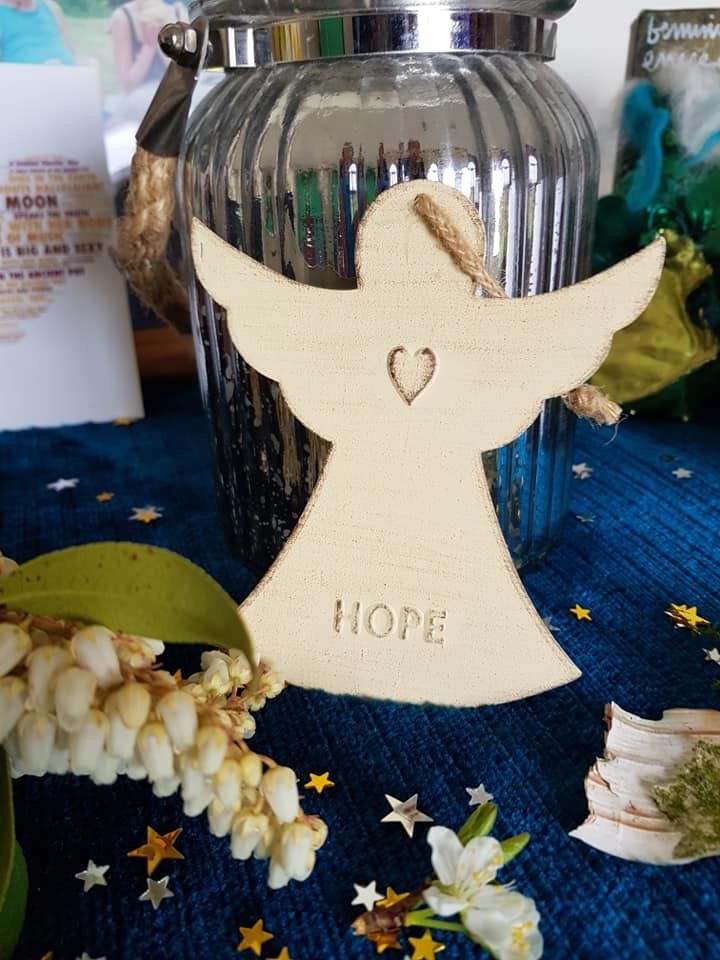
So, this Wild Woman Thread is in celebration and gratitude for the treasure of that Wild Family and walking the world barefaced together. It is also in thanks for these wonderful women who managed to make me cry this year by surprising me with an actual treasure chest filled with gifts and poems and love, to thank me for calling the wild together back in 1999. It was incredibly moving to read and share these gifts, and it made me realise that even if I do nothing else in this world, this act is enough. I give thanks every day for their friendships and love - without which, I would not be the woman I am now -- and I am proud to be a Wild Woman.
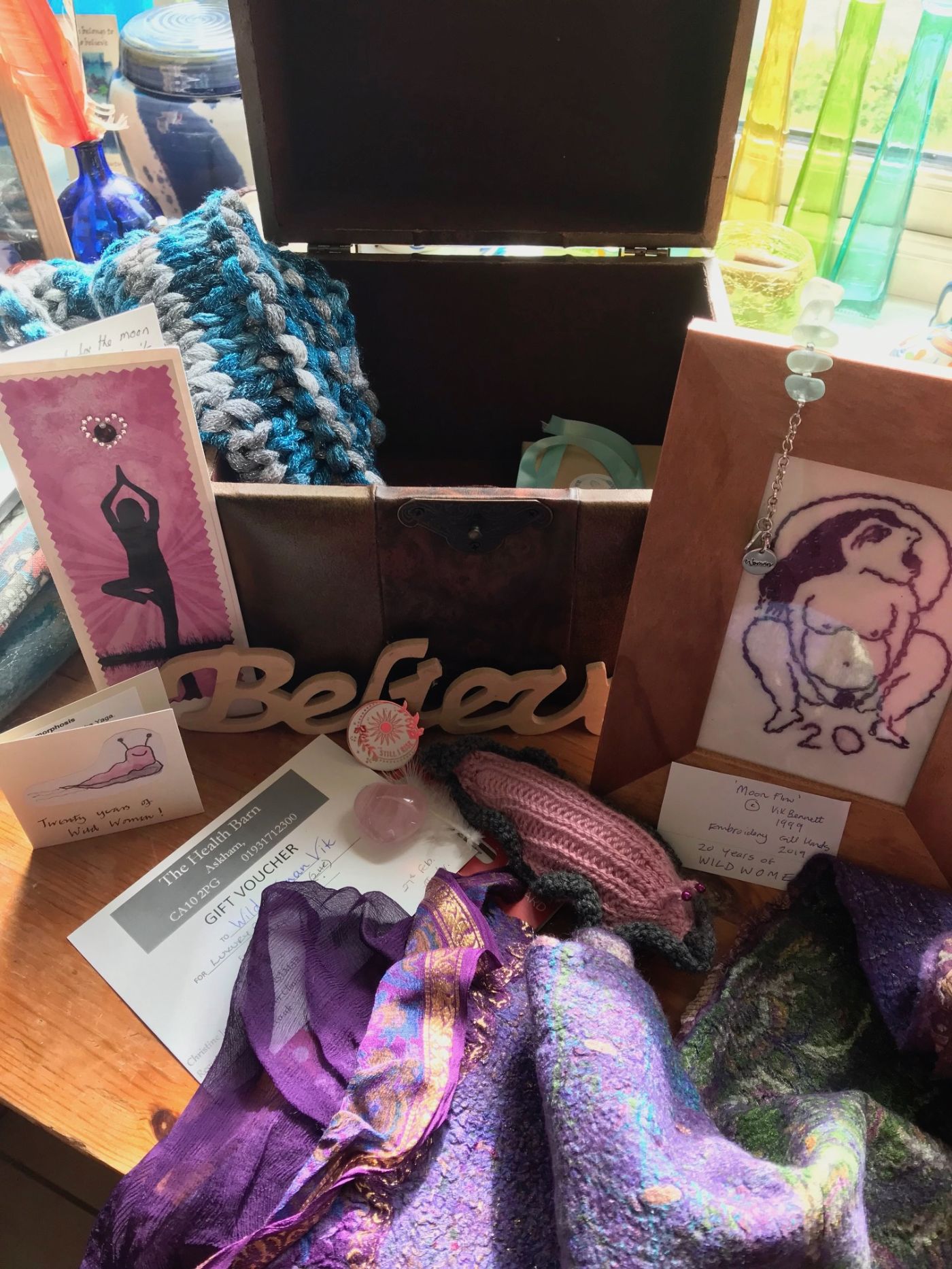
The following poem is by Gill Hands...accompanied by some pictures from the weekend -- offered here to share something of our weekend, and what makes our Wild Family so special.
Wild Wishes, Vik xxx
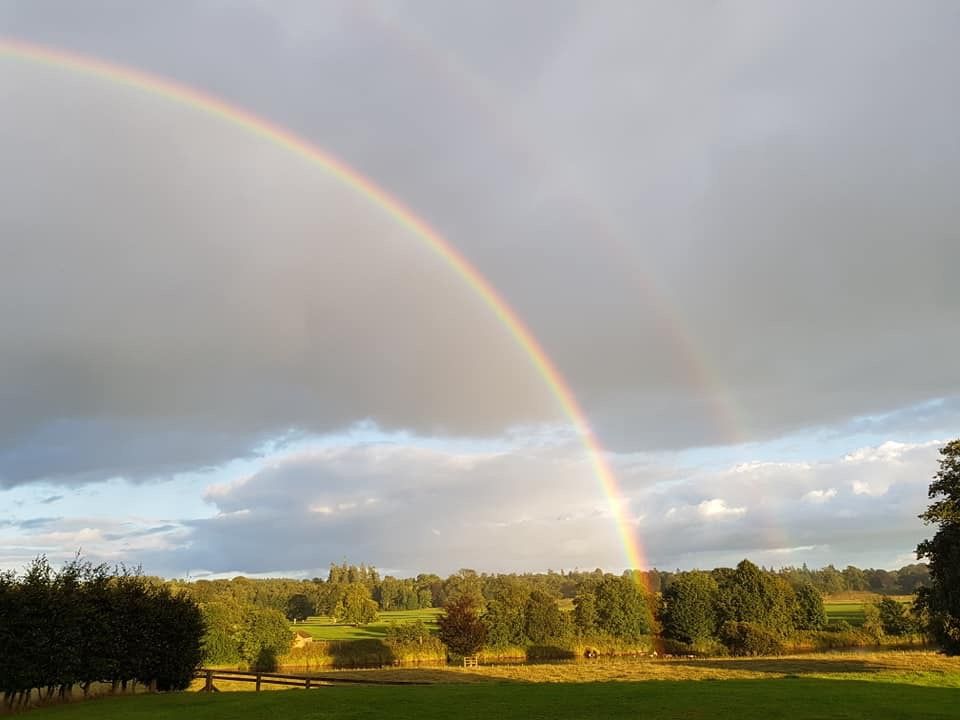
We are dancing under rainbows,
we are seeking shooting stars,
we’re kaleidoscopic colours,
wood, clay, pebbles, pencil marks.
Bright hands blossom, earthen goddess,
merging inks are dripping down.
Needles clicking by the fireside,
bright striped colours passed around.
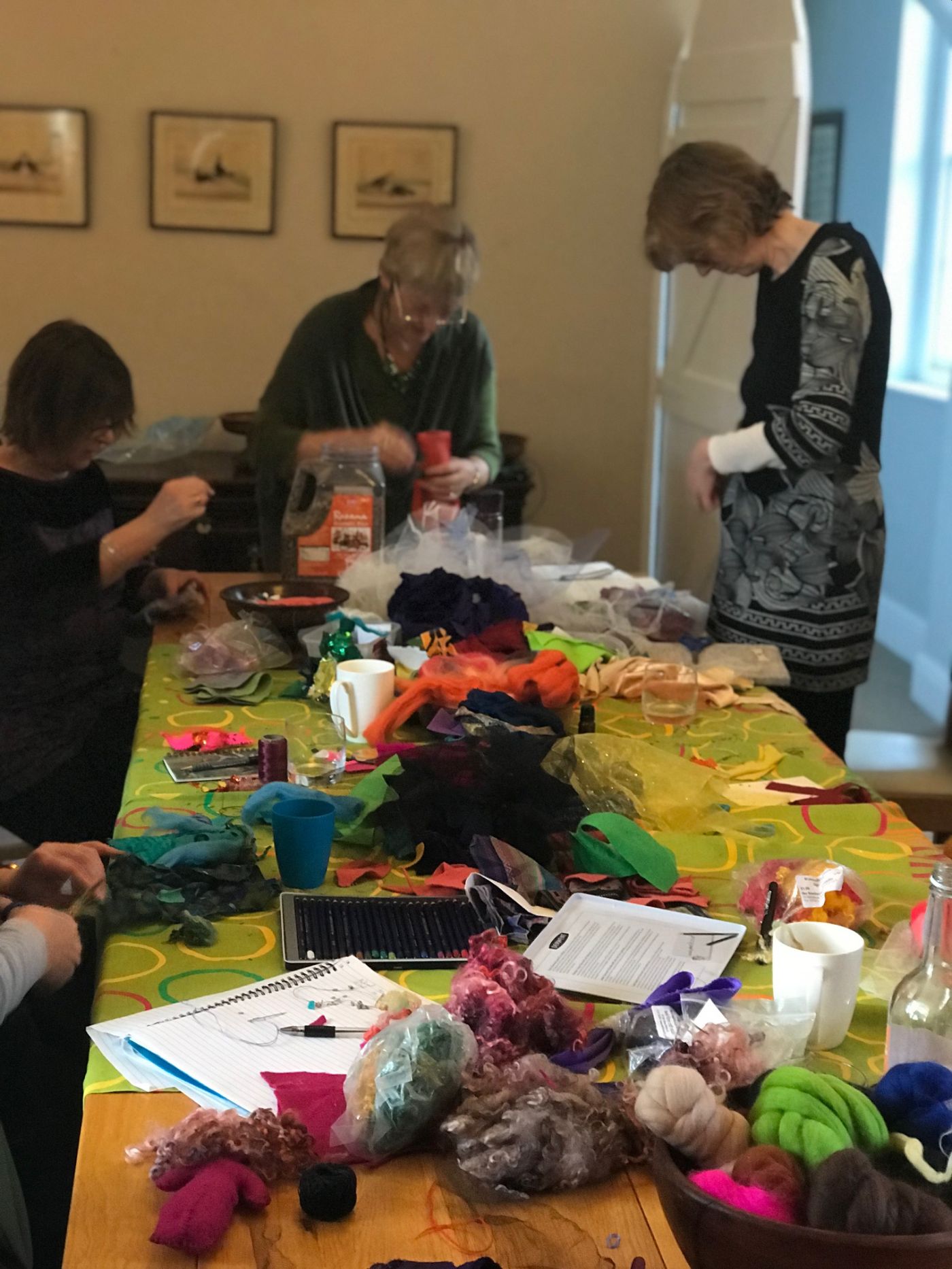
Beauty treatments for our faces,
beauty treatments for our toes.
The old ghost is amused by us,
modern language, modern clothes,
but when he joins us in the fire glow
he sees we are the same.
An ancient line of ancestors,
we are links upon a chain.
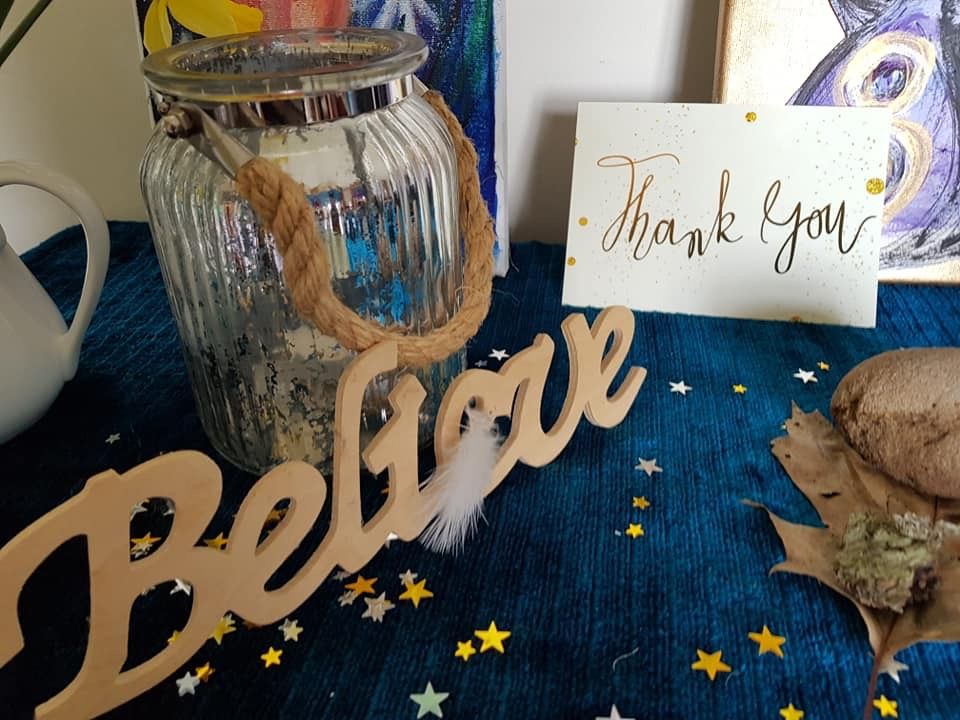
We are drumming through the darkness,
we are chanting back through time.
Sharing secrets, sharing stories, sharing spells.
Ancient cards of many symbols,
future patterns are divined,
the mystery only we can tell.
We’re dissolving through a portal,
add our whispers to the walls,
like the ghost cat slinking slowly
through the door.
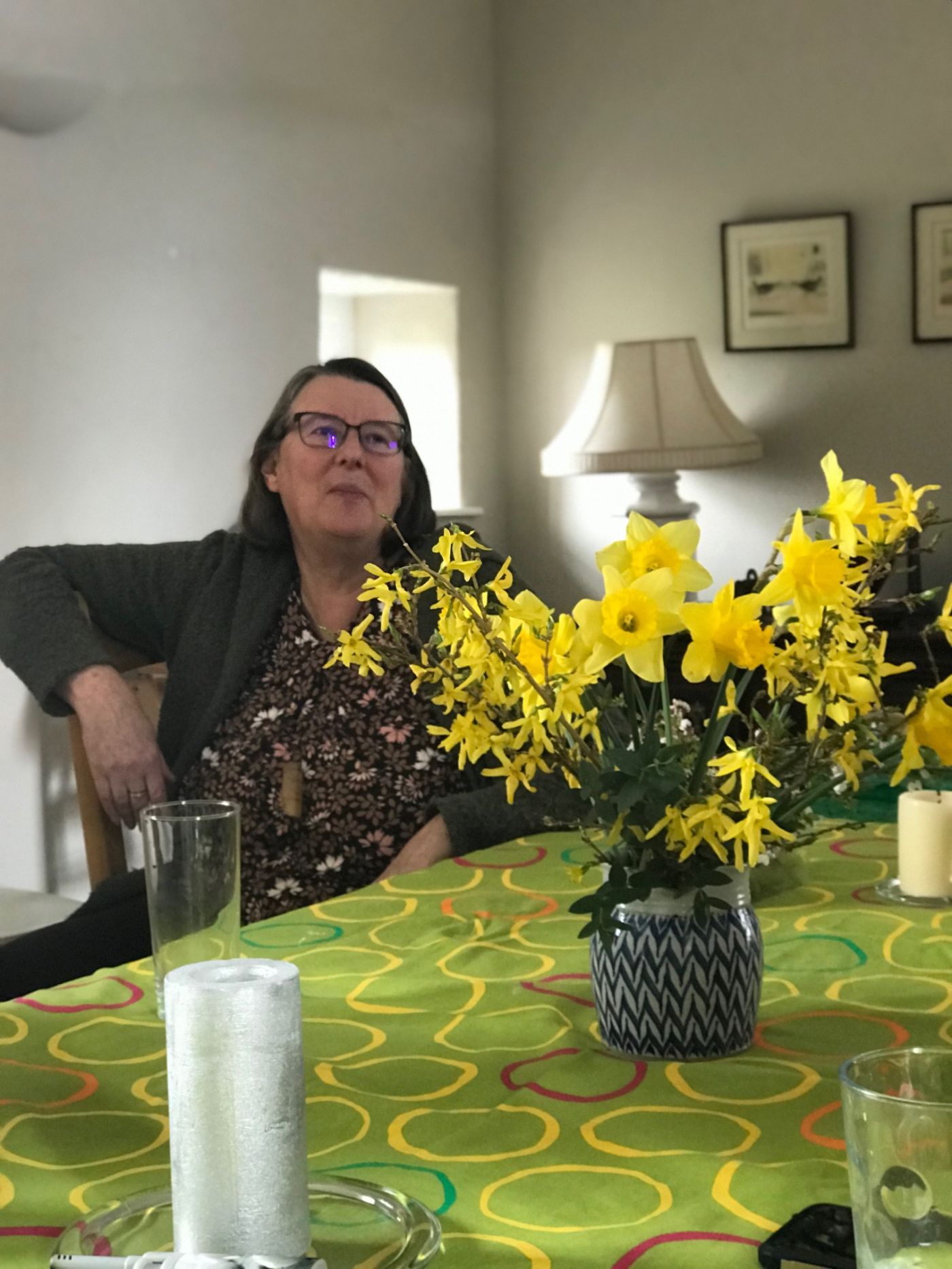
We are bobbing in warm water,
we are rolling in the dew,
we are writing by the river in a rage.
We are giving birth to anger,
we are vomiting our pain.
We are screaming FUCK THIS SHIT!
Again, again, again.
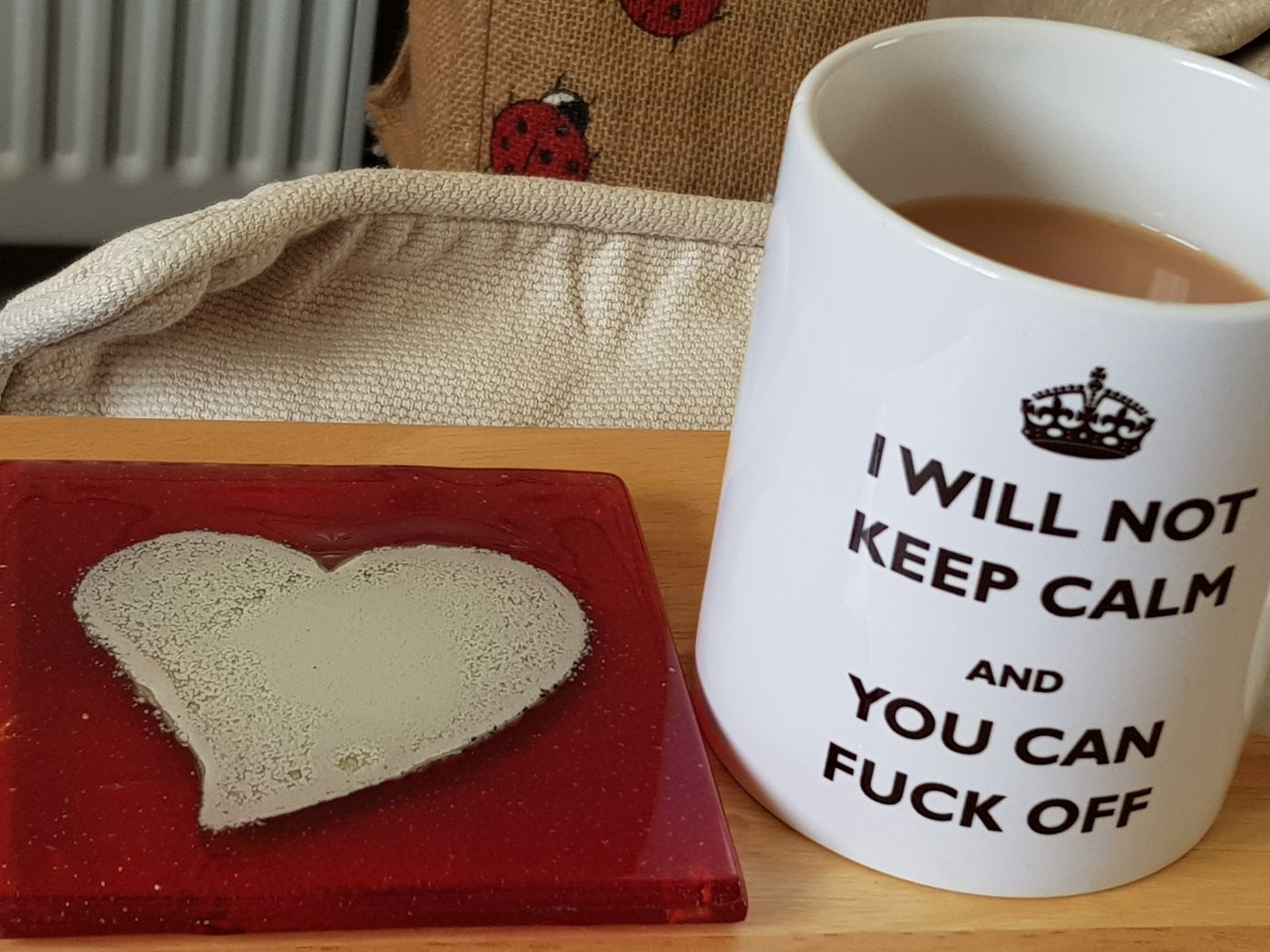
We are listening to each other,
bearing witness to our souls.
We are holding, we are hugging,
we are gentling the whole.
This is our temple, this our sacred womb.
We are the Wild Women,
howling at the moon.
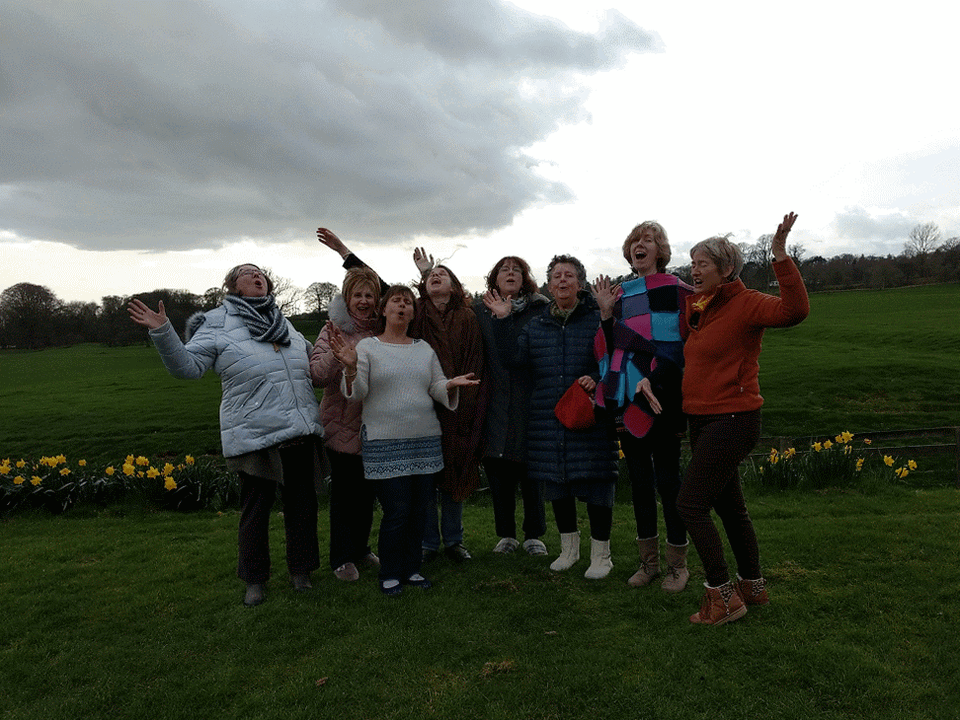
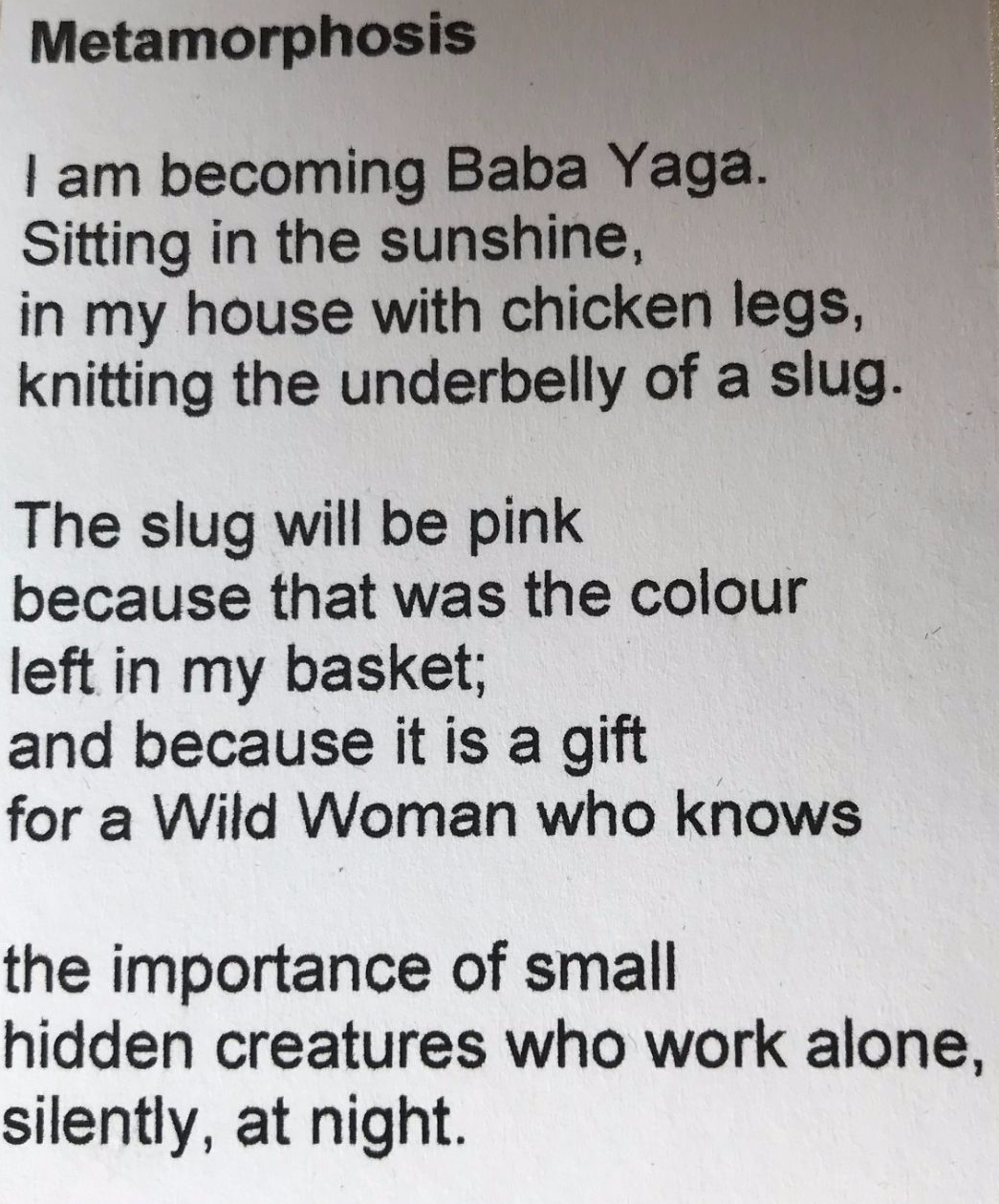
Gill Hands is a poet, artist, mother, grower of magical gardens, wise woman, tea-leaf reader, and original Wild Women member. She wrote the poem in Thread Nine in celebration of the Wild Women Weekend.
Victoria Bennett is a poet, writer, wild garden grower, home-educating mama, and founder of Wild Women.
Together, they are part of the Wild Women clan.
The poem shown is a wonderful gift given to Victoria, written by Wild Women poet and spirit-guide, Ruth Snowden.
By Rosie Doyle
Edinburgh
March 2019
People say food is medicine, but for me, food has always been my ‘drug of choice’. And when I say food, I mean sugar. It took a major health crisis and the discovery of a way of eating that restored my health and normalised my appetite to give me the strength to walk away from 40 years of addiction.
But what is this dietary magic you may ask? Obscure herbs from China? Rigid calorie restriction? Mindful eating? Veganism? No. I am a disciple of the late lamented (and vilified) Dr Atkins. I eat a ‘Low Carb’ diet. Mainly protein and fat: meat, cheese, eggs, leafy vegetables and butter. Lots of butter. I have lost nearly 4 stones in weight and put an ‘incurable’ autoimmune disease effectively into remission. And did I say, I get to eat butter?
In December 2015, at the age of 52, I was diagnosed with Rheumatoid Arthritis. This followed two years of increasing pain and diminishing physical capacity, thanks to an original misdiagnosis of Fibromyalgia. At the point of the RA diagnosis, I had been taking maximum doses of painkillers every day in order to cope. Despite this, small everyday tasks were painful and difficult. I could no longer spoon the dog’s food out of the tin, because my wrist was so sore. Getting out of a chair (or off the loo!) was teeth-clenching agony. When I travelled abroad, I would book assistance and be transported around airports in a wheelchair.
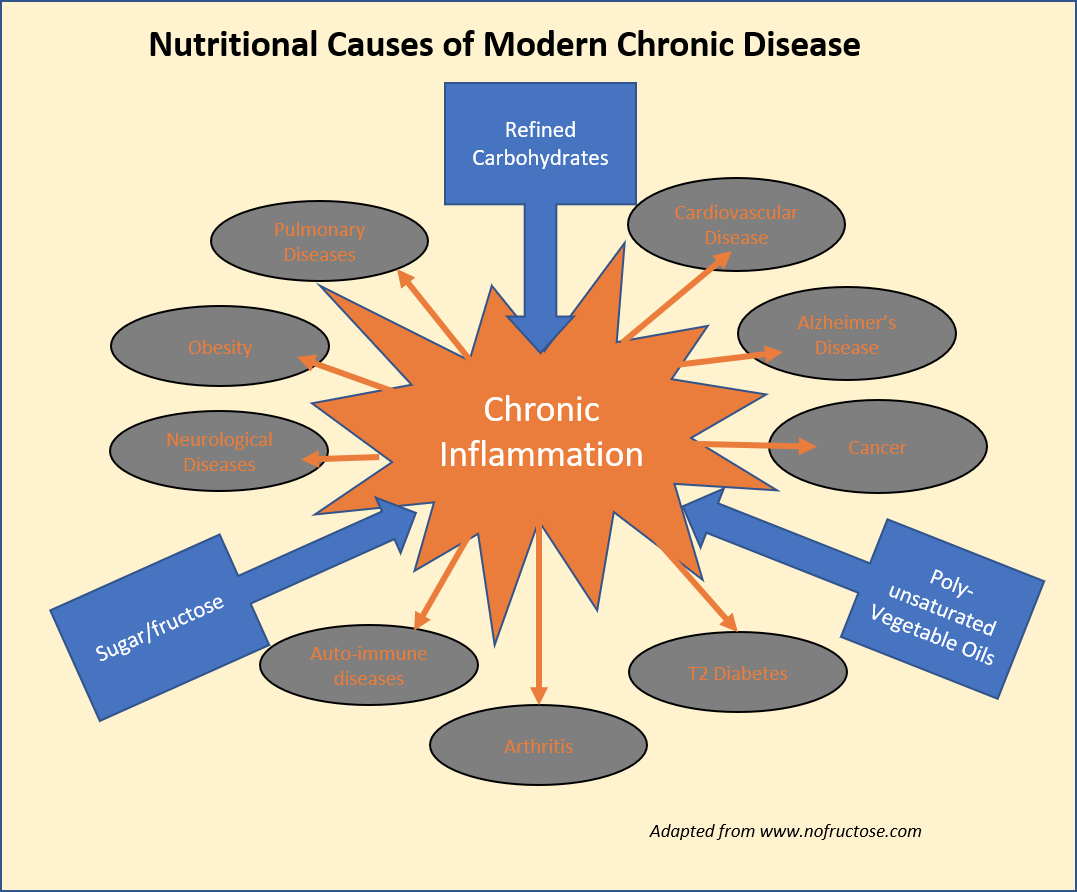
The RA treatment regime of immune-suppressant drugs, despite its potentially damaging long-term, side effects, made a hugely positive difference to my condition. However, after 8 months, I was still suffering some pain, stiffness and fatigue. I wasn’t fully well. I lobbied my consultant for the new ‘wonder drugs’ (called biologics). These are not the first line of treatment in the NHS because of the cost. You can only get them if the standard treatments don’t provide relief. When I pointed to my persistently raised inflammatory blood markers as evidence that I needed the ‘wonder drugs’, the consultant told me this was probably because of my weight, and nothing to do with the RA. This was the challenge I needed. I vowed that I would lose weight before my next appointment with my consultant in 6 months time. I would prove to him that the problem was not my weight, and he would have to give me the ‘good drugs’.
For 3 months, I tried to eat less and failed miserably. I was still helplessly in thrall to the comfort of sugar. After a Christmas dominated by appalling levels of chocolate consumption, the consultant appointment loomed ever closer. I knew exactly what I needed to do, even though I really didn’t want to do it. The Atkins ‘Low Carb’ diet was the only way I had ever lost weight in the past. I decided I had no choice but to try it again, just as a short-term measure, to lose some weight. So I went back to the old familiar regime: bacon and eggs for breakfast, cream in my coffee, a big tuna mayo salad for lunch, and meat with vegetables in the evening. The weight started to fall off, as I knew it would.
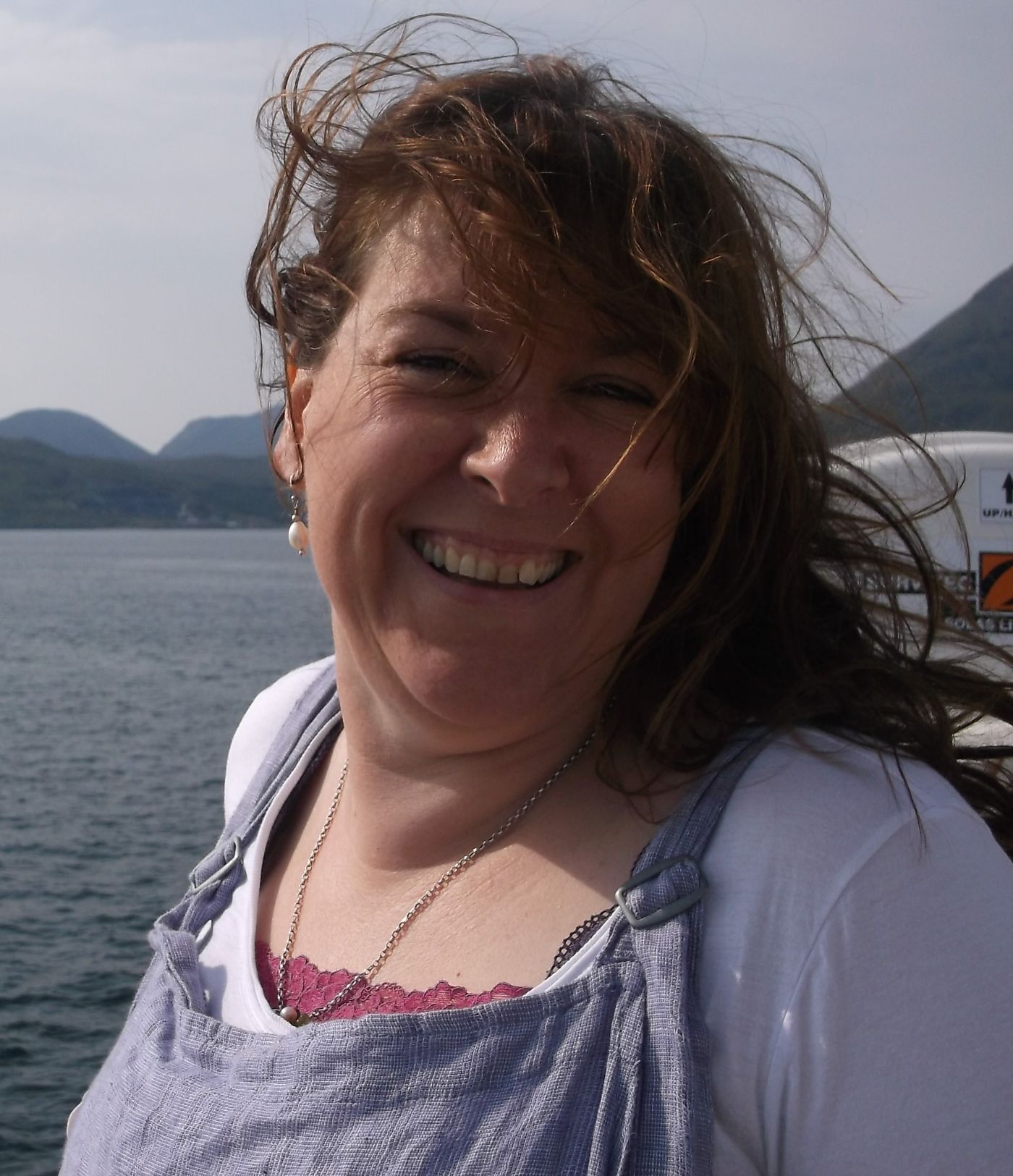
Then something even more remarkable than weight loss happened. For the previous four months I’d been struggling with acute back pain. I couldn’t sit for more than twenty minutes without severe pain. Two weeks into my Low Carb diet I realised, I’d been sitting at my desk for a couple of hours. I stood up - no back pain. No. Back. Pain. A few days later, I was walking the dog last thing at night and I had a sudden desire to run. To run! I lumbered a few steps - hardly a sprint, but I managed a bit of a trot for twenty yards or so. What on earth was going on? As the next few weeks passed, this improvement accelerated. Did I suddenly rise Lazarus like from immobility to athleticism? No. I had never been athletic even before RA – my idea of fun was lying on a sofa reading a novel (and eating a bag of Revels). But I had less pain. I had more energy. It is important to note that at this stage, the most weight I had lost was about half a stone. Not inconsequential, but I was still seriously overweight. It. Wasn’t. The. Weight.
Within 3 months of starting my Low Carb diet, I had weaned myself off my two main RA drugs – the ones with the scary side effects. I was no longer lobbying my consultant for the new drugs, but for no drugs. He agreed. His recommendation: review my inflammatory markers every 3 months or so. If they rise above a certain level, get in touch. Otherwise, just get on with your life.
Two years on, my health has improved more than I could ever have hoped for. It’s not just that I feel like I did before the RA developed. I feel better than I have done for 15 or 20 years. I have better energy. My mood is better. My gums are better. My skin is better. My blood pressure is down from borderline high to low normal. I’ve kept the weight off. Most remarkable of all, for someone with RA, my inflammatory markers are back to normal.
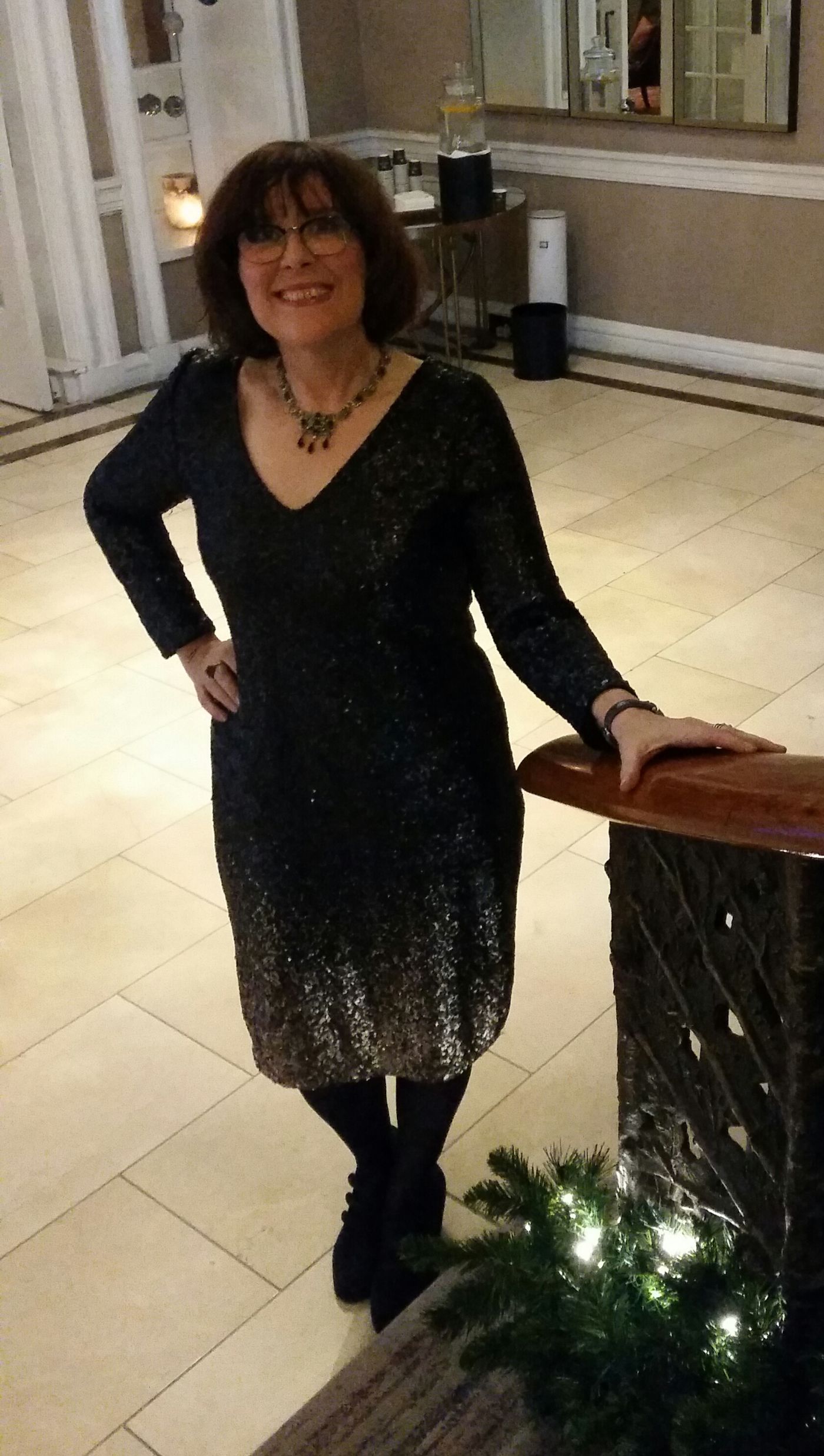
But the real miracle isn’t the health improvements, isn’t the weight loss or energy – although this does feel miraculous. It’s the impact on my relationship with food. The magic of this way of eating is that it allows me to have a positive, healthy relationship with food and eating. I am no longer helpless in the face of sugar or starchy carbohydrates. I can look at the shelves of confectionary or biscuits in the supermarket and shrug. It doesn’t even look like food to me any more. Don’t get me wrong – I still seek comfort sometimes from eating, even if I eat Low Carb foods. My indifference to sugar rests upon total abstinence and if I slip, it immediately gets its claws into me again. But for 90% of the time, this way of eating makes it possible for me to eat when I’m hungry, stop when I’m full and to resist the drug-like foodstuffs that obsessed me for 40 years.
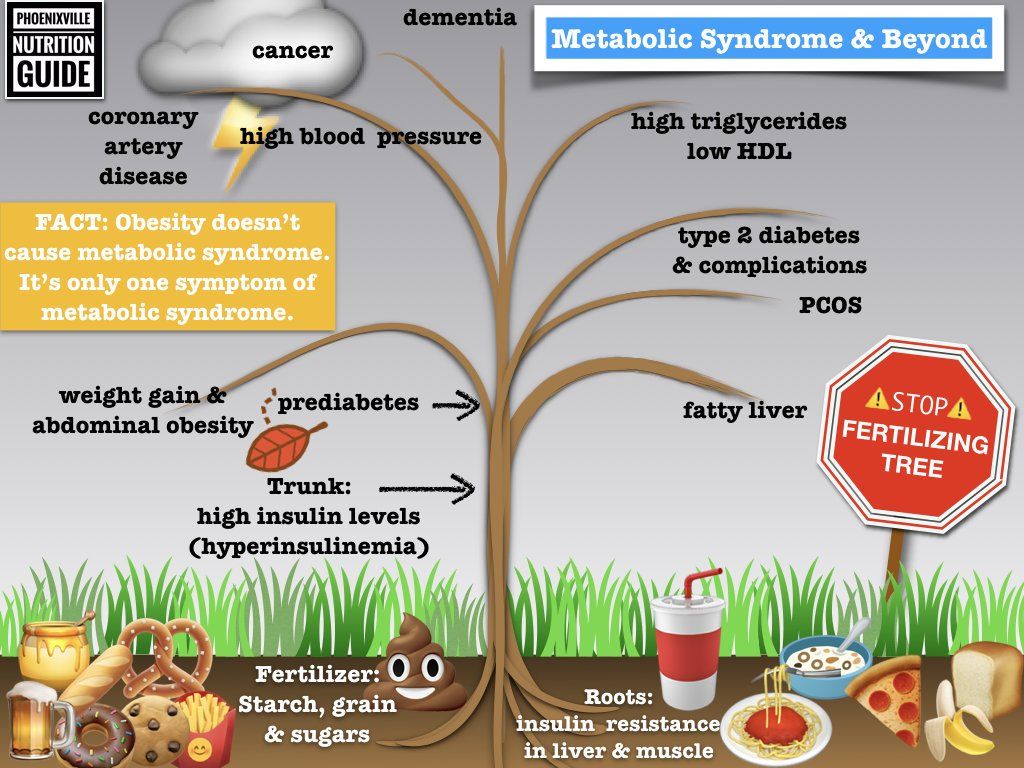
Low Carb isn’t a diet just for weight loss – although it’s great for that. Low Carb eating is a means of regaining and maintaining health, and normalising our appetites. The dominance of sugar and refined carbohydrates in our modern diet can be linked to all manner of chronic health conditions: obesity, T2 Diabetes, high blood pressure, heart disease, some autoimmune diseases and maybe even some forms of cancer. Eating Low Carb has been scientifically proven to have positive effects in all these cases. And I am living proof of its powerful effect on Rheumatoid Arthritis.
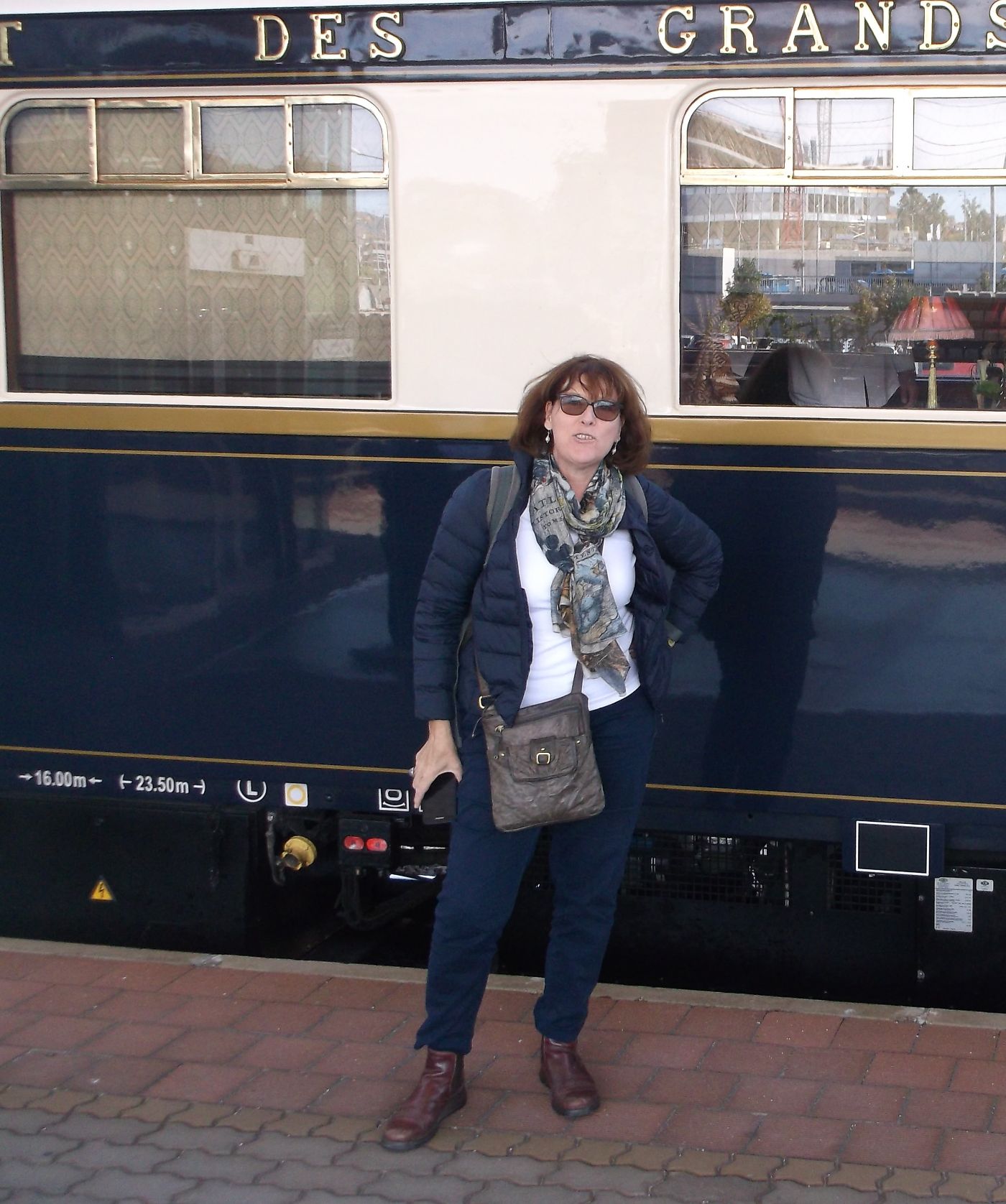
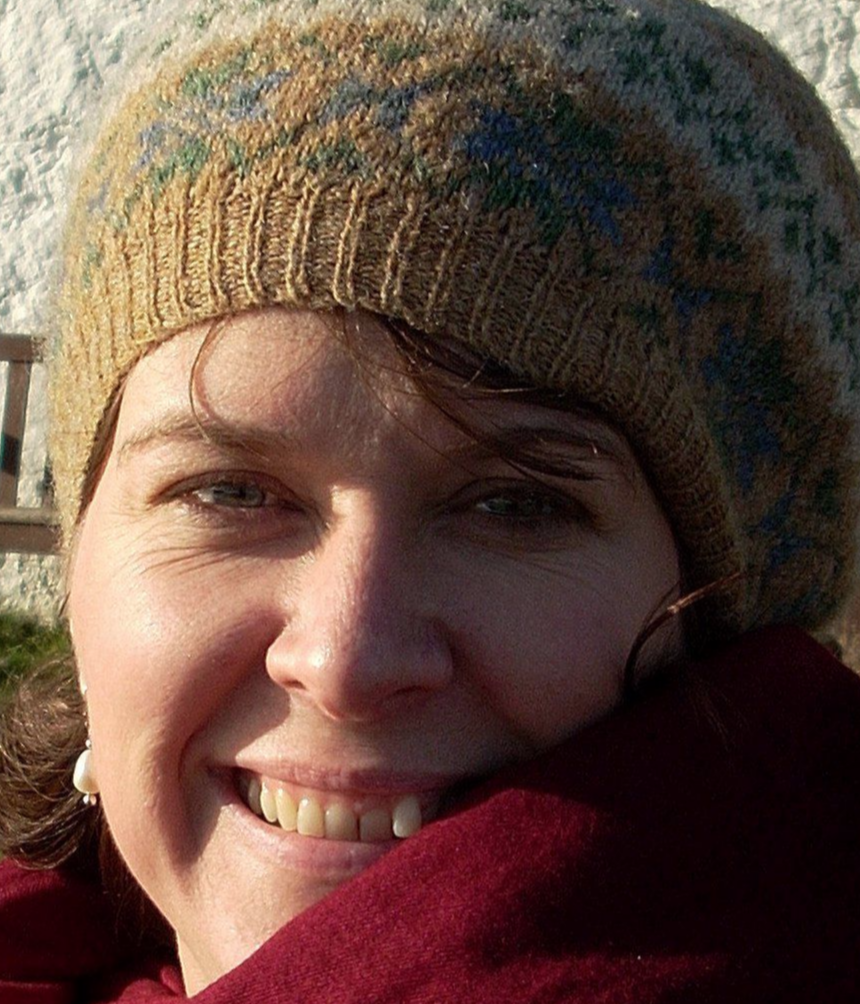
I have been working in various forms of personal development, one-to one and with groups, for more than 20 years. I feel very strongly that the lives we build should be, as far as possible, meaningful and uniquely suited to our personal passions and values. But it took me a long time and many false starts to create that for myself. Now I want to help as many people as possible create lives they love that allow them to express their unique gifts and selves, at work and in their personal lives.
I work as a personal life coach with individuals and as a personal development trainer for businesses and organisations. I am also a textile artist – something which represents my own achievement of a long held and deeply buried goal (Flibbertygibbet Felt Design). As well as general life coaching, I have a particular interest in coaching creatives and artists and in coaching people using a Low Carb High Fat (LCHF) eating style to lose weight and improve health. You can see more about this journey on https://www.facebook.com/lowcarbhedonist/
By Jessica Sneddon
Lake District
February 2019
The frost is out and has been all day. Crystals of ice beading in the lobes of lichen. The bark of this hazel is written with the fruits of the Script Lichen that read like a hieroglyphic; black lines and scores on white crusts.
The frost is a temporary magnifying glass that brings to our attention all of the small, overlooked species that grow on a single tree. I am a research student, rambler and an emerging poet, I write poetry that illuminates unseen and overlooked worlds within the natural environment. My current project is a collection of poems set in a local woodland, unearthing the interconnections between microscopic and larger species. Lichens are just one of the species that my experimental poetry explores. I am interested in investigating habitats in their entirety, depicting the links between species to show the fragility of their habitat.
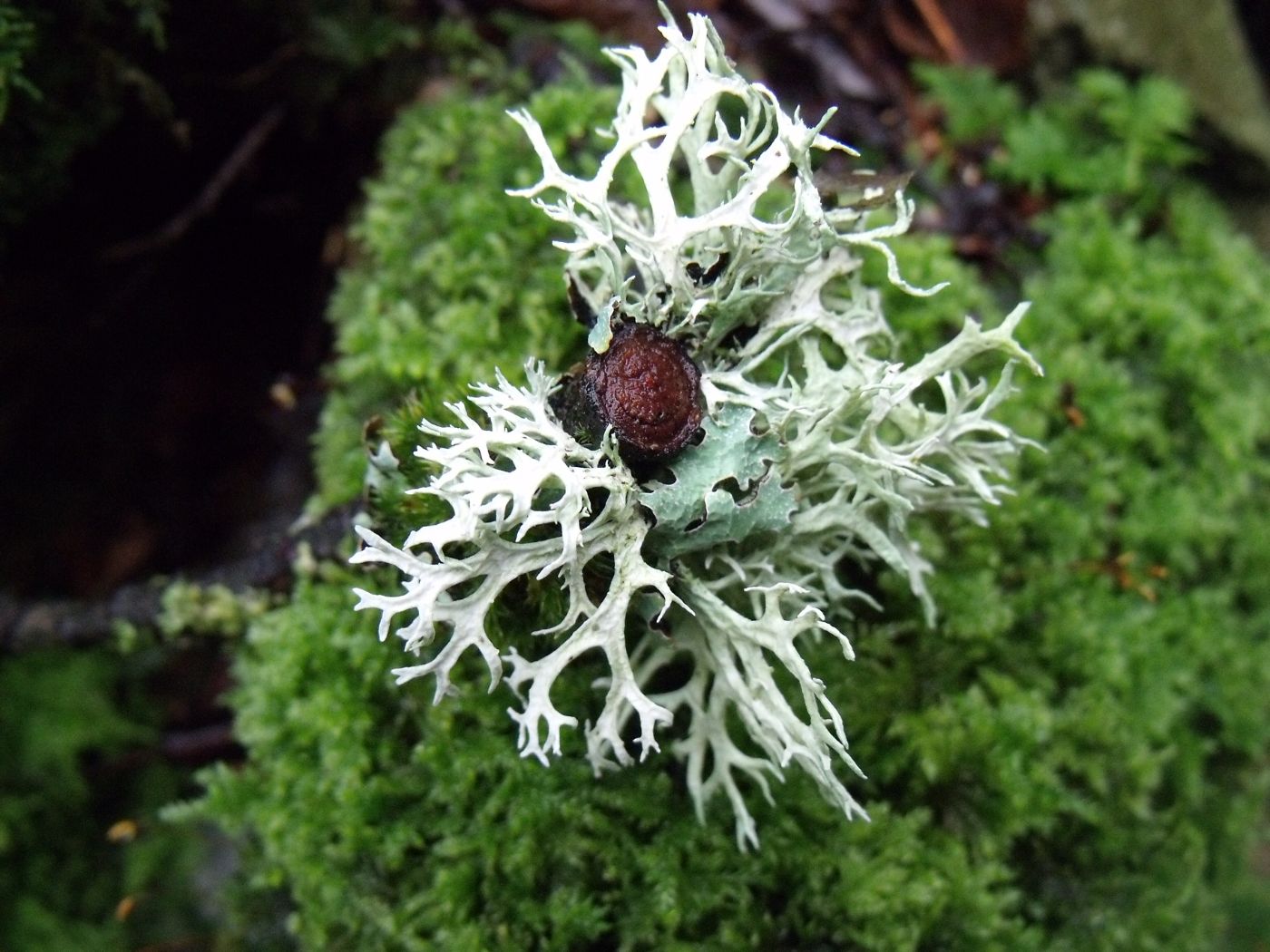
If to meander is ‘to wander without definite aim or direction’ then this has been my approach to experiencing the landscape. I have been gradually filling my notebook with the sights and sounds of the woodland; these notes are a collage of my walking experiences. The direction of each of my walks has been deliberately off-path, led only by the sights and sounds which inspire me on that particular day. Walking with a route limits our experience of landscape to the pursuit of a goal, most commonly a summit. I prefer to challenge this conquest approach to the environment, focusing instead on the intricate ecosystem of this Atlantic woodland; walking through landscape rather than over it. This slow pace is gradually revealing more and more of the diverse wildlife and providing me with a glimpse into the entwined ecosystem flourishing on the woodland floor. Time in this landscape is not linear; the woodland accumulates species which exist alongside traces of its history. My walks therefore are not linear, they are meanderings: gathering observations as a tree collects its skins. I have been surprised by the scale of the changes in the environment on each of my return visits. One of the main challenges in my writing process has been capturing as much detail as possible in my observations. On returning to the same place the subject of my writing has already moved on: the glut of mushrooms and toadstools that emerged after heavy rains in early October had already begun to recede the following week.
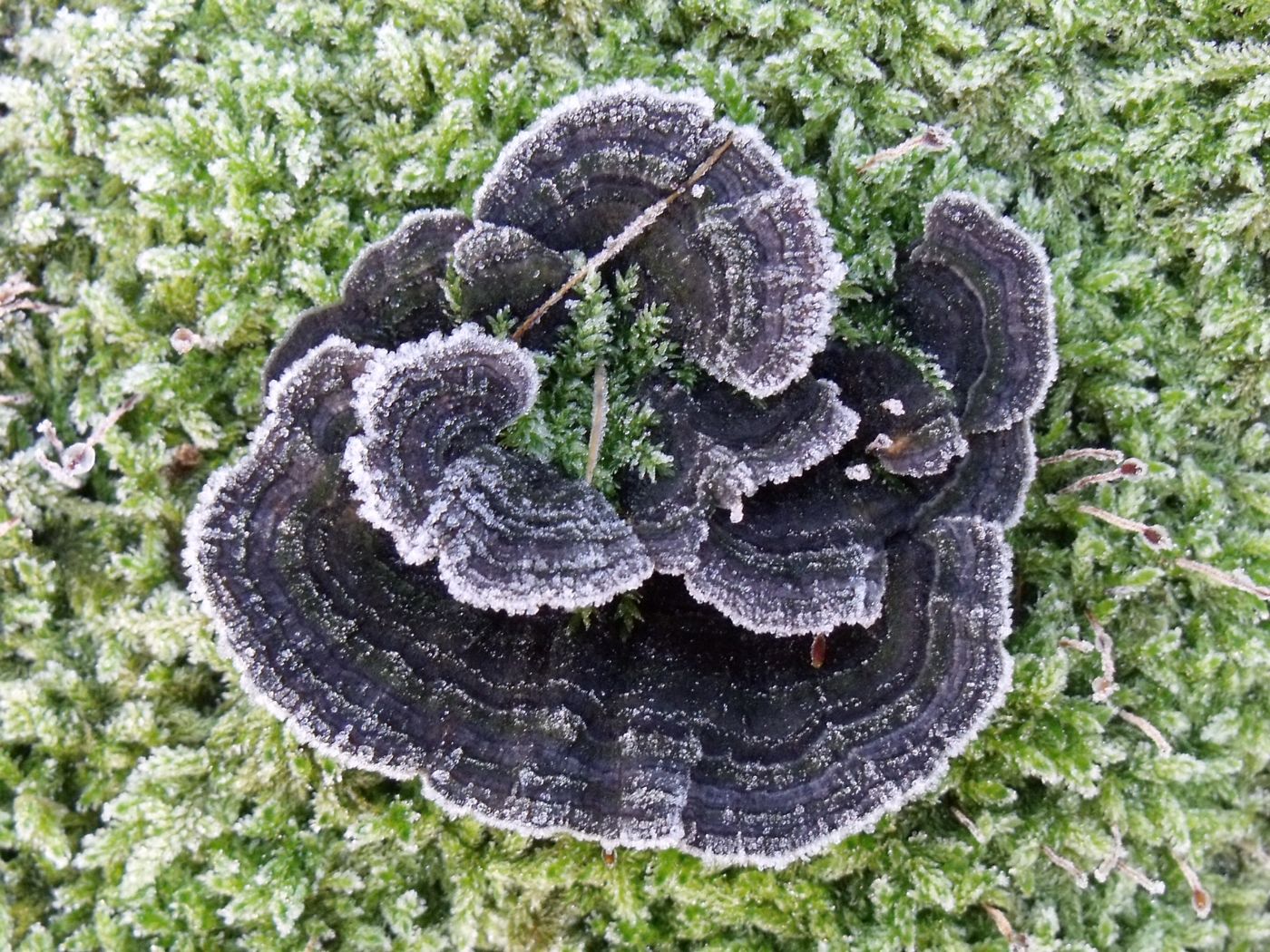
A liminal space between two lakes, this is a transient location – part wetland, part woodland, ancient mixed with plantation. The past, present and future exist in parallel: an ancient oak with rare lichens and fungal architectures is within a short walk of a plantation of juvenile oaks. In these young trees, the future’s ancient woodland is beginning. The river moves through the centre of the common, at once wide, smooth and rolling. Further north, it spits white spray outwards from narrow torrents; a splicing, violet river at the bottom of the stone cliffs. This extract is from one of my first poems in this body of work, it brings to life the rich soundscape of this vibrant ecosystem:
autumnal percussion
amplifies the gurgle and drain,
rattling leaves ricochet
trees v water
bore into soil
river overwhelms
slate glassels
resist
the pull
of gravity
or water?
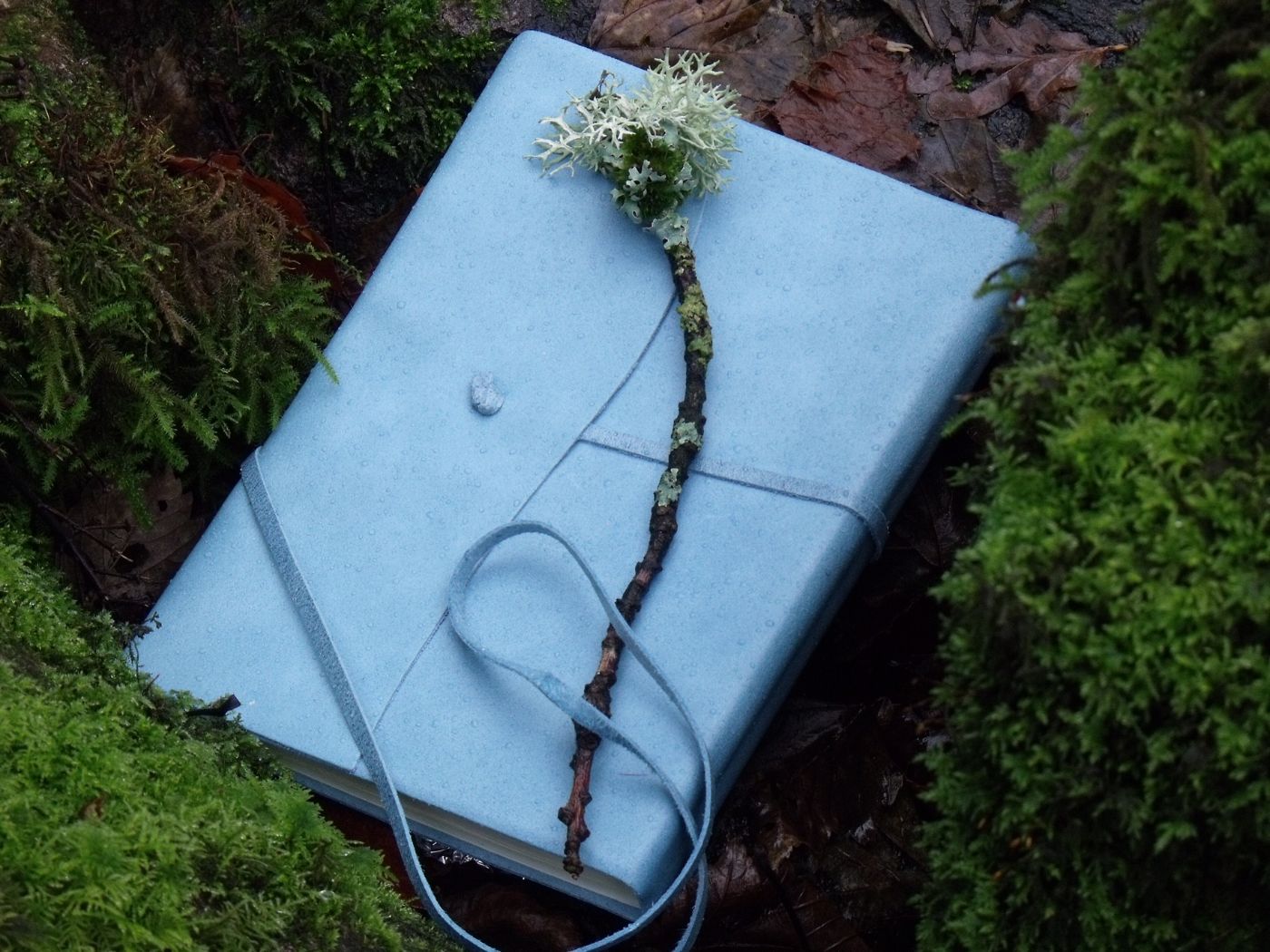
I am walking with an awareness that this landscape is well-trodden in both past and present. The writing of the Romantic Lake Poets is synonymous with this slice of Cumbria. As a contemporary writer I am constantly challenged by the task of embracing this heritage whilst creating a current narrative of this complex habitat.
Topical debates about climate change present a natural world irreversibly damaged. The human impact on landscape underpins many of my poems; it has been included when walking has led me into its path. I have seen the resilience of the natural world, which in a very literal sense re-shapes and re-forms itself continually in the presence of human activity. The animals, plants, fungi and lichen I have been observing are continuing to reproduce and germinate. The lifecycle – germination, growth, decay, regeneration – continues. The lifespan of these species extends well beyond our own. In fact, the lichen will only begin to arrive on the new oak trees when generations have passed. If the ancient woodlands of the future are to grow, then we have to remember to wonder at these small, intricate species and do what we can to protect them.
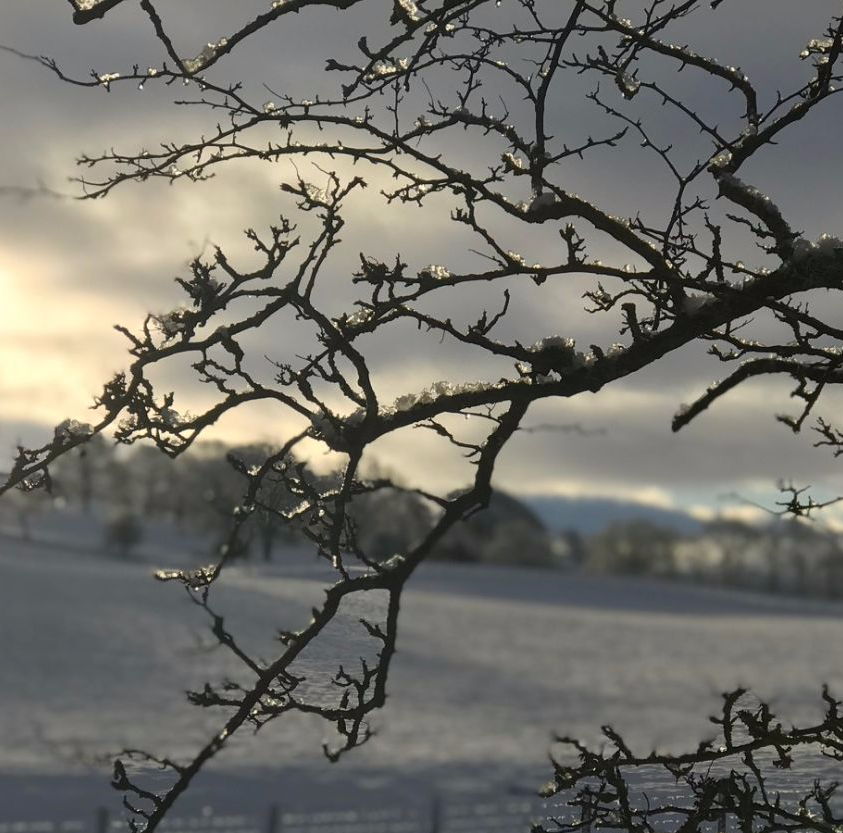
Jessica Sneddon is a poet and research student based in Cumbria. She experiments with form and the use of space to create movement within poetry. She is a keen fell walker and has loved combining this with her ongoing creative project which explores the symbiotic relationships between microscopic and macro species. Her poetry is an expression of the layered landscape she works within; a landscape whose past breathes alongside its present. She has previously been published in international literary magazine Tears in the Fence.
(image copyright Victoria Bennett)
By Jhilmil Breckenridge
UK/India
January 2019
(adapted from "Writing Matters: In conversation with Jhilmil Breckenridge" - original interview by Barnali Ray Shulka and published by Kitaab)
Picasso said it best when he said, “every child is an artist. The problem is how to remain an artist once we grow up.” To be a poet needs childlike wonder. You need to be captivated with the sunlight glinting on a spider web, to pay close attention to the sound of water on a skylight. Adults somehow, especially in these days of constant connection to smartphones and more, have lost this connection, have to have mindfulness apps to pay attention, etc. For me, it took years and a sustained practice to arrive at this way of living, and I am so grateful to the practices of yoga, meditation and all the time I spent arriving here. A long time ago, in Delhi, my yoga teacher, Shivachittam Mani, taught me a concept in meditation – in every breath we die, in every breath we are born again. This tenet has stayed with me through my darkest days, through all the heartbreak, the ups and downs, that if I have my breath, it’s going to be ok. In fact, the name of my recent collection, Reclamation Song, originally was Just One Breath.
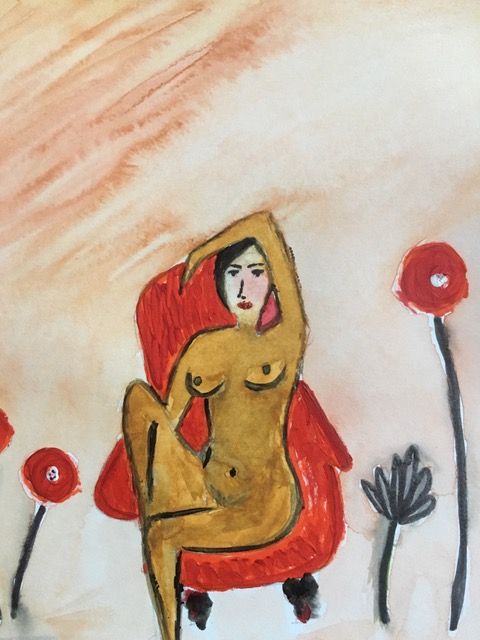
I think those of us, who can and do write confessional poetry, have been through a fair amount of pain and have dealt with vulnerability, shame and frankly don’t care about society and her rules any more. In my case, I had no plan when I started writing that I would write confessional or autobiographical poetry, I truly thought I should aim to write sonnets or something like Wordsworth, etc. (no offence to the Masters!). Writing this way makes you more resilient because you can write your pain away and so, it makes you stronger even though you bare all. I believe poetry has to come from witnessing, from living, from feeling, and so what else if not confessional poetry? Melancholia and pain are demanding and excellent teachers for poets and artists. I believe it is a form of being honed or perhaps walk through fire to let the precious metals (your soul?) shine. For certain, I have lived a difficult life. How many people do you know whose children have been kidnapped, who has faced the possibility of being locked up in a mental institution forever? I agree, everyone’s lives have sorrows and hardships, but some do seem more extreme. And perhaps some wounds never heal, the scar tissue always a little itchy, the loss of a limb always felt. I think that is what you can sense behind my sensual words.
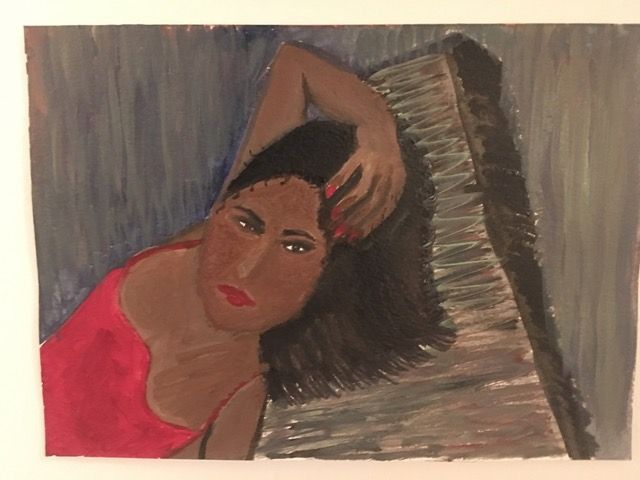
Can we really reclaim? We can’t get time back, wasted years, or anything really - but we can reclaim spirit, happiness, joy. When we are fearless about death, we can truly live and find joy in the moment. Most people live in fear, oh what will happen when I get old, will I be alone when I die, etc. I know because I used to live like that. I believe when you are able to make peace with the fact that death is just a change from one state to another, and that today could be the last day you are alive, you truly reclaim this life and live every word as if it were your last. And that has been my journey to living in bliss and in constant joy.
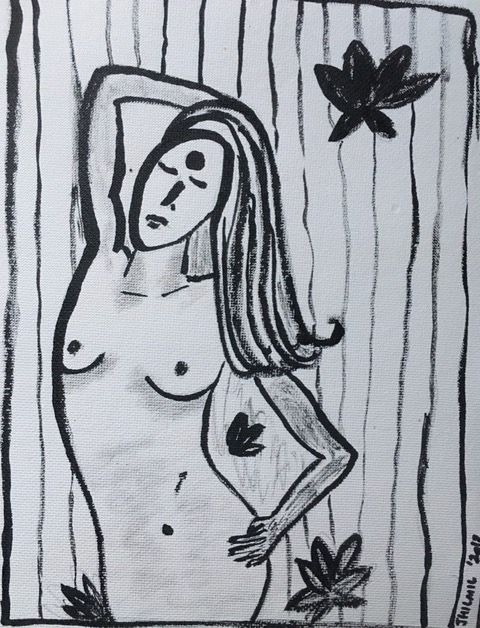
I hope that what prevails is the wholeness of the spirit. It was important for me to tell this story, and for sure, it is an important part of the politics of my activism and my work; I head an Indian mental health charity, Bhor Foundation. What I want to show is this way of being and healing, different shades of being, and questioning the whole recovery paradigm. I also keep wondering why there is an emphasis and public adulation for ‘achievements’; why not the same celebration of the pursuit of joy and happiness?
My alternate realities are always the pursuit of joy. And just this morning, my aunt called from India, telling me how well I seem to be doing — of course she was meaning the academic and professional achievements, perhaps this book. But I interrupted her and said, Dolly Masi, don’t you remember, even in my days of homelessness — because she was one of the few people who saw me through those days — I was happy and was able to find joy in the little things, and isn’t that what is more important? She had to agree!
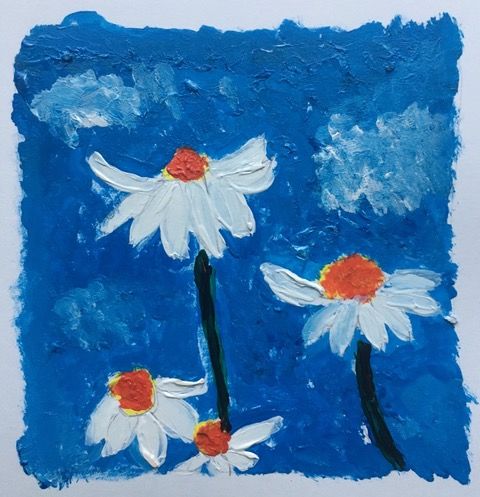
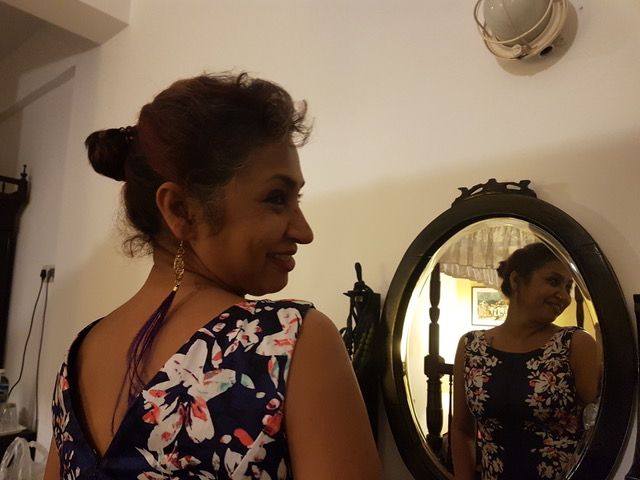
Poet, Writer, Yogini. Mental Health and Domestic Violence Advocate. Currently a PhD Researcher at the University of Central Lancashire, Jhilmil is the Founder of the Bhor Foundation (bhorfoundation.wordpress.com) and Managing Editor at Mad in Asia (madinasia.org). Her most recent poetry collection, Reclamation Song, was released through Red River in 2018.
Twitter: @jhilmilspirit
In Memory of Maureen Bennett
By Victoria Bennett
Cumbria
December 2018
On December 1st 2015, at15 minutes past midnight, my mother died. She was eighty-three years old and was killed by tiny fibres that she had inhaled when she was a girl. She was the last in her family to die, and the third to die from mesothelioma - a devastating and at present, incurable cancer caused by exposure to asbestos. She lived eleven months after diagnosis, and during that time, I cared for her and held her hand as she left us.
So, three years after her death, I find myself writing this thread. I want to tell you about my mum, Maureen — who at seventeen, carried a wide-brimmed hat on a bicycle across Europe so she could wear it walking in Paris with her fiancé, and sewed extra calico into her skirts because "the bigger the skirt the bigger the twirl" when she danced the jitterbug on a Saturday night. I want to tell you about the woman who started off in Essex during the war, but ended up travelling the world as a mother of six so that her children would know that there were many different ways of living, and many different people on this earth.
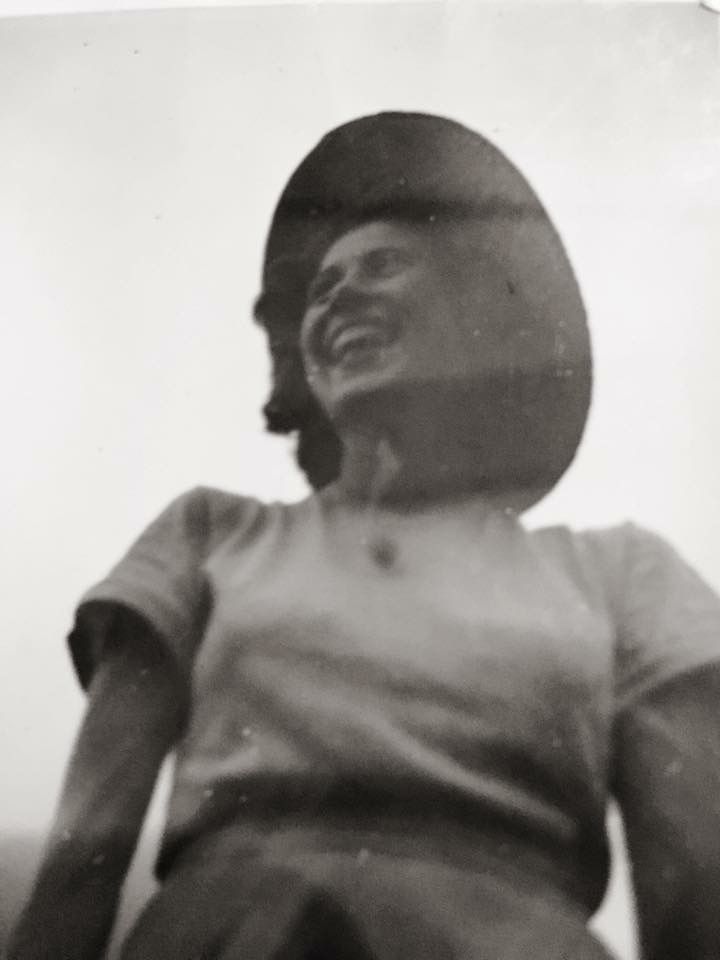
She wasn’t perfect. She struggled with self-confidence, and found it hard to express her affection in hugs or sentiment. When we were ill, she gave short time to complaint and was never one to offer sympathy, but there was never a sense that she didn’t love us and she cared deeply about the welfare of others. When I close my eyes, I see the beautiful, untamed, open-hearted woman who stayed my friend throughout all the days. I want to celebrate her wild beauty that never faded, even when it was just the light shining in her eyes. I want to celebrate her never failing humour, dark enough to shock but like bitter chocolate, wonderful once you got used to it — even though she never accepted that she was funny. I want to tell you about the studio she painted in, the smell of linseed and turpentine, the scattered sketches of wild, wind-blown islands.
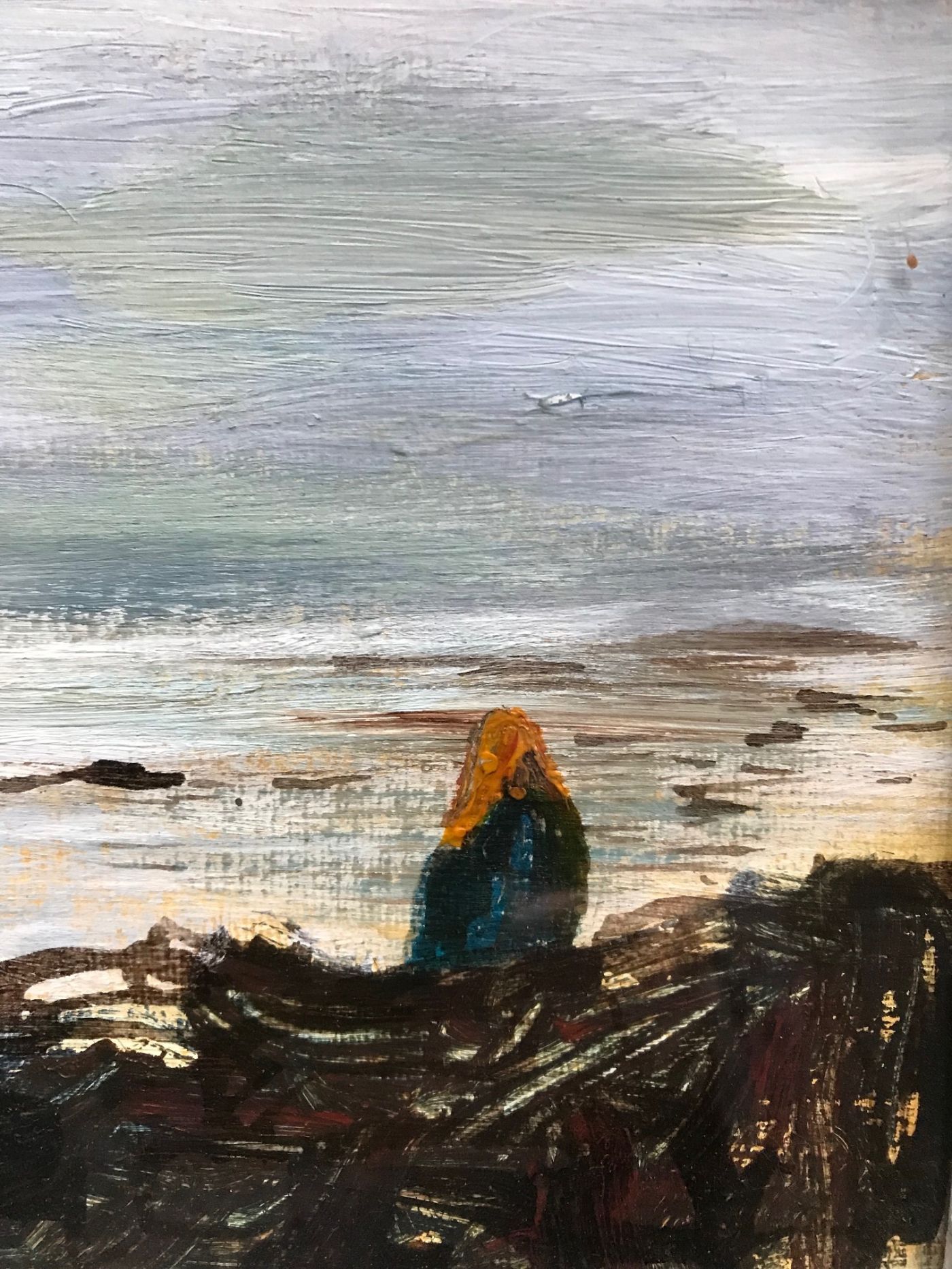
I want to celebrate her courage - the way she kept loving and kept living despite the losses and heart break of grief and then the final pain of her illness. She taught me to be strong, without even knowing she was doing it. She taught me to never give up on life, to keep some little bit of hope burning, and when it won’t burn because life is just too full of pain and sorrow, to have the strength to just get up and do what has to be done so that others can keep living. When my sister drowned in 2007, at the age of 47, my mum taught me that even the unimaginable can be faced. As she held my newborn son in her arms, only three months after burying her daughter, and found strength enough to support me in my new motherhood, she taught me that the heart of a mother is a fierce and deep thing. And seven years later, when she was told she had terminal mesothelioma, her courage, generosity, and tenacity taught me how to face dying. She showed me that life, and death, could be done with an open heart and a strong spirit.
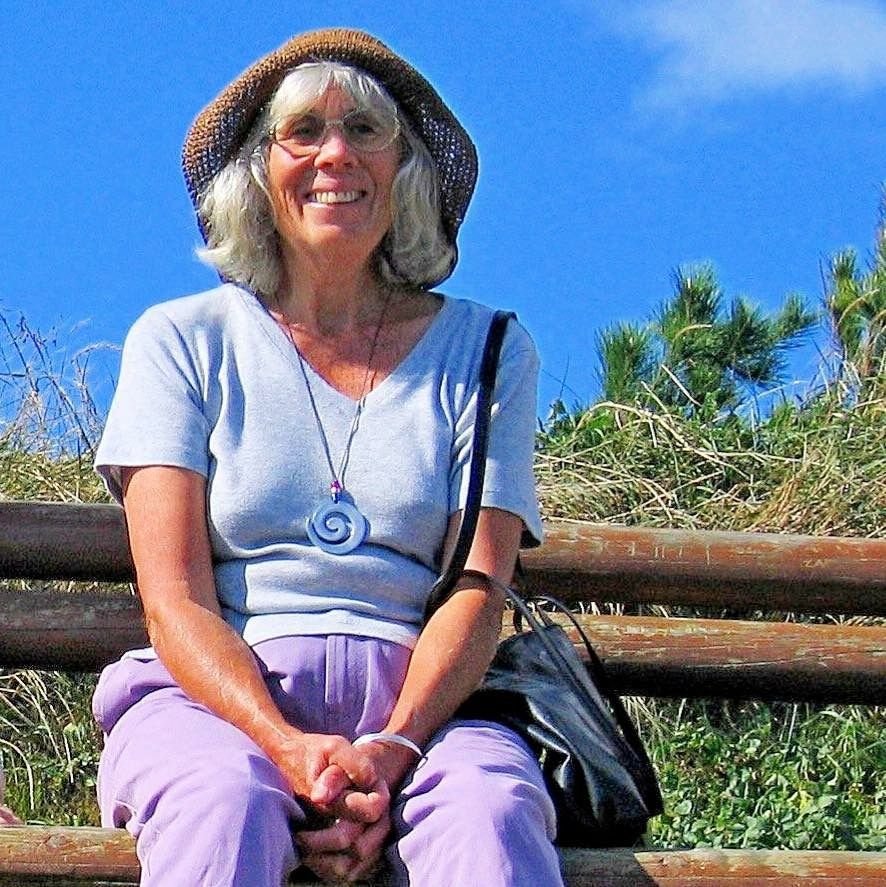
She taught me to be myself in this world and I give thanks for the way her never wavering love and originality throughout my life gave to me the gift of being who I am. I am a bit worn around the edges, a bit lopsided with grief but full of love, brave enough to keep dreaming and creating and when times are bad, to keep getting up and living life, even when it feels too tough.
A few days before she died, she told me not to be scared, that she knew I would miss her but that I was to go and live a good life with my own family. I told her that I would, that I could because she had given to me everything I needed to do that. Life holds many sorrows, and challenges but each day also holds her love, her kindness, and her courage.
I am grateful for this beautiful, imperfect, and precious life that she gave me, and the wildness her love sowed in it.
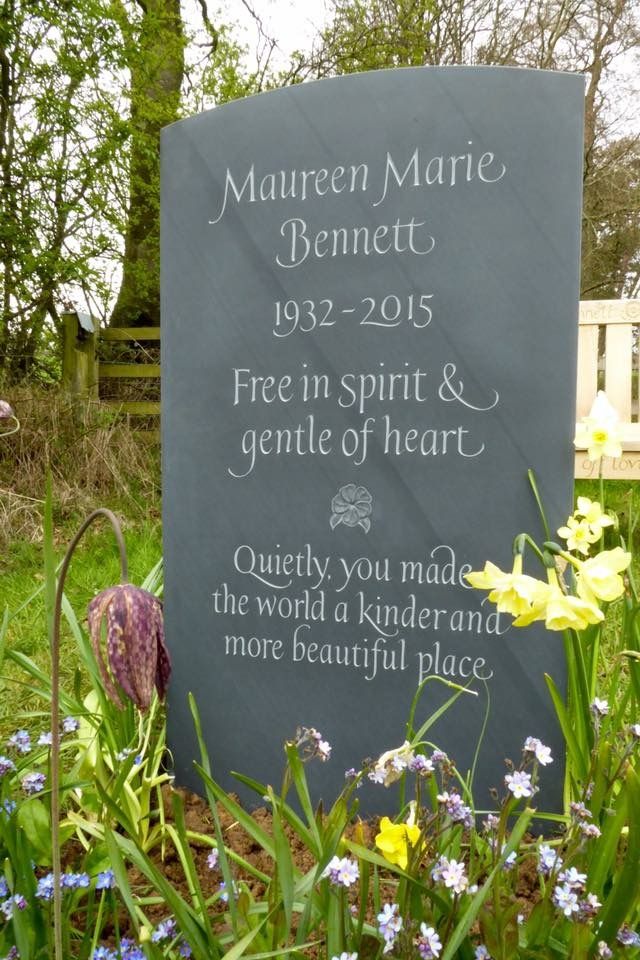
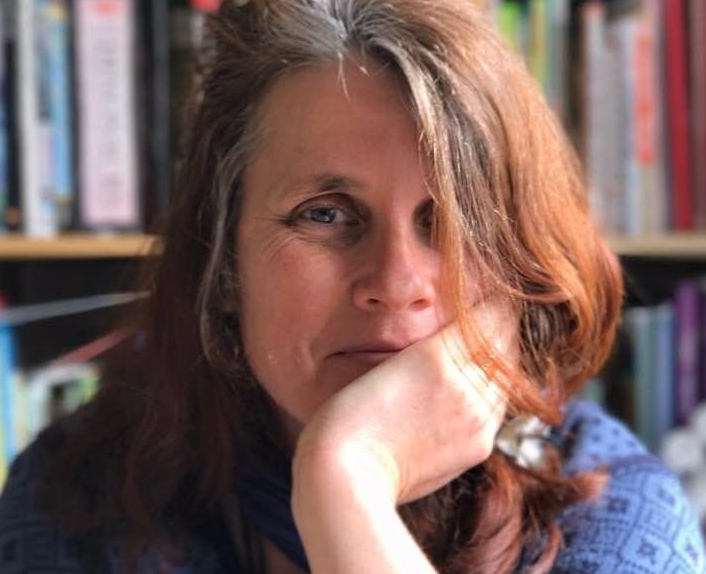
Victoria Bennett is an award-winning poet, creative activist and full time home educating Wild Mama to her son, Django. Originating from the borderlands below Scotland, she is the Founder of Wild Women Press and has spent the last quarter of a century instigating creative experiences in her community. Her poetry and non-fiction has appeared in print, online and even in the popular video game, Minecraft. She has published 4 collections and performed live across the UK, from Glastonbury Festival to a Franciscan Convent.
By Beth Porter
Wigtown
November 2018
As I write this the seasons are changing. There has been snow. We are on tour, my 18 month-old daughter Molly is teething, we’re about to visit my sister in hospital, and we have to write a new song for a gig today. My name is Beth. I’m a cellist, singer, songwriter/composer, mother, wife, nature-lover, worrier, warrior.
While finishing my degree and starting my career, I played with many songwriters, folk musicians, DJs, as well as classical musicians and developed my musical tastes and style. I also started to give song-writing a go myself and discovered that I could not only ‘do it’ but that I really thrived off it. I found a new creativity and started to have more and more ideas for words and melodies. I would write in my notebooks on the train (I always travelled by train in those days - me and my cello!) and later sit with an instrument (usually cello or ukulele) and see what musical ideas would come out. Sometimes, the most inspired (and perhaps best) songs seem to expel themselves quickly. An idea to finished song in under an hour feels like the muse has really been at work. My songs are inspired by travelling, fear, confusion, money, the weather, nature and the odd cheesy love song! Some are pretty dark - you can get to the darkest places writing songs, and some are light observations with little attachment. It’s a way of venting, expressing, creating and getting in touch with the soul. I have my own band ‘Marshes’ which regularly consists of musicians from Bath and Bristol fronted by me and my songs. I get to work with some great musicians and although there’s something rewarding about going solo, I really love playing with a band. We’re releasing an album next Spring so will be touring around the UK then.
I am also one half of The Bookshop Band, with my husband, Ben Please. We respond to books with songs and often have very tight deadlines for completing and performing them. It’s a brilliant way to be immersed in creativity and a fantastic way to be inspired. It also encourages me to read more books, something I probably wouldn’t make time for otherwise. Authors that we have worked with include Philip Pullman, Louis de Berniére, Rachael Joyce, and I have just finished reading Emma Hooper’s second novel ‘Our Homesick Songs’. I highly recommend it and she is an inspiring woman!
As a full-time musician, I do a lot of touring, either with The Bookshop Band, or with my other projects. Trying to be a working mother is always going to be a challenge. Being self-employed means you are choosing between creating and possibly making money or being a full time parent and earning very little (even less than we do!) We are trying to balance all those things by taking Molly with us on tour while she’s young. She enjoys being sociable and loves music - she has just started singing! She fights sleep and keeps us on our toes. Having Molly has added so much meaning to my life. She’s a beautiful little soul and watching her learn and play and be charming makes me beam every day. It is hard at times, especially when we’re tired and I battle with the ‘mother to performer’ transition sometimes, but I wouldn’t have it any other way. She rocks!
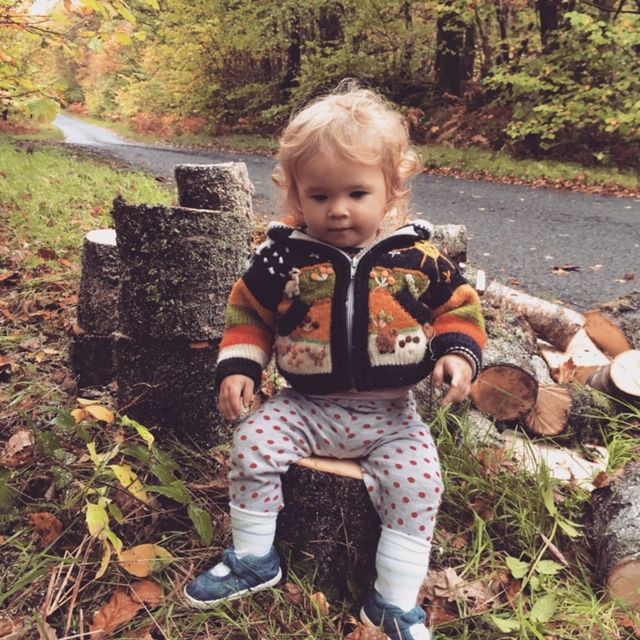
But life is not all on the road. When we are not touring, we can be found in Wigtown, Scotland’s book town. We moved here shortly before Molly was born. I love being at one with nature, where I can see the hills, sea, sky and marshes from my bedroom window. I do a lot of walking (mostly to get Molly to sleep) and feel like I’m getting to know my surroundings more. Next year I will be taking part in a project, writing music inspired by The Lost Words by Robert Macfarlane and Jackie Morris. Eight musicians, including Karine Polwart, Seckou Keita and Julie Fowlis, will be collaborating to create songs, sounds and spells to help bring back nature’s ‘lost words’ and performing them throughout 2019.
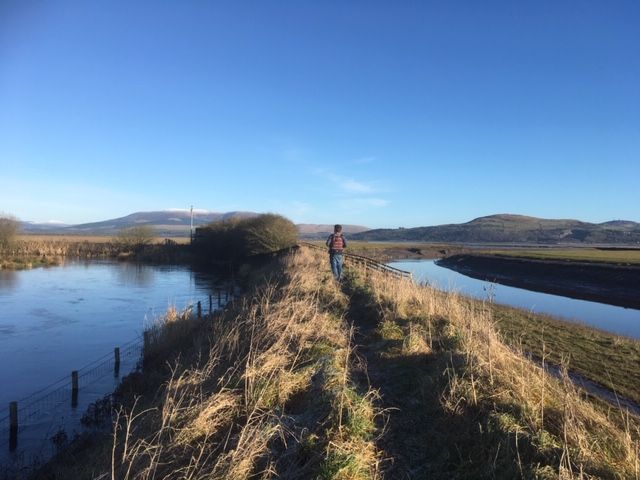
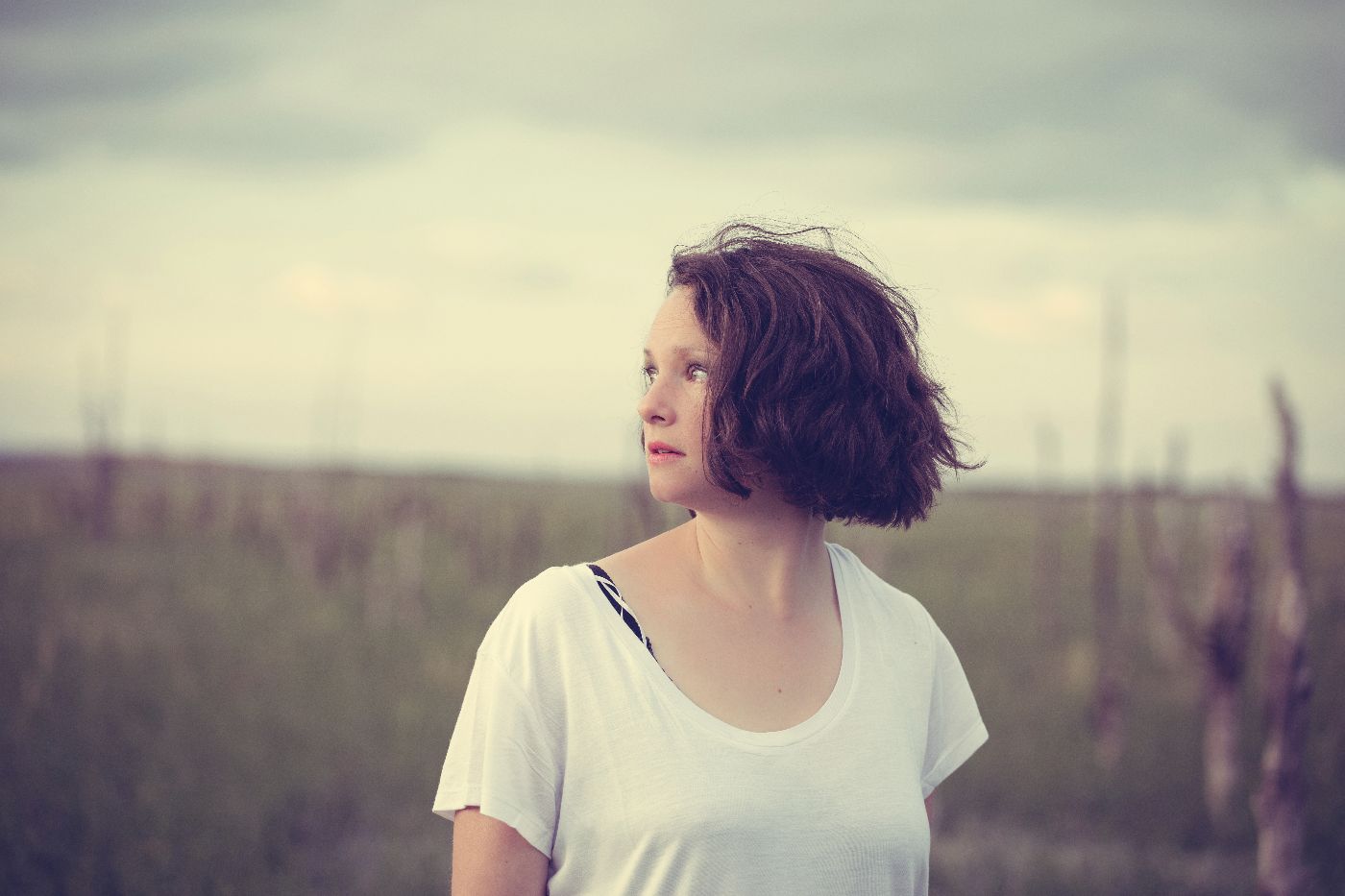
Beth is a well-known cellist on the UK folk and acoustic music scene and is a prolific songwriter. She is known for her versatility, sensitivity, reliability and ability to improvise/compose beautiful, intuitive and supportive cello lines for songwriters, folk, rock and pop music. She writes equally on the cello and baritone ukulele and finds new and interesting ways to create music. Her own songwriting and singing has an unmistakeable Britishness to it and her songs have been compared to The Beatles, The Kinks, The Incredible String Band, Radiohead and Kate Bush! She is now based in Dumfries and Galloway in South West Scotland.
By Elizabeth Rimmer
Stirlingshire
October 2018
To all intents and purposes, the growing season in the territory of rain is coming to an end. We have had two early morning frosts, and the leaves are beginning to fall in the equinoctial gales. There are still flowers in the garden – marigolds, nasturtiums, evening primroses and Japanese anemones, and the Michaelmas daisies are just picking up – but most of the colour is coming from the bright red leaves of blueberry and witch hazel, and it’s berry time now.
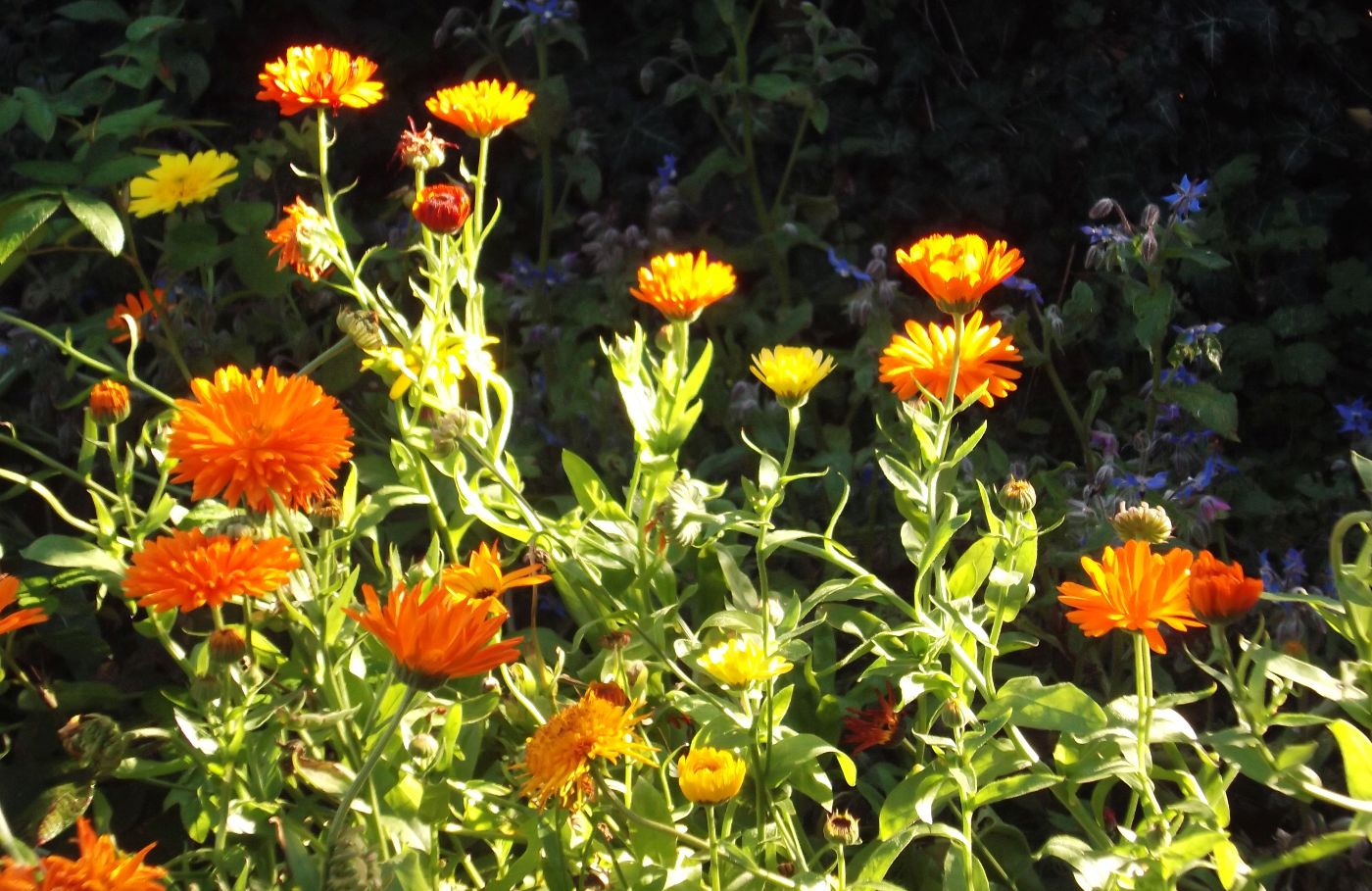
It has been a wonderful year for berries – brambles, rowans, rose hips and haws in abundance, and the elderberries that mark the end of summer. The last of the wheat and barley has been harvested and the fields are already being ploughed. On a telegraph pole along the edge of the field, there is a kestrel watching the small birds and mice scattering for cover, very pale in the morning light, and a cloud of black-headed gulls following the plough. The geese are back, and although there is still a house-martin’s nest with young in it under an eave across the river, almost all the summer birds have gone.
It has been a good summer for wildlife too. The birds have thrived, with almost all the species I notice raising their broods successfully. I’ve seen more bees and butterflies this year than for a long time, even some honey bees, which have been absent for the last few summers. Orange tips in the spring and painted ladies in early autumn were rarities when we moved here, but this year they have been frequent visitors, and peacock and red admirals have been everywhere.
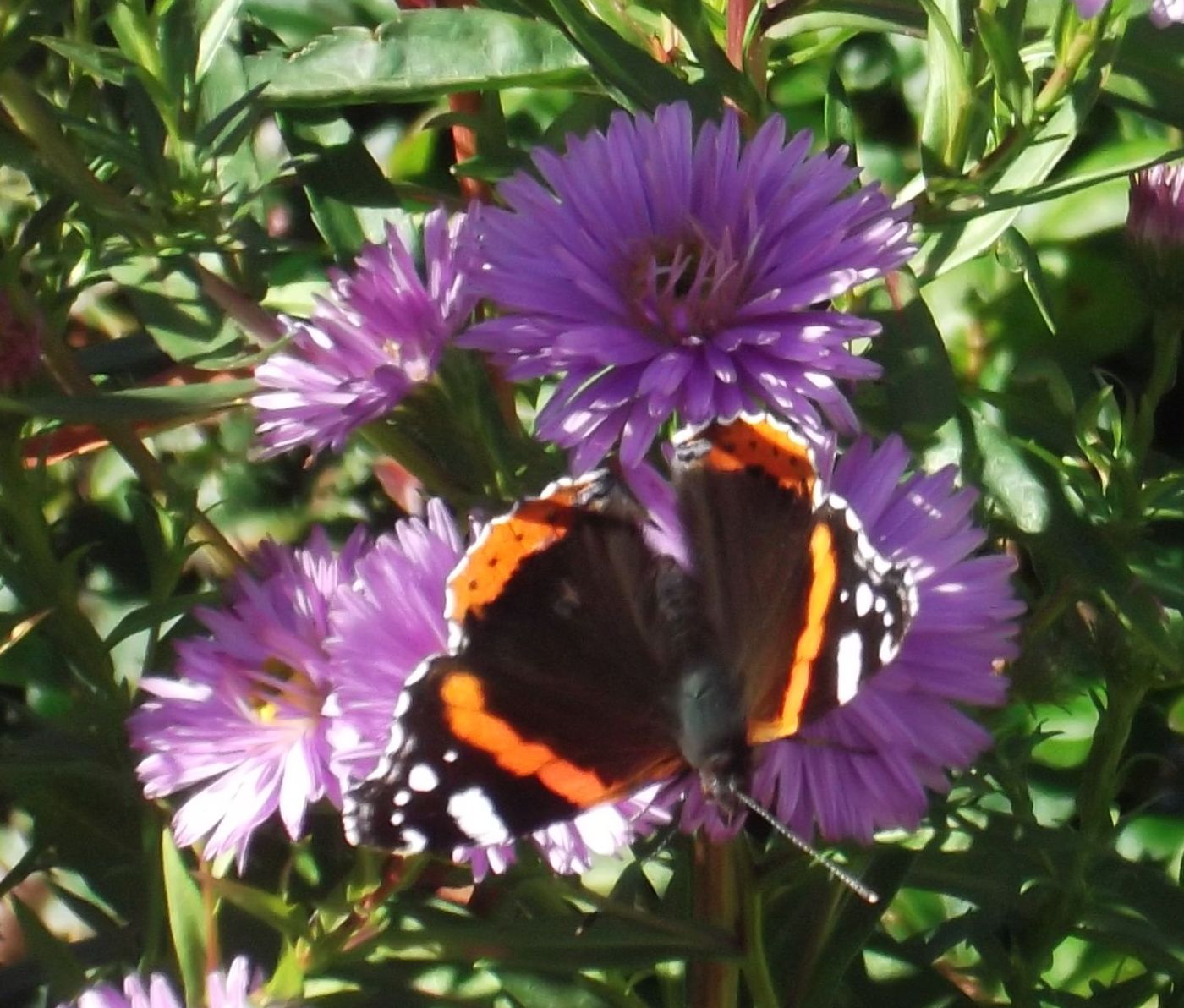
Their patterns of behaviour have shifted now, though. Birds, apart from jackdaws and gulls, are leaving the fields and coming into the gardens. Tree sparrows, which disappear during the summer, have come back, and are getting bullied off the feeders by the new generation of house sparrows trying to claim squatters’ rights. I have smelled fox taint in the early morning, and cormorants and goosanders are back on the river. Hares, which were so shy for years that I thought they had gone, are coming closer to the houses, and the deer are leaving the hill to browse in the fields. They came into the village for the first time last winter, but I think they will concentrate on gardens backing onto the fields. Ours is too small, surrounded by buildings on all sides, and enclosed with high hedges.
It is the time for harvesting – the blackberries are in the freezer, and apples have been dried and pureed or made into chutney with the green tomatoes that won’t ripen now. I’m saving seeds – not only the marigold and poppy I do every year, but wych elm and hawthorn, and weld seed I took from a plant growing along the road-side. I’ve brought the tender pot plants into the greenhouse, and I’m turning my attention to roots.
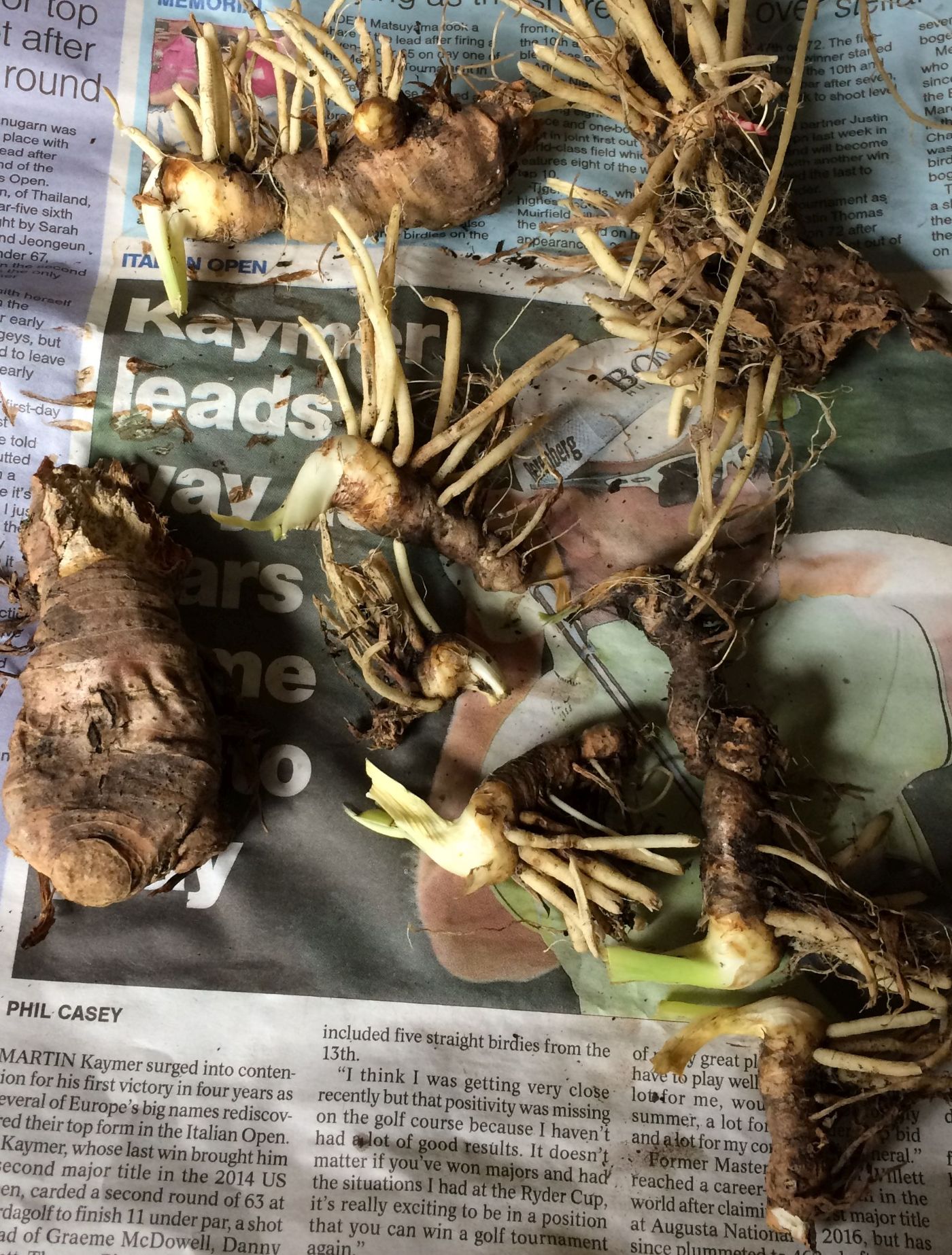
These are orris roots. They will be peeled and dried, and then ground to powder. They have a scent of their own, similar to that of violets, but like violets, it is fleeting – our brains seem to turn it off after the first tantalising breath. But their chief use is as a fixative for other scents. You mix them with lavender or pot pourri, and it brings together all the varied floral and spicy notes, giving them depth and richness, and making them last longer. There is a poem in my latest collection, Haggards, called Instructions to the Laundrymaid, which begins:
If you boil your sheets in summer
with well-dried roots of orris,
in winter, they will be perfumed
with the fleeting scent of violets.
There are others I’m saving for dyes – dandelion and woodruff, which promise shades of pink and red, yellow flag and meadowsweet for black. I’m not optimistic – reds and blacks are hard to create, and I am fairly sure they will give me only various shades of beige and yellow. But in the cold and damp of the winter yet to come, I will have tastes and scents and colours from the territory of rain.
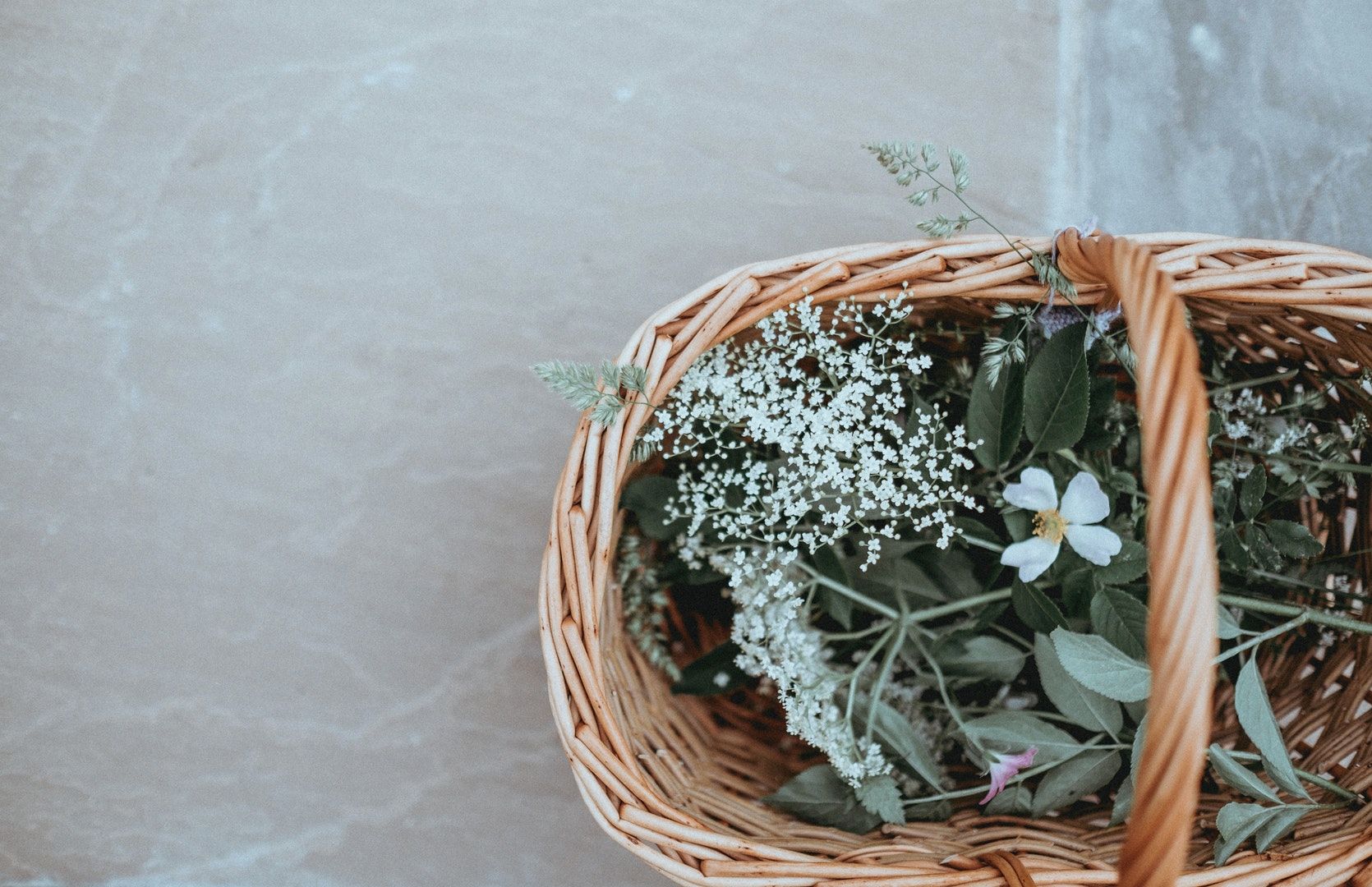
Elizabeth Rimmer has published three collections of poetry with Red Squirrel Press, Wherever We Live Now, (2011), The Territory of Rain, (2015), and Haggards in 2018.She has always taken an interest in herbs and how we use them as symbols for the values we cherish, and produced a modern translation of the Old English Charm of Nine Herbs in 2017. She has edited three poetry collections for Red Squirrel Press, and the 2017 anthology of the Federation of Writers (Scotland) Landfall. She is a member of the Scottish Centre for Geopoetics.
By Dal Kular
Yorkshire
September 2018
There comes a moment when the secret life you have squished inside of your skin and bones refuses to be silenced any longer. The anger, the passion, the dissonant and the dissident must be expressed. It has to howl blood red and moonlight. It knows that a single howl awakens a pack. And that a howling pack ignites a movement.
I’m Dal Kular, curatrix of the She Howls Women Writing Circles, She Howls Women’s Online Open mic and She Howls 1-1 sessions. These projects were born out of the long howling winter of 2017/18.
2017 was a year of NO’s and knocks. A year of attempted silencing. Too northern, too working class, too Indian, too westernised, too female, too old, too skint – my stereotyped identities often walked in the room long before I did. How hard is it to be YOU in a world that constantly others you?
My post-graduate funding for the second year of my MSc Creative Writing for Therapeutic Purposes fell through 10 days before I was due to re-commence. I couldn’t afford to continue as I was unable to secure quick alternative funding. Undeterred, I secured a bursary to attend a residential writing retreat with a nationally recognised writing charity to work on my novel-in-progress only to be emotionally brutalised by the male Booker Prize short-listed author (I was not the only one). I left that week feeling bewildered and broken.
I set up a local women’s therapeutic writing group which then then got ‘mobbed’ and I was not so subtly pushed out to the fringes.
I arrived for my first day in a new job that I had successfully interviewed for and felt passionate about to find out it had been given to a young white male instead who had NO relevant work experience, compared to my 20 years of very relevant experience! I’d been allocated a different ‘desk job’ instead (I’m not even exaggerating). I said NO.
Familial patriarchy was playing out like a dysfunctional Bollywood movie and a diagnosis of a disabling gynaecological disorder was made. That should have kept me silenced and shamed, because we must never ever talk about our furry cunts after all. And finally, I thoroughly burnt-out of my 23 year career in Social Work one and for all.
I could feel the anger and passion rising within me. I refused to be silent. That may have been comfortable for those around me. But I’m not here to make the silencers comfortable anymore. I refused to be convenient. I spoke out. And I howled. A passionate, angry howl. A howl in to the unknown-out-there to connect with a defiant pack. To my surprise, some She Wolves howled back.
What 2017 taught me was that there were many incredible women who felt like me. Who despite the guise of ‘equality’ were still being silenced and being shoved in to tight, pointy shoes. And like me, these women were no longer prepared to put up with that. Our furry feet needed to be free and dance. Our claws needed to scratch poems in to the earth leaving tracks of our experiences. And to send our poetic words out in to the ethers through our howls and find each other.
My She Howls projects are creative activism, the response to 2017 and the angry howl that my bones could no longer contain. I began to think and create outside of ‘mainstream’ opportunities so that I didn’t have to limit myself or attempt to fit in. I was tired of trying to fit in, be obedient and comply. So I stopped waiting and decided to do my own thing. That’s what my Dad did when he arrived in England in 1954, an uneducated immigrant from rural India. His options were a life on the factory floor or flipping his own chapattis like coins tossed in the air. He side stepped the mainstream and created from his own fire. And I had his blood in my bones.
Creating from my own fire and inner activist means that the only person who can exclude me or hold me back is ME. And I was a hungry She Wolf on the prowl.
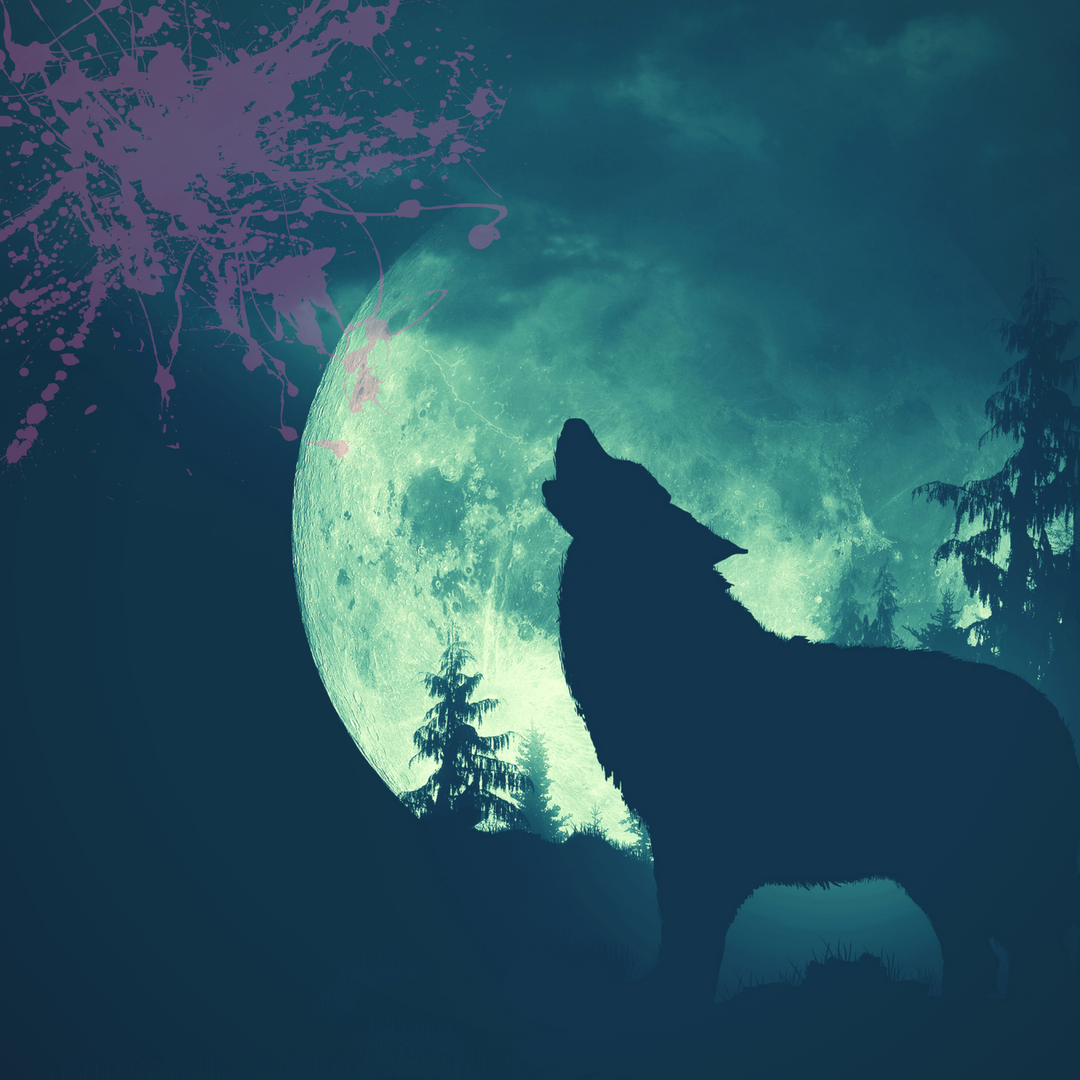
She Howls is where (extra)ordinary women like you and me who love words and writing gather online. We are women who dare to write dangerously and raw. We are women who write with the dirt on, from where we are glued together, from where we lust and laugh and dream. We write for ourselves and for each other, to uplift, empower and ignite. We make each other stronger. The glue sings remarkable stories through the nibs of our pens. We write in menstrual blood and tears and kisses. Our howls contain secret language.
Writing from our howls, our wilder-ness heals us, transforms us, allowing us to transcend multiple oppressions in that brief moment. We don’t care about where the full stops go or whether it will win a national poetry competition. We write to win our own hearts. And sometime we don’t win that but we write it anyway. But we do touch each other’s hearts.
Though it sounds contradictory, to allow wild words to flow requires a safe and carefully curated space. A space where you have permission to be yourself and be respected. In She Howls Writing Circles and Online Open Mics I offer clear boundaries to enable creativity to flourish. We are inclusive and welcome all women (and women-identified) regardless of ethnicity, age, religion, class, sexuality, education, ability – the main criteria is we respect and acknowledge each other’s unique experience and identity. By joining the pack we acknowledge that our experiences and the oppression(s) and privilege(s) that we have experienced are diverse and we are always learning from each other every session. Howling and writing together allows the opportunity to be deeply heard and to hear others. It builds trust, community and solidarity.
Does this all sounds idealistic? It is. This work is real and it’s empowering lives. Women coming together to create unapologetically through the nib of their pen, letting the glue soften just a little bit and allowing fragments of lightening and possibility in. I don’t always get it right, there are often technical hitches but I am always open to learning and it comes from a good heart.
These feral She Wolves from around the world are now my pack and every month we howl TOGETHER. These women uplift and empower me and inspire me to keep going and keep creating for none of this would happen without any one of these She Wolves.
She Howls is here to stay to empower us women to keep writing wildly for the transformational potential it holds. Future mischief-making includes a book and an online course. She Howls, was a project I initially created out of anger and injustice. Now it’s a mission that is creating me, day by day.
And every day my howl gets louder.
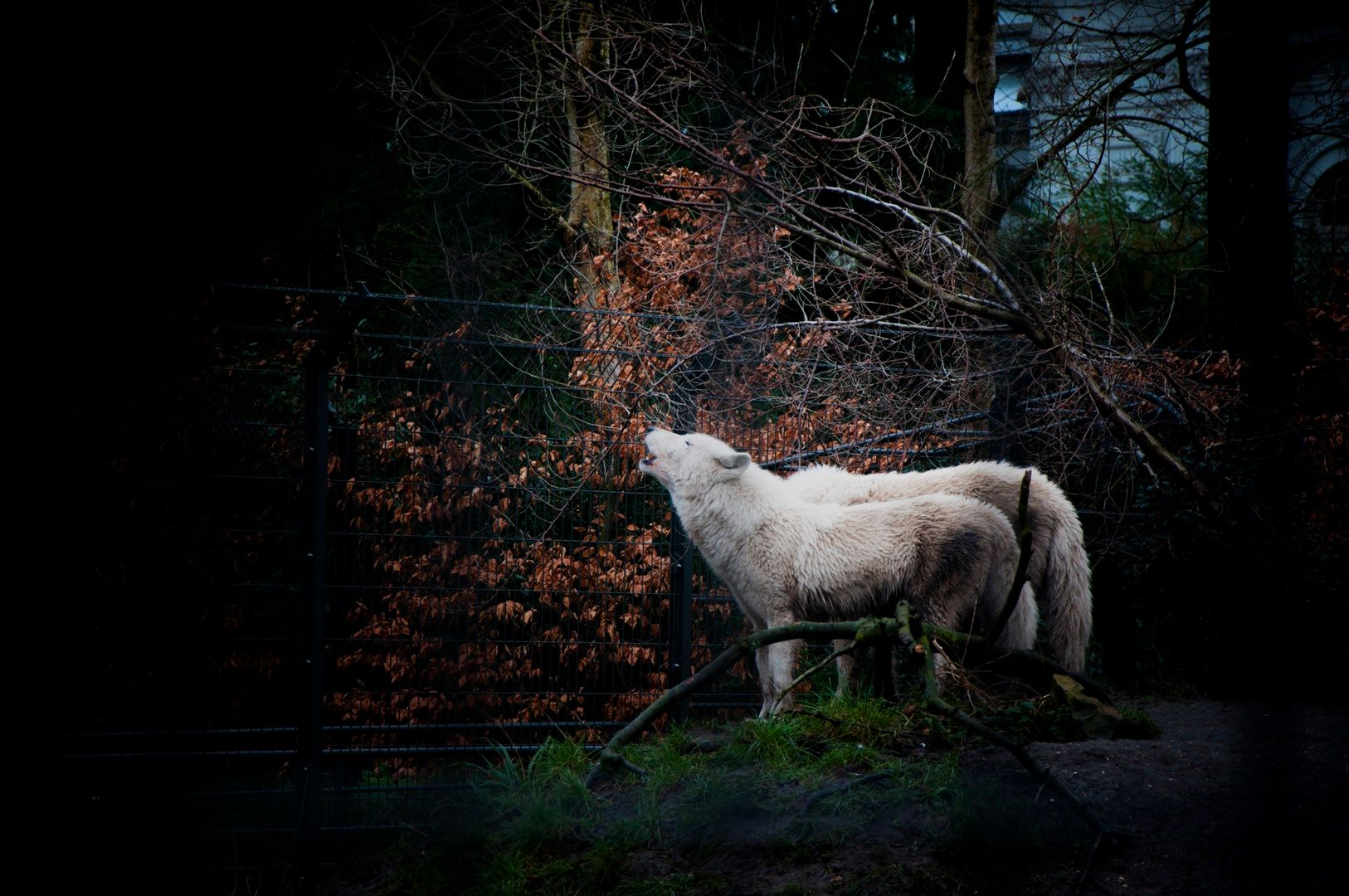
Dal Kular is a Yorkshire-based poem-maker, word lover, and curatrix of the She Howls Online Open Mic & Writing Circles. She is (still) studying for Msc Creative Writing for Therapeutic Purposes. Her mission is ‘telling it like it is’, bringing women together online and in person so ‘we feel less alone and can rabble rouse together through words’. Dal is a volunteer mentor for Arts Emergency and co-editor of the forthcoming fundraising anthology of essays, ‘I Wrote it Anyway’.
For further details on She Howls events and for Dal’s blog visit www.dalkular.com.
By Ruth Snowden
Cumbria
August 2018
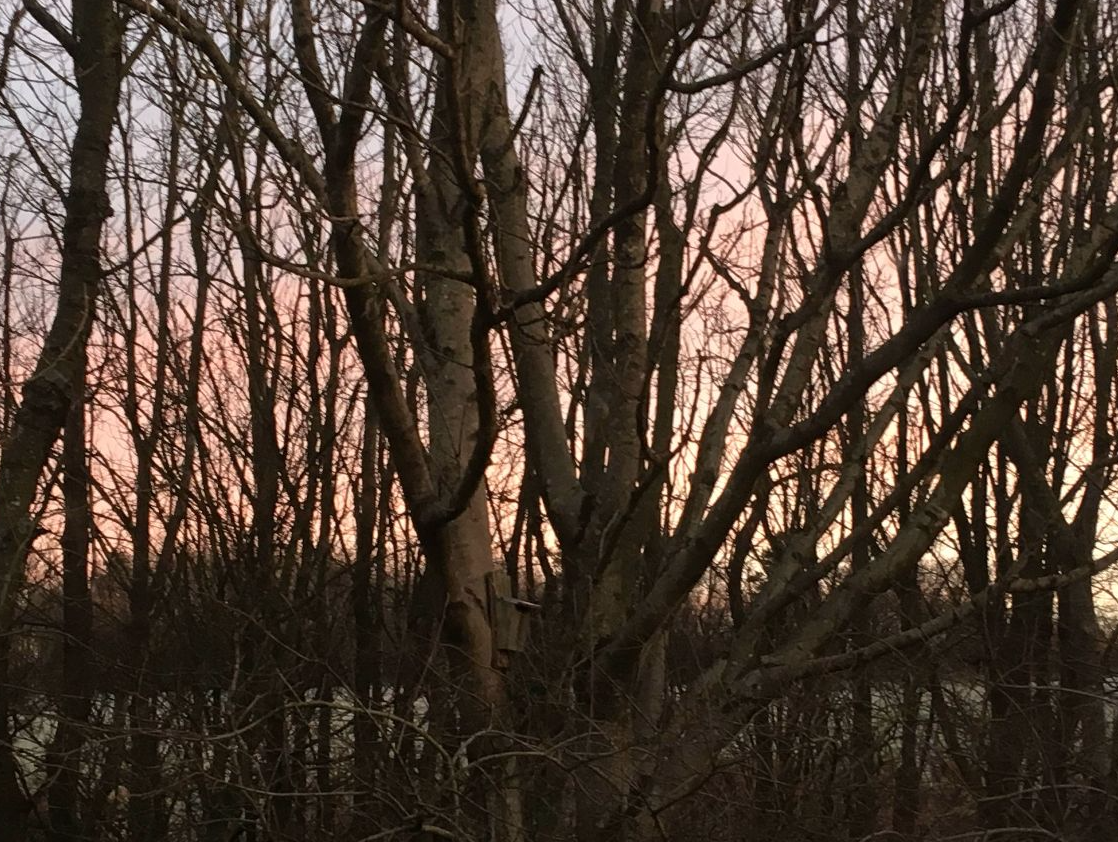
This is The Wood. A narrow strip of trees, nothing very big or remarkable. But it’s full of red squirrels and deer and jays and bullfinches and sometimes a tawny owl, oh and bats and...I could go on and on. But what I want to tell you about right now is The Field. The Field above the wood, that you can just glimpse in the photograph below. Just a soggy, boggy field with clumps of marsh grass, on a bleak hillside in northern England. But...
...purple orchids grow there. And in the summer millions of brilliant yellow buttercups, gleaming gold, bright as suns. Fat orb spiders build their webs there, and on a damp morning these webs all magically appear, festooned with a myriad rainbow dewdrops, misty, mysterious and perfect. Tiny blue butterflies dance among the clover and unassuming velvet meadow browns and fierce speckled woods, fighting furiously in and out the edges of the trees. Once I found a woodcock there, frozen dead in snow, the feathers on its back a rich pattern of bracken and leaves.
When I first lived here, skylarks nested, their endless dreaming, drifting, reeling song the rich sound of summer, high high up in the air. It was always a game, to see if you could spot one, a tiny black dot, sailing joyously in the ether. But they are gone. Gone too are the lapwings - and the barn owls that drifted white, moth like, ghost like, along the hedgerows late on still evenings. My children have gone too. All grown, flown the nest. But they used to play up there for hours, hidden excitedly among the tall grasses. They never came home til tea-time, when I rang the old brass hand bell and they would appear, hot and grubby with earth and secrets, with grass and dock seeds twisted in their hair. Once they said they discovered some of the tumbled stones from the ancient stone circle, rooted deep in grass and moss. They played among them for a while, shouting, imagining, dreaming, until a strange silence fell and they realised that Something was watching. They never saw what it was, but it chased them, stumbling and breathless, down the field. They tumbled in at the back door shrieking - only half with laughter.

I have never found the stones. They vanished centuries ago, no doubt made into stout walls and lintels for Standings Farm, now gone in its turn, faded into days past on time’s great turning wheel, not even an outhouse remaining. I have found pottery though - rough earthenware from the sixteenth century - and once a small thin square of pale green, faded glass, that I kind of hope might be Roman and treasure just in case. But the field has always been there. I have looked out across it often, as I washed up at the kitchen sink, or pegged out the washing, or weeded the vegetable patch. I have lain on my back up there, stretched out on the earth as it turned vast and slow beneath me, staring up at limitless blue summer sky, wracked with grief, letting my agony soak away into the ground. The field has been my friend. Horses graze there, people walk their dogs, and the lad who works up the back runs down it and back up again every day for his dinner. And now..
...Now they want to build houses on it. My soul is torn open. People are forgetting that they need wild spaces. Places where nothing much is going on until you really listen, sit there a while alone. When I was four years old I had a terrifying recurring dream that tormented me night after night. The whole world had become one huge, gigantic factory apart from one field. In that field was one remaining flower. And I picked that flower and utter doom fell about me. A strange dream for a long ago north country child in a huge rambling house in the country with no television - where nobody ever mentioned green field sites vanishing under urban sprawl or oceans drowning in plastic or anything like that. A strange dream.
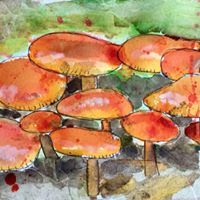
Ruth Snowden was was born in Cumbria, UK, at the edge of the Lake District, and has lived there most of my life. The long-inhabited, rural landscape has given her an interest in the folklore and culture of her British ancestors, which is reflected in her writing and art. She loves nature and walks often by the sea, in woods and by the shores of the lakes - which inspires both her art and writing.
She has kept a journal and dream diary for many years and finds that this is one of the most important keys to personal growth and spiritual development, as well as a great source of creativity. She is an original member of Wild Women and creator of Granny's House, sharing wise and wild knowledge. (image by Ruth Snowden)

WILD WOMEN PRESS
CONTACTS
Email: vik@wildwomenpress.com
Make your own website in a few clicks! Mobirise helps you cut down development time by providing you with a flexible website editor with a drag and drop interface. MobiRise Website Builder creates responsive, retina and mobile friendly websites in a few clicks. Mobirise is one of the easiest website development tools available today. It also gives you the freedom to develop as many websites as you like given the fact that it is a desktop app.